inbox and environment news: Issue 591
July 23 - 29 2023: Issue 591
Unusual Markings On Southern Right Whale Off Bilgola-Avalon
photo taken from A J Small Lookout - Bilgola/Avalon beach headland, Friday July 21 2023, 3.00pm.
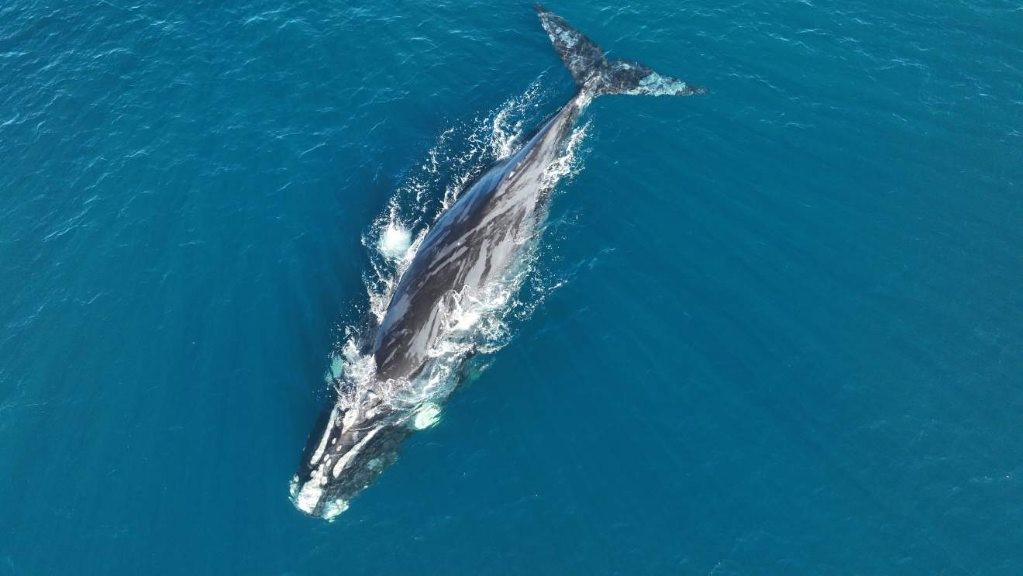
The Southern Right Whale (Eubalaena australis) is a large black stocky whale that has a number of features making identification relatively easy. It is the only large whale that lacks a dorsal fin. It has short blunt paddle-shaped flippers and the broad head carries a number of white callosities (raised rough patches of skin) that form individual identifiable pattern. This latter feature enables researchers to gather vital life history information on this species.
The Southern Right Whale may grow to 18 m in length and is black, dark brown or grey, with some individuals having white patches on their head and back. Newborn calves travel alongside the mother and are white or grey. Individuals can be recognised by the patches of raised warty skin (callosities) on the top of their head and chin.
There are two main types of whale - baleen whales and toothed whales. The Southern Right Whale is a baleen whale. All baleen whales have two blowholes.
The Southern Right Whale inhabits the southern and sub-Antarctic oceans except during the winter breeding season. During this breeding season the whales migrate to warmer temperate waters around the southern parts of the African, South American and Australian land masses.
The Southern Right Whale was once abundant in the waters of southern Australia but numbers were drastically reduced during intensive whaling in the 1800s. It was called a 'right whale' as it was the right whale to catch because of its meat and high oil content. Its habit of lingering in bays and sheltered coastal areas made it an easy target so much so that it had virtually disappeared by the beginning of the 20th century.
Whaling continued in Australia until 1978 and a world moratorium on whaling was declared in 1986. All marine mammals in Australia are protected and the Southern Right Whale has made a slow recovery. Fortunately, with strong protection, its numbers are gradually increasing and the species is returning to most of its former range. - Info from Australian Museum
Photo supplied.
Stony Range Regional Botanic Garden To Be Permanently Overshadowed By Approved Development: A Death Knell For Dee Why's Bush Reserve
- Demolition of all structures, including existing commercial buildings and carparking areas
- Removal of 59 trees
- Bulk excavation of the site
- 334 car parking spaces (258 residential, 44 visitor and 32 commercial) in two basement levels
- Vehicular access, loading dock and waste collection from Delmar Parade
- Two main buildings, with varying heights, including five, six and seven storeys
- 219 apartments; comprising 122 units in the Delmar Parade building (being 44 x 1 bed, 8 x 1 bed+, 30 x 2 bed, 16 x 2 bed+, 21 x 3 bed, and 3 x 3 bed+) and 97 units in the Pittwater Road building (being 35 x 1 bed, 6 x 1 bed+, 35 x 2 bed, 6 x 2 bed+, 12 x 3 bed, and 3 x 3 bed+) – so 384 car spaces potentially required, 258 allowed for residential parking leaves a shortfall of 126 spaces
- Four (4) commercial tenancies, two facing Pittwater Road and two facing Delmar Parade
- 2,011m2 of communal open space, including ground floor level and roof top terraces
- Relocated stormwater infrastructure and Overland Flow Path
- New landscaping
“The panel will help council to recognise outstanding and innovative design, and provide practical means of understanding when improvements should be made,” Cr Regan said then.
'''Council is committed to improving the design quality of buildings in the Local Government Area and establishing a ‘design excellence’ system that ensure buildings and the public domain are well designed, and that a process is put in place during the development application process to achieve design excellence as an outcome. As part of this, Northern Beaches Council is establishing a Design and Sustainability Advisory Panel to provide high level independent expert advice on urban design, architecture, landscape architecture and sustainability for significant applications and planning proposals.' the statement from Council read.
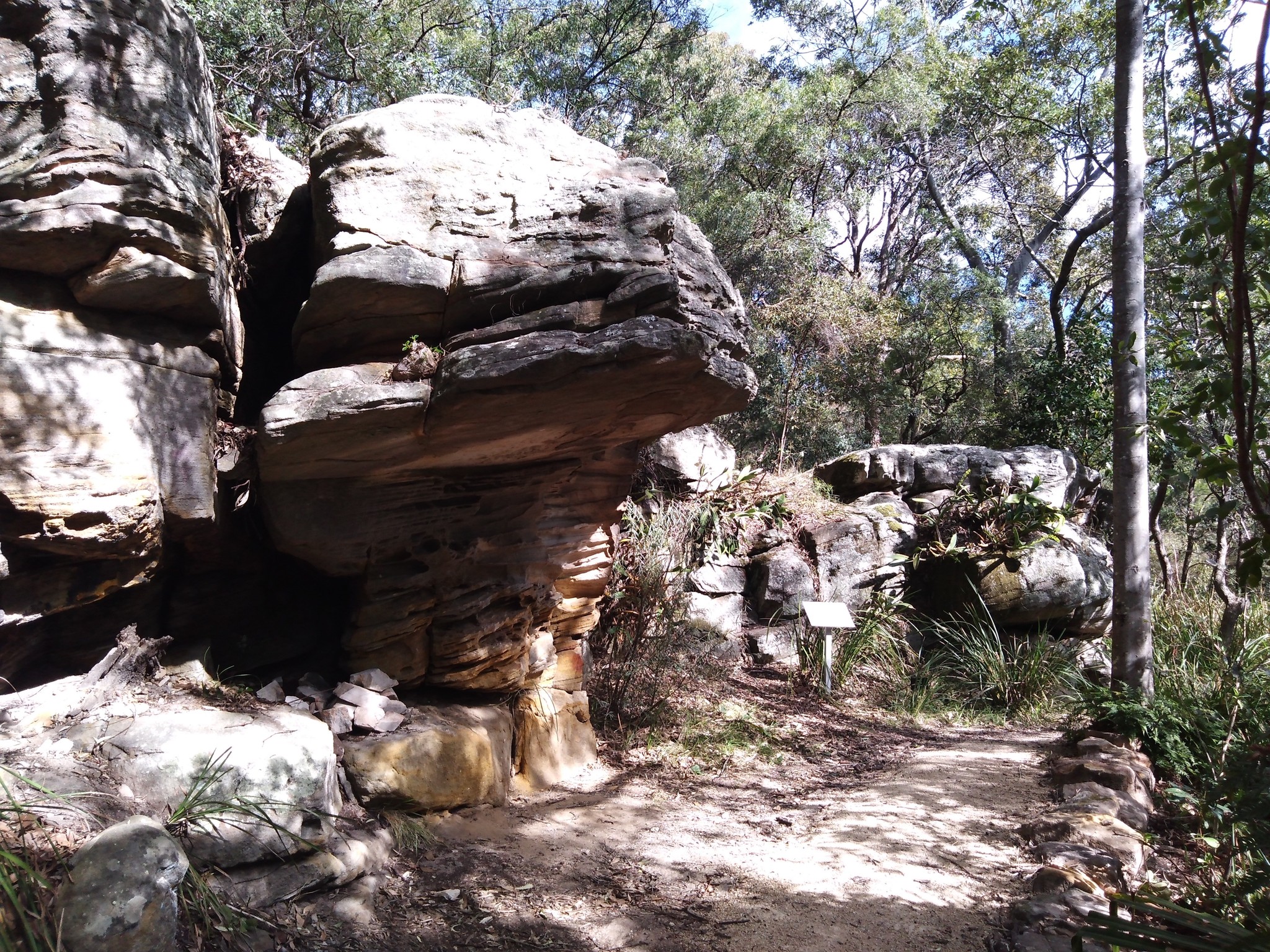

.jpg?timestamp=1661596321010)
Church Point Cemetery 'A Disgrace': Neglect Of God's Acre Disappoints Community
In October 2017 Member for Pittwater Rob Stokes announced $100,000 for heritage improvements at the historic Church Point Cemetery.
The funding was provided to Northern Beaches Council as part of the NSW Government’s Heritage Near Me grant program. Improvements were to include; 'an upgrade to the street access and pathway, landscaping, and the installation of a viewing platform, seating and heritage information signage to improve amenity' and increase visitation.
Pittwater Online can report there is NO improvement to the steps, pathway or access up to this 'God's Acre' - they're as they were last time this cemetery was visited. There is NO viewing platform or seating. The 'heritage signage' is as shown in one photo.
In August 2019 Northern Beaches Council stated that ''weathered timbers from a recent upgrade of the Church Point Cargo Wharf have been re-purposed and put to good use in a local historical cemetery nearby.
''Northern Beaches Council staff have teamed up with volunteers from local monumental masons firm Northern Memorials to use the timber to mount plaques displaying a transcription of information on the eroding headstones.
Headstone names, dates and epitaphs appear on each plaque mounted on its own solid wooden block sitting discreetly at the foot of every grave.''
Council stated in their media release that the Cargo Wharf upgrade was a $1,460,000 spend.
The wooden blocks have been installed at the foot of the graves, which are overgrown with weeds and cannot be seen in some cases.
Worth noting from ''OUTCOME OF PUBLIC EXHIBITION - DRAFT DELIVERY PROGRAM 2023-2027, OPERATIONAL PLAN 2023/24 AND LONG-TERM FINANCIAL PLAN 2023-2033'' - June 2023 Council Meeting:
''An internal loan of $4.6 million from the Mona Vale Cemetery Internal Cash Reserve is proposed to part fund the Enterprise Resource Planning system replacement. The anticipated drawdown is $2.2 million in 2023/24 and $2.4 million in 2024/25. The loan will be repaid to the Reserve over six years with the equivalent interest the funds would have earned over the same period.''
This budget was passed by Councillors, as recommended by Council, with only Crs. Korzy and De Luca voting against this budget.
Enterprise resource planning (ERP) is a type of software system that helps organisations automate and manage core business processes for optimal performance.
Those who called Pittwater Online News to 'come have a look at this Disgrace! (at Church Point Cemetery)', have stated that since the forced amalgamation:
- Your councillor representation has reduced to 1-in-87,000 from the former 1-in-5,000.
- Your say on your local area has dropped from 100% to 10% or less.
- The 'localness' you had has disappeared.
- Pittwater and Manly residents have footed the bill for Warringah Council’s large infrastructure backlog.
Another resident, on the same subject, expressed 'extreme disappointment' that these pioneers, some of whom did a lot for the community, and this acre given to the community, have been treated with such disrespect.
Yet another, almost in tears, stated, ''Imagine this was a member of your family - no one looking after them. You can't even see some of the graves anymore, there are so many weeds.''
Photos taken Saturday July 22, 2023; weeds in and over all graves - grass clippings left in place:
REDMAN.— At his residence, Pittwater, John Redman, in his 75th year. Family Notices (1888, April 26). The Australian Star (Sydney, NSW : 1887 - 1909), p. 4 (FIRST EDITION). Retrieved from http://nla.gov.au/nla.news-article229943738
In the Supreme Court of New South. Wales. ECCLESIASTICAL JURISDICTION.
In the will of John Redman, late of Pittwater, near Sydney, in the Colony of New South Wales, Esquire, deceased.
NOTICE is hereby given that after the expiration of fourteen days from the publication hereof in the New South. Wales Government Gazette, application will be made to this Honorable Court, in its Ecclesiastical Jurisdiction, tbat probate of the last will and testament of the abovenamed deceased, who died on or about the 24th day of April, 1888, may be granted to Benjamin James, of Sydney, Esquire, and John Redman, of the same place, gentleman, the two executors in the said will named.—Dated this 1st day of May, a.d. 1888.
STEPHEN, JAQUES, & STEPHEN,
Proctors for the said Executors,
81, New Pitt-street, Sydney. ECCLESIASTICAL JURISDICTION. (1888, May 4). New South Wales Government Gazette (Sydney, NSW : 1832 - 1900), p. 3195. Retrieved from http://nla.gov.au/nla.news-article222760791
Carrington Centennial Hospital.
We have received from the secretaries of the above institution a letter, with a printed circular enclosed, soliciting our aid in making known its origin and objects. We have previously done this to the best of our opportunities ; and the splendid gift of Mr. Paling, together with the salient features of his "noble and patriotic movement," have by other means been so prominently placed before the reading public, that they must already be tolerably familiar with them, and the result will no doubt be, as the joint hon. secretaries desire, "a warm and generous support to the institution by the public."
A few important facts, however, which we gather from the circular-letter referred to, will be of interest:—The Alpha Cottage, on the Grasmere Estate, which was furnished and provisioned by Mrs. Paling and her daughters, is already occupied by convalescent patients; and the committee have received and accepted an offer from the late John Redman, Esq., to erect a cottage at a cost of £500. It has been determined to proceed at once with the erection of a Convalescent Hospital for one hundred patients, and the building committee are at present engaged with the architect in the preparation of plans. The building committee have also been instructed to prepare plans showing the sites which will be available for the erection of cottages by institutions, private benefactors, or associated bodies. Carrington Centennial Hospital. (1888, August 8). Bowral Free Press and Berrima District Intelligencer (NSW : 1884 - 1901), p. 4. Retrieved from http://nla.gov.au/nla.news-article118274714
In 2014:
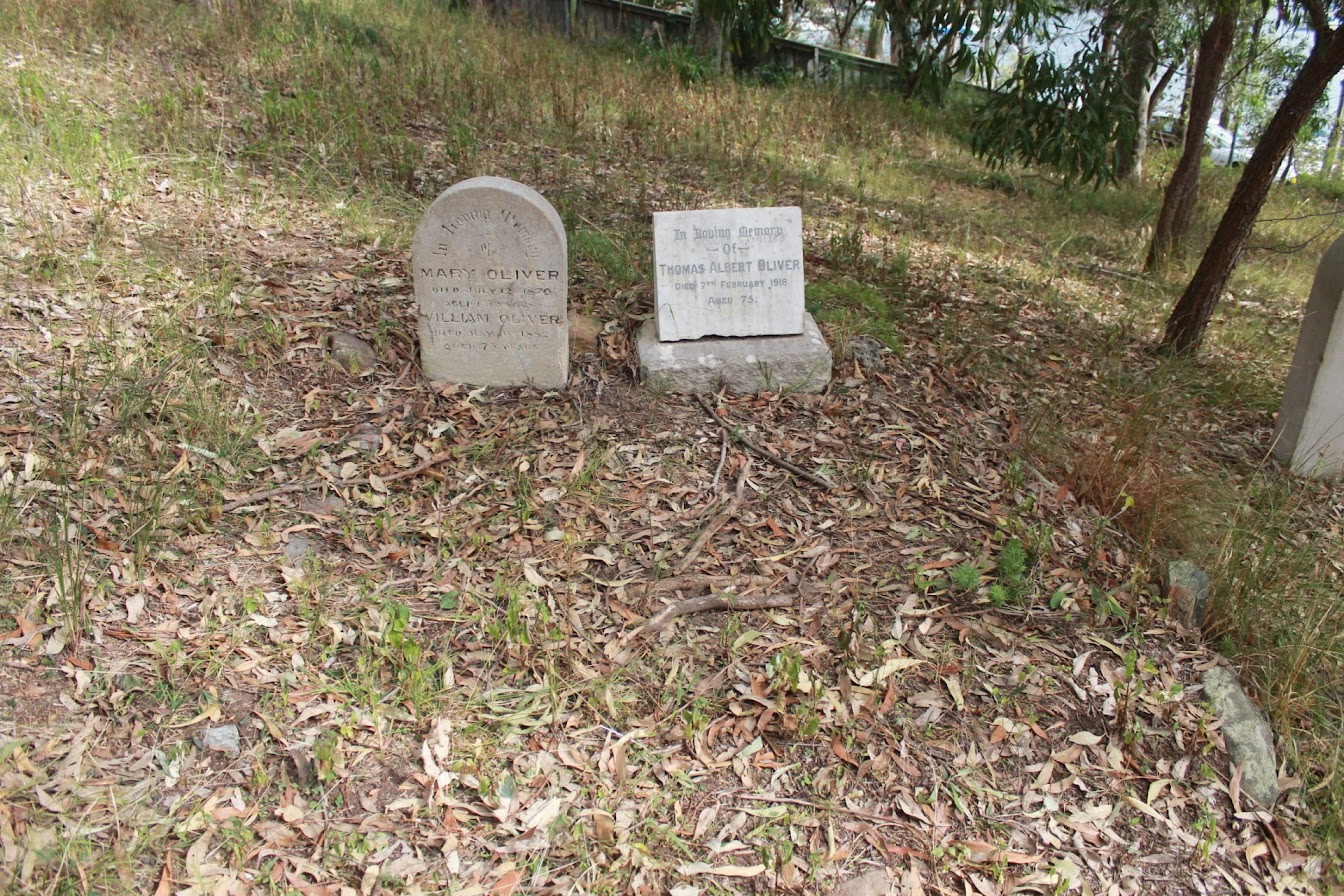
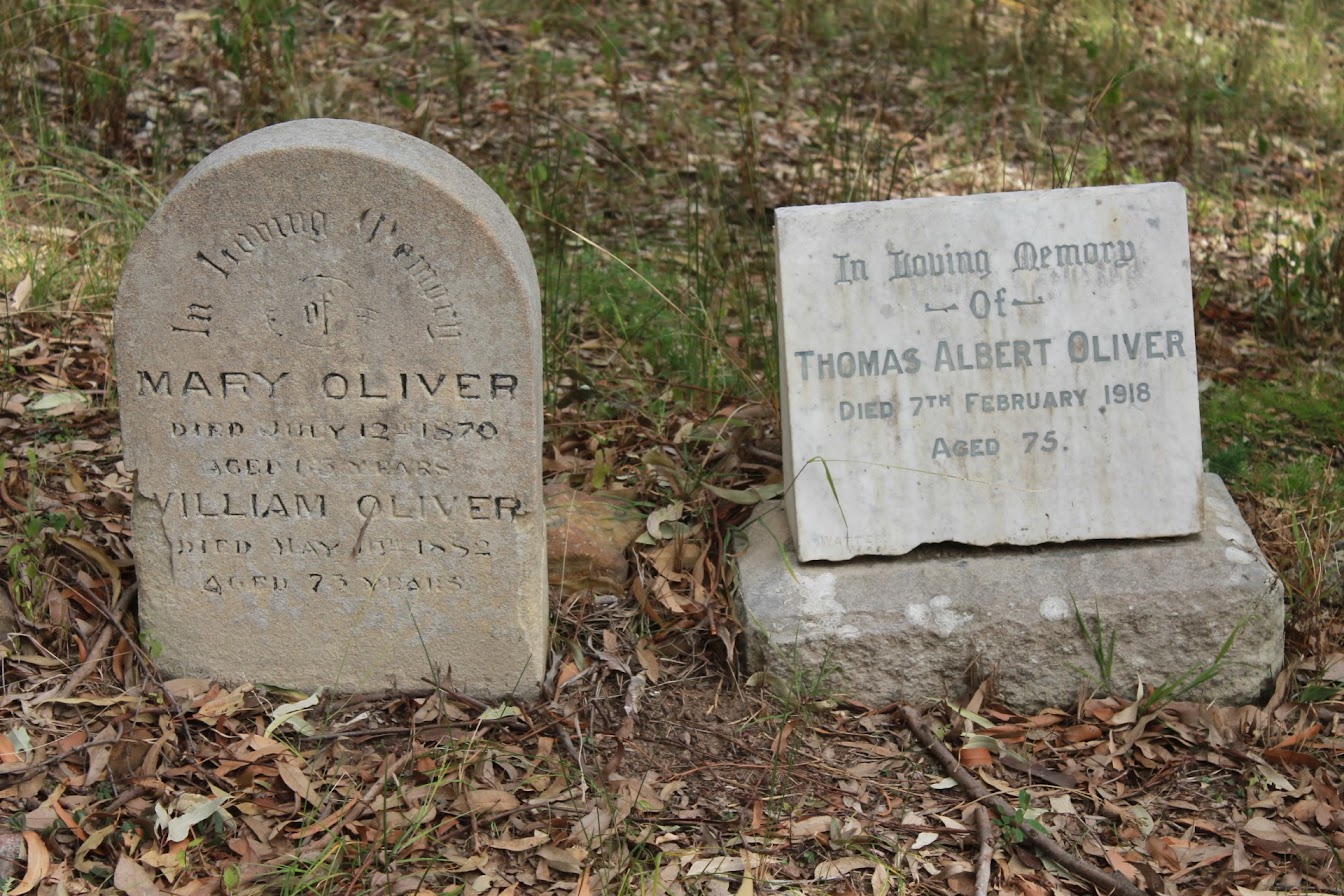
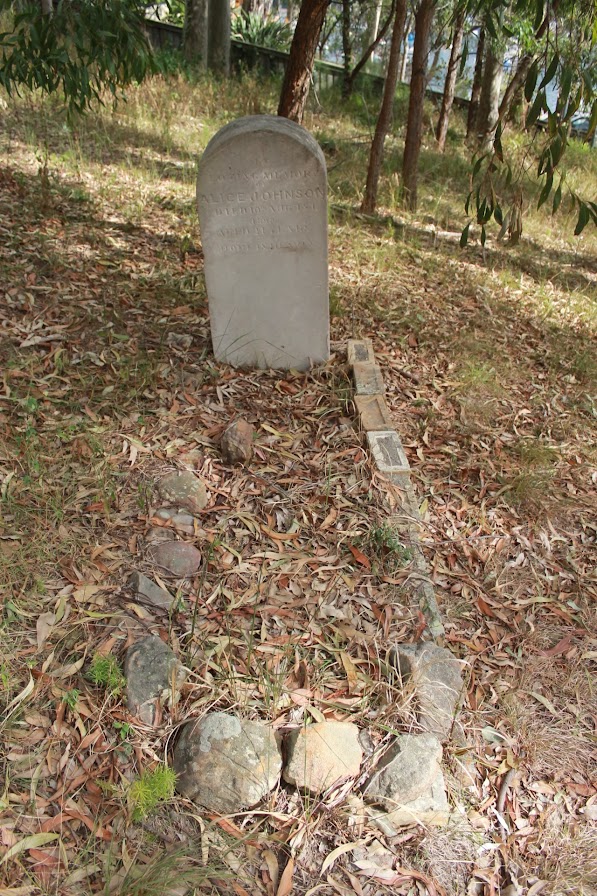
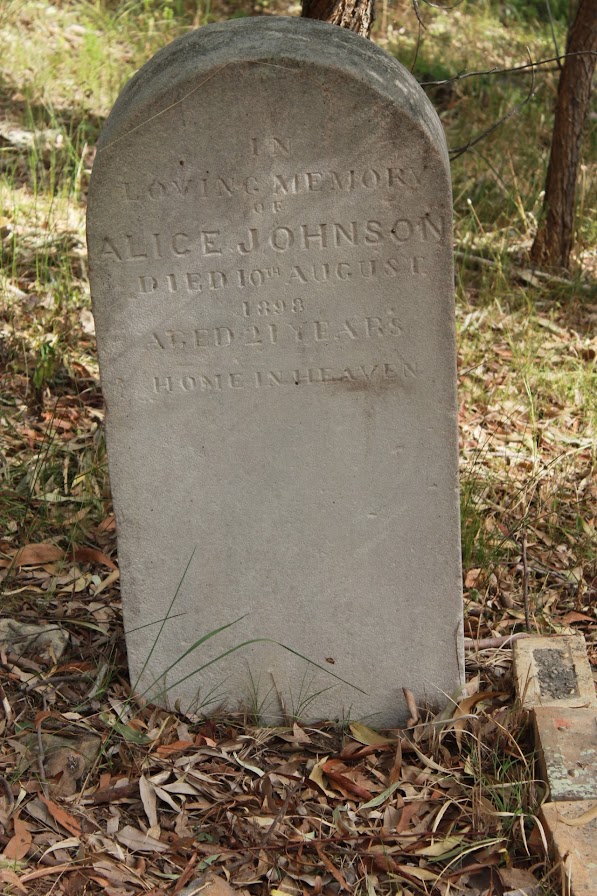
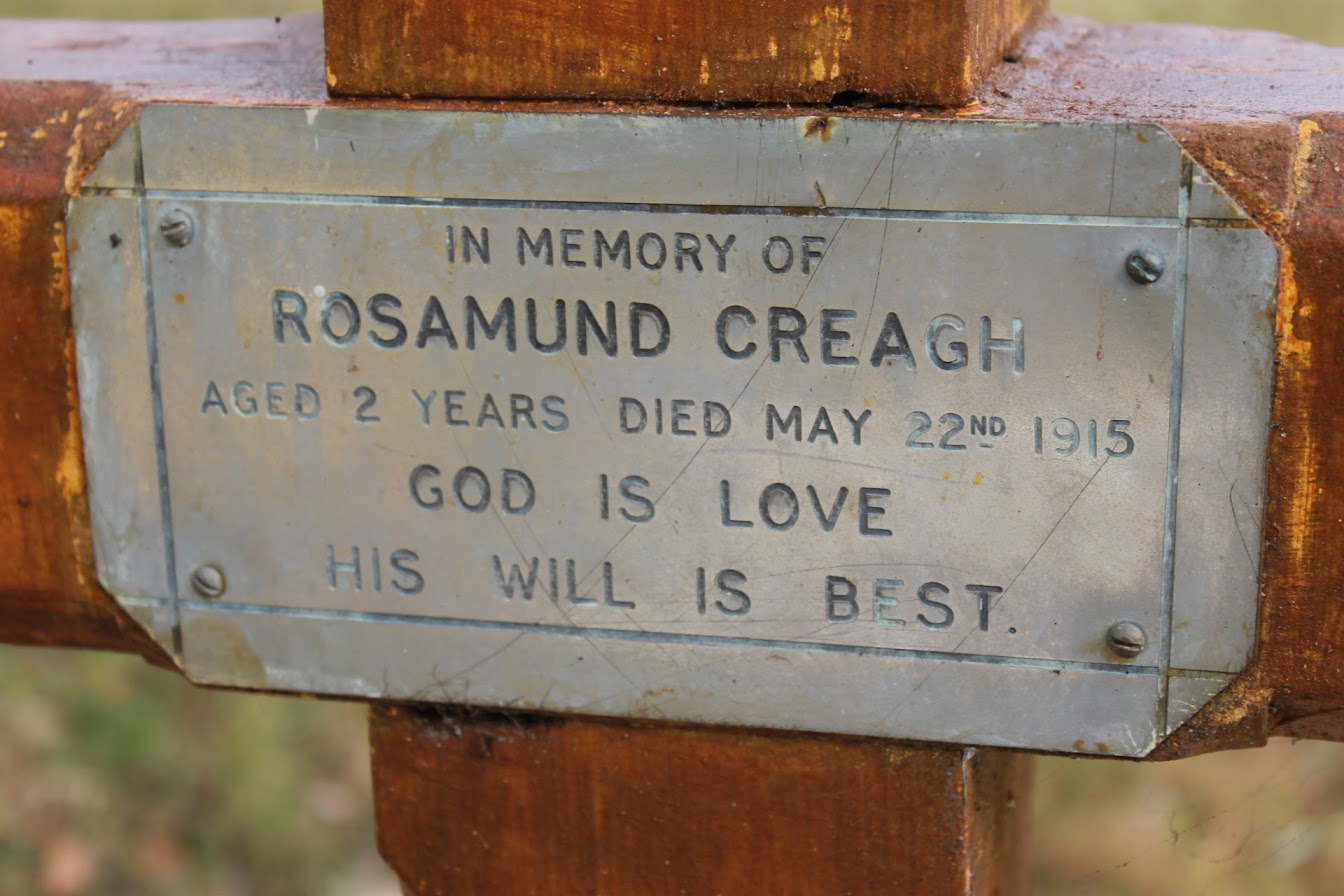
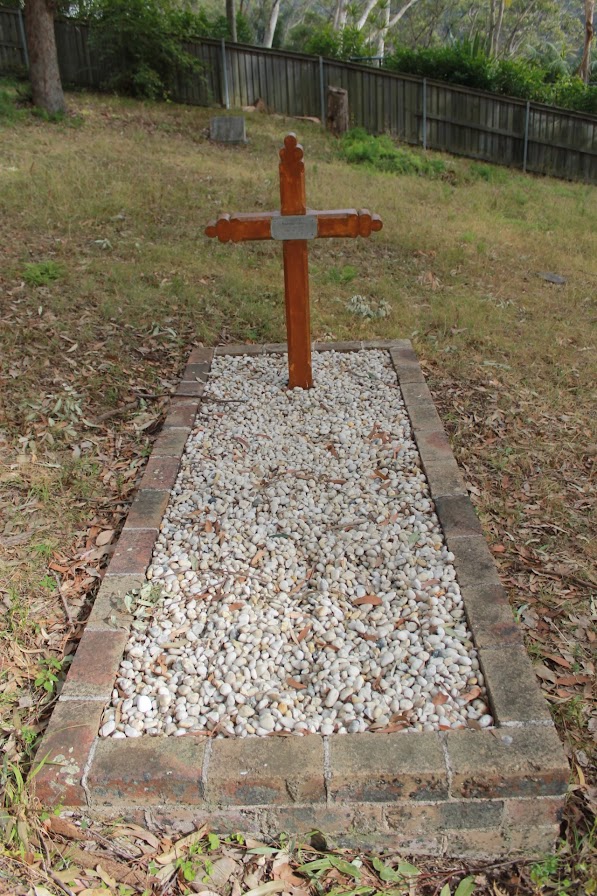
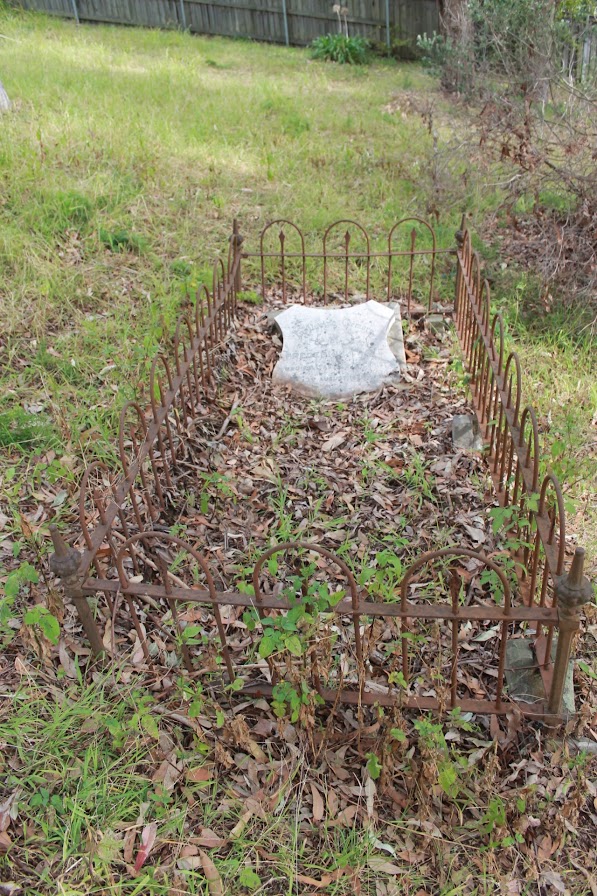
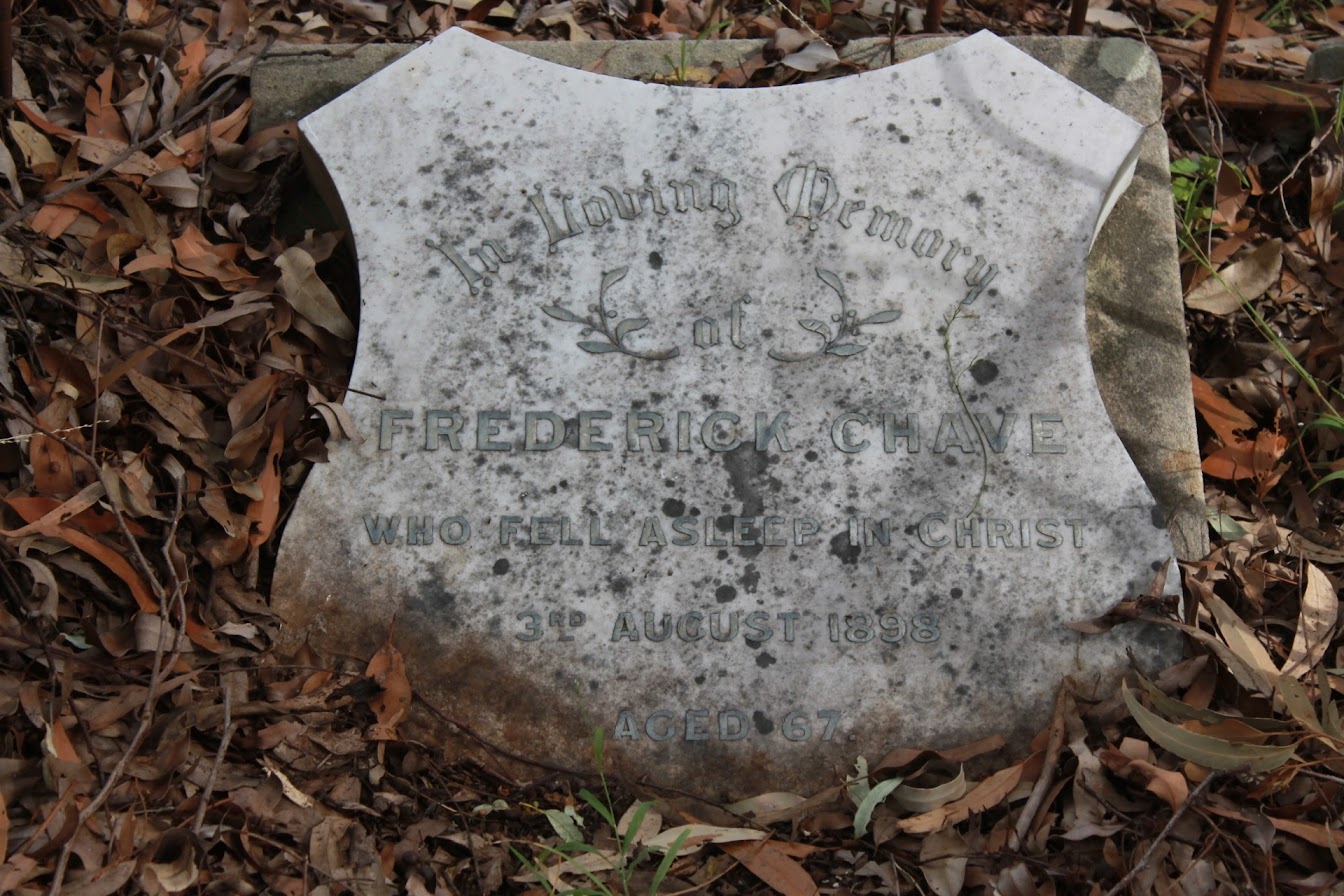
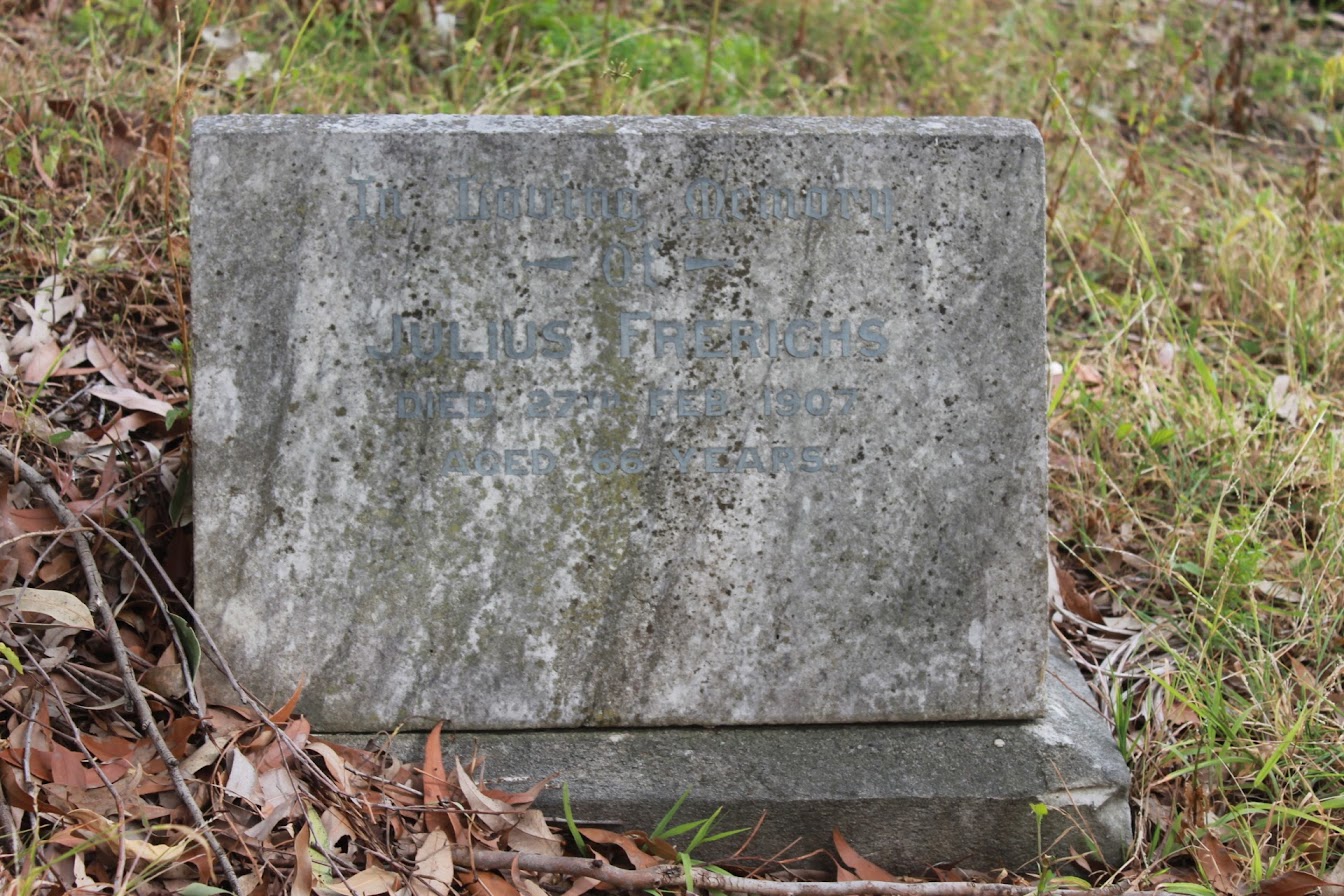
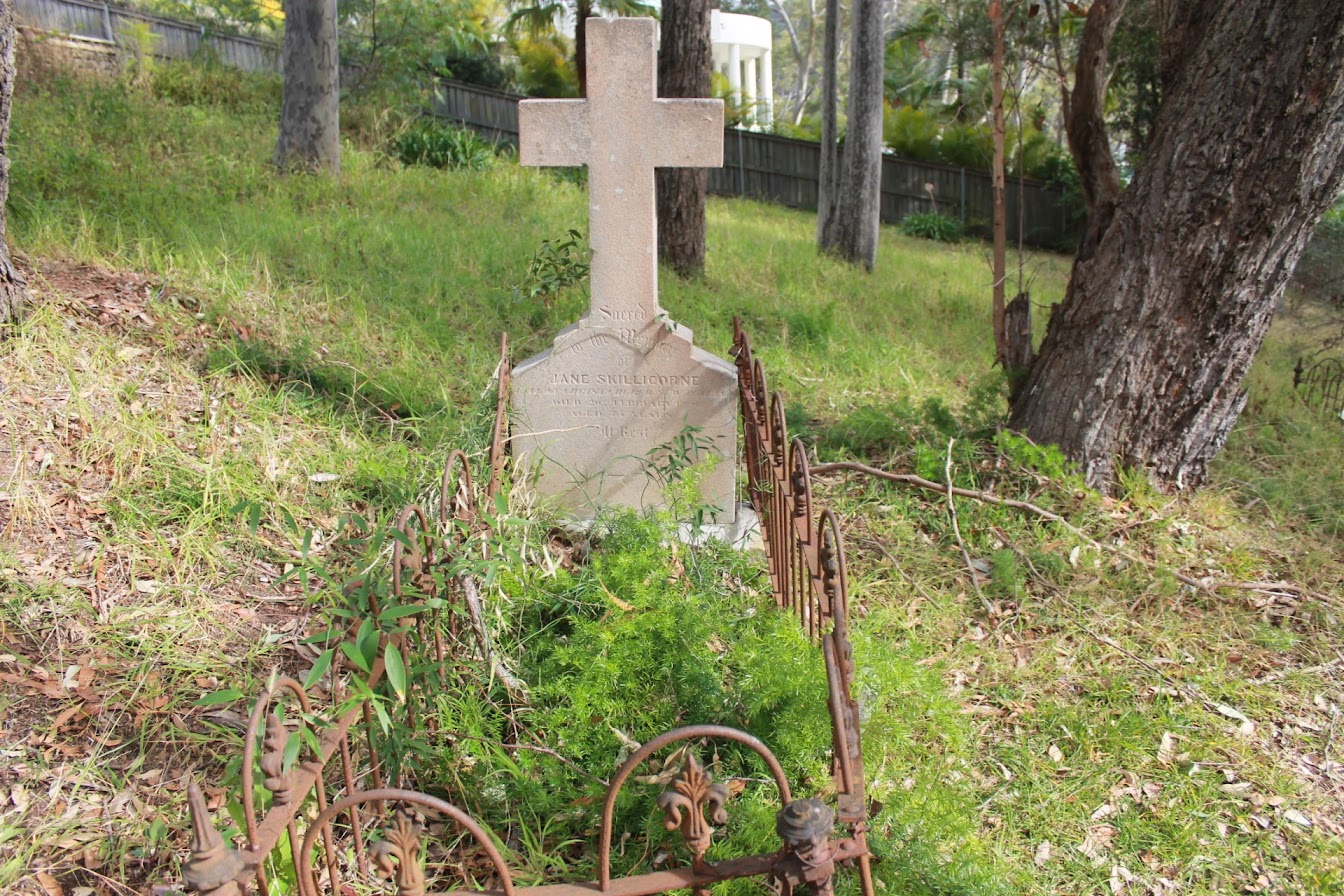
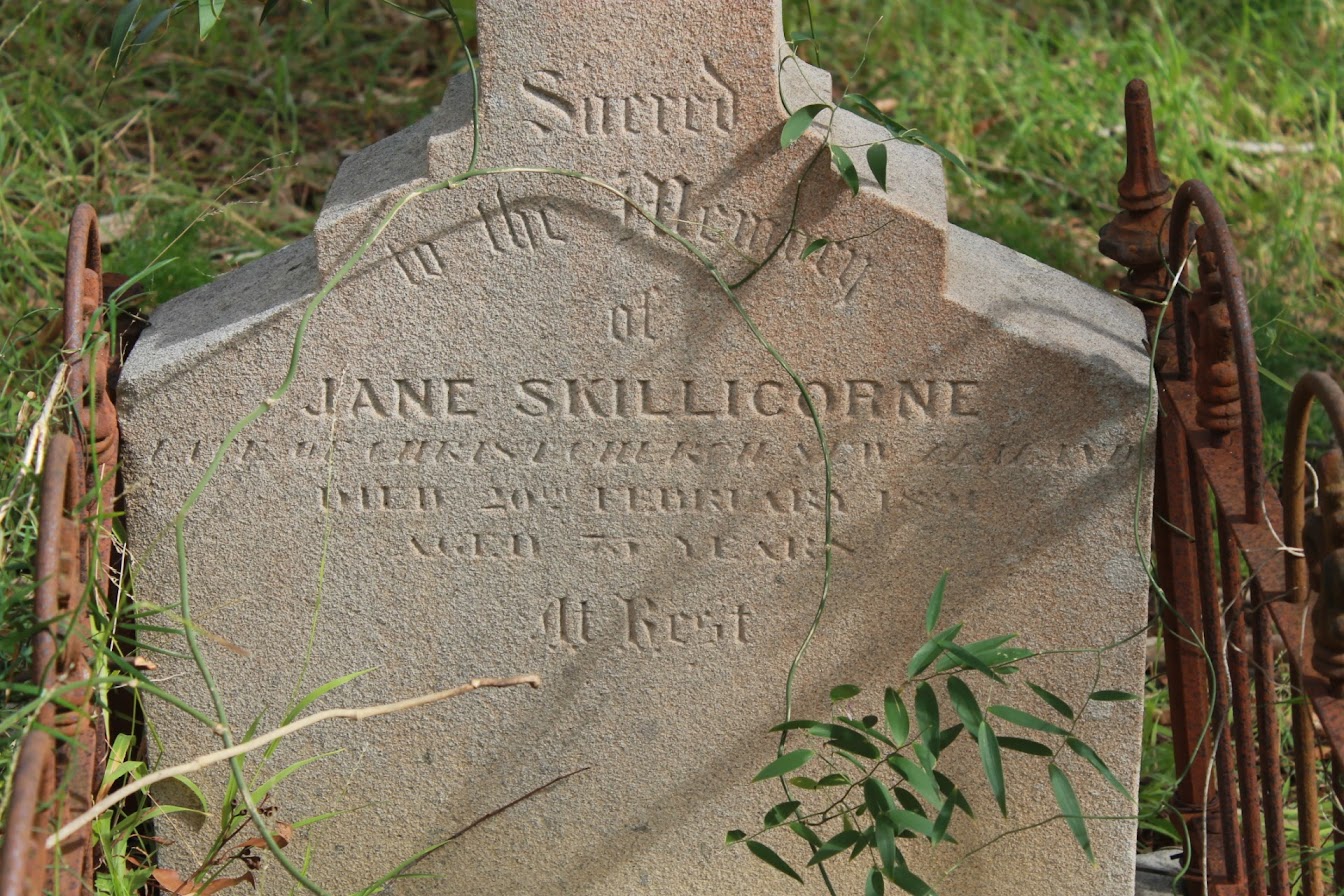
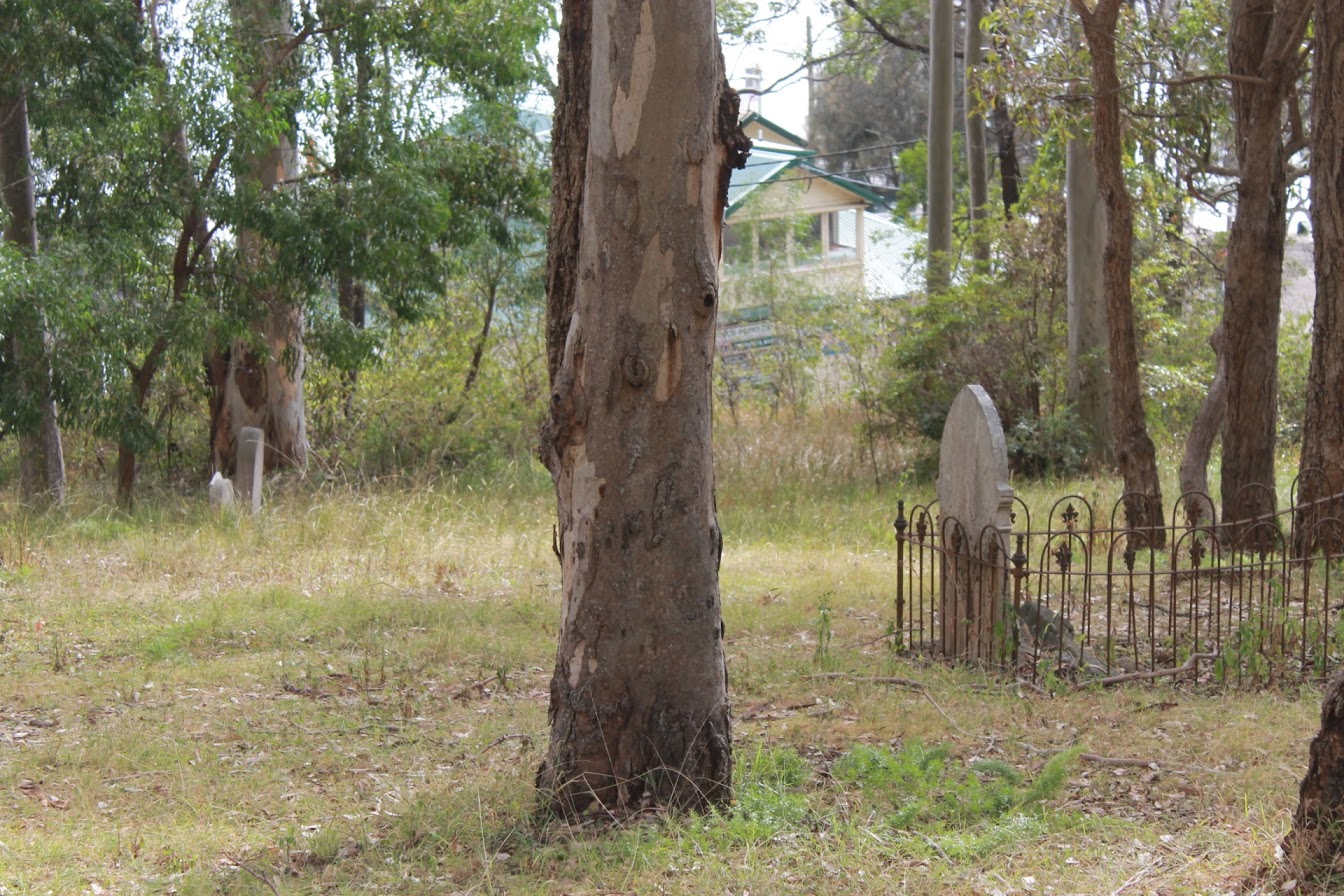
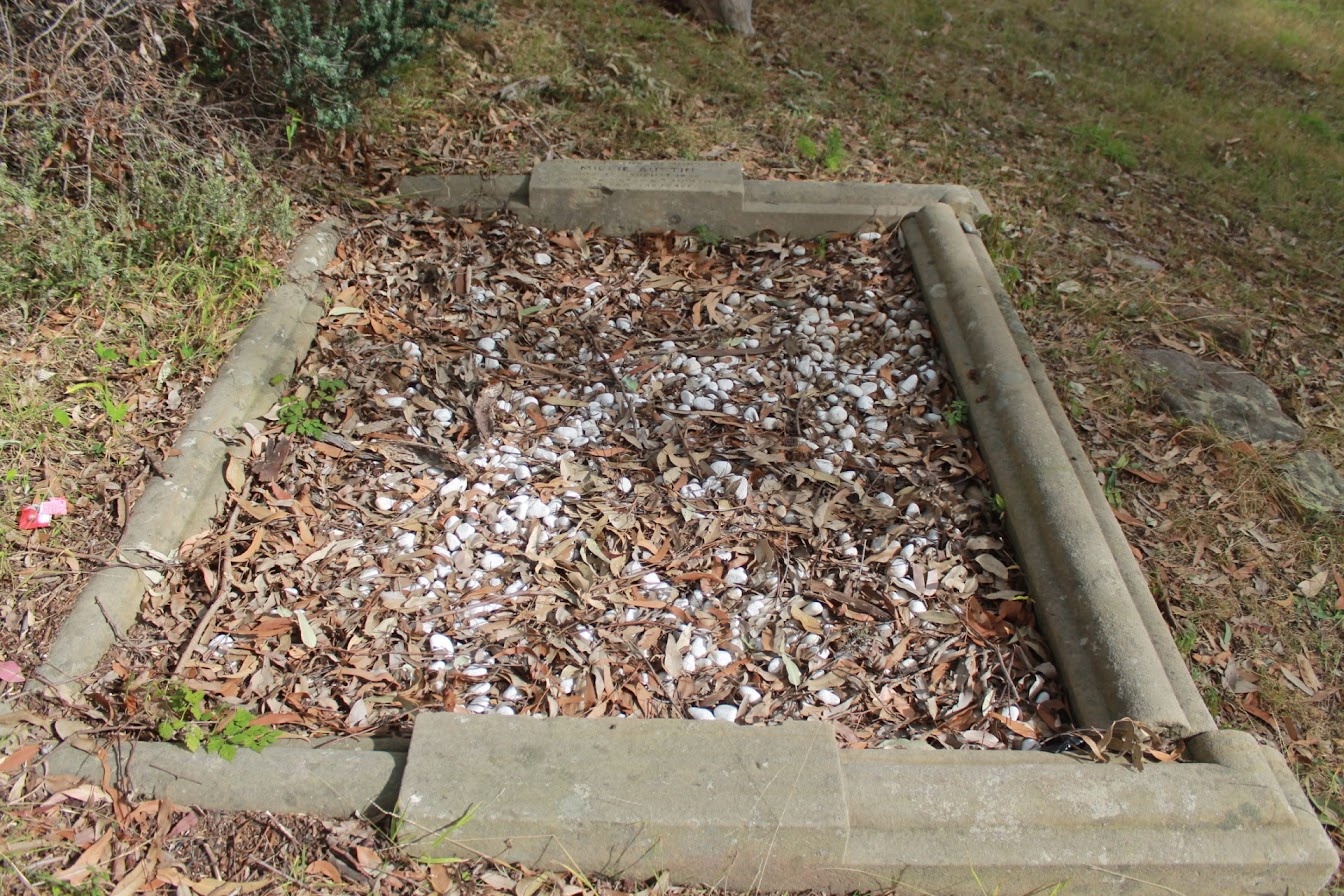
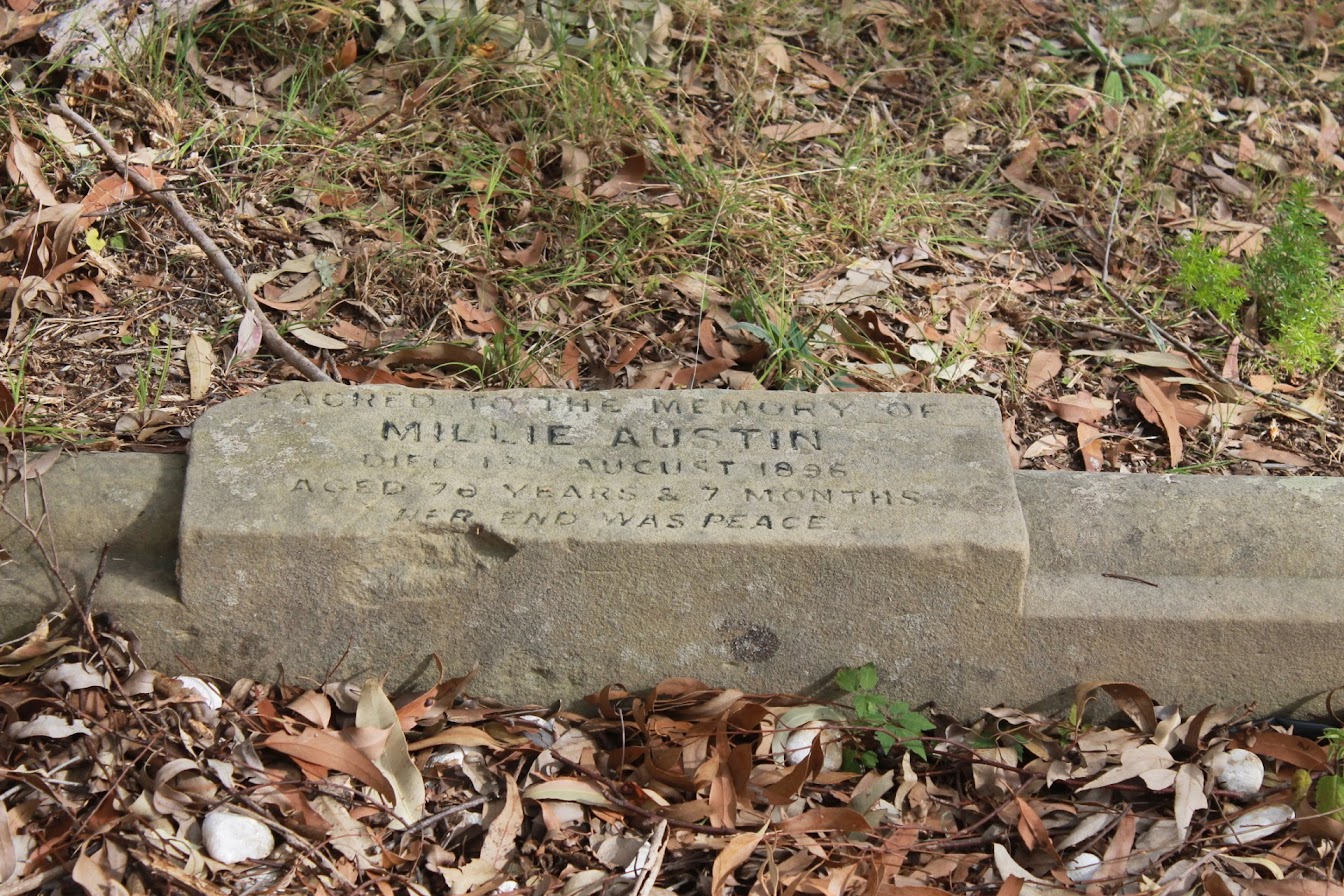
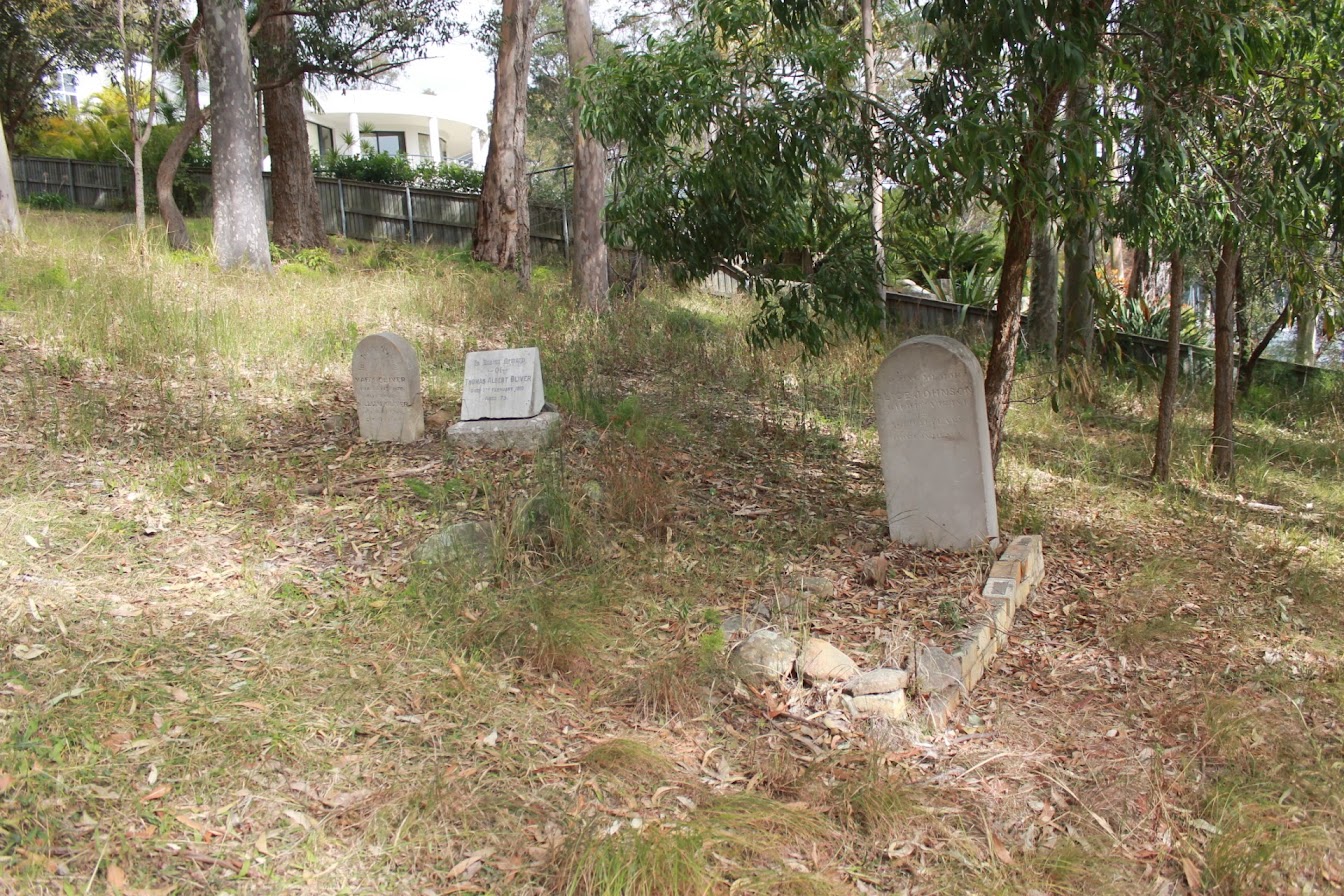
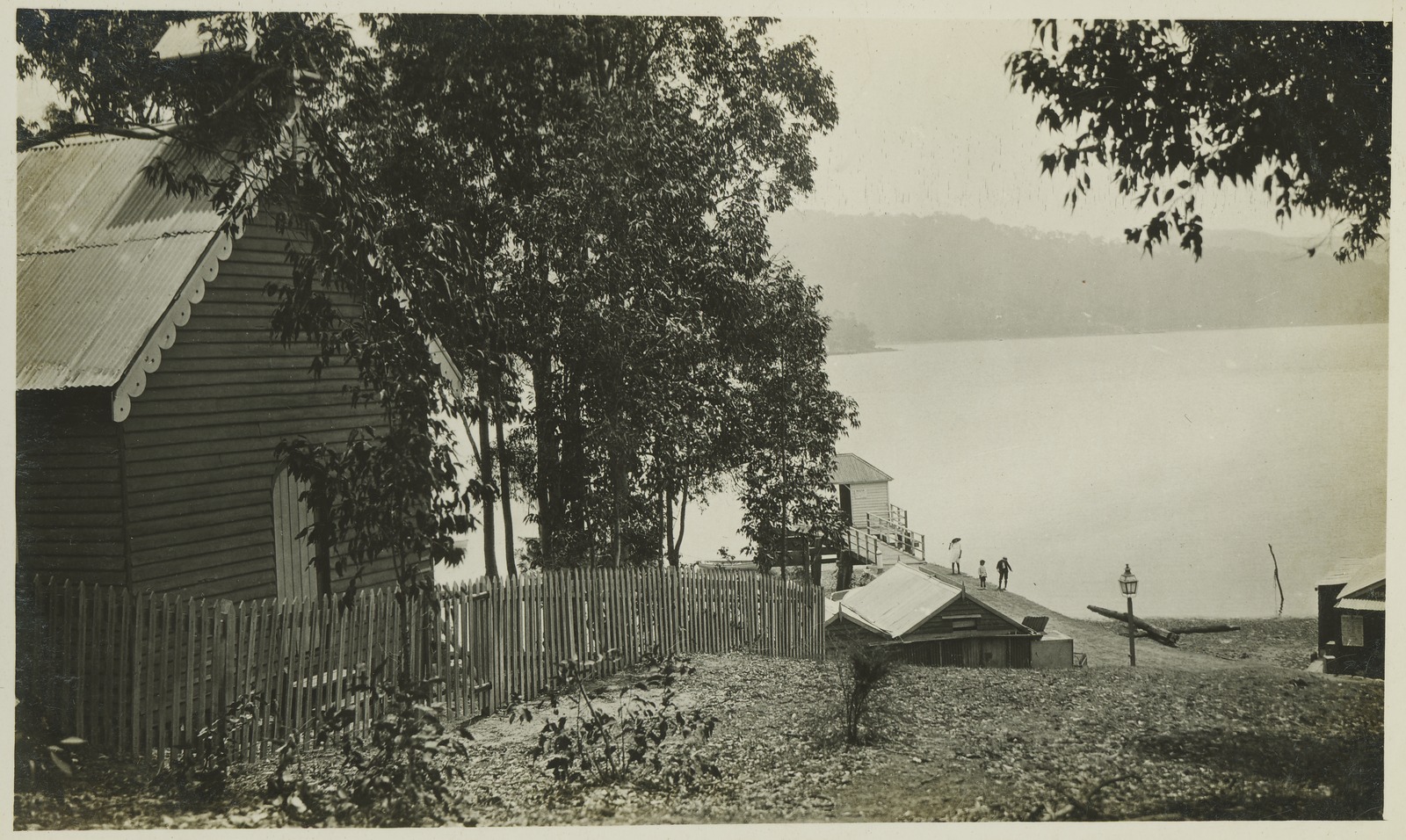
Above: 'Church Point, Pitt Water - 20 minutes from Sydney' by A. J. Vogan (Arthur James), 1859-1948, [circa. 1910 - ca. 1915]. Courtesy State Library of Victoria. Image H82.254/8/29 - showing the chapel; Church Point was named for.
 The little church was erected on this land in the year 1872 for the sum of £60, and the point derives its name from this little wooden house of worship (Church Point though in many early records is spoken of as Chapel Point). In the cemetery lie many pioneers who passed away about half a century ago, and such a place enkindles in one's memory the lines of Gray's "Elegy" -
The little church was erected on this land in the year 1872 for the sum of £60, and the point derives its name from this little wooden house of worship (Church Point though in many early records is spoken of as Chapel Point). In the cemetery lie many pioneers who passed away about half a century ago, and such a place enkindles in one's memory the lines of Gray's "Elegy" -
"Each in his narrow cell for ever laid,
The rude forefathers of the hamlet sleep "
Right: HISTORIC METHODIST CHURCH. (1930, March 19). The Sydney Morning Herald(NSW : 1842 - 1954), p. 16. Retrieved from http://nla.gov.au/nla.news-article16634674
The statement of "JEC" that the minister could only visit this church about once a quarter accounts for the burials in this God's Acre being taken by the Rev R S Willis, M.A. Incumbent of St Matthew's Church of England, Manly, up to 1890, and therefore the records of these burials are contained in the Church of England burial register at Manly. This church was used in the week days from May, 1884, until 1888 as a Public school, and known as the Pittwater Public School under the charge of Mr S Morrison, who now resides at Manly. It was on July 19, 1887, that the late Sir Henry Parkes paid a visit to the school in this church building and signed the school's visitors' book. It is to be trusted that the demolition of this church will not be proceeded with, but that it will be restored, and again used for public worship, as the population is growing, and the nearest church is three miles away. This will save this historic place from going into oblivion. I have approached the church authorities with the hope that something may be done at the eleventh hour; even five members of my society (the Manly, Warringah and Pittwater Historical Society) having approached me to the effect that they are willing to spend a few Saturdays, if a conveyance can be provided to help to restore this building. I close with the following appropriate words of Scripture -"Remove not the ancient landmark which thy fathers have set." AN HISTORIC CHURCH. (1930, April 5). The Sydney Morning Herald (NSW : 1842 - 1954), p. 9. Retrieved from http://nla.gov.au/nla.news-article16639396
Samuel Morrison was not the first teacher at Church Point, in THE SCHOOLS at Church Point, by Peter Altona and Sue Gould, Mr. Morrison is stated to be the third with the first commencing in early 1881.
The first was a Miss Martha Perry, who, having completed her training at Richmond Public School and being appointed to the small school at Pittwater by the Department of Instruction, begins at the Pittwater Provisional School in the church premises on 23 March 1881.
The Inspector’s Report upon Miss Martha Perry, Richmond, dated 18 Sept 1880 states: 20 years, unmarried, ability to Read and Write – Very Fair, Miss Perry gives promise of becoming a very useful Teacher of a Small School. (NSW State Records) [1.]
The second teacher was Matilda Cannan, born 1862 in Newtown, a young lady who was teaching at Concord Provisional school in 1880, where her family resided. The eldest daughter of Henry Dexter Cannan, a Clerk at what was then called the 'Lunacy Department', had a one year tenure, before returning to more 'urban' places - marrying a few years later and having children of her own:
PUBLIC SCHOOL TEACHERS The undermentioned teachers have been appointed to the Public and Provisional schools specified in connection with their respective names- Provisional Schools – Matilda Cannan, Pittwater PUBLIC SCHOOL TEACHERS. (1883, May 26). Freeman's Journal (Sydney, NSW : 1850 - 1932), , p. 9. Retrieved from http://nla.gov.au/nla.news-article110557837
Matilda resigns on March 31st, 1884. A day later, April 1st 1884, the school is declared a Public one.
Samuel Morrison began teaching in the little church on May 1st, 1884, describing his arrival in "Early Pittwater Reminiscences" Manly, Warringah & Pittwater Historical Society, 16th May 1929, as:
"I was appointed teacher at Pittwater Public School on 1st May, 1884. The coach which was run by W. Boulton, Newport, was timed to leave Bagnall’s Hotel, The Corso, Manly at 4 pm on Sunday for Newport. The men employed at Von Beren’s Powder Works were returning by that coach which collected passengers at the livery stable behind the Steyne Hotel and although the driver had promised to pick me up, he went off as soon as the coach was crowded, thus leaving me no alternative but to walk to Pittwater – a distance of thirteen miles.
After passing the Manly Lagoon, I met no one, and passed only two houses that were occupied – Mrs Malcolm’s at Brookvale and Miss Jenkins at Collaroy. On nearing Narrabeen Lagoon I was overtaken by a man in a spring cart, whom I stopped to make inquiries as to the whereabouts of Pittwater. He told me that he was going that way and would give me a lift. This man was Johnny Collins, an old identity of the district, who kept a boarding house at Newport where Miss Scott now caters for the public.
Next morning Mr Collins rowed me over the Bay, and landed me where Bayview Wharf now stands. I had a walk of one and a half miles to Church Point, where the school was held in the little wooden church."
Mr. Samuel Morrison, Teacher, Provisional School, Pittwater. Government Gazette Appointments and Employment (1884, May 27). New South Wales Government Gazette (Sydney, NSW : 1832 - 1900), , p. 3425. Retrieved from http://nla.gov.au/nla.news-article221672305
Church Point at this time was becoming busier - the Prospector powder hulk was soon to be moved to a place just off Woody Point in 1884 and a Post Office had been opened in the Roche store at Bayview in 1882.
The following tenders have been accepted by the Government :-Turner and Collins, contract 31M. M'Gurr's Creek, road Pittwater, Government Gazette. (1884, January 5). Australian Town and Country Journal (Sydney, NSW : 1870 - 1907), , p. 14. Retrieved fromhttp://nla.gov.au/nla.news-article71007271
THE following tenders were opened by the Tender Board at the Public Works Department yesterday: Wharf at Church Point, Pittwater.NEWS OF THE DAY. (1884, December 10). The Sydney Morning Herald (NSW : 1842 - 1954), p. 9. Retrieved fromhttp://nla.gov.au/nla.news-article13581494
Accepted tenders: William Boulton, construction of wharf at Church Point, Pittwater. GOVERNMENT GAZETTE. (1884, December 31).The Sydney Morning Herald (NSW : 1842 - 1954), p. 6. Retrieved from http://nla.gov.au/nla.news-article13578833
The completion of the Government wharf at Church Point, Pittwater, will prove a great benefit to the residents in that district. The wharf is a substantial wooden structure, and boats drawing 11 feet of water will be able to come alongside at high tide. The population in the neighbourhood of Pittwater is rapidly increasing, and it is understood that the Government intend building a Public school to accommodate 50 pupils. Fruit-growing promises to be the leading industry in that locality. A considerable area of land is being planted with fruit trees.NEWS OF THE DAY. (1885, July 4). The Sydney Morning Herald (NSW : 1842 - 1954), p. 11. Retrieved fromhttp://nla.gov.au/nla.news-article13592258
The above reference to the construction of a new premises for the school follows on from another letter, of August 1884 (signatories; H. McCulloch, Frederick Chave, Charles Johnson, J. Bens, Mrs J. Baker, Thomas Wilson, James Shaw, William Baker, Thomas Oliver, Albert Black, Friedrich Fahl, J. Carrio and A. Wood.) and another in June 1886. This 'News of the Day' appears a few months after the time Albert Black, Coastwaiter of the Broken Bay Customs Station at Barrenjoey, who had children, sells one acre of his land for the purpose of having a schoolhouse and premises for the schoolteacher - his offer was accepted May 7th, 1885.
A few insights from two students who attended the school in the chapel:
Pittwater, Broken Bay.-I am a little boy 11 years old. I come to school in a boat. I have plenty of school-mates, and we have fine fun. My amusements in the evening are playing about and boat sailing. I have a nice little schooner, and she sails very well. This is a very nice place down here, and I would not like to leave it. . -ALFRED.
[Your writing is very good.]
Pittwater, Broken Bay.- I am only a child, but I must write you a letter, and I have seen none from Pittwater yet. We have a public school. The school is held in the church. I believe we shall have a new one. I have a young pet opossum; he will climb up your back, over your shoulders, as he is very tame. It is funny to see him hang by his tail. My father has a large orchard, and we have fruit nearly all the year round. GRACE. The Children's Letter Box. (1886, July 3).Australian Town and Country Journal (Sydney, NSW : 1870 - 1907), , p. 30. Retrieved from http://nla.gov.au/nla.news-article71064727
Church Point, Pittwater, was on the 9th instant the scene of unusual festivity, the occasion being the distribution of prizes to the children attending the Public School. Upwards of 150 of the residents were present, also visitors from Manly and Sydney. Dr. Tibbetts of Manly, undertook the office of distributing the prizes, which were numerous and valuable. After the prizes were distributed, the children indulged in the usual games – cricket, foot-racing, and rounders, which were continued till evening when a most pleasant day was concluded with the usual loyal cheers, three hearty cheers also being given in honour of the family of Mr Chave, of Pittwater, whose efforts mainly contributed to the successful carrying out of the day’s programme.” NEWS OF THE DAY. (1886, November 12). The Sydney Morning Herald (NSW : 1842 - 1954), , p. 7. Retrieved from http://nla.gov.au/nla.news-article13620170
Nil Bill Solar
Update On Minerals Legislation Amendment (Offshore Drilling And Associated Infrastructure Prohibition) Bill 2023
When this Bill came before NSW Parliament on Friday June 29 2023, Independent Alex Greenwich moved that the Bill be referred to a Committee for further investigation into some genuine legal concerns raised by the Bill. The Labor NSW Government supported this, with member after member pointing out that it is the will of the House that the Bill go to the Legislative Assembly Standing Committee on Environment and Planning.
Specifically Mr Greenwich moved that
(1)the Minerals Legislation Amendment (Offshore Drilling and Associated Infrastructure Prohibition) Bill 2023 be referred to the Legislative Assembly Standing Committee on Environment and Planning for consideration and report, for the purpose of inquiring into:
(a)any constitutional issues or unintended consequences raised by the bill, and whether any amendments may address those;
(b)whether there are other ways to achieve the intended outcomes of the proposed bill including through the New South Wales Government offshore exploration and mining policy;
(c)enforcement and compliance issues raised by the bill;
(d)environmental impacts of offshore drilling; and
(e)any other related matter.
(2)The committee may seek independent legal advice.
(3)The committee report by 21 November 2023.
(4)The resumption of the debate on the second reading of the bill be restored to the Business Paper on the tabling of the committee's report.
Due diligence and robust legislation to protect our coast was expressed as the intent across the board during the debate about the referral.
Wakehurst MP Michael Regan stated; ''Speaking to the referral, I acknowledge the concerns raised by the Government about the potential unintended consequences of the bill, particularly while a Federal decision is pending on the PEP 11 licence. I understand some legal ambiguity remains in relation to the bill's constitutional validity. I absolutely support the intent of the bill. It must be the best possible bill. After the uncertainty and setback created by the administrative bungle at the Federal level over the PEP 11 exploration licence, the last thing we want to do is pass legislation that is vulnerable to legal challenge; hence why I say that I am annoyed by and conflicted on this referral.''
When the vote came, local MP's Michael Regan, Wakehurst, James Griffin, Manly, and Rory Amon, Pittwater, all voted against the referral.
However, there were 51 Ayes to refer it for examination, and 34 Noes.
What was clear from these activities in NSW Parliament, is that there is genuine desire to prohibit offshore fossil fuel mining, including what the community has experienced throughout the PEP11 extensions, seismic tests and now new mooted plans to drill, for well over a decade now.
The response from the Committee is due by November 21st 2023, as stated above.
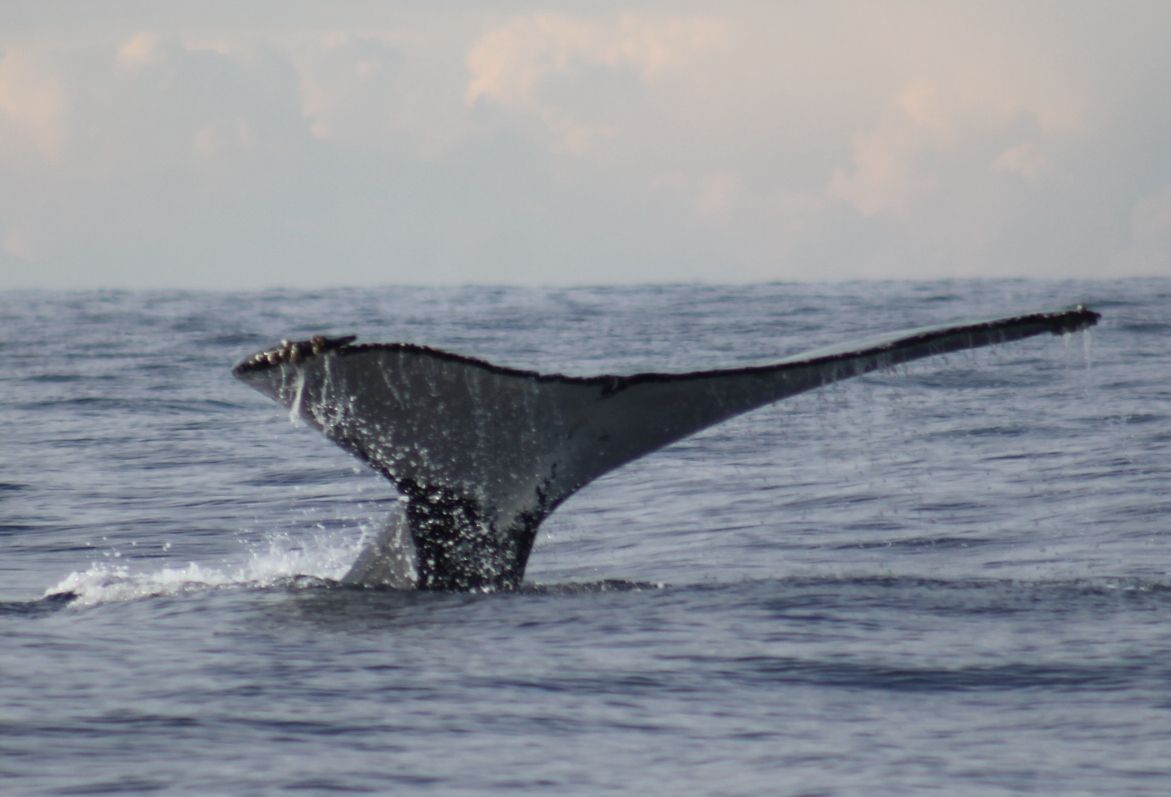
Cleanup Of Empire Bay Marina Site Includes Demolition Of Historic Boatshed
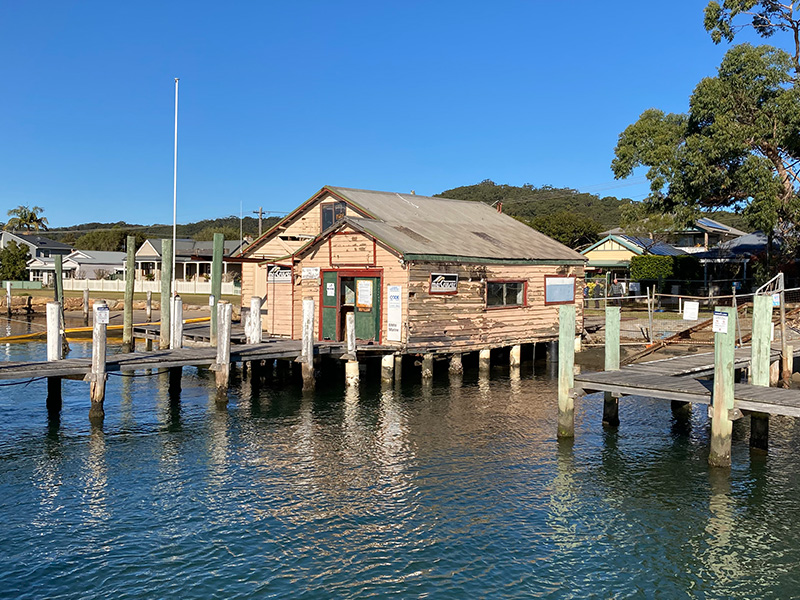
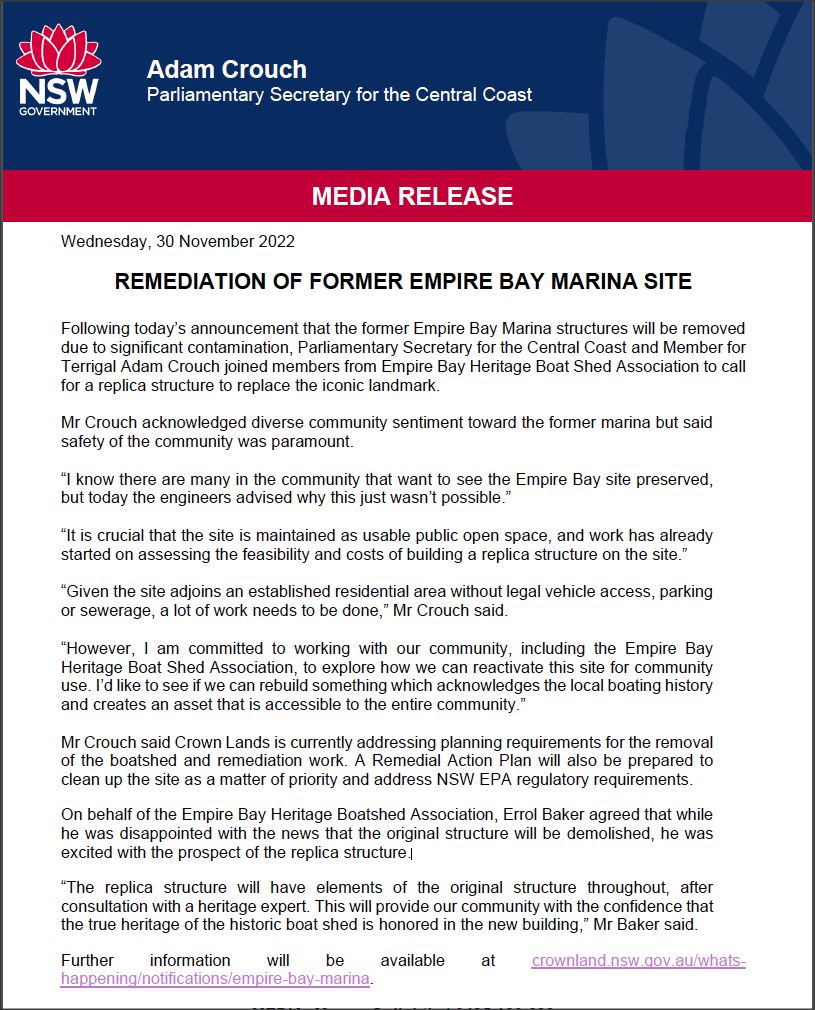
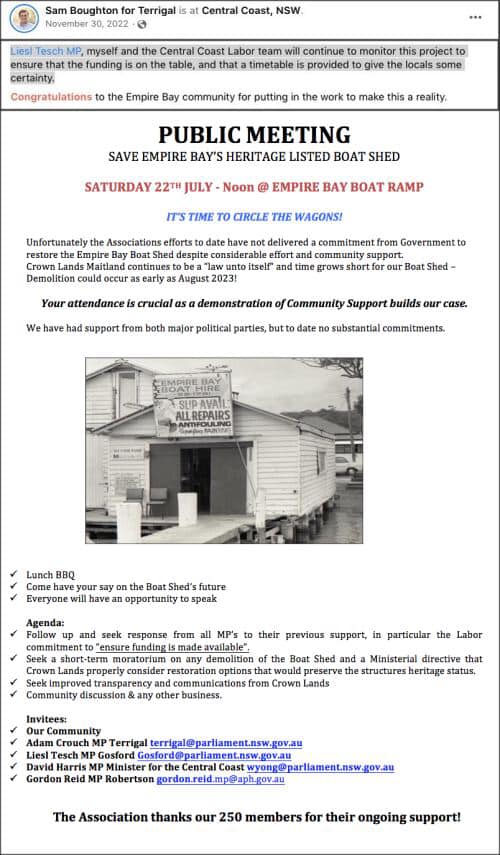
National Tree Day 2023: 3 Sites For Our Area This Year - Planting Out Takes Place Sunday July 30 At Avalon Beach, Duffys Forest, Curl Curl
.jpg?timestamp=1679635455680)
Photo: A J Guesdon
Council and Planet Ark are inviting local residents to dig in and do something good for nature and their community as part of National Tree Day 2023.
National Tree Day is a great opportunity to maintain and enhance our beautiful environment for our local wildlife as well as ensuring the region continues to be a great place to live and getting all the benefits that come from spending time outdoors..
Over 26 million trees have been planted by volunteers since 1996 as part of the program and we are excited for the community to support the goal of getting another million native plants in the ground this year.
Schools Tree Day (July 28) and National Tree Day (July 30) are Australia’s largest annual tree-planting and nature care events, with plantings taking place across the country on the last weekend of July. Each year, around 300,000 people volunteer their time to engage in activities that encourage greater understanding of the natural world and how we can protect it.
National Tree Day event is taking place in three locations in our area on Sunday July 30th. Native trees, shrubs and grasses will be planted at the sites. Residents can register to volunteer at the event via the National Tree Day website at treeday.planetark.org/find-a-site/.
Details of each run below
“Our research clearly shows the many benefits that time outdoors in nature has for our physical and mental health, our children’s development, the liveability of our communities and the robustness of local ecosystems,” said Planet Ark co-CEO Rebecca Gilling.
“With the simple action of planting a tree you can help cool the climate, provide homes for native wildlife and make your local community a happier and healthier place to live.”
National Tree Day is an initiative organised by Planet Ark in partnership with major sponsor Toyota Australia and its Dealer Network. For more information and to find events in your local area, please visit treeday.planetark.org.
National Tree Day 2023: Local sites
Avalon Beach: Palmgrove Road
In the grass area between Dress Circle Road and Bellevue Ave, Avalon
DATE & TIME: Sunday, 30 July 2023, 10:00am to 2:00pmSite Organiser: Michael Kneipp
RSVP Contact: Michael Kneipp, 1300 434 434
Suitable for Children: Yes
Accessible for Wheelchairs: No
VOLUNTEER INFORMATION: Please wear long pants, long sleeve shirt, sturdy shoes, gloves and a hat. Everyone is invited to help us regenerate this important wildlife corridor with native plants. Make Avalon a cooler, greener and more connected place for our community and wildlife.
WHAT'S PROVIDED?: Gloves, Tools and equipment for planting, Watering cans / buckets, Refreshments, BBQ
Volunteer at this site: https://treeday.planetark.org/find-a-site/volunteer/10028078
Duffys Forest Residents Association
DATE & TIME: Sunday, 30 July 2023, 9:00am to 1:00pm
LOCATION: 13 Namba Road, Duffys Forest
Site Organiser: Jennifer Harris
RSVP Contact: Jennifer Harris, 0408512060
Suitable for Children: Yes
Accessible for Wheelchairs: Yes
DIRECTIONS: You can enter the site at the end of Namba road. Proceed through two large metal gates, to picnic area to sign on for the event.
VOLUNTEER INFORMATION: Volunteers must wear suitable clothing & protective gear including covered shoes, gloves and a hat. It is proposed that volunteers plant up to 600 indigenous native tube stock in degraded areas of the park to create additional canopy species, establish ground cover, reduce weed invasion and to improve biodiversity & wildlife habitat. The activity is located in an iconic park, formerly known as Waratah Park, the home of "Skippy". The event will be supervised by a qualified bush regenerator & aims to inspire & educate participants to become custodians and actively care for our unique environment. Last year we planted over 450 tube stock with 35 volunteers in just over 3 hours. These tube stock have thrived due to ongoing maintenance and watering by volunteers.
WHAT'S PROVIDED?: Gloves, Tools and equipment for planting, Watering cans / buckets, Snacks, Refreshments, BBQ
Volunteer at this site: https://treeday.planetark.org/find-a-site/volunteer/10027702
Curl Curl
DATE & TIME: Sunday, 30 July 2023, 10:00am to 2:00pm
Location: Griffin Road, North Curl Curl
VOLUNTEER INFORMATION: Please wear long pants, long sleeve shirt , sturdy shoes, gloves and a hat. There are also public transport and cycling options. Everyone is invited to help us regenerate this important wildlife corridor with native plants. Make Curl Curl a cooler, greener and more connected place for our community and wildlife. Please wear long pants, long sleeve shirt , sturdy shoes, gloves and a hat.
Enter via the car park or footpath on the Southern side of the Greendale Creek bridge. Look for our Northern Beaches Council Marquees.
Site Organiser: Michael Kneipp
RSVP Contact: Michael Kneipp, 1300 434 434
Suitable for Children: Yes
Accessible for Wheelchairs: No
Volunteer at this site: https://treeday.planetark.org/find-a-site/volunteer/10028073
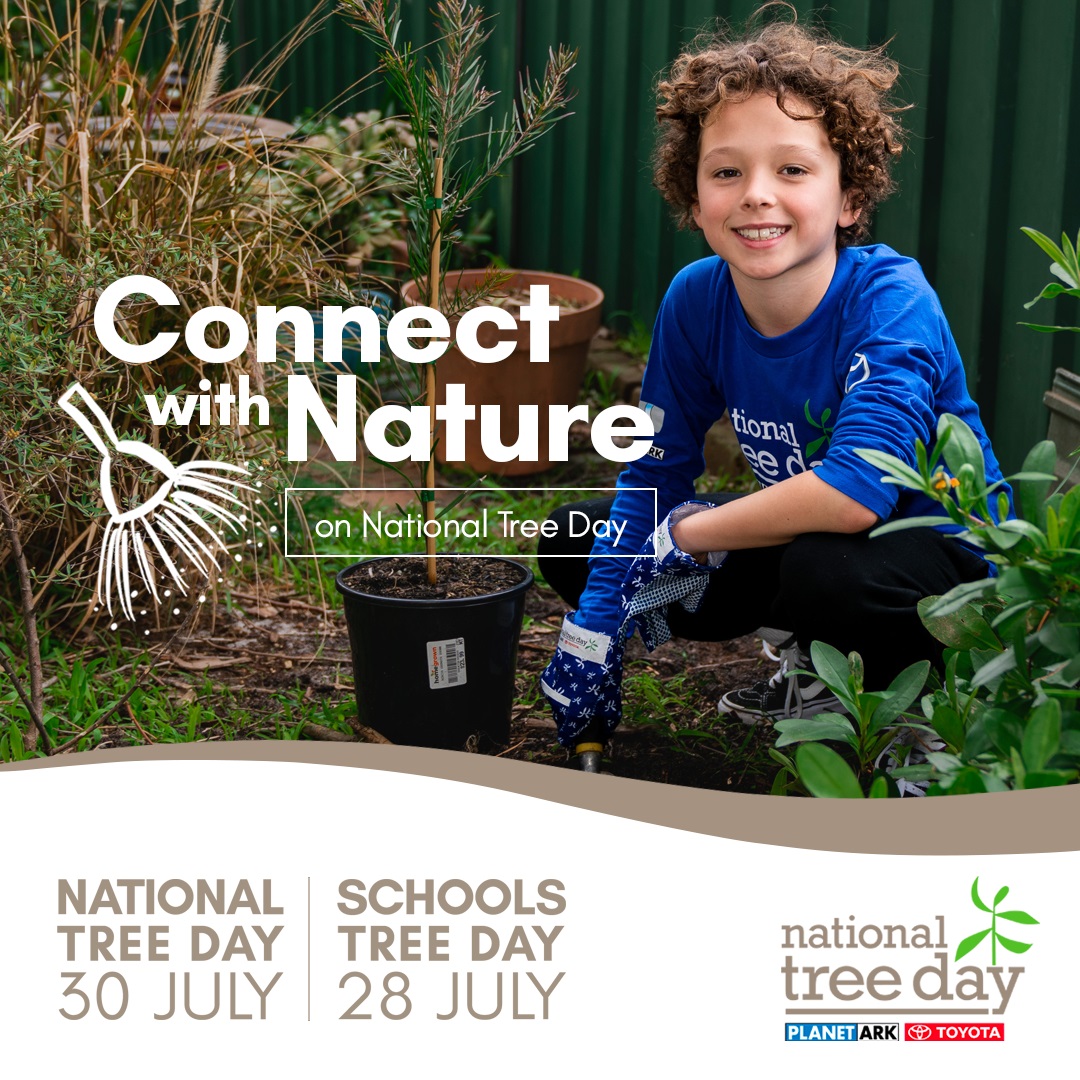
The Life Electric Expo And Forum: July 30th At Avalon Rec. Centre
The Life Electric Community Expo is hosted by Avalon Palm Beach Business Chamber Inc. Entry is free with 10+ stalls, expert advice, food, music and test rides. You can also purchase tickets to the live panel featuring Saul Griffith and John Grimes.
Book your tickets ($10) at the link here: https://www.trybooking.com/events/landing/1076483

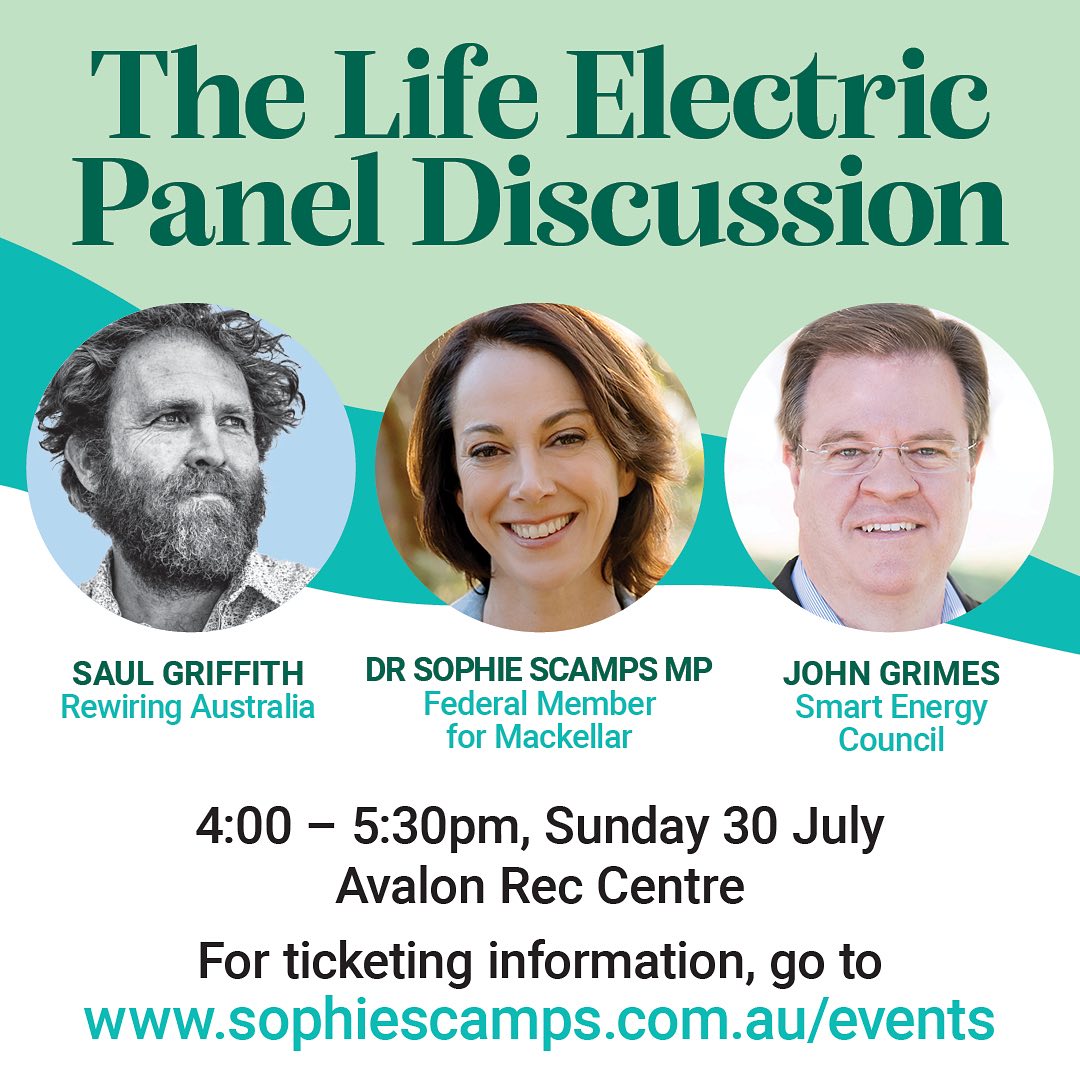
Northern Beaches Clean Up Crew: Dee Why Lagoon Beach Side Clean Up, 30th Of July, 2023, At 10am
Come and join us for our family friendly July clean up, in Dee Why Lagoon on the 30th at 10am. We meet in the grass area close to the council car park, and the surf life saving club at the north end of Dee Why. Please note that this is a different meeting point to where we were last time.
We have gloves, bags, and buckets, and grabbers. We're trying to remove as much plastic and rubbish as possible before it enters the water. Some of us can focus on the bush area and sandy/rocky areas, and others can walk along the water and even clean up in the water (at own risk). We will clean up until around 11.15, and after that, we will sort and count the rubbish so we can contribute to research by entering it into a marine debris database. The sorting and counting is normally finished around noon, and we'll often go for lunch together at our own expense. We understand if you cannot stay for this part, but are grateful if you can. We appreciate any help we can get, no matter how small or big.
No booking required - just show up on the day - we will be there no matter what weather. We're a friendly group of people, and everyone is welcome to this family friendly event. It's a nice community - make some new friends and do a good deed for the planet at the same time.
For everyone to feel welcome, please leave political and religious messages at home - this includes t-shirts with political campaign messages.
Message us on our social media or send us an email if you are lost. All welcome - the more the merrier. Please invite your friends too! All details in our Facebook event, Instagram or on our website.
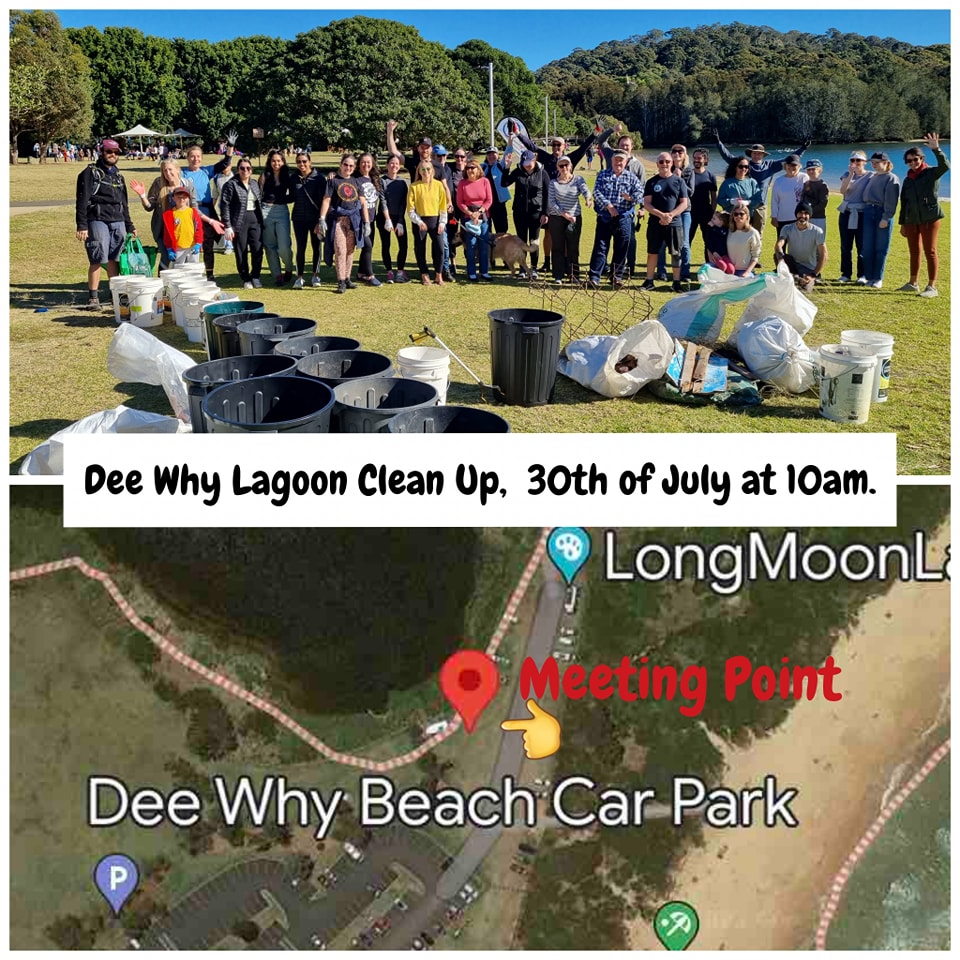
Areas Closed For West Head Lookout Upgrades
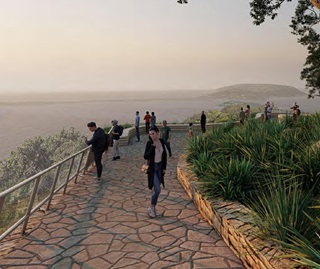 NPWS advise that the following areas are closed from Monday 22 May to Thursday 30 November 2023 while West Head lookout upgrades are underway:
NPWS advise that the following areas are closed from Monday 22 May to Thursday 30 November 2023 while West Head lookout upgrades are underway:
- West Head lookout
- The loop section of West Head Road
- West Head Army track.
Vehicles, cyclists and pedestrians will have access to the Resolute picnic area and public toilets. Access is restricted past this point.
The following walking tracks remain open:
- Red Hands track
- Aboriginal Heritage track
- Resolute track, including access to Resolute Beach and West Head Beach
- Mackeral Beach track
- Koolewong track.
The West Head lookout cannot be accessed from any of these tracks.
Image: Visualisation of upcoming works, looking east from the ramp towards Barrenjoey Head Credit: DPE
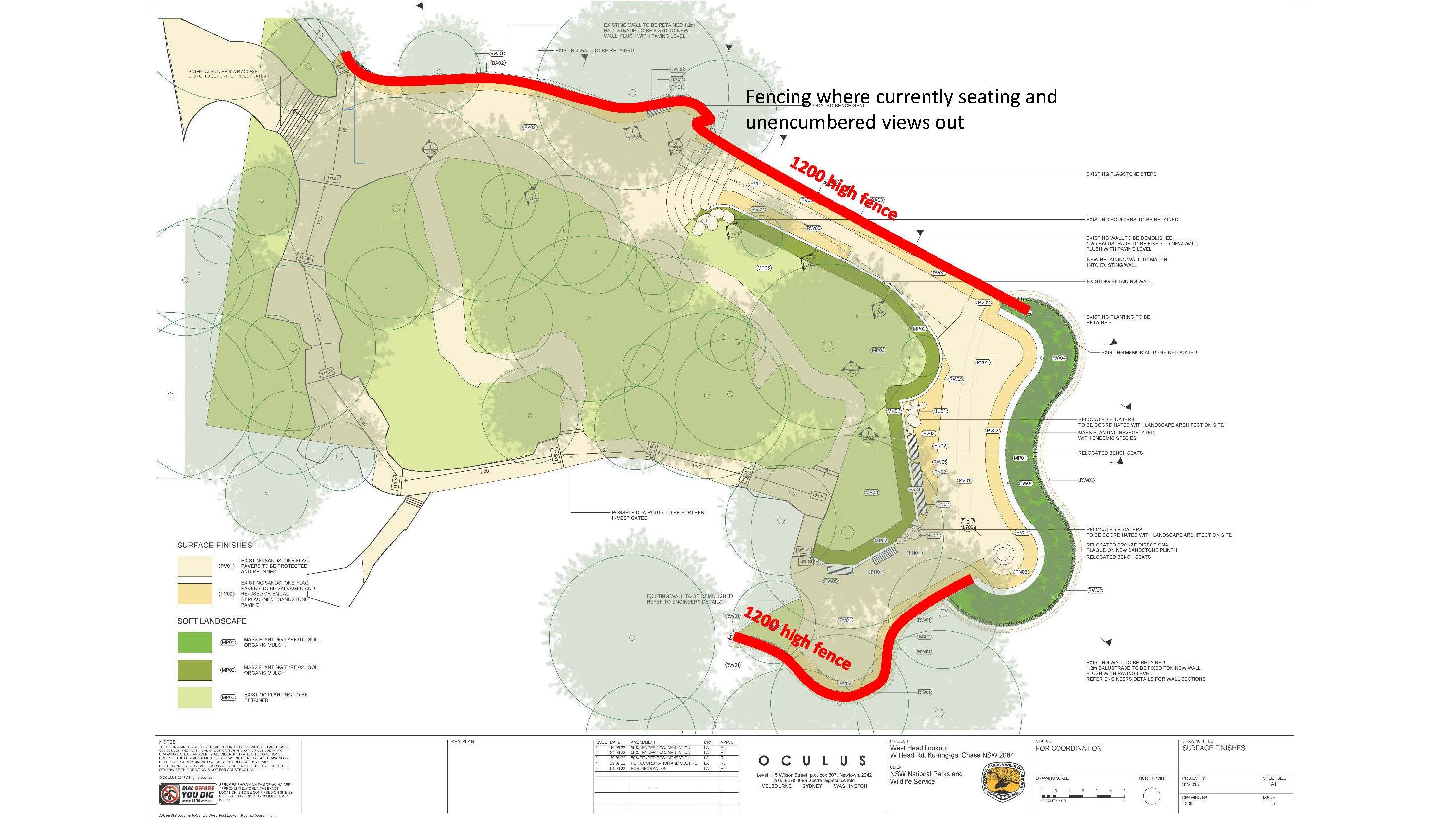
Time Of Burrugin
Cold and frosty; June-July
Echidna seeking mates - Burringoa flowering - Shellfish forbidden
This is the time when the male Burrugin (echidnas) form lines of up to ten as they follow the female through the woodlands in an effort to wear her down and mate with her. It is also the time when the Burringoa (Eucalyptus tereticornis) starts to produce flowers, indicating that it is time to collect the nectar of certain plants for the ceremonies which will begin to take place during the next season. It is also a warning not to eat shellfish again until the Boo'kerrikin (Acacia decurrens, commonly known as black wattle or early green wattle) blooms.
Eucalyptus tereticornis, commonly known as forest red gum, blue gum or red irongum, is a species of tree that is native to eastern Australia and southern New Guinea. It has smooth bark, lance-shaped to curved adult leaves, flower buds in groups of seven, nine or eleven, white flowers and hemispherical fruit.
Eucalyptus tereticornis was first formally described 1795 by James Edward Smith in A Specimen of the Botany of New Holland from specimens collected in 1793 from Port Jackson by First Fleet surgeon and naturalist John White. The specific epithet (tereticornis) is from the Latin words teres (becoming tereti- in the combined form) meaning "terete" and cornu meaning "horn", in reference to the horn-shaped operculum.
Habitat tree: Sclerophyll Forest.
Food tree: Natural stands are an important food tree for koalas and a wide variety of nectar-eating birds, fruit bats and possums.
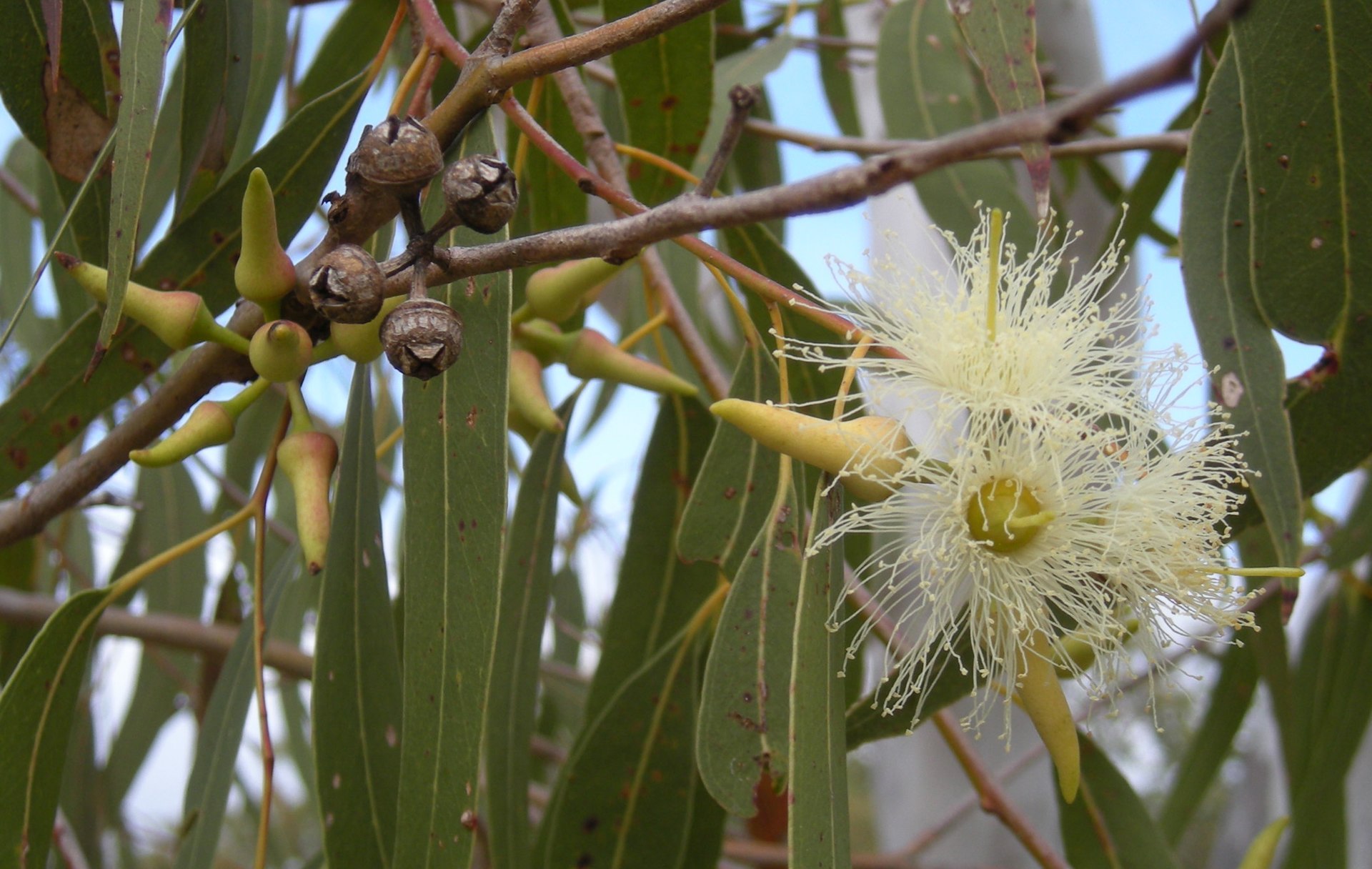
Eucalyptus tereticornis buds, capsules, flowers and foliage, Rockhampton, Queensland. Photo: Ethel Aardvark
Shelly Beach Echidna
Photos by Kevin Murray, taken late May 2023 who said, ''he/she was waddling across the road on the Shelly Beach headland, being harassed not so much by the bemused tourists, but by the Brush Turkeys who are plentiful there.''
Shelly Beach is located in Manly and forms part of Cabbage Tree Bay, a protected marine reserve which lies adjacent to North Head and Fairy Bower.
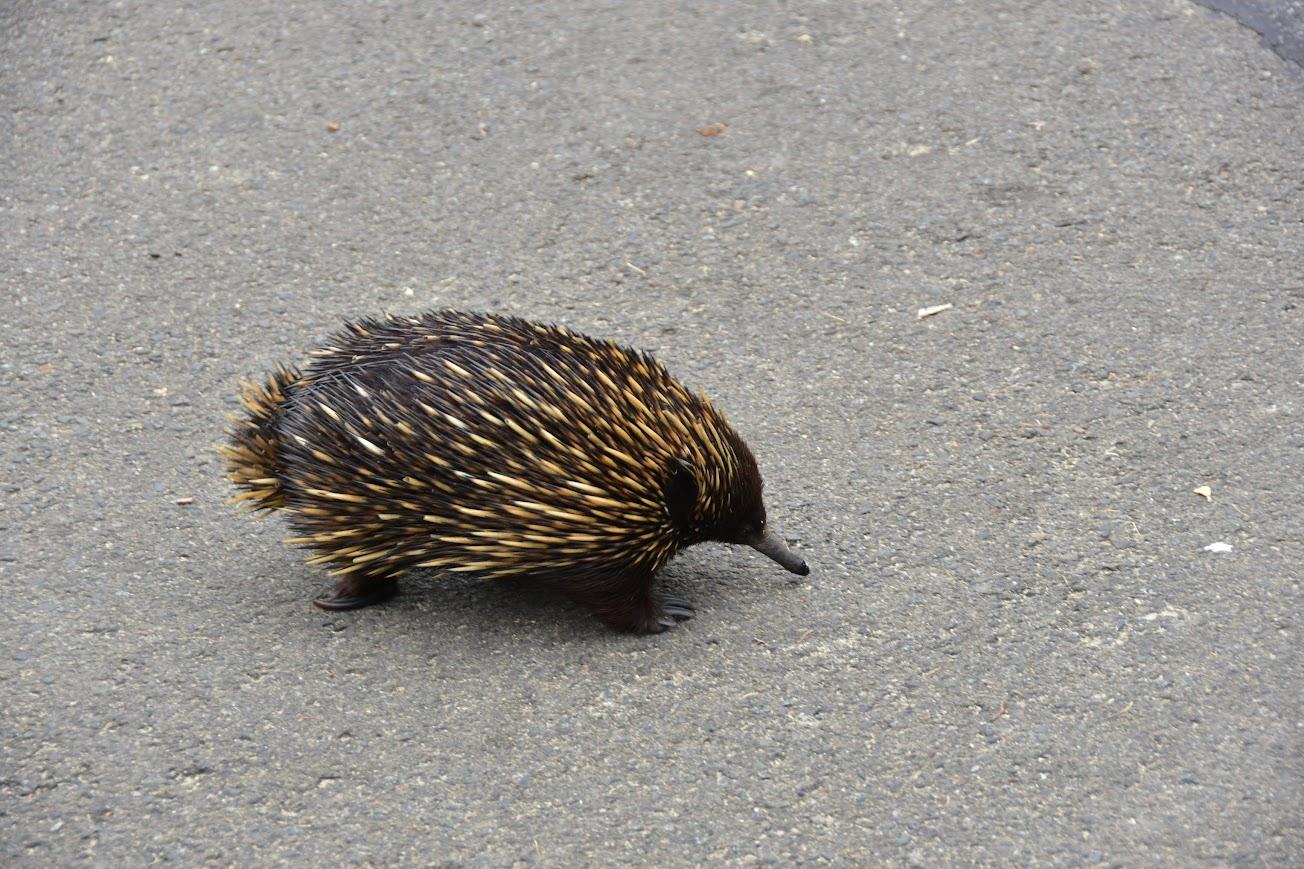
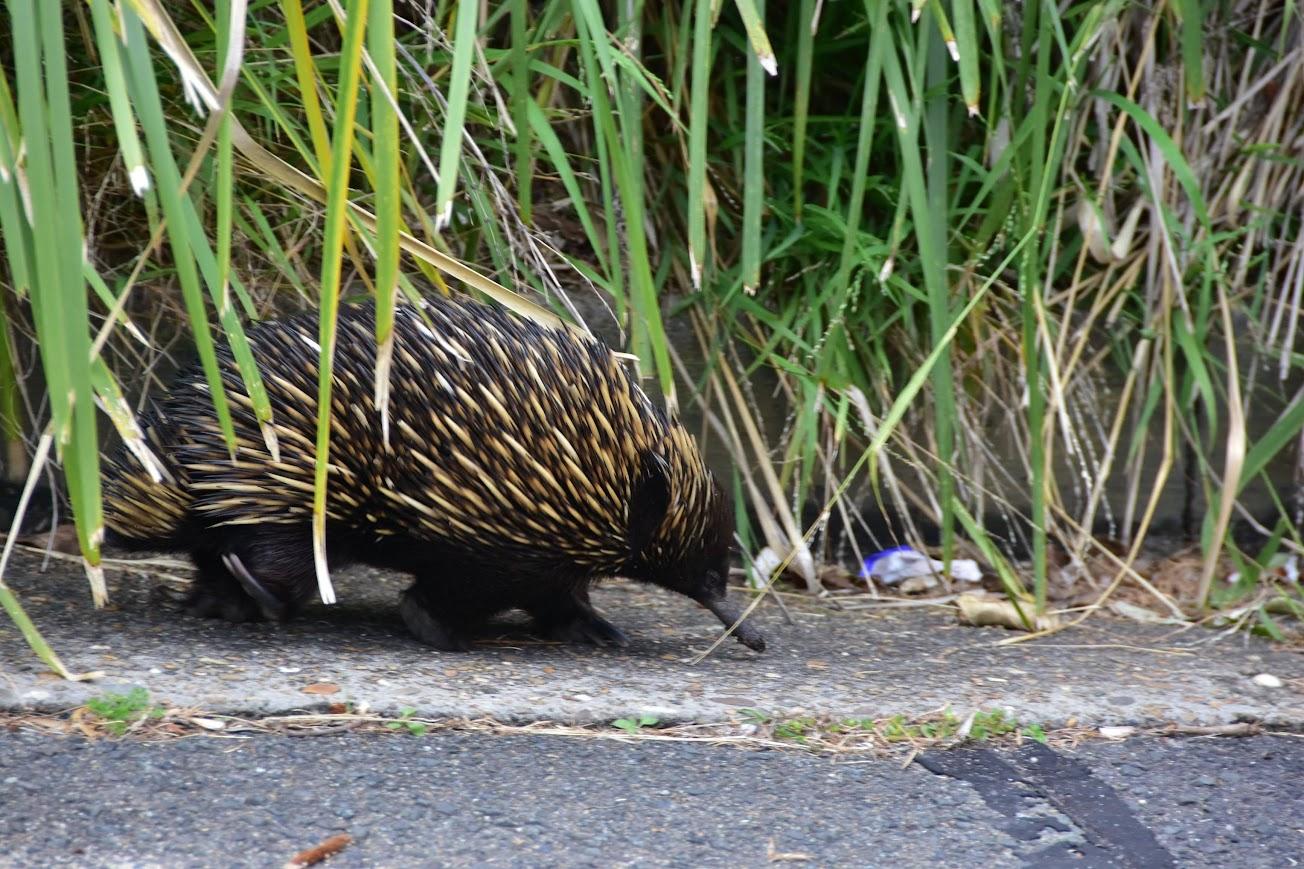
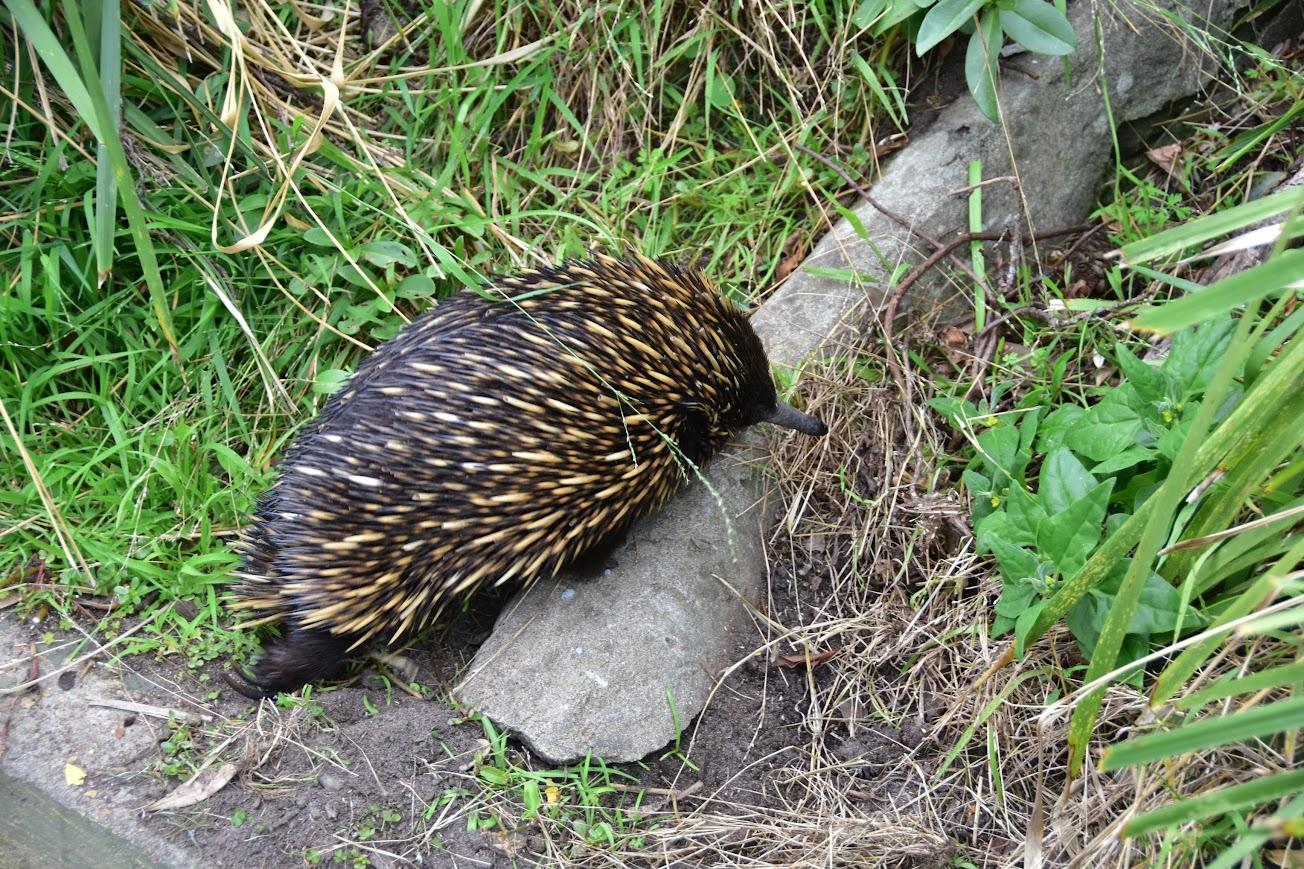
From the D'harawal calendar, BOM
D'harawal
The D'harawal Country and language area extends from the southern shores of Port Jackson (Sydney Harbour) to the northern shores of the Shoalhaven River, and from the eastern shores of the Wollondilly River system to the eastern seaboard.
Bush Turkeys: Backyard Buddies Breeding Time Commences In August - BIG Tick Eaters - Ringtail Posse Insights
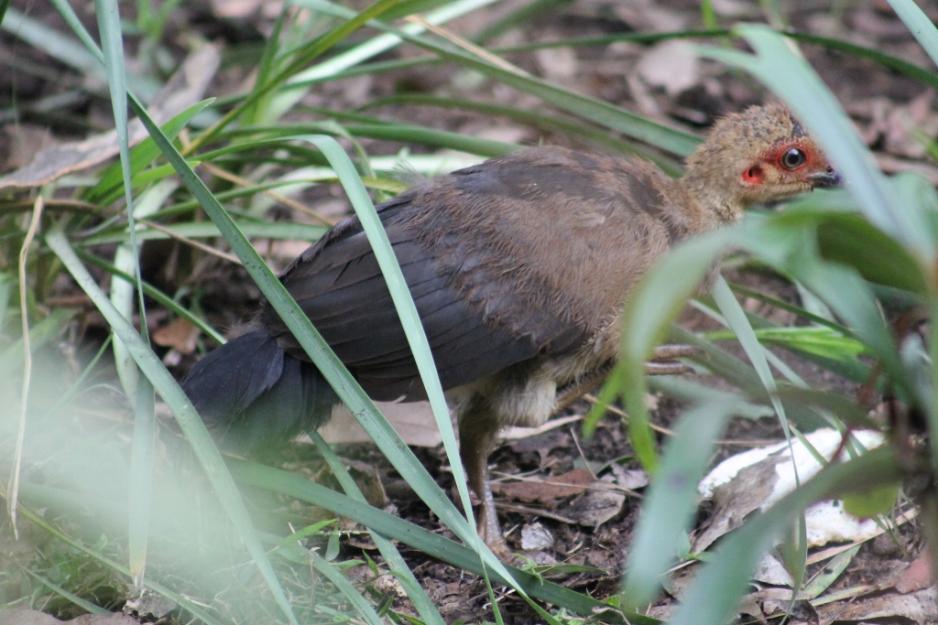
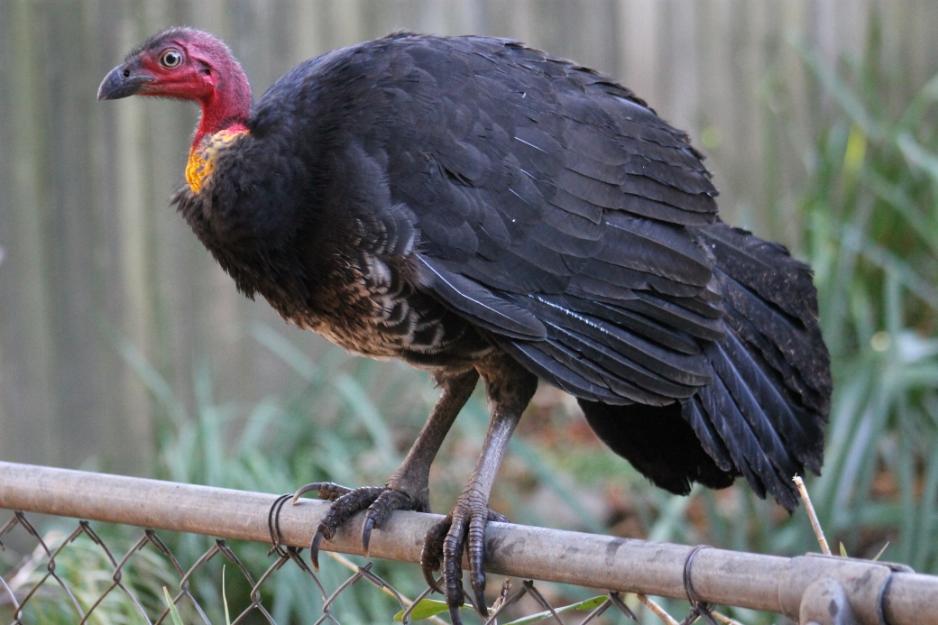
PNHA Guided Nature Walks 2023
Our walks are gentle strolls, enjoying and learning about the bush rather than aiming for destinations. Wear enclosed shoes. We welcome interested children over about 8 years old with carers. All Welcome.
So we know you’re coming please book by emailing: pnhainfo@gmail.com and include your phone number so we can contact you if weather is doubtful.
The whole PNHA 2023 Guided Nature Walks Program is available at: http://pnha.org.au/test-walks-and-talks/
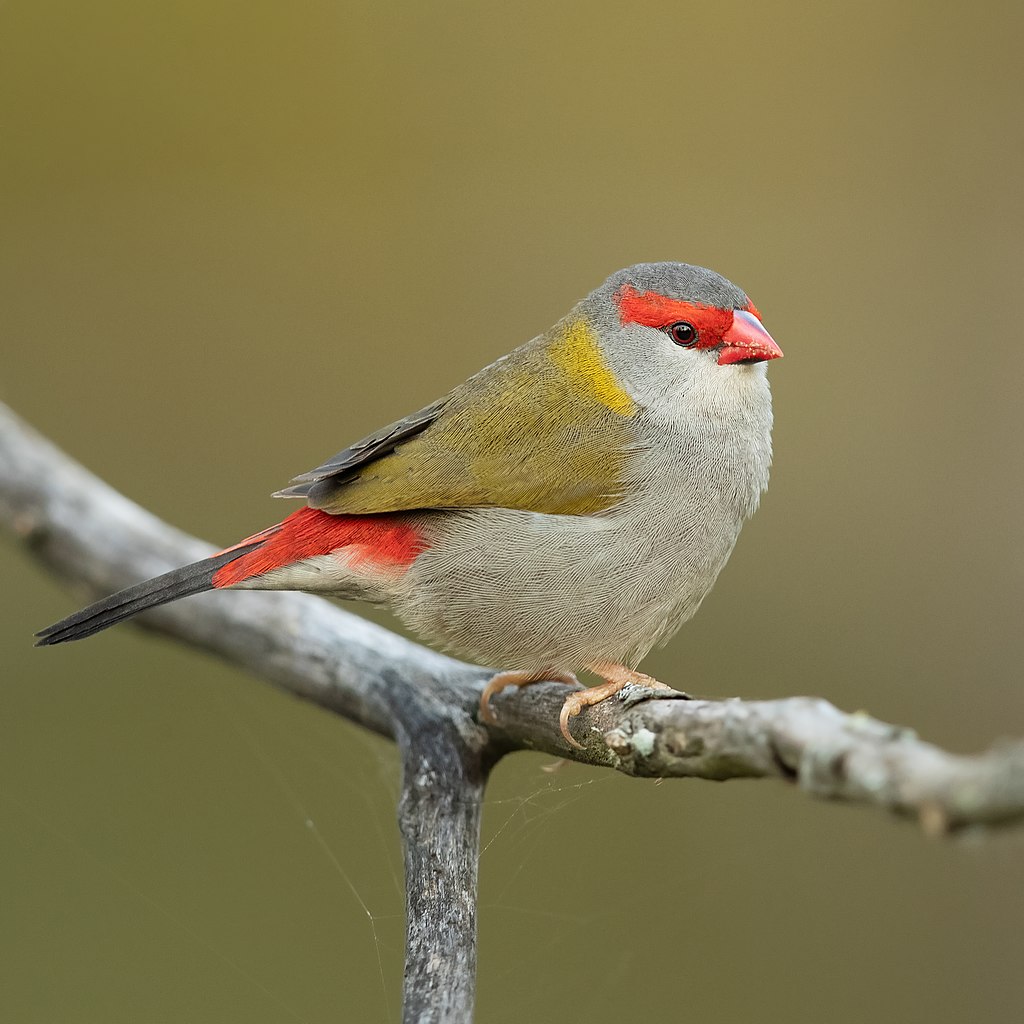
Red-browed finch (Neochmia temporalis). Photo: J J Harrison
Bushcare In Pittwater
Where we work Which day What time
Avalon
Angophora Reserve 3rd Sunday 8:30 - 11:30am
Avalon Dunes 1st Sunday 8:30 - 11:30am
Avalon Golf Course 2nd Wednesday 3 - 5:30pm
Careel Creek 4th Saturday 8:30 - 11:30am
Toongari Reserve 3rd Saturday 9 - 12noon (8 - 11am in summer)
Bangalley Headland 2nd Sunday 9 to 12noon
Bayview
Winnererremy Bay 4th Sunday 9 to 12noon
Bilgola
North Bilgola Beach 3rd Monday 9 - 12noon
Algona Reserve 1st Saturday 9 - 12noon
Plateau Park 1st Friday 8:30 - 11:30am
Church Point
Browns Bay Reserve 1st Tuesday 9 - 12noon
McCarrs Creek Reserve Contact Bushcare Officer To be confirmed
Clareville
Old Wharf Reserve 3rd Saturday 8 - 11am
Elanora
Kundibah Reserve 4th Sunday 8:30 - 11:30am
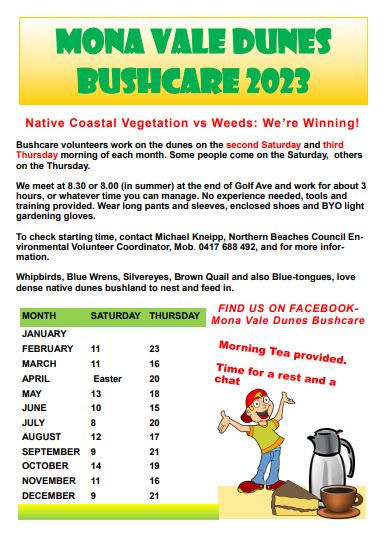 Mona Vale
Mona Vale Mona Vale Beach Basin 1st Saturday 8 - 11am
Mona Vale Dunes 2nd Saturday +3rd Thursday 8:30 - 11:30am
Newport
Bungan Beach 4th Sunday 9 - 12noon
Crescent Reserve 3rd Sunday 9 - 12noon
North Newport Beach 4th Saturday 8:30 - 11:30am
Porter Reserve 2nd Saturday 8 - 11am
North Narrabeen
Irrawong Reserve 2nd Saturday 2 - 5pm
Palm Beach
North Palm Beach Dunes 3rd Saturday 9 - 12noon
Scotland Island
Catherine Park 2nd Sunday 10 - 12:30pm
Elizabeth Park 1st Saturday 9 - 12noon
Pathilda Reserve 3rd Saturday 9 - 12noon
Warriewood
Warriewood Wetlands 1st Sunday 8:30 - 11:30am
Whale Beach
Norma Park 1st Friday 9 - 12noon
Western Foreshores
Coopers Point, Elvina Bay 2nd Sunday 10 - 1pm
Rocky Point, Elvina Bay 1st Monday 9 - 12noon
Friends Of Narrabeen Lagoon Catchment Activities

Gardens And Environment Groups And Organisations In Pittwater
Report Fox Sightings
%20(1).jpg?timestamp=1675893929686)
Marine Wildlife Rescue Group On The Central Coast
A new wildlife group was launched on the Central Coast on Saturday, December 10, 2022.
Marine Wildlife Rescue Central Coast (MWRCC) had its official launch at The Entrance Boat Shed at 10am.
The group comprises current and former members of ASTR, ORRCA, Sea Shepherd, Greenpeace, WIRES and Wildlife ARC, as well as vets, academics, and people from all walks of life.
Well known marine wildlife advocate and activist Cathy Gilmore is spearheading the organisation.
“We believe that it is time the Central Coast looked after its own marine wildlife, and not be under the control or directed by groups that aren’t based locally,” Gilmore said.
“We have the local knowledge and are set up to respond and help injured animals more quickly.
“This also means that donations and money fundraised will go directly into helping our local marine creatures, and not get tied up elsewhere in the state.”
The organisation plans to have rehabilitation facilities and rescue kits placed in strategic locations around the region.
MWRCC will also be in touch with Indigenous groups to learn the traditional importance of the local marine environment and its inhabitants.
“We want to work with these groups and share knowledge between us,” Gilmore said.
“This is an opportunity to help save and protect our local marine wildlife, so if you have passion and commitment, then you are more than welcome to join us.”
Marine Wildlife Rescue Central Coast has a Facebook page where you may contact members. Visit: https://www.facebook.com/profile.php?id=100076317431064
- Ph: 0478 439 965
- Email: marinewildlifecc@gmail.com
- Instagram: marinewildliferescuecc
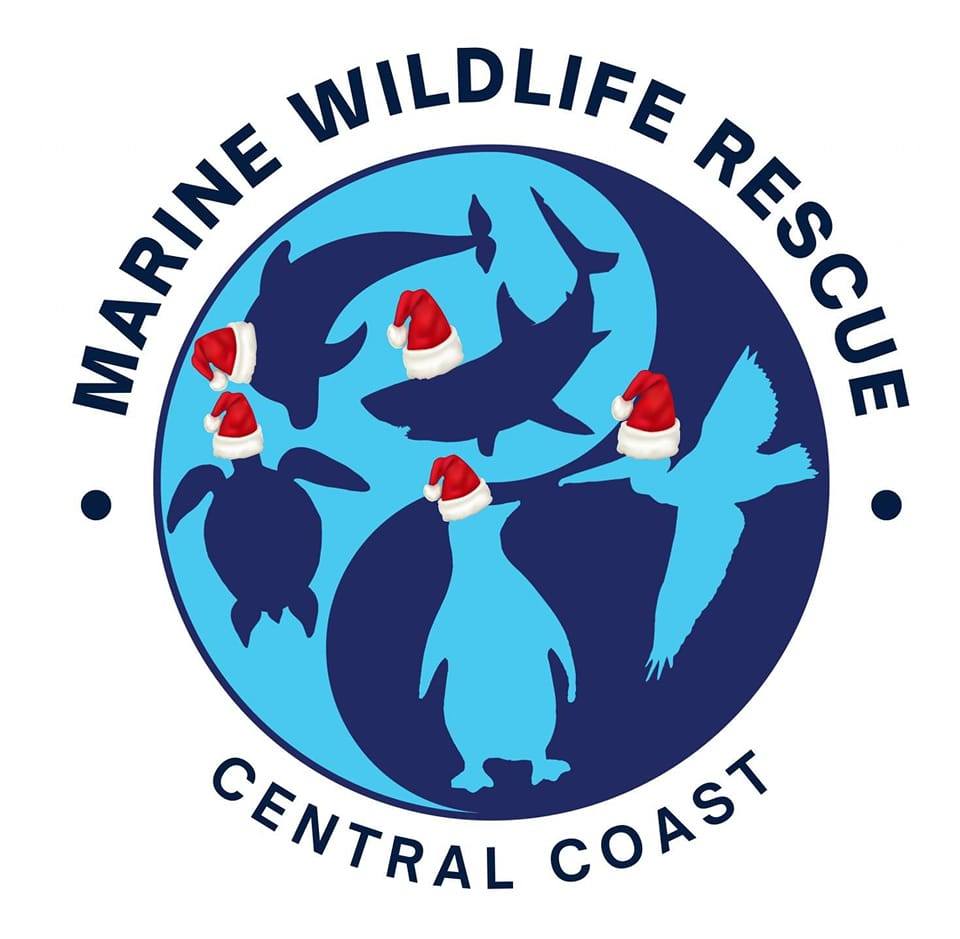
Watch Out - Shorebirds About
.JPG.opt1460x973o0,0s1460x973.jpg?timestamp=1663629195339)
Possums In Your Roof?: Do The Right Thing
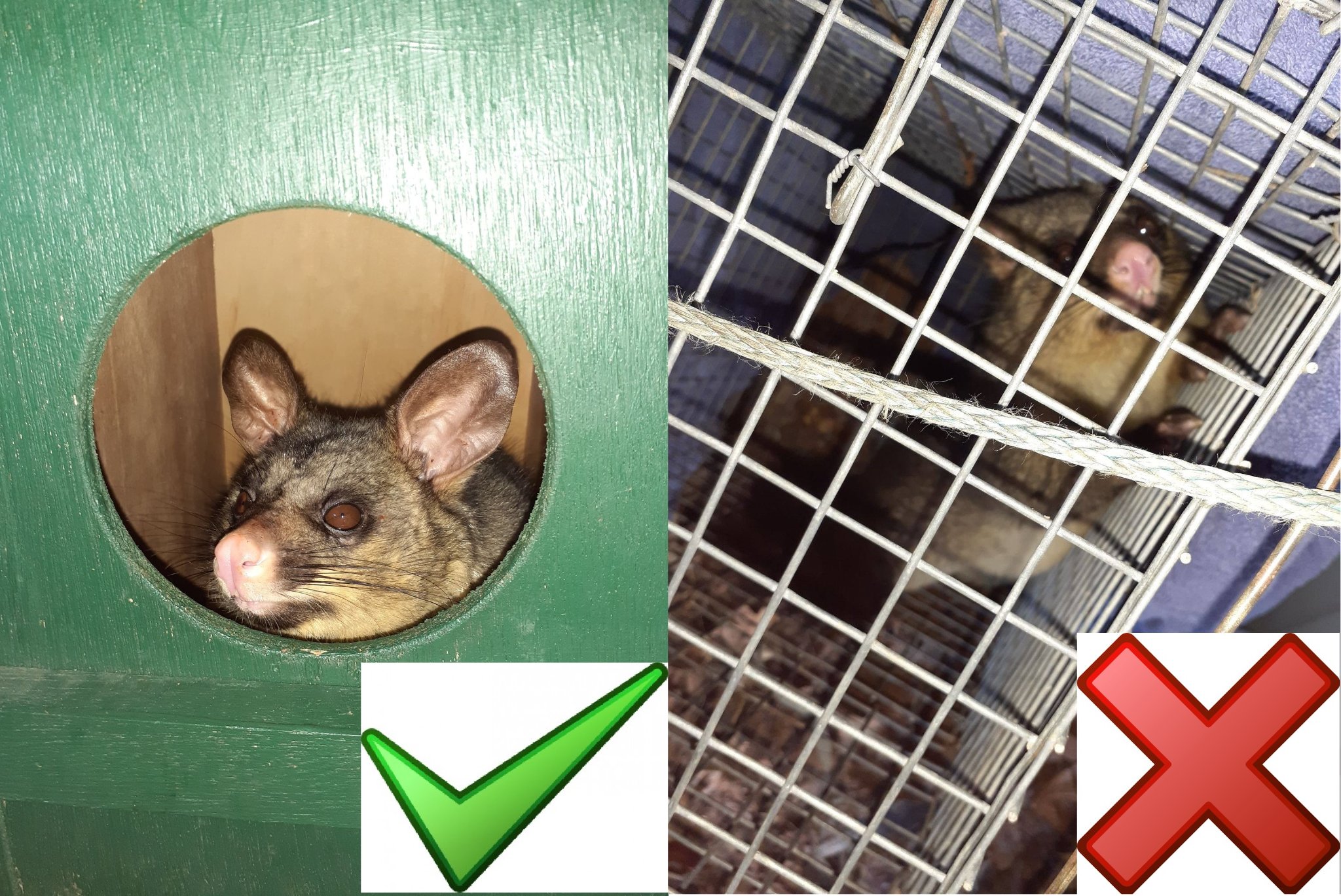
Aviaries + Possum Release Sites Needed

With less than a year to go, the Murray-Darling Basin Plan is in a dreadful mess. These 5 steps are needed to fix it
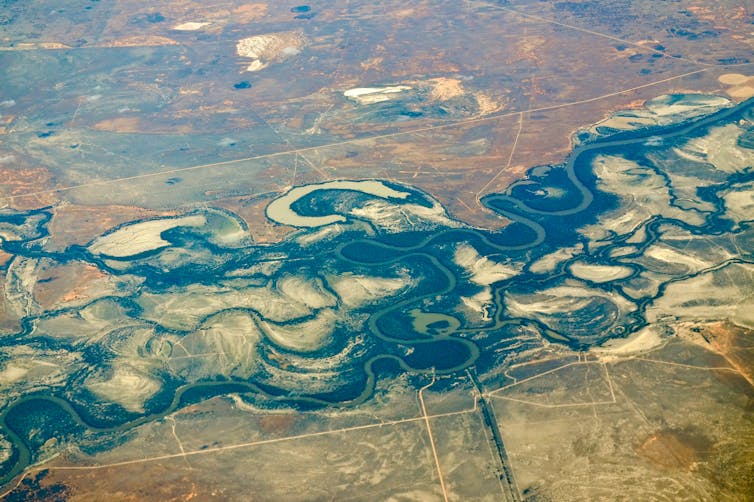
The Murray Darling Basin Plan is an historic deal between state and federal governments to save Australia’s most important river system. The A$13 billion plan, inked over a decade ago, was supposed to rein in the water extracted by farmers and communities, and make sure the environment got the water it needed.
But now, less than a year out from the plan’s deadline, it’s in a dreadful mess. Projects have not been delivered. Governments cannot agree on who gets the water, or how. All the while, water in the Murray-Darling Basin will become scarcer as climate change worsens.
The Albanese government was elected on a promise to uphold the Murray-Darling Basin Plan. But earlier this month, Environment and Water Minister Tanya Plibersek conceded the plan is “too far behind” and needs a “course correction”.
I have studied and promoted sustainability measures in the Murray-Darling Basin for 35 years. Here, I outline the five steps needed now to ensure the health of the river system and the people who depend on it.
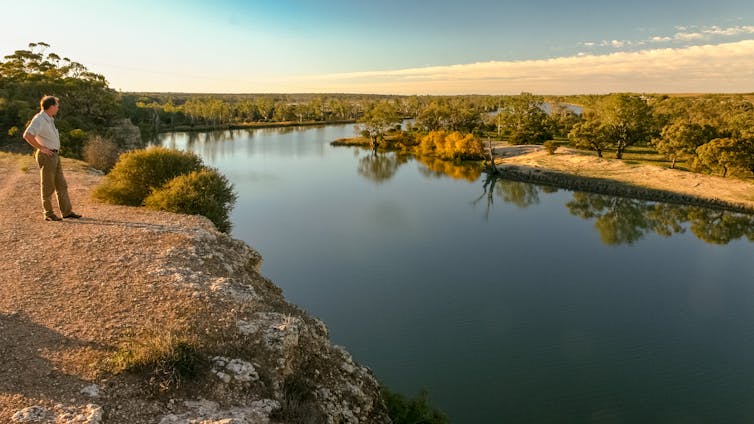
A Refresher: What Is The Murray-Darling Basin Plan?
The Murray-Darling Basin covers about a seventh of the Australian land mass: most of New South Wales, parts of Queensland, South Australia and Victoria, and all of the Australian Capital Territory. It includes the Murray River and Darling River/Baarka and their tributaries.
These lands and waters are the traditional lands of more than 40 Indigenous nations. Around 5% of the basin consists of floodplain forests, lakes, rivers and other wetland habitats. Vast amounts of water are extracted from the rivers to supply around three million Australians, including irrigating farms.
The Murray-Darling Basin Plan became law in 2012, under the Labor government. It is due to be fully implemented and audited by the end of June 2024.
The plan limits the amount of water extracted from the basin. It aims to both improve the condition of freshwater ecosystems and maintain the social and economic benefits of irrigated agriculture.
Under the plan, 3,200 billion litres a year would be returned to rivers – about 14% of total surface water in the basin.
The water was largely to be recovered by buying back water entitlements from farmers. Some 450 billion litres would be retrieved through water efficiency projects.
The plan has twice been amended to reduce the amount of water taken from farmers. The first change, made on questionable grounds, reduced the water recovery target by 70 billion litres a year. The second reduced it by 605 billion litres, with the water to instead be recovered through 36 water-saving offset projects.
Further, the Victorian and NSW governments committed to reaching agreements with farmers to enable water for the environment to safely spill out of river channels and across privately owned floodplains, to replenish more wetlands.
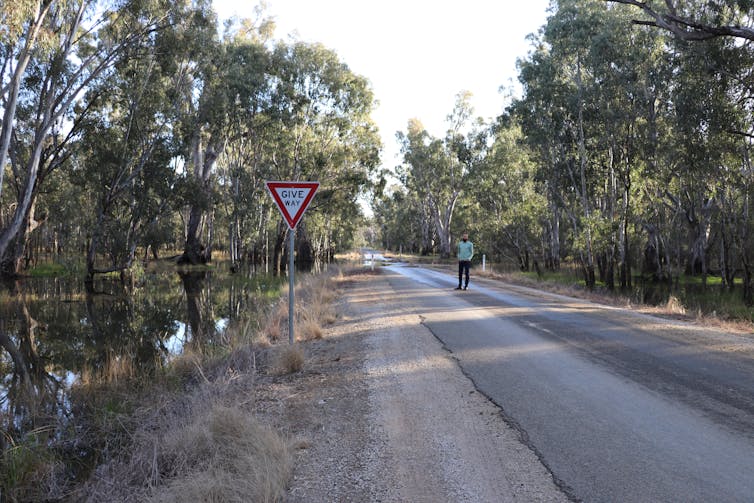
So How’s The Plan Going?
Things are not going well. As of November last year, the offset projects were likely to deliver between 290 and 415 billion litres of the 605 billion litres required. And very little water is getting to floodplains.
And of the 450 billion litres to be retrieved through water-efficiency projects, only 26 billion litres has been recovered.
It means of the 3,200 billion litres of water a year to be returned to the environment, only 2,100 billion litres was being achieved as of March this year – plus the small amount of projected water from offset projects, if it’s delivered.
At a meeting in February this year, the nation’s water ministers failed to agree on how to meet the plan’s deadline.
As governments quibble, the rivers and floodplains of the Murray-Darling suffer. In the past decade, millions of fish have perished in mass die-offs. Toxic algae has bloomed, wildife and waterbirds have declined in numbers and wetlands have dried up. These are all signs that too much water is still being taken from the system.
So how do we get the basin plan back on track? Below, I identify the top five priorities.
1. NSW Must Get Its Act Together On Water Plans
Integral to implementing the broader basin plan are 33 “water resource plans” devised by the states. These plans bring the basin plan into legal force and detail how much water can be taken from the system and how it is divided between users such as farmers, communities and the environment.
NSW must produce 20 plans. To date, just five are in place. At least seven plans by NSW were recently withdrawn to be re-drafted.
Until they’re finalised, key measures of the basin plan cannot be implemented. The new NSW Minns government must prioritise the remaining water resource plans and have them accredited by the Commonwealth government.
2. Federal Water Buybacks Must Ramp Up
The Albanese government is taking steps to improve water recovery under the plan, such as consulting stakeholders and restarting water buybacks. But it must do more.
Both NSW and Victoria will almost certainly miss the 2024 deadline for delivering all infrastructure projects they promised to offset 605 billion litres of water.
The federal government is legally obliged to – and should – purchase additional water from farmers to cover any gap. It must also acquire more than 400 billion litres of water to make up for the shortfall in water efficiency projects.
For this to occur, a Coalition-era cap must be lifted from 1,500 billion litres to enable more federal government water purchases from farmers.
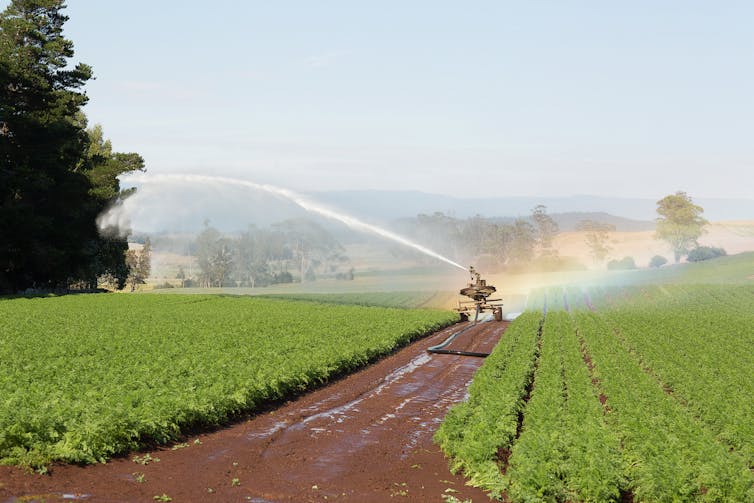
3. Abandon Questionable Water-Saving Projects
At least six water-saving projects look unlikely to meet the deadline.
They include a large project proposed by the former NSW government to reduce evaporation at Menindee Lakes, which appears doomed.
Another project at Yanco Creek in NSW has also fallen behind, and four of the nine Victorian projects have been paused.
What’s more, the ecological merit of these projects are contested – as is the scientific rigour of the proposed auditing method. These projects should be abandoned in favour of reconnecting rivers to their floodplain.
4. Reconnect Rivers And Floodplains
For floodplain wetlands to function, they must be regularly inundated with water. To date, just 2% of these parts of the basin are inundated each year by managed flows (or in other words, intentional water releases by authorities).
The federal government holds water for this purpose. Delivering the water requires compensation for the owners of inundated properties, as well as upgraded roads, bridges and levee banks. Managed inundation can benefit landholders, such as by reducing the impacts of natural floods. But governments must do a better job of communicating these benefits to win support.
The federal government needs NSW and Victoria to help implement their agreement for watering floodplains, but this cooperation has been extremely slow.
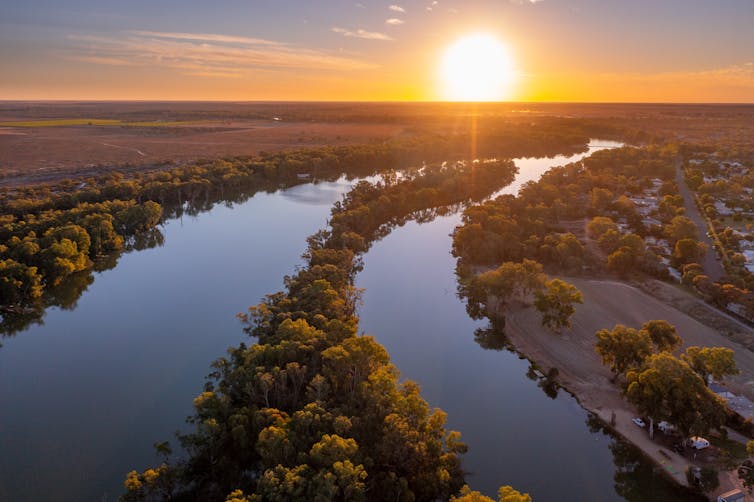
5. Make Information Transparent
The data and modelling used to manage water in the basin is complex and is often not publicly available.
In its final report in 2019, a South Australian royal commission into the Murray-Darling Basin was highly critical of the Murray-Darling Basin Authority. The report found the authority failed to act on “the best available science” when determining how much water could be returned to the environment, and withheld modelling and other information that should have been made public.
Making such information freely available is crucial for accountability and to build public trust.
Time For Tough Decisions
Each key element of the basin plan has encountered trouble at the implementation stage. The five steps I’ve outlined are essential to rectifying this.
Attention must now also turn to a review of the Murray-Darling Basin Plan, which is legally required in 2026. As well as addressing the problems detailed above, it must address two big issues essentially ignored in the plan to date: the lack of Indigenous rights over water, and water losses due to global warming and other environmental change.
If the Albanese government is to uphold its election promise to deliver the plan, hard decisions – and trade-offs – will be required. ![]()
Jamie Pittock, Professor, Fenner School of Environment & Society, Australian National University
This article is republished from The Conversation under a Creative Commons license. Read the original article.
A climate expert explains the Northern Hemisphere’s weird, wild summer – and what it means for Australia
Andrew King, The University of MelbourneThe Northern Hemisphere summer has brought one extreme event after another – from heatwaves to wildfires and floods. It comes as the world likely heads into an El Niño pattern, which brings a higher chance of hot, dry weather in much of Australia.
So is the weird northern summer a portent of what Australia can expect in a few months?
The extremes in the Northern Hemisphere are linked to persistent weather patterns which allow heat to build in some places and rain to continue in others. On top of this, human-caused climate change is raising temperatures to new heights.
It’s too early to say whether Australia is in for a scorching summer. The predicted El Niño is a worry, but doesn’t guarantee the record-smashing heat we’re seeing in parts of the Northern Hemisphere.
Having said that, continued global warming will bring more record-high temperatures in Australia. So we must remain on high-alert – and ramp up reductions in greenhouse gas emissions.
Extreme Weather Across The World
Wild weather in the Northern Hemisphere at this time of year is to be expected. However, recent extremes are off the charts.
Major heatwaves are underway in North America, Europe, North Africa and Asia. In California’s Death Valley, temperatures on Sunday reached 53.3℃. Parts of Italy were expected to reach 45℃ on Tuesday, and later in the week could approach Europe’s hottest temperature on record: 48.8℃.
China provisionally reached 52.2℃ on Sunday, shattering the previous record for the country by more than 1.5℃.
Meanwhile, wildfires are tearing through Canada, Greece and Spain, destroying properties and forcing evacuations.
So what’s causing these simultaneous heatwaves across multiple regions? They’re all linked to high-pressure weather systems that are “blocking” or deflecting oncoming low-pressure systems (and associated clouds and rain).
These low-pressure systems have moved to other areas and caused extreme rainfall and flooding. Flooding in South Korea has left 40 people dead and destroyed critical infrastructure. Vermont, in the northeast United States, was also flooded after up to two months of rain fell in a few days.
Alarmingly, the atmospheric patterns driving the extremes in the Northern Hemisphere appear to be getting more common under climate change. On top of this, human-caused global warming is greatly increasing the chance of record-breaking extreme heat events and concurrent heatwaves across many regions.
What This Means For Australia
All this begs the question of what might be coming Australia’s way this summer.
There’s one factor working in our favour: the particular atmospheric pattern bringing extremes to the Northern Hemisphere isn’t replicated in the Southern Hemisphere, because we have more ocean and less land.
However, Australia does experience its own “blocking” high pressure patterns which also bring major heatwaves and extreme rain events. Unfortunately we can’t predict these months in advance.
El Niño is a little more easily predicted. Currently, the tropical Pacific Ocean is trending towards El Niño conditions, as waters off the west coast of Ecuador and Peru continue to warm.
El Niño is part of a natural fluctuation in the Earth’s climate system which typically lasts for the best part of a year. It raises the chance of a warmer and drier spring in Australia.
Some meteorological agencies say an El Niño has already arrived. Australia’s Bureau of Meteorology is holding off on a declaration, for now. That’s because while the Pacific has fallen into an El Niño pattern, the atmosphere hasn’t yet followed.
But the bureau still puts the likelihood of an El Niño at 70%, and forecasts warmer and drier conditions across much of Australia from August to November.
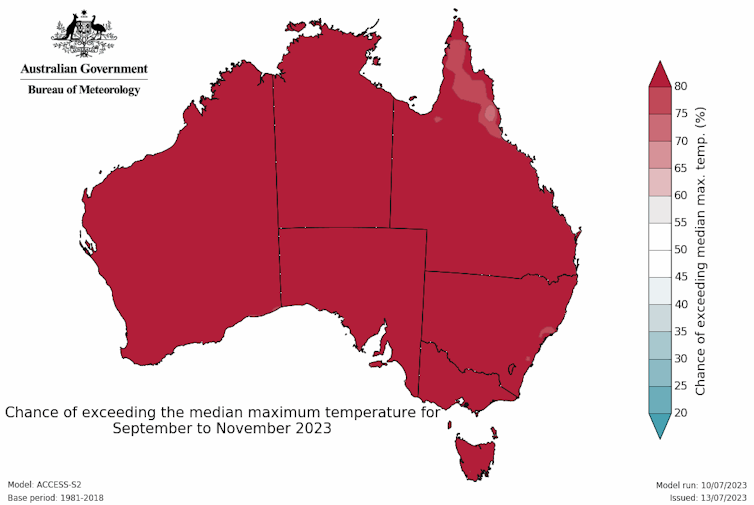
The extreme weather in the Northern Hemisphere isn’t strongly related to the developing El Niño. But by the time Australia’s summer arrives, we’ll likely see El Niño’s effects in the weather.
What’s more, another driver of Australia’s climate, the Indian Ocean Dipole, is likely to enter a positive phase in coming months.
This phase is associated with warmer seas in the west Indian Ocean. This leads to fewer low pressure systems, on average, over southeast Australia and less atmospheric moisture over most of the continent. This would likely suppress winter and spring rainfall over much of Australia and exacerbate an El Niño’s drying effect.
Not all El Niño and positive Indian Ocean Dipole events bring warm, dry weather. And there isn’t a strong relationship between the magnitude of an El Niño and the lack of rain in Australia. But these background climate conditions raise the chance of a warmer and drier spring.
We can’t yet predict if Australia will swelter this summer. But an El Niño increases the chance of hotter and drier summer conditions, with more heatwaves and a greater frequency of weather conducive to fire spread.
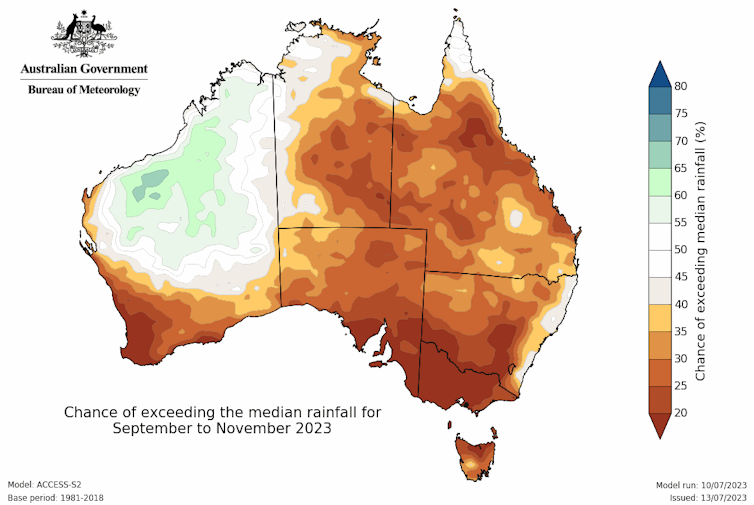
Australia In A Warming World
Of course, all this comes on top of human-driven global warming. In Australia, land areas have already warmed by 1.4℃ over the past century, and the cool summers common before 1980 are now far less likely.
In fact, even if global warming is limited to well below 2℃, historically hot summers in Australia will become common.
The Northern Hemisphere’s current extreme weather, and predictions of hotter summers in Australia, are all evidence of humanity’s fingerprints on Earth’s climate. This should spur urgent action to reduce greenhouse gas emissions.
Because if global warming continues, Australia is certain to be hit by more record-breaking heat events – and that is not something we want to experience. ![]()
Andrew King, Senior Lecturer in Climate Science, The University of Melbourne
This article is republished from The Conversation under a Creative Commons license. Read the original article.
European heatwave: what’s causing it and is climate change to blame?

Europe is currently in the midst of a heatwave. Italy, in particular, is expected to face blistering heat, with temperatures projected to reach 40℃ to 45℃. There’s even a chance that the current European temperature record of 48.8℃, set in Sicily in 2021, could be surpassed.
Searing temperatures have spread to other countries in southern and eastern Europe, including France, Spain, Poland and Greece. The heat will complicate the travel plans of those heading to popular holiday destinations across the region.
Heatwaves, which are defined as prolonged periods of exceptionally hot weather in a specific location, can be extremely dangerous. Europe has experienced its fair share of devastating heatwaves in the past.
In 2003, a heatwave swept across Europe, claiming the lives of over 70,000 people. Then, in 2022, another heatwave hit Europe, resulting in the deaths of almost 62,000 people.
The current heatwave is being caused by an anticyclone named Cerberus after the three-headed monster-dog that guards the gates of the underworld in Greek mythology. An anticyclone – or high-pressure system – is a normal meteorological phenomenon in which sinking air from the upper atmosphere brings about a period of dry and settled weather with limited cloud formation and little wind.
High-pressure systems tend to be slow moving, which is why they persist for days, or even weeks at a time. They often become semi-permanent features over large areas of land. When high pressure systems form over hot land, in regions like the Sahara, the stability of the system generates even hotter temperatures because the already warm air is heated even more.
Eventually, the anticyclone will weaken or break down and the heatwave will come to an end. According to the Italian Meteorological Society, the Cerberus heatwave is expected to persist for around two weeks.
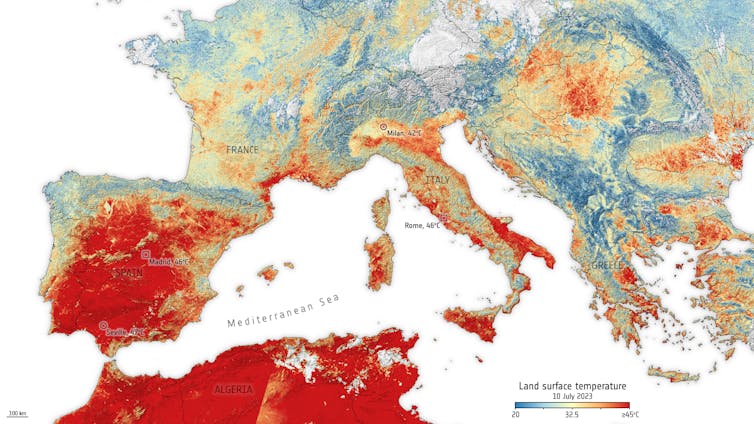
What Role Does Climate Change Play?
High pressure systems, like the one currently affecting Europe, have been expanding northwards in recent years. It’s difficult to ascribe a single event, such as a heatwave, directly to climate change. But as temperatures continue to warm, we are seeing changes in atmospheric circulation patterns that can lead to increased occurrences of extreme temperatures and drought in Europe.
Research by the Intergovernmental Panel on Climate Change confirms this trend. Its data shows an increase in the frequency and magnitude of extreme weather events since the 1950s. A separate analysis of European heatwaves revealed an increasing severity of such events over the past two decades.
In the summer of 2022, southern Europe experienced higher temperatures than usual for that time of the year. Spain, France and Italy saw daily maximum temperatures exceed 40°C. The EU’s Copernicus Climate Change Service attributed these unusually hot conditions to climate change and suggested that such events are likely to become more frequent, intense and last longer in the future – indicating a concerning trend that may continue this year.

The Dangers Of Extreme Heat
Heatwaves and extreme temperatures impact human health in a number of ways. These conditions can cause heatstroke, leading to symptoms like headaches and dizziness. Dehydration resulting from the heat can also affect respiratory and cardiovascular performance.
There have already been reports of heat-related health incidents in Europe during the ongoing heatwave. An Italian road worker died, and there have been numerous cases of heatstroke reported across Spain and Italy.
The Italian Ministry of Health has advised residents and visitors in affected areas to take precautions like staying out of the sun during the hottest part of the day, remaining hydrated and to avoid alcohol consumption.
But the effects of heatwaves go beyond individual health. They have broader social and economic consequences too. Extreme heat can damage road surfaces and even cause railway tracks to buckle.
Heatwaves can also lead to reduced water availability, affecting electricity production, crop irrigation and drinking water supply. In 2022, scorching heat meant French nuclear plants were unable to run at full capacity as higher river temperatures and low water levels affected their cooling ability. Research indicates that extreme heat has already had a negative impact on economic growth in Europe, lowering it by up to 0.5% over the past decade.
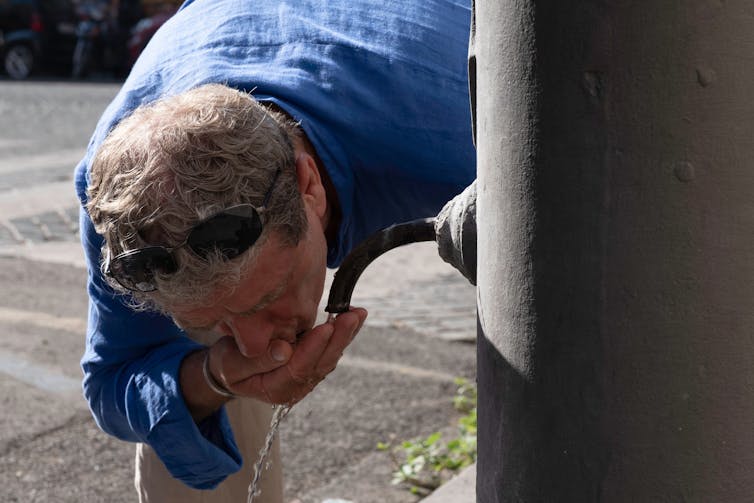
As temperatures continue to rise, heatwaves will become more severe. It’s crucial that governments worldwide take swift and decisive action to reduce greenhouse gas emissions immediately.
However, it’s important to note that even if we were to completely halt global greenhouse gas emissions today, the climate would still continue to warm. This is due to the heat that is already absorbed and retained by the oceans. While we can slow down the rate of global warming, the effects of climate change will continue to be experienced in the future.![]()
Emma Hill, Associate Professor in Energy & Environmental Management, Coventry University and Ben Vivian, Assistant Professor in Sustainability & Environmental Management, Coventry University
This article is republished from The Conversation under a Creative Commons license. Read the original article.
Mining the seabed for clean-tech minerals could destroy ecosystems. Will it get the green light?

A little-known organisation is meeting this week in a conference centre in Jamaica. The rules the International Seabed Authority (ISA) are drafting could have immense impact.
That’s because this United Nations body has the power to permit – or deny – mining on the deep seabed, outside any nation’s exclusive economic zones. Boosters say the billions of tonnes of critical minerals like nickel, manganese, copper and cobalt lying in metal-dense nodules on the seabed could unlock faster decarbonisation and avoid supply shortages.
Developing Pacific nation Nauru has led the charge to open up the seabed for mining, seeing it as a new source of income. (Ironically, Nauru itself was strip-mined for guano, leaving a moonscape and few resources.)
But researchers warn the mining could trash entire ecosystems, by ripping up the sea floor or covering creatures with sediment. Early indications from trial mining efforts suggest the process is worse than expected, with long-lasting impact on sealife.
Almost 20 governments are calling for a moratorium or slowdown on mining. But China, Russia and South Korea are pushing for mining to begin.
The ISA has already missed its July 9 deadline to produce regulations governing seabed mining. That could mean we’re heading for a deep-sea free-for-all.
Why Mine The Deep Sea At All?
Because no one owns it, and because parts of it are rich in easily accessible metals (once you get to the bottom, that is). Land-based mining usually involves processing vast volumes of rock, taking out the minerals you want and leaving the tailings behind. But on the seabed, things are different.
The main area prospectors are eyeing off is the Clarion-Clipperton Zone, an abyssal plain 4,000–5,000 metres deep east of Hawaii. Here, plate tectonics and underwater volcanoes have produced huge numbers of polymetallic nodules, accretions of minerals about 10-15 centimetres wide. They grow glacially slowly, about one centimetre every million years. But there are a lot of them – an estimated 21 billion tonnes in this zone alone, according to the ISA.
By 2050, demand for nickel and cobalt to make electric vehicle batteries could grow by up to 500%, according to the World Bank. That’s why companies like Nauru’s partner, The Metals Company, are investing in this type of mining.
Seabed mining, they argue, is an environmentally better option than expanding land-based mining into more challenging locations, mining low-grade ore bodies and risking contaminating waterways.
Boosters say seabed mining in international waters avoids the risk of dominance by a few countries or suppliers. For instance, the Ukraine-Russia war has hit battery grade nickel availability, as Russia is the primary global supplier.
But What About The Environment?
This is the sticking point. The seabed in question is a pristine environment. While fishing trawlers already tear up large areas of seafloor to devastating effect, mining would open up even more of the seabed.
Opposition has come from many conservation organisations, civil society representatives, governments like Canada, Germany, Fiji and Papua New Guinea. They want a moratorium on seabed mining based on the precautionary principle – not acting until we know what impact it will have. They argue we lack the technology to monitor the seabed and knowledge of the ecosystems of the deep, meaning we cannot be certain seabed mining can proceed without causing serious and long lasting harm. Early research shows this type of mining can be destructive.
Should The ISA Have The Power To Decide This?
It took 25 years for the UN to negotiate the law of the sea treaty. The treaty is clear about how we should protect and use the seabed, as part of the “common heritage of mankind”. The ISA was created to steward these commons, with the power to make rules in international waters. These cover two-thirds of the world’s oceans and 90% of known polymetallic nodule deposits.
The problem is many governments and organisations don’t think it’s fit for purpose.
The ISA is, like some other UN bodies, a complex bureaucracy and has been criticised for lacking transparency. Even though all 167 nations which signed the law of the sea treaty are automatically ISA members, critical decisions can be made with far fewer.
Applications to mine the seabed are approved or denied by the ISA’s council, which has 36 members. Council decisions stem from recommendations by a legal and technical commission, made up of 30 members appointed by the council. Dominated by lawyers and geologists, this commission, according to NGOs and governments, has ignored comments and critique. Only a handful of the members have environmental expertise.
The council is also geared towards mineral extraction, with many members elected on the basis they already export minerals like nickel and manganese, have invested heavily in seabed mining technology, and already use significant volumes of these minerals.
The ISA’s secretary general Michael Lodge was earlier this year criticised by the German government for allegedly pushing to permit mining, an accusation Lodge rejected.
So Is It A Done Deal?
Ideally, the authority would have more time to develop rigorous rules based on good environmental assessments.
But time is up. Two years ago, Nauru triggered a clause giving the ISA two years to produce a mining code and rules – a feat it had not previously managed. Those two years were up on July 9th and the code isn’t out. That means it’s now legally possible to lodge mining applications.
So because of the delays, we may be heading for a future where seabed mining becomes legal by default – without rules to govern it at all. ![]()
Claudio Bozzi, Lecturer in Law, Deakin University
This article is republished from The Conversation under a Creative Commons license. Read the original article.
The Northern Territory does not have a crocodile problem – and ‘salties’ do not need culling
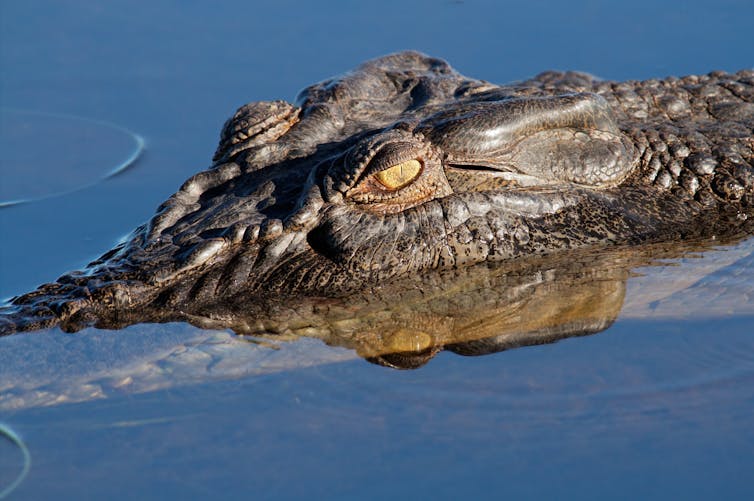
Last week, a 67-year-old man was bitten on the arm by a saltwater crocodile at a waterhole in the Northern Territory’s Top End. Predictably, the incident has prompted debate over whether a crocodile cull is needed.
The incident occurred in Litchfield National Park at Wangi Falls, a popular tourist spot. The man was hospitalised with non-life threatening injuries. Authorities later removed and killed the 2.4 metre crocodile responsible for the attack.
Fatal crocodile attacks in the NT peaked in 2014 when four people died. The last fatal incident in the territory occurred in 2018 when an Indigenous ranger was killed while fishing with her family.
Despite the low number of fatal attacks in recent years, NT Chief Minister Natasha Fyles said last week the territory’s crocodile population had risen dramatically in recent decades and “it’s time for us to consider” if culling should be reintroduced.
This is an over-reaction to a fairly isolated incident. Data suggest the saltwater crocodile population in the NT does not need to be culled and their management does not need changing.
Getting To Grips With ‘Salties’
Saltwater crocodiles, fondly known in Australia as “salties”, are the largest in the crocodilian order of reptiles and can grow to six metres.
Hundreds of saltwater crocodile attacks on humans are reported globally each year. This, as well as demand for crocodile skins, has resulted in the species being eradicated from much of its former range.
The saltwater crocodile was once found widely across the Indo-Pacific region. Now, there are no saltwater crocodiles in several countries including Cambodia, China, Seychelles, Thailand and Vietnam.
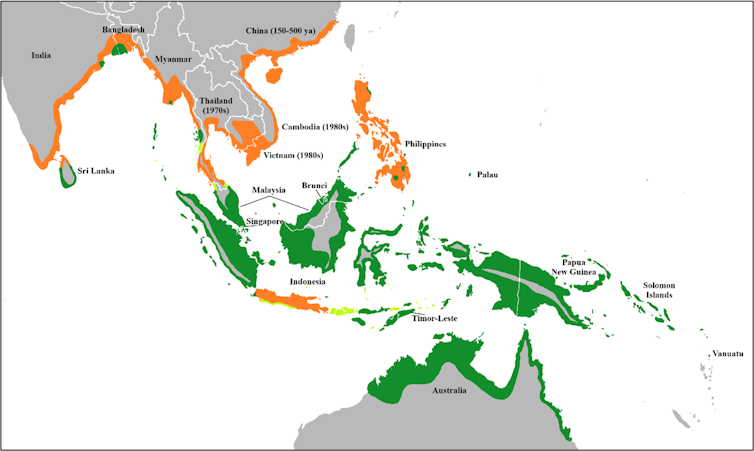
Elsewhere, saltwater crocodile populations declined dramatically last century. In the Northern Territory, crocodile numbers dropped to about 5,000 before a culling ban was introduced in 1971. The species’ numbers have since rebounded to more than 100,000.
In some areas, recovering crocodile populations come into conflict with humans. This can occur when, for example, humans destroy the species’ habitat or their prey becomes scarce due human activity such as overfishing and poaching. This can force the species to relocate, bringing them closer to people.
Saltwater crocodiles have long been known to enter Wangi Falls during the wet season, when the location is closed to the public. In fact, a 3.4 metre crocodile was captured there in January this year.
It’s never 100% safe to swim at locations within the natural range of saltwater crocodiles. However, Wangi Falls is considered reasonably safe for swimming during the dry season (May to October) because park officials survey and remove crocodiles before it opens to the public each year.
So what went wrong in this case? We don’t know for sure. The crocodile in question was relatively small: perhaps it wasn’t spotted during surveys. Or it could have just arrived after surveys were conducted.

The Current Approach Works
Following last week’s crocodile attack, Fyles said culling may be needed, telling the media:
I think it’s time for us to consider: do we need to go back to culling considering the significant increase in the crocodile population, and the impact it’s happening, not just on our tourists and visitors, but also locals?
These comments are surprising. Recent data for the Top End suggests crocodile populations are stabilising. And the rarity of fatal attacks on humans indicates the territory’s crocodile management plan is effective.
The plan involves, among other measures, removing problem crocodiles, raising public awareness around safely co-existing with the animals, and monitoring their impact.
Since 2018, the NT has experienced one fatal saltwater crocodile attack while Queensland has experienced two. That’s despite an average saltwater crocodile density in the territory of 5.3 individuals per kilometre – three times more than in Queensland.
This, coupled with data from outside Australia, suggests the frequency of crocodile attacks depends more on human behaviour and population density than how many crocodiles are in a given area.
In Indonesia, crocodiles killed at least 71 people last year alone. Yet the crocodile population there is likely small and recovering, based on the limited number of surveys conducted.
In the Indonesian province of East Nusa Tenggara, for example, crocodiles killed at least 60 people between 2009 and 2018. Yet surveys suggest their average density is only 0.4 per kilometre. The situation is similar on the island of Sumatra, as well as parts of Malaysia.
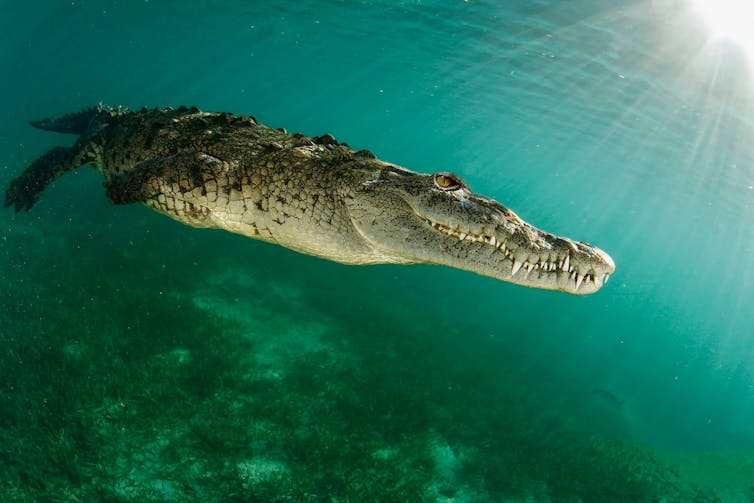
The Downsides Of Culling Crocs
Culling saltwater crocodiles isn’t just bad for the species. It can also have negative consequences for humans.
The public could be lulled into a false sense of security and think a location is safe for swimming, even though crocodiles remain.
And seeing saltwater crocodiles in the wild is important to the NT’s economy. Culling them could damage the NT’s reputation as an ecotourism destination.
Lastly, culling dominant male crocodiles can be dangerous. Saltwater crocodiles are the most territorial of all crocodilians. When one is removed, other large crocodiles begin to compete for the newly available territory. This can present a threat to public safety.
The crocodile population in the NT does not need to be culled. Indeed, the territory’s current crocodile management plan is an example of large predator conservation done right.![]()
Brandon Michael Sideleau, PhD student studying human-saltwater crocodile conflict, Charles Darwin University
This article is republished from The Conversation under a Creative Commons license. Read the original article.
How a surfing sea otter revealed the dark side of human nature

Surfers often talk about how the sport helps them reconnect with nature, but a recent episode involving an otter with a love for surfboards shows just how brittle our love for wildlife really is.
The authorities are trying to capture and remove said otter from her native environment for climbing onto a man’s surfboard in Santa Cruz, California. In a video of the incident published on Twitter, the otter is seen clambering onto the surfer’s board where she appears to play with it. Wildlife officials described the otter’s behaviour as aggressive.
People have joked that the otter has joined the orca uprising, referring to the killer whale attacks on boats off the coast of Spain. A researcher said the orcas are attacking sailboats for an “adrenaline shot”.
If you watch the video, you will notice that the otter remains at the opposite end of the board to the surfer. But the language used by the media, and the authorities they quote, is far more telling than the otter’s behaviour.
War On Nature
We often use the language of combat to describe unusual events and to make sense of what seems like an imbalance in the world. Words like “conflict” and “clash” fit into an oppositional narrative, which is a simpler way to tell stories than, say, “unusual interaction”. Often, as storytellers in all fields, we humans describe the world, our local environment and to whom they “belong”, as a kind of fight – for example: “force of nature” and “triumph of civilisation”.
Any number of things could explain the Santa Cruz otter’s behaviour, including fear, anxiety, protective territorialism, curiosity and perhaps even aggression. People blame the otter, without stopping to think what our use of this space – their home – may mean to otters. This particular otter may go through the trauma of being trapped, torn from her home and relocated. Yet it is the otter that is considered the aggressor.
The physicist and ecological philosopher Karen Barad urges us to rethink our interactions with the ecological world not as one of ownership or dominion, but entanglement. She wrote that existence is not an individual affair and that people don’t exist separately from their interactions with other beings. Individuals of any species live as part of an entangled existence with other living creatures.
Our Connection To The Natural World
Both otters and humans live in this watery coastal space in ways that are unique but intertwined. When our entanglement with nature becomes conflict, there will be casualties, which tend overwhelmingly to be the animals.
We impose human character traits, such as anger, onto animals without applying sensitivity to their motives. We reduce their complex experiences, feelings and cognition to a single action if they don’t behave how we think they should (otters must be cute).
Think of clichés, such as “stubborn as a mule”. Who wouldn’t be stubborn under threat of whipping or while carrying a huge load? We also borrow from nature for insults such as bitch, dozy cow and pig. We’ll use these words to describe human qualities. But we don’t stop to question the motivation behind animals’ behaviour.
If we reverse the language in the news stories about the sea otter we could say the sea otter had her home invaded by a large, aggressive animal. And that animal’s kin now wants to kidnap and incarcerate her.
The language of combat works for neither party. It doesn’t work for the humans who impose it, because when you flip the language you ignore the fact humans are scared too, and confused because this animal they think of as cute and cuddly is turning against them.
People love otters, but western representation of otters has disconnected us from the random and varied complexities of their behaviour in nature.
We need to learn to share the Earth. And for that we need to change both our language and behaviour. Combat metaphors must be replaced with language about sharing and opening space for the animal.
This story reminds me of the childhood trauma of an entire generation who watched the beautiful film Ring of Bright Water (1969), where an otter is the star. This film is an interesting portrayal of the individuality of animals and how that conflicts with the way we reduce them to pests or nuisances.
Films and stories often use a distinctive animal or human character to remind us that each of Earth’s occupants are individuals. Categorising animals as a species or other mass groupings is what makes us feel as though we can destroy them as “vermin” or “pests”.
Are humans not pests to many animals just trying to thrive? The Evening Standard article ends with this quote from a marine expert: “They’re actually pretty aggressive animals. They’re not as cute and cuddly as people tend to think.”
He could easily have been talking about humans.![]()
Patricia MacCormack, Professor of Continental Philosophy, Anglia Ruskin University
This article is republished from The Conversation under a Creative Commons license. Read the original article.
Wildlife wonders of Britain and Ireland before the industrial revolution – my research reveals all the biodiversity we’ve lost

Travel back with me a few hundred years to before the industrial revolution, and the wildlife of Britain and Ireland looks very different indeed. Take orcas: while there are now less than ten left in Britain’s only permanent (and non-breeding) resident population, around 250 years ago the English cleric and naturalist John Wallis gave this extraordinary account of a mass stranding of orcas on the north Northumberland coast:
Sixty-three of them came on shore at Shorestone, 29th July 1734, about noon – 60 of which were between 14 and 19 feet long, and the other three about eight feet. They were all alive when they came on shore and made a hideous noise, but they were soon killed by the country people, who removed them one by one with six oxen and two horses, and made about ten pounds by their blubber. The same kind of noise was heard in the sea the night before by the shepherds in the fields, when it is supposed they were sensible of [the orcas’] distress in shoal-water.
If this record is reliable, then more orcas were stranded on this beach south of the Farne Islands on one day in 1734 than are probably ever present in British and Irish waters today. In his natural history of Northumberland, Wallis describes the orca as a “great enemy to the whale” and waging fierce battles with common thresher sharks, which use their long tails as weapons.
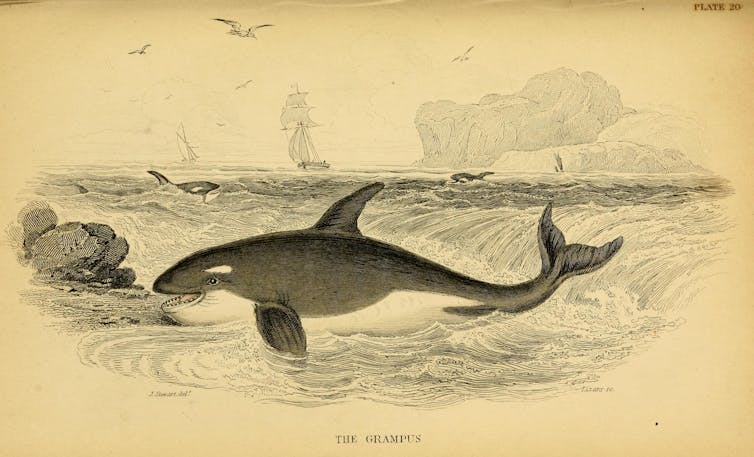
Other careful naturalists from this period observed orcas around the coasts of Cornwall, Norfolk and Suffolk. I have spent the last five years tracking down more than 10,000 records of wildlife recorded between 1529 and 1772 by naturalists, travellers, historians and antiquarians throughout Britain and Ireland, in order to reevaluate the prevalence and habits of more than 150 species for my new book, The Atlas of Early Modern Wildlife.
In the early modern period, wolves, beavers and probably some lynxes still survived in regions of Scotland and Ireland. By this point, wolves in particular seem to have become re-imagined as monsters, looming around every corner in the imaginations of writers such as Robert Gordon of Gordonstoun:
The violence and numbers of most rapacious wolves … prowling about wooded and pathless tracts causing great loss of beasts and sometimes of men, are such that, driven from almost all the rest of the island, they seem to have fixed their lairs and their homes [in Strathnaver]. Assuredly, they are nowhere so plentiful.
Elsewhere in Scotland, the now globally extinct great auk could still be found on islands in the Outer Hebrides. Looking a bit like a penguin but most closely related to the razorbill, the great auk’s vulnerability is highlighted by writer Martin Martin while mapping St Kilda in 1697:
The stateliest as well as the largest of all the fowls here … stands stately, its whole body erected, its wings short. It flieth not at all, and lays its egg upon the bare rock which, if taken away, it lays no more for that year.
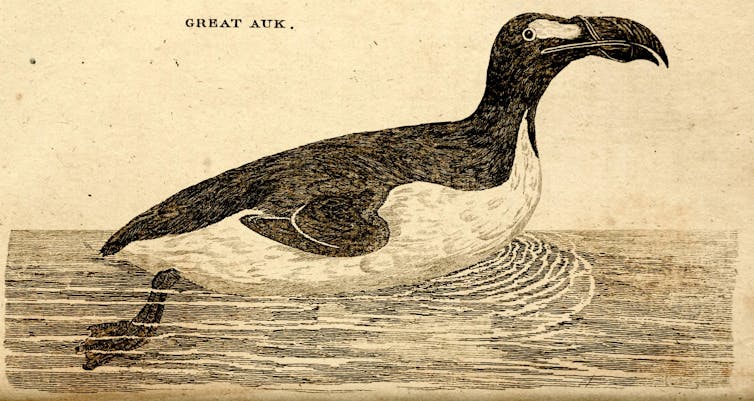
While white-tailed eagles, bustards and cranes were also all much more common than they are today, some other now-ubiquitous species were much less common before the industrial revolution. Rabbits were still mainly a coastal species except in lowland England, and roe deer were found wild only in the north of Scotland and Eryri (Snowdonia) in north-west Wales. There were no grey squirrels, and brown rats were only introduced at the very end of the period.
On the other hand, red squirrels and ship rats were still widespread, and pine martens and “Scottish” wildcats were also found in England and Wales. Fishers caught burbot and sturgeon in both rivers and at sea, where they also pulled in plentiful amounts of tuna and swordfish, as well as now-scarce fishes such as the angelshark, halibut and common skate. Threatened molluscs like the freshwater pearl mussel and oyster were also far more widespread.
However, despite the abundance and diversity of wildlife at this time, the authors of my sources were not what I would call conservationists. In many ways, they had more in common with modern game hunters and anglers, in that they often fished and shot, and they valued wildlife as a resource and for recreation, rather than recording it in order to help preserve it.
Britain’s Early Naturalists
From the early 16th century to the late 18th, the prevailing belief was that God had furnished Britain and Ireland with wildlife to serve human needs. Animals were valued as food, medicine and for the “services” they could provide, including pest control and lawn mowing.
Scholars today sometimes describe our current era as the Anthropocene – the period in Earth’s history when humans dominate the planet’s natural systems. While the question of when, exactly, this period started is really for geologists and climate scientists, the naturalists writing 250-500 years ago do already show evidence of “Anthropocene-thinking”.
Most of the sources I have read demonstrate an unequivocal belief in humans’ rightful domination of nature. These authors can be called “naturalists”, in that they were writing natural histories, but their interest in wildlife was very utilitarian. Many describe refining their methods to produce higher yields in farming and fishing, while others are fascinated by the opportunities presented by discovering new natural resources.

This article is part of Conversation Insights
The Insights team generates long-form journalism derived from interdisciplinary research. The team is working with academics from different backgrounds who have been engaged in projects aimed at tackling societal and scientific challenges.
Naturalists travelling outside Europe in this period commonly used slave trading routes and vessels to sail, raised money for their collections via the slave trade, and wrote descriptions of foreign lands partially in the hope they could be exploited for profit as colonies and plantations. In the accounts of these naturalists, the obsession with finding gold displayed in the earlier journals of Christopher Columbus had blossomed into a general mania for cataloguing the natural resources of the Earth.
Predators such as wolves that interfered with human happiness were ruthlessly hunted. Authors such as Robert Sibbald, in his natural history of Scotland (1684), are aware and indeed pleased that several species of wolf have gone extinct:
There must be a divine kindness directed towards our homeland, because most of our animals have a use for human life. We also lack those wild and savage ones of other regions. Wolves were common once upon a time, and even bears are spoken of among the Scottish, but time extinguished the genera and they are extirpated from the island.
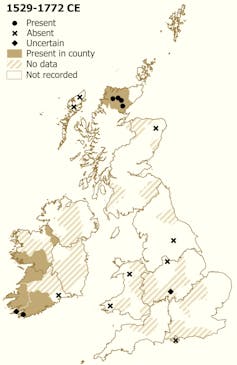
The wolf was of no use for food and medicine and did no service for humans, so its extinction could be celebrated as an achievement towards the creation of a more civilised world. Around 30 natural history sources written between the 16th and 18th centuries remark on the absence of the wolf from England, Wales and much of Scotland. Of these, the 17th-century text by Sibbald, a physician based in Edinburgh, is notable for using a network of correspondents based across Scotland and beyond. He invited responses to the following questionnaire:
I. What the Nature of the County or place is? And what are the chief products thereof?
II. What Plants, Animals, Mettals, Substances cast up by the Sea, are peculiar to the place, and how Ordered?
III. What Forrests, Woods, Parks? What Springs, Rivers, Loughs? With their various properties, whether Medicinal? With what Fish replenished, whether rapid or flow?
Sibbald was one of a handful of authors to use the so-called Baconian method of natural history inquiry, inspired by the “father of empiricism” Francis Bacon. Bacon used specific research questions to focus his observations and experiments, and this method was further developed by Robert Boyle into a natural history survey which could be given to travellers. Sibbald circulated his questionnaire to educated people across Scotland, then compiled the data in a manner which I and others have compared to modern crowd-sourced citizen science.
Much like Sibbald’s natural history, the writing of Richard Pococke, bishop of Ossory in southern Ireland in the mid-18th century, was informed by people he met on his travels. He writes in a style thick with detailed descriptions and local curiosities, so that readers can imagine travelling with him and stopping to study the landscapes, buildings and ruins along the way.

In Pococke’s 1760 Tour of Scotland, he describes being told about a wild species of cat – which seems, incredibly, to be a lynx – still living in the old county of Kirkcudbrightshire in the south-west of Scotland. Much of Pococke’s description of this cat is tied up with its persecution, apparently including an extra cost that the fox-hunter charges for killing lynxes:
They have also a wild cat three times as big as the common cat. They are of a yellow-red colour, their breasts and sides white. They take fowls and lambs, and brede two at a time … It is said they will attack a man who would attempt to take their young ones, but (men) often shoot them and take the young. The country pays about £20 a year to a person who is obliged to come and destroy the foxes when they send to him.
Strikingly, unlike earlier possible accounts of the Scottish lynx,, there is no celebration of the animal’s fur in this passage. Pococke’s informants simply seem to have thought of the animal as an annoyance which needed to be hunted out of existence – which soon afterwards, it was. Based on Pococke’s description, I think the loss of the lynx would have been celebrated by locals as much as the loss of the wolf.
Early Concerns About Species Decline
The early modern environment was hardly a pristine wilderness. Almost every part of Britain and Ireland was regularly visited and, to differing degrees, exploited by human inhabitants.
This period also had its own climate crisis. The “little ice age” was a period of very cold weather that affected the North Atlantic region, in particular between 1550 and 1700. The growing season was typically three weeks shorter, there were severe famines in some decades, and there are accounts of sea ice off the coast of southern England.
The change was almost certainly not caused by humans, and was not nearly as severe a phenomenon as modern global heating is likely to become over the next century – but it nevertheless had a noticeable impact on the countries’ wildlife.
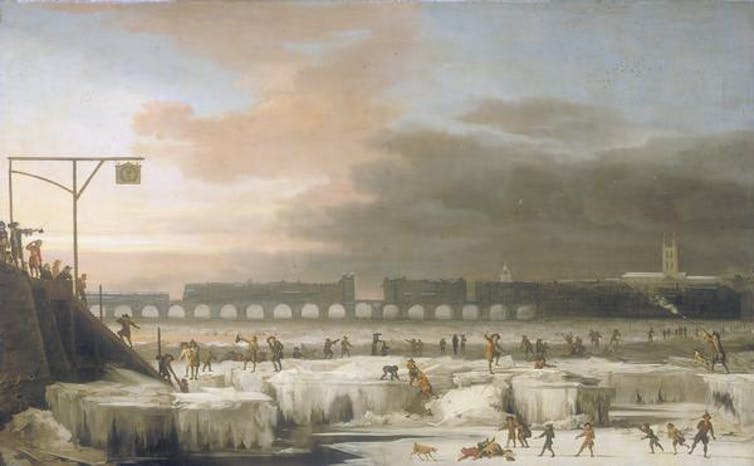
One important witness of its effects was Hugh Leigh, a minister based on Bressay in the Shetland Isles and correspondent for Sibbald’s Scotia Illustrata at the end of the 17th century. Clergymen often contributed to scientific research in this period because they were literate, had university degrees, and had time to pursue such interests as writing about wildlife.
Leigh, who wrote an especially detailed account of Bressay, Shetland’s fifth-largest island, would probably have been shocked to hear us praise the 17th century as a time of great biodiversity in Britain. His writing shows how concerned he was, in particular, about the decline of fish stocks in the waters around his home:
In old time the sea about this Coast was well stored with all common sort of fishes, as Mackerels, Herrings, Lings, Cods, Haddocks, Whiting, Sheaths, but especially with Podlines – young Sheaths which in fair weather would come so near to the shore that men and children, from the Rocks with Fishing-rods, could catch them in abundance. But all kinds of Fishing is greatly decayed here, notwithstanding that greater pains is taken by the Fishers now than ever before, who with small Norway Yoolls, two or three men in each of them, will adventure to the far sea and oft times endure hard weather.
Leigh is writing near the height of the little ice age, which I think explains his description of “greatly decayed” fish stocks. Cod in particular need temperatures of 3–7°C to breed, and we know that the cod fisheries also failed off Iceland, Norway and the Faroe Islands between the 1680s and 1700s.
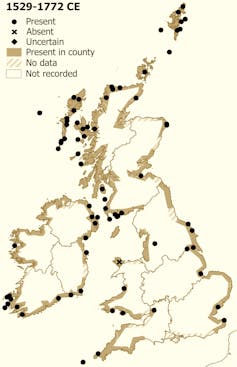
The decline of cold-sensitive species would likely have had a complicated impact on more cold-hardy species – many marine fishes have an exact isotherm preference, so would have moved to deeper or shallower water, or north or south, in response to changing water temperatures. The end result seems to have been significantly reduced fisheries around Shetland for some time, although Leigh would never learn the explanation for the changes he was observing.
Other writers did, however, propose a range of explanations for the changes in fish stocks. For example, Hector Boece, a 16th-century historian with a flair for the dramatic, describes the loss of the herring fishery near Inverness as being due to “divine wrath” against the town.
Later observers came up with more scientific explanations. In the 18th century, Dublin authors Walter Harris, a pensioned historian, and Charles Smith, a prolific author of natural histories, write of five possible explanations for the loss of herring fisheries around County Down. These include burning too much kelp or polluting the ocean with “garbage of fish” and other “offensive things”; marine mammals such as seals or whales eating all of the herring; and fishing vessels interfering with the fish immediately after spawning, or catching juveniles before they are ready to be caught.
Some of these explanations feel startlingly modern, as do some of the mitigations these two authors suggest in response – including introducing a minimum mesh size of one inch, and avoiding catching fish that have just spawned. Both measures would not be seem out of place in a modern fisheries management plan:
Trail Nets with narrow meshes are great Engines for the Destruction not only of the profitable Herring (which is allowable) but of the Cobbs and young Fry, which are of little Value. To which may be added the common Practice in most Places of taking up the Cobbs in Sieves and using them as Food, when Hundreds of them are scarce equal in Value to one full grown Herring. These Practices therefore should be reformed as much as possible, and the Nets, wherein the Fish are drawn, should have their Meshes an Inch square, that in taking the larger Fish the Fry may escape.
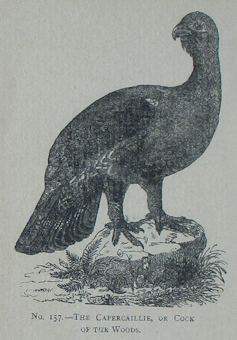
The capercaillie is another example of a species whose decline was correctly recognised by early modern writers. Today, this large turkey-like bird – famous for the males’ elaborate courtship rituals – is found only rarely in the north of Scotland, but 250–500 years ago it was recorded in the west of Ireland as well as a swathe of Scotland north of the central belt.
At the start of his 16th-century history of Scotland, John Lesley, then the bishop of Ross who made his career as a senior advisor to Mary Queen of Scots, describes the capercaillie as a delicious bird with “a gentle taste, maist acceptable” that could be found in Ross-shire and Lochaber – but only among woods of native Scots Pine.
Charles Smith, the prolific Dublin-based author who had theorised about the decline of herring on the coast of County Down, also recorded the capercaillie in County Cork in the south of Ireland, but noted:
This bird is not found in England and now rarely in Ireland, since our woods have been destroyed. The flesh is highly esteemed.
Despite being protected by law in Scotland from 1621 and in Ireland 90 years later, the capercaillie went extinct in both countries in the 18th century – due, according to these accounts, to the combined pressures of deforestation and hunting. It was successfully reintroduced to Scotland a century later, and the modern population is descended from these reintroduced animals.
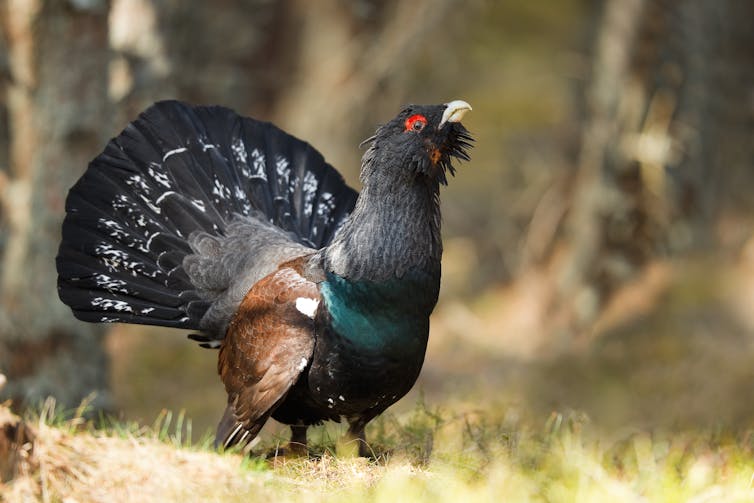
Excitement For The ‘Book Of Nature’
Nowadays, the popularity of bird watching as a hobby means these are the best-recorded species of animal in Britain and Ireland. In contrast, the best-recorded wild animals 250-500 years ago were mainly fish – from common freshwater species such as salmon, eel, trout and pike to the sea-dwelling herring, cod and oyster.

Some of the greatest scientists of the age were passionate about fish and the hobby of angling. Francis Willughby and John Ray devoted much of their lives to studying nature, and their De Historia Piscium (1686) includes more than 170 illustrations, drawn by Willughby and perhaps others, of the fish they describe with meticulous accuracy. Commercially, the book was a disaster, but the copies that remain today are a tribute to the increasing interest in ichthyology (the study of fish) during the 17th century.
Willughby and Ray’s canonical, illustrated handbooks – also on birds and quadrupeds and snakes – would later impress the Swedish botanist and zoologist Carl Linnaeus for their advanced taxonomy and close physical descriptions.
Other books were even more ambitious. Another of the most famous naturalists of the period, Martin Lister, included more than 1,000 illustrations in his Historiae Conchyliorum – essentially, volumes of scientific illustrations of molluscs, all shown in taxonomic order. The cost to hire an illustrator for this would have been prohibitive so Lister made it a family project, with his two teenage daughters, Susanna and Anna, completing the illustrations over a number of years. Lister closely supervised their work, sometimes demanding corrections if their sketches were not accurate enough.
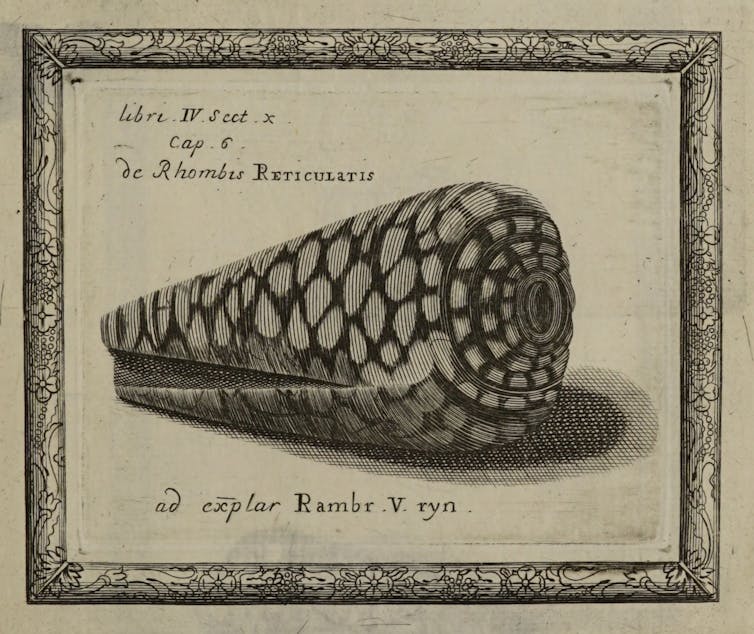
Naturalists in this early-modern period prided themselves in not just repeating the observations of earlier writers, but consulting local informants and studying “the book of nature” for themselves. At times, the authors’ excitement for their field observations seems to jump off the page.
In 1713, Francis Nevill, a member of the Ulster gentry, wrote a letter published in the Philosophical Transactions of the Royal Society of London. Nevill describes Lough Neagh – the largest lake on the island of Ireland – with mounting enthusiasm for its trees (“some of them have lain there some hundreds of years”), the healing quality of its water (“I look upon it to be one of the pleasantest bathing places I ever saw”), and its fish:
It does not abound with many sorts of Fish, but those there are are very good, such as Salmon, Trout, Pike, Bream, Roach, Eels and Pollans, with which last it does abound.
As well as hinting at a growing appreciation of nature “for its own sake”, rather than its utility for humans, records like this suggest some revisions are needed to the accepted narratives of species expansion in Britain and Ireland.
For example, the pike is normally considered to be an invasive species in Ireland, naturalised relatively recently. Yet the enthusiastic naturalists of early-modern Ireland record it widely – there are 15 records of it occurring on the island in the 17th century alone. This suggests it had been introduced, or perhaps even colonised, much earlier than previously suspected.
The plentiful “pollan” that Nevill describes is also noteworthy. At first, I thought his reference referred to the strange fish now known as the Irish pollan, which is a relic of the ice age most commonly found in Siberia, Alaska and Canada. Across western Europe, it lives exclusively in five loughs in Ireland.
However, Nevill goes on to describe his pollan as migrating to the sea, which makes that identification very improbable. Closer reading of this passage and others suggests that the name pollan at this time in fact referred to the saltwater shad. For such an important species, proper identification of historical records is vital.
Excitement about local creatures was not only the purview of enthusiastic academics like Nevill. Travel writers often incorporated passages of nature writing too – none more famous than Daniel Defoe, author of Robinson Crusoe, who published his Tour thro’ the Whole Island of Great Britain between 1724 and 1726.
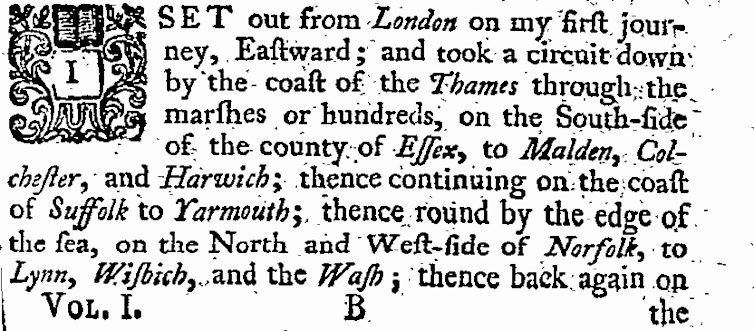
Almost 300 years later, it remains a much-admired source for historians studying this period – and Defoe’s descriptions are certainly more exciting (and succinct) than Pococke’s subsequent accounts. When crossing into the north-west Highlands of Scotland, for example, Defoe pauses to exclaim with wonder on the wildlife, including what he seems to have taken to be the last of the great eagles of Britain:
The mountains are so full of deer, harts, roebucks etc. Here are also a great number of eagles which breed in the woods, and which prey upon the young fawns when they first fall. Some of these eagles are of a mighty large kind, such as are not to be seen again in those parts of the world. Here are also the best hawks of all the kinds for sport which are in the kingdom, and which the nobility and gentry of Scotland make great use of – for not this part of Scotland only, but all the rest of the country abounds with wild-fowl.
Sea eagles were being recorded much more widely than they are today around Britain and Ireland – including around East Anglia and Cornwall, in the uplands of Eryri, and throughout an inland swathe from Peebles in south Scotland down into England as far south as Derbyshire.
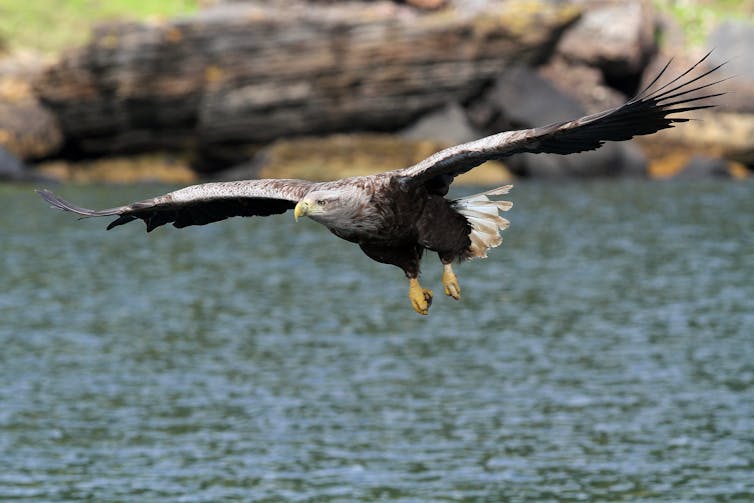
But by Defoe’s time, their numbers were declining rapidly – and by the end of the 18th century, sea eagles were essentially extinct across England and Wales. He and other authors wrote wistful accounts about the loss of the species, but like the capercaillie before it, people were powerless to prevent the extinction of these “mighty large” species. The sea eagle, though, has been the subject of several reintroduction projects over the last few decades, and with luck may yet recover much of its former range.
Early Signs Of Ecological Protest
Defoe was far from the only literary author interested in the environment at this time. John Taylor, also known as the Water Poet, published entertaining poetic accounts of his trips along the rivers of England – most famously his trip to the mouth of the Thames in a boat made of brown paper
Within mainstream literature, plays written in London often engaged with environmental issues including food, water and timber shortages; air, water and noise pollution; the growing population level; and the decline of game animals.
Among all the accounts I have studied, while it is rare for naturalists to question humans’ right to dominion over nature, the most radical, ecologically sustainable philosophies come from poets of this time. They often wrote poems to trees and animals, and would sometimes even assign nature its own voice.
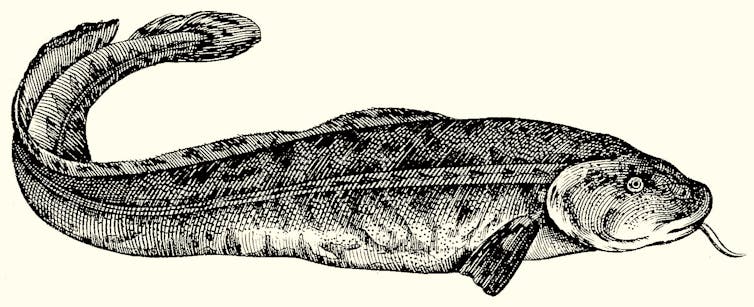
The Powte’s Complaint is a protest ballad probably written in 1619 to bewail the drainage of the Fens around Ely and Wisbech in Cambridgeshire. Attributed in one manuscript to a “Peny” of Wisbech, it is written from the perspective of a burbot, a freshwater species of cod commonly found in the Fens at this time. (This fish is now nationally extinct, but may be soon be reintroduced.)
The ballad summons the “brethren of the water” – probably meaning local people as well as fish and other animals – to fight against the drainage scheme, which sought to create new pasture land:
Come, Brethren of the water, and let us all assemble,
To treat upon this matter, which makes us quake and tremble;
For we shall rue it if ’t be true that Fenns be undertaken,
And where we feed in Fen and Reed, they’ll feed both Beef and Bacon.
According to research by Todd Borlik and Clare Egan, the subject of complaint here was a plan to cut a canal through an area of common land south of Haddenham. This scheme would remove the ability of local people to catch fish, and also to transport their produce and fuel on the water. Protests against the scheme apparently culminated in a demonstration of some 2,000 people who lit bonfires, banged on drums and fired guns all night during a meeting of the Commission of Sewers in 1619.
Within the poem, the alliance of the “brethren of the water” seems to recognise the interdependence of humans and wildlife on each other, and on the environment of the Fens. A comparable example (I would be interested to hear of others from this period) is the Welsh poem Coed Marchan (Marchan Wood), written around 1580 by Robin Clidro, a wandering poet from the Vale of Clwyd in Denbighshire, known for his humorous rhymes.
Clidro’s poem tells the story of a group of red squirrels who go to London to present a petition against the felling of Marchan Wood for charcoal. As with The Powte’s Complaint, the use of the squirrel as narrator is a conceit, and the poem is really a protest against deforestation on behalf of human interests. But again, the author re-imagines the world from the perspective of animals:
Odious and hard is the law, and painful to little squirrels. They go the whole way to London, with their cry and their matron before them. Then on her oath she said, “All Rhuthyn’s woods are ravaged; my house and barn were taken one dark night, and my store of nuts.” The squirrels all are calling for the trees; they fear the dog.
Both poems suggest the existence of empathy for the wildlife being affected by human activity. Indeed, as the era of great industrialisation grows closer, some fascinating accounts emerge of new relations between humans and wildlife. In his Natural History of Stafford-shire (1686), for example, Robert Plot describes being told of:
Very unusual observations concerning scaled, as well as smooth fish … such as their breeding and living in Coal-works. There is an indisputable instance in the drowned Coal-pit-open-works S.W. of Wednesbury, into which Pike, Carp, Tench, Perch, etc. being put for breed, they not only lived but grew and thrived to as large a magnitude as perhaps they would have done any where else, and were to the palate as grateful.
Certainly, the naturalists, travel writers and poets of the 16th to 18th centuries all helped to record a wealth of wildlife throughout Britain and Ireland that is now hard to imagine – even as many also looked forward to its destruction in the quest for more stable, less hungry lives for the growing human population.
Our modern biodiversity crisis could be seen as the culmination of these early accounts, sped up by the arrival of the industrial revolution and the advent of farming on an industrial scale. Yet, in their glimpses of concern and excitement for the natural world, these early-modern accounts also reach across the intervening centuries to show us clear signs of the conservation movement that would emerge in parallel.

For you: more from our Insights series:
To hear about new Insights articles, join the hundreds of thousands of people who value The Conversation’s evidence-based news. Subscribe to our newsletter.![]()
Lee Raye, Associate Lecturer in Arts and Humanities, The Open University
This article is republished from The Conversation under a Creative Commons license. Read the original article.
Plastic pollution threatens birds far out at sea – new research
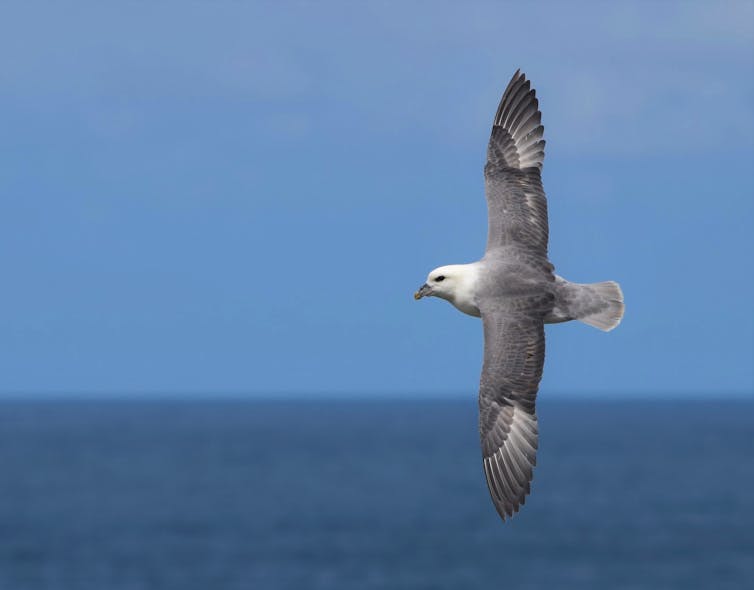
Seabirds are one of the world’s most threatened animal groups. They already contend with multiple issues, including climate change, accidental capture in fishing gear and being eaten by invasive species like cats and some rodents.
But these birds, which breed on land and forage for food at sea, are now facing another threat: plastic pollution. It’s becoming increasingly common to find seabirds that have ingested plastic as they forage for food.
A group of seabirds called petrels are particularly at risk. They roam vast areas of the ocean and cannot easily regurgitate the plastic they ingest. During the breeding season, they may even inadvertently feed this plastic to their chicks.
In our latest research, we tracked the movements of over 7,000 petrels of 77 different species. We combined this data with existing maps of marine plastic pollution to calculate an “exposure risk score” for each species. These scores enabled us to create a detailed picture of when and where seabirds are most at risk of encountering plastic pollution at sea.
We found that many species spend a lot of time in areas of the ocean with high concentrations of plastic. Plastic exposure risk was highest in enclosed seas where plastic can become trapped, such as the Mediterranean and the Black Sea. These regions accounted for over half of the global plastic exposure risk for petrels, potentially affecting all four of the species studied that forage there.
But many other petrel species are at risk of encountering plastic in remote parts of the ocean, including the north-west and north-east Pacific, south Atlantic and south-west Indian Ocean. This is mainly due to large systems of circulating ocean currents, called mid-ocean gyres, which transport plastic debris thousands of miles from its source – such as the Great Pacific Garbage Patch.
In fact, one-quarter of petrels’ plastic exposure risk occurred in the high seas. These areas are not within any country’s jurisdiction, so international efforts are required to reduce the threat of plastic pollution to seabirds and other marine wildlife.
Vulnerable Birds
Plastic exposure risk varied depending on the species and whether it was breeding or non-breeding season. Notably, there were also differences in plastic exposure risk among populations of the same species.
Some already threatened species scored highly, including the critically endangered Balearic shearwater, which breeds in the Mediterranean. The Newell’s shearwater, which is endemic to Hawaii, was also at high risk of plastic exposure.
Another vulnerable species, the spectacled petrel, also scored high for plastic exposure risk. This species nests solely on an uninhabited volcanic island in the south Atlantic Ocean called Inaccessible Island.
Even species with low exposure risk, such as the northern fulmar and snow petrel, have in the past been found to eat plastic. This goes to show that oceanic plastic pollution poses a problem for seabirds worldwide, even outside of high exposure areas.
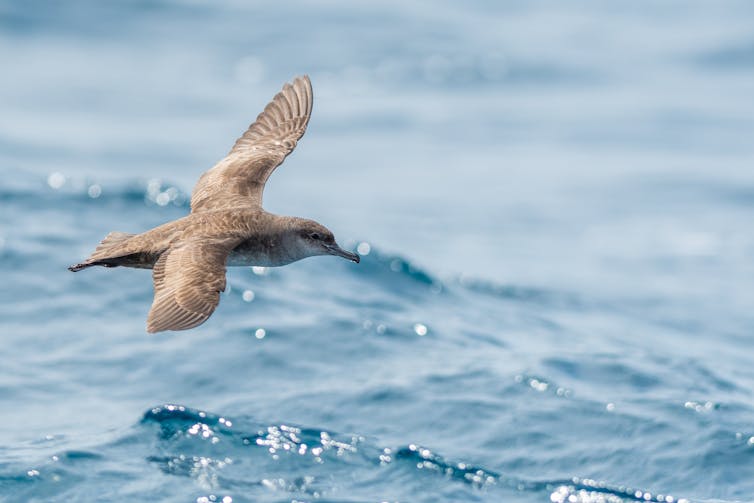
Plastic Pollution Is An Issue
Seabirds often swallow plastic by accident, mistaking it for their food. They also ingest plastic that has already been eaten by their prey.
This can lead to injury, poisoning from toxic chemicals that leach from the plastic and starvation as plastic fills up their stomach. Research from 2014 found that more than 60% of flesh-footed shearwater fledglings surpass international targets for plastic ingestion by seabirds. Worryingly, 16% of fledglings failed these targets after just one feeding.
Over time, plastic debris also breaks down into minuscule fragments called microplastics. Research has found that microplastic exposure can cause inflammation in a bird’s digestive system – a phenomenon called “plasticosis”.
We didn’t focus on the impact of plastic exposure on the petrel species studied, but many of these species are already threatened with extinction. Exposure to plastics may further reduce these birds’ resilience to the other threats they face.
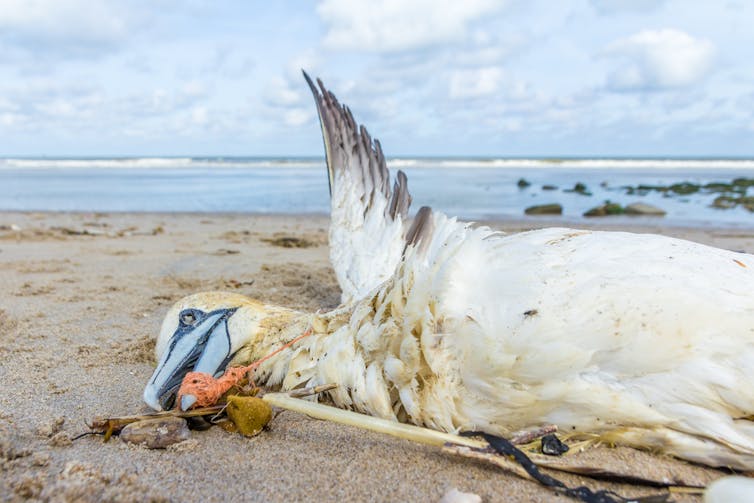
Beyond National Boundaries
Our study marks the first time that tracking data for so many species has been combined with existing knowledge of oceanic plastic pollution. This represents a big leap forward in our understanding of the threat plastic pollution poses to the natural world.
A significant proportion of plastic pollution accumulates in the high seas, far beyond the waters of the country where a seabird breeds. Our findings highlight the need for international cooperation to tackle marine plastic pollution, both directly from boats and from plastic waste on land.
Research suggests that 22% of ocean litter is likely to originate from marine sources. Good waste management is therefore crucial to stop plastic waste from reaching the ocean. A key part of this will be improving compliance with the existing ban (which was adopted in 1973) on discarding any form of plastic from ships.
Protecting seabirds requires more than local solutions. We need regional and global treaties that address plastic pollution in both national waters and the high seas. Only by implementing solutions on a large scale can we safeguard the animals that inhabit our oceans.![]()
Elizabeth Pearmain, PhD Candidate in Seabird Ecology, University of Cambridge and Bethany Clark, Seabird Science Officer, BirdLife International
This article is republished from The Conversation under a Creative Commons license. Read the original article.
When Greenland was green: Ancient soil from beneath a mile of ice offers warnings for the future
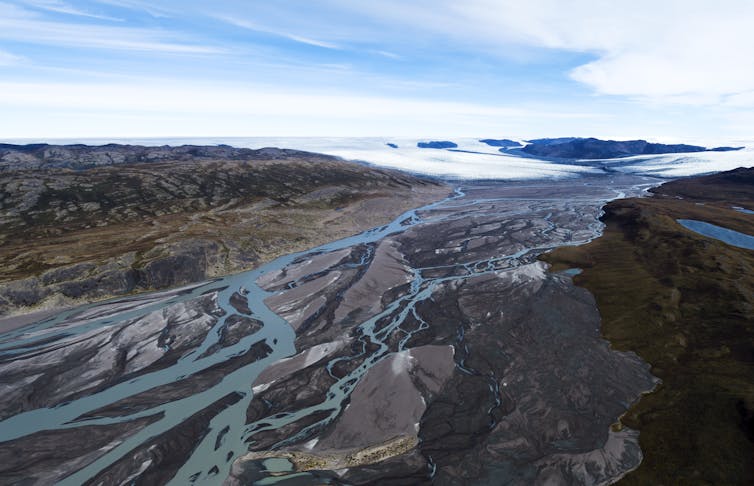
About 400,000 years ago, large parts of Greenland were ice-free. Scrubby tundra basked in the Sun’s rays on the island’s northwest highlands. Evidence suggests that a forest of spruce trees, buzzing with insects, covered the southern part of Greenland. Global sea level was much higher then, between 20 and 40 feet above today’s levels. Around the world, land that today is home to hundreds of millions of people was under water.
Scientists have known for awhile that the Greenland ice sheet had mostly disappeared at some point in the past million years, but not precisely when.
In a new study in the journal Science, we determined the date, using frozen soil extracted during the Cold War from beneath a nearly mile-thick section of the Greenland ice sheet.
The timing – about 416,000 years ago, with largely ice-free conditions lasting for as much as 14,000 years – is important. At that time, Earth and its early humans were going through one of the longest interglacial periods since ice sheets first covered the high latitudes 2.5 million years ago.
The length, magnitude and effects of that natural warming can help us understand the Earth that modern humans are now creating for the future.
A World Preserved Under The Ice
In July 1966, American scientists and U.S. Army engineers completed a six-year effort to drill through the Greenland ice sheet. The drilling took place at Camp Century, one of the military’s most unusual bases – it was nuclear powered and made up of a series of tunnels dug into the Greenland ice sheet.
The drill site in northwest Greenland was 138 miles from the coast and underlain by 4,560 feet of ice. Once they reached the bottom of the ice, the team kept drilling 12 more feet into the frozen, rocky soil below.
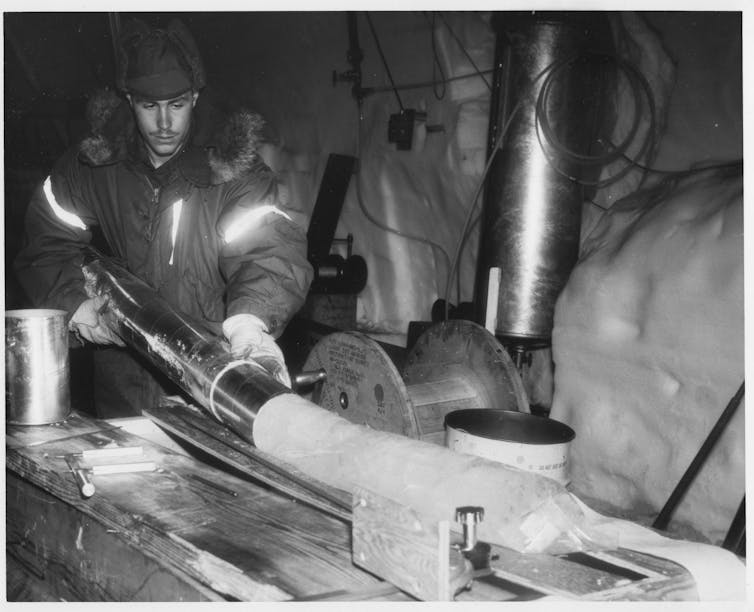
In 1969, geophysicist Willi Dansgaard’s analysis of the ice core from Camp Century revealed for the first time the details of how Earth’s climate had changed dramatically over the last 125,000 years. Extended cold glacial periods when the ice expanded quickly gave way to warm interglacial periods when the ice melted and sea level rose, flooding coastal areas around the world.
For nearly 30 years, scientists paid little attention to the 12 feet of frozen soil from Camp Century. One study analyzed the pebbles to understand the bedrock beneath the ice sheet. Another suggested intriguingly that the frozen soil preserved evidence of a time warmer than today. But with no way to date the material, few people paid attention to these studies. By the 1990s, the frozen soil core had vanished.
Several years ago, our Danish colleagues found the lost soil buried deep in a Copenhagen freezer, and we formed an international team to analyze this unique frozen climate archive.
In the uppermost sample, we found perfectly preserved fossil plants – proof positive that the land far below Camp Century had been ice-free some time in the past – but when?
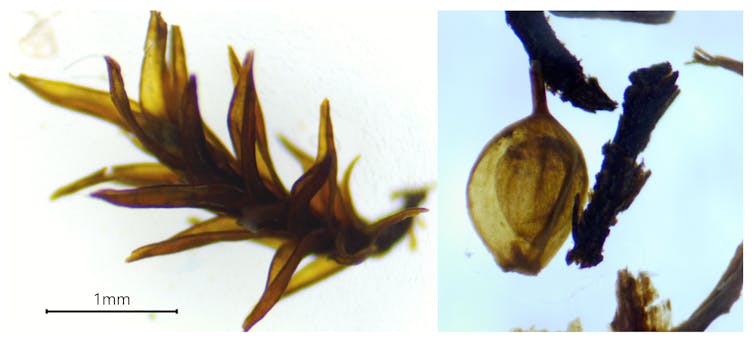
Dating Ancient Rock, Twigs And Dirt
Using samples cut from the center of the sediment core and prepared and analyzed in the dark so that the material retained an accurate memory of its last exposure to sunlight, we now know that the ice sheet covering northwest Greenland – nearly a mile thick today – vanished during the extended natural warm period known to climate scientists as MIS 11, between 424,000 and 374,000 years ago.
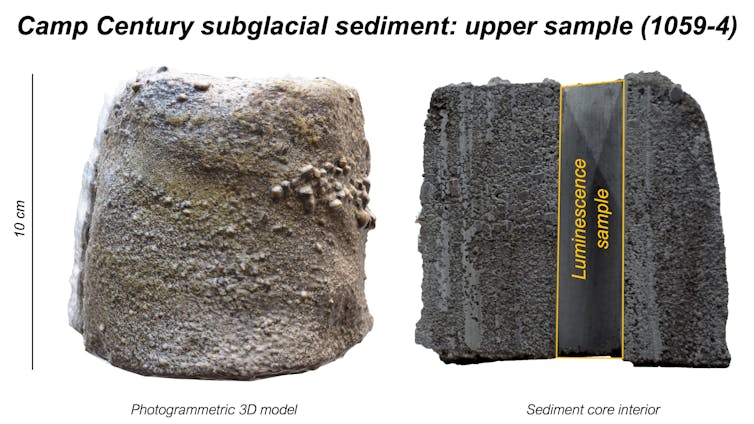
To determine more precisely when the ice sheet melted away, one of us, Tammy Rittenour, used a technique known as luminescence dating.
Over time, minerals accumulate energy as radioactive elements like uranium, thorium, and potassium decay and release radiation. The longer the sediment is buried, the more radiation accumulates as trapped electrons.
In the lab, specialized instruments measure tiny bits of energy, released as light from those minerals. That signal can be used to calculate how long the grains were buried, since the last exposure to sunlight would have released the trapped energy.
Paul Bierman’s laboratory at the University of Vermont dated the sample’s last time near the surface in a different way, using rare radioactive isotopes of aluminum and beryllium.
These isotopes form when cosmic rays, originating far from our solar system, slam into the rocks on Earth. Each isotope has a different half-life, meaning it decays at a different rate when buried.
By measuring both isotopes in the same sample, glacial geologist Drew Christ was able to determine that melting ice had exposed the sediment at the land surface for less than 14,000 years.
Ice sheet models run by Benjamin Keisling, now incorporating our new knowledge that Camp Century was ice-free 416,000 years ago, show that Greenland’s ice sheet must have shrunk significantly then.
At minimum, the edge of the ice retreated tens to hundreds of miles around much of the island during that period. Water from that melting ice raised global sea level at least 5 feet and perhaps as much as 20 feet compared to today.
Warnings For The Future
The ancient frozen soil from beneath Greenland’s ice sheet warns of trouble ahead.
During the MIS 11 interglacial, Earth was warm and ice sheets were restricted to the high latitudes, a lot like today. Carbon dioxide levels in the atmosphere remained between 265 and 280 parts per million for about 30,000 years. MIS 11 lasted longer than most interglacials because of the impact of the shape of Earth’s orbit around the sun on solar radiation reaching the Arctic. Over these 30 millennia, that level of carbon dioxide triggered enough warming to melt much of the Greenland’s ice.
Today, our atmosphere contains 1.5 times more carbon dioxide than it did at MIS 11, around 420 parts per million, a concentration that has risen each year. Carbon dioxide traps heat, warming the planet. Too much of it in the atmosphere raises the global temperature, as the world is seeing now.
Over the past decade, as greenhouse gas emissions continued to rise, humans experienced the eight warmest years on record. July 2023 saw the hottest week on record, based on preliminary data. Such heat melts ice sheets, and the loss of ice further warms the planet as dark rock soaks up sunlight that bright white ice and snow once reflected.
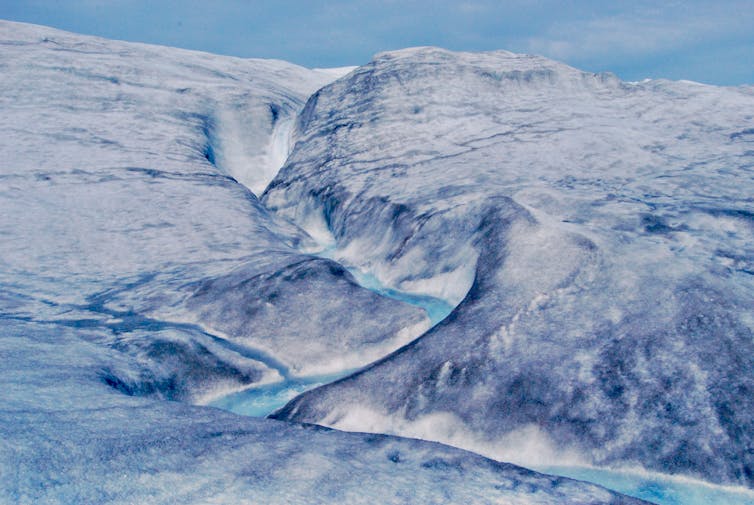
Even if everyone stopped burning fossil fuels tomorrow, carbon dioxide levels in the atmosphere would remain elevated for thousands to tens of thousands of years. That’s because it takes a long time for carbon dioxide to move into soils, plants, the ocean and rocks. We are creating conditions conducive to a very long period of warmth, just like MIS 11.
Unless people dramatically lower the concentration of carbon dioxide in the atmosphere, evidence we found of Greenland’s past suggests a largely ice-free future for the island.
Everything we can do to reduce carbon emissions and sequester carbon that is already in the atmosphere will increase the chances that more of Greenland’s ice survives.
The alternative is a world that could look a lot like MIS 11 – or even more extreme: a warm Earth, shrinking ice sheets, rising sea level, and waves rolling over Miami, Mumbai, India and Venice, Italy.![]()
Paul Bierman, Fellow of the Gund Institute for Environment, Professor of Natural Resources and Environmental Science, University of Vermont and Tammy Rittenour, Professor of Geosciences and Director of Luminescence Lab, Utah State University
This article is republished from The Conversation under a Creative Commons license. Read the original article.
Life in maars: why it’s worth protecting a spectacular fossil site NZ almost lost to commercial mining interests
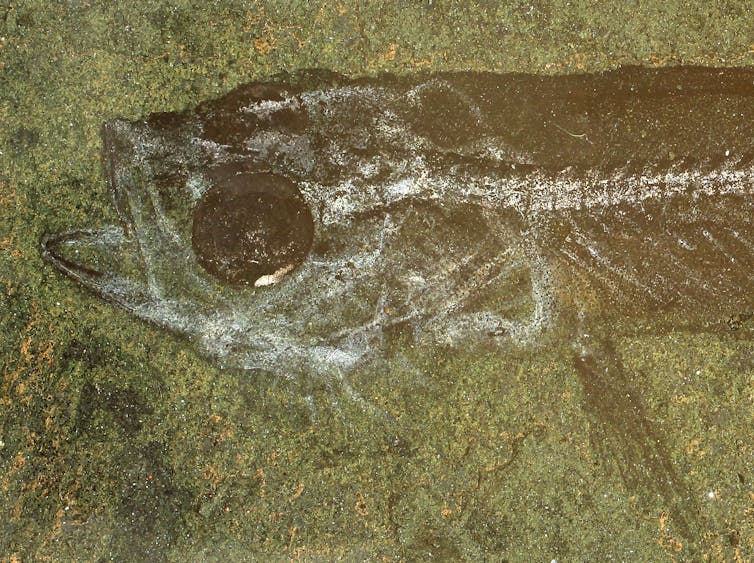
One of New Zealand’s most exceptional fossil sites may soon be open to scientists again following a land purchase that saved it from commercial mining.
Foulden Maar is a small, deep lake that formed 23 million years ago in Otago, at the start of the Miocene epoch when New Zealand’s climate was much warmer and wetter. A rainforest thrived around the lake’s fringes, and algae known as diatoms bloomed each summer.
As the algal blooms died off and sank to the lake bed, they formed sedimentary layers of diatomite and preserved the most exquisite and delicate fossils of flowers, insects and fish as well as a climate record covering 100,000 years.
But the diatomite was also of interest to mining company Plaman Resources - until, following long negotiations, the Dunedin City Council bought most of the land earlier this year.
Fossil sites are relatively common, but examples representing entire ecosystems are extremely rare. Foulden Maar is one of only two such sites in New Zealand that preserve ecological interactions and features such as eyes, skin, stomach contents and original colour patterns.
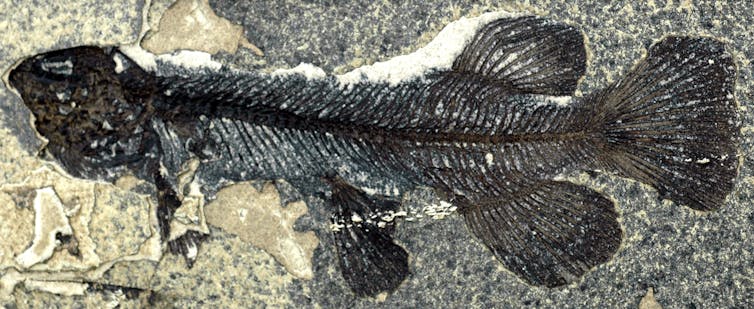
Such sites yield remarkable information about the history of life, which is impossible to obtain from other sources.
The other site is the nearby Hindon Maar complex, which is 15 million years old. Both sites preserve ecosystems of small crater lakes and the animals and plants of surrounding rainforests. Recent discoveries at these sites are transforming our understanding of New Zealand’s past biodiversity and climate.
Lake Ecosystems: Freshwater Galaxiids And Eels
All fossils of the iconic southern-hemisphere family Galaxiidae derive from Otago Miocene lake deposits, with the entire life cycle from larvae (whitebait) to juveniles and fully grown adults present at Foulden Maar.
Remarkable preservation of numerous articulated skeletons includes eyes, gaping mouths and skin, the last including the star-like patterning that gave galaxiids their name.

Gut contents and an abundance of fossilised poo (coprolites) provide evidence of a changing diet. Larvae dined on diatoms while adults were lake-margin ambush predators feeding on terrestrial and aquatic insects. Fish debris in other less common coprolites show the galaxiids were themselves prey.
Slender, elongated articulated fish skeletons with rows of curved conical teeth provide the only southern-hemisphere records of the freshwater eel, Anguilla. This was likely the top predator in these lakes.
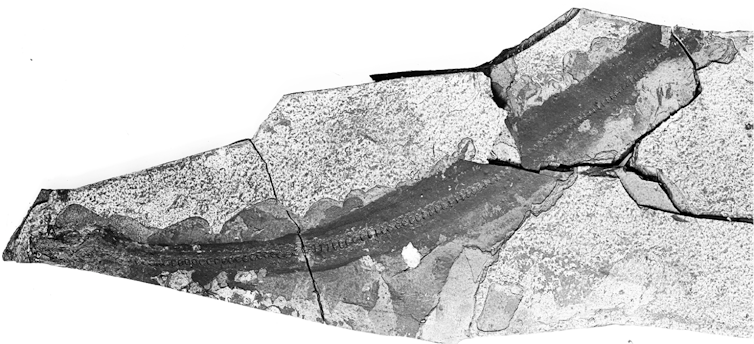
Trapped in these small, closed lakes, the eels would have been unable to return to the sea to breed and were effectively “living dead”, unlike the galaxiids which could reproduce in the maars.
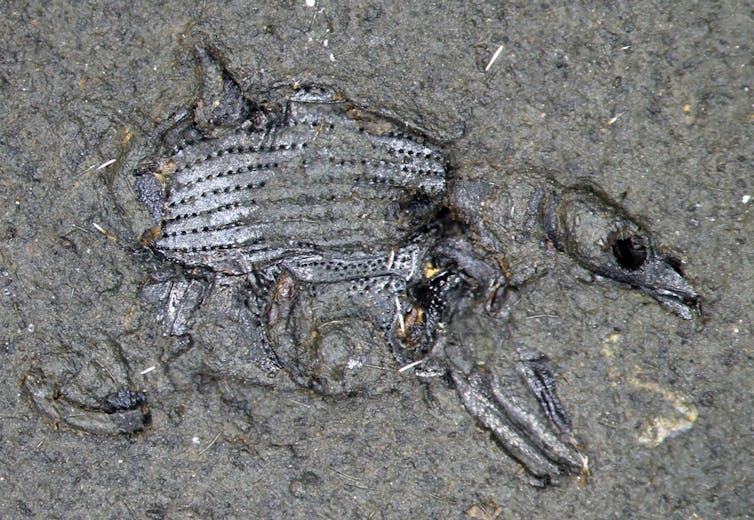
Forest Ecosystems: Insects, Spiders, Leaves, Flowers
These ancient maar lakes also contain a treasure trove of spiders and insects. When our research programme began in 2003, only six fossil insects more than two million years old were known from New Zealand. We now have more than 600, almost all different.
Foulden Maar has yielded 270 insects from 17 genera in 15 families and nine orders.
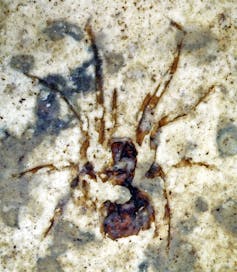
Spiders are commonly the top terrestrial invertebrate predators in modern New Zealand forests, but rarely fossilise because they lack hard parts. But in Foulden Maar, we found several specimens, including a juvenile trapdoor spider.
Early studies at Hindon Maar have already added 240 more insects in five orders and 20 families.
Insects are often completely preserved with details of antennae, fragile wings and compound eyes visible.
Fossils from the Foulden and Hindon maars include ancient lineages of termites, armoured scale insects in life position along leaf veins, bark bugs and a lace bug that probably lived on Astelia (kakaha, bush lily) as its close living relative does today.
Others include leaf beetles with structural colour, weevils, rove beetles, numerous ants and wasps, caddis flies with larvae still in their cases, crane flies with well preserved compound eyes and a hairy cicada whose closest relative today is found in Tasmania.
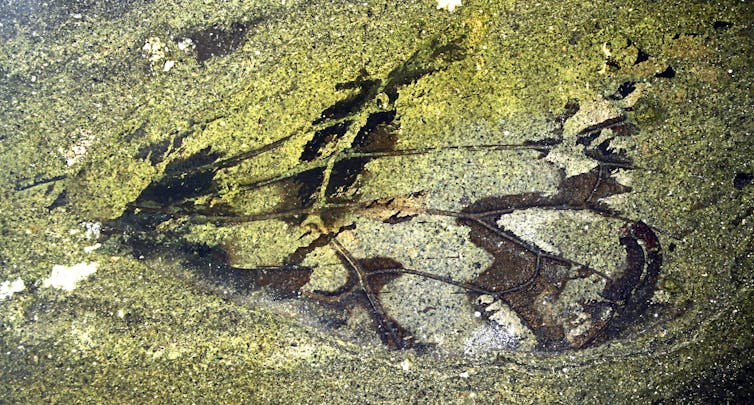
These taxa are only the tip of the taxonomic iceberg. Hundreds more terrestrial arthropods are also being revealed in our research on inclusions in New Zealand amber – 90 specimens in one block of layered amber alone.
Rainforest Leaves And Flowers
Myriad leaves with excellent preservation show that both maars were surrounded by subtropical to warm, temperate rainforests, dominated by members of the laurel and cinnamon plant families at Foulden Maar and a southern beech forest at Hindon.
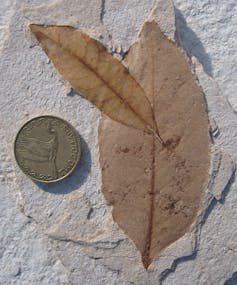
To date we have recorded at least 100 species from 35 plant families between the sites, including many taxa now extinct locally, but with relatives still living in New Caledonia, Australia and South America.
Of particular importance are diverse fossil flowers with reproductive structures such as petals, stamens and anthers with pollen still present, as well as abundant fossilised fruits and seeds.
These reproductive structures are treasures of a different kind – fragile, seasonal and fleeting. But they provide critical information about the ecology of the parent plants and their possible pollination and dispersal mechanisms.
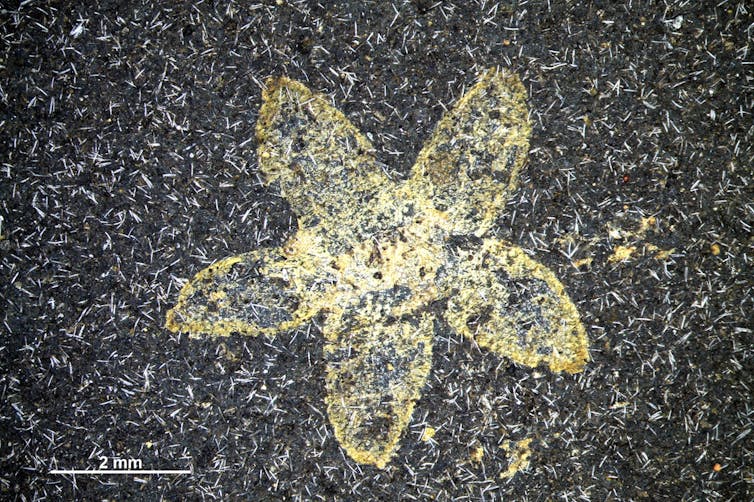
Close comparisons to the biology of living plants also suggest the fossil species reproduced in a similar manner to their living relatives. This implies that reproductive mechanisms were conserved for 23 million years in the New Zealand flora.
Currently, the Dunedin City Council is exploring management options for the site, which will once again allow public and scientific access to this remarkable fossil-rich, ancient lake deposit well into the future.![]()
John G Conran, Senior Lecturer in Evolutionary Biology, University of Adelaide; Daphne Lee, Honorary Associate Professor in Geology/Paleontology, University of Otago, and Uwe Kaulfuss, Geologist (PhD), Georg-August-Universität Göttingen
This article is republished from The Conversation under a Creative Commons license. Read the original article.
Pittwater Reserves: Histories + Notes + Pictorial Walks
A History Of The Campaign For Preservation Of The Warriewood Escarpment by David Palmer OAM and Angus Gordon OAM
A Stroll Through Warriewood Wetlands by Joe Mills February 2023
A Walk Around The Cromer Side Of Narrabeen Lake by Joe Mills
America Bay Track Walk - photos by Joe Mills
An Aquatic June: North Narrabeen - Turimetta - Collaroy photos by Joe Mills
Angophora Reserve Angophora Reserve Flowers Grand Old Tree Of Angophora Reserve Falls Back To The Earth - History page
Annie Wyatt Reserve - A Pictorial
Avalon's Village Green: Avalon Park Becomes Dunbar Park - Some History + Toongari Reserve and Catalpa Reserve
Bairne Walking Track Ku-Ring-Gai Chase NP by Kevin Murray
Bangalley Headland Bangalley Mid Winter
Banksias of Pittwater
Barrenjoey Boathouse In Governor Phillip Park Part Of Our Community For 75 Years: Photos From The Collection Of Russell Walton, Son Of Victor Walton
Barrenjoey Headland: Spring flowers
Barrenjoey Headland after fire
Bayview Baths
Bayview Wetlands
Beeby Park
Bilgola Beach
Botham Beach by Barbara Davies
Bungan Beach Bush Care
Careel Bay Saltmarsh plants
Careel Bay Birds
Careel Bay Clean Up day
Careel Bay Playing Fields History and Current
Careel Creek
Careel Creek - If you rebuild it they will come
Centre trail in Ku-ring-gai Chase National Park
Chiltern Track- Ingleside by Marita Macrae
Clareville Beach
Clareville/Long Beach Reserve + some History
Coastal Stability Series: Cabbage Tree Bay To Barrenjoey To Observation Point by John Illingsworth, Pittwater Pathways, and Dr. Peter Mitchell OAM
Cowan Track by Kevin Murray
Curl Curl To Freshwater Walk: October 2021 by Kevin Murray and Joe Mills
Currawong and Palm Beach Views - Winter 2018
Currawong-Mackerel-The Basin A Stroll In Early November 2021 - photos by Selena Griffith
Currawong State Park Currawong Beach + Currawong Creek
Deep Creek To Warriewood Walk photos by Joe Mills
Drone Gives A New View On Coastal Stability; Bungan: Bungan Headland To Newport Beach + Bilgola: North Newport Beach To Avalon + Bangalley: Avalon Headland To Palm Beach
Duck Holes: McCarrs Creek by Joe Mills
Dunbar Park - Some History + Toongari Reserve and Catalpa Reserve
Dundundra Falls Reserve: August 2020 photos by Selena Griffith - Listed in 1935
Elsie Track, Scotland Island
Elvina Track in Late Winter 2019 by Penny Gleen
Elvina Bay Walking Track: Spring 2020 photos by Joe Mills
Elvina Bay-Lovett Bay Loop Spring 2020 by Kevin Murray and Joe Mills
Fern Creek - Ingleside Escarpment To Warriewood Walk + Some History photos by Joe Mills
Iluka Park, Woorak Park, Pittwater Park, Sand Point Reserve, Snapperman Beach Reserve - Palm Beach: Some History
Ingleside
Ingleside Wildflowers August 2013
Irrawong - Ingleside Escarpment Trail Walk Spring 2020 photos by Joe Mills
Irrawong - Mullet Creek Restoration
Katandra Bushland Sanctuary - Ingleside
Lucinda Park, Palm Beach: Some History + 2022 Pictures
McCarrs Creek
McCarr's Creek to Church Point to Bayview Waterfront Path
McKay Reserve
Mona Vale Beach - A Stroll Along, Spring 2021 by Kevin Murray
Mona Vale Headland, Basin and Beach Restoration
Mona Vale Woolworths Front Entrance Gets Garden Upgrade: A Few Notes On The Site's History
Mount Murray Anderson Walking Track by Kevin Murray and Joe Mills
Mullet Creek
Narrabeen Creek
Narrabeen Lagoon Catchment: Past Notes Present Photos by Margaret Woods
Narrabeen Lagoon State Park
Narrabeen Lagoon State Park Expansion
Narrabeen Rockshelf Aquatic Reserve
Nerang Track, Terrey Hills by Bea Pierce
Newport Bushlink - the Crown of the Hill Linked Reserves
Newport Community Garden - Woolcott Reserve
Newport to Bilgola Bushlink 'From The Crown To The Sea' Paths: Founded In 1956 - A Tip and Quarry Becomes Green Space For People and Wildlife
Pittwater Reserves: The Green Ways; Bungan Beach and Bungan Head Reserves: A Headland Garden
Pittwater Reserves, The Green Ways: Clareville Wharf and Taylor's Point Jetty
Pittwater Reserves: The Green Ways; Hordern, Wilshire Parks, McKay Reserve: From Beach to Estuary
Pittwater Reserves - The Green Ways: Mona Vale's Village Greens a Map of the Historic Crown Lands Ethos Realised in The Village, Kitchener and Beeby Parks
Pittwater Reserves: The Green Ways Bilgola Beach - The Cabbage Tree Gardens and Camping Grounds - Includes Bilgola - The Story Of A Politician, A Pilot and An Epicure by Tony Dawson and Anne Spencer
Pittwater spring: waterbirds return to Wetlands
Pittwater's Lone Rangers - 120 Years of Ku-Ring-Gai Chase and the Men of Flowers Inspired by Eccleston Du Faur
Pittwater's Parallel Estuary - The Cowan 'Creek
Resolute Track at West Head by Kevin Murray
Resolute Track Stroll by Joe Mills
Riddle Reserve, Bayview
Salvation Loop Trail, Ku-Ring-Gai Chase National Park- Spring 2020 - by Selena Griffith
Seagull Pair At Turimetta Beach: Spring Is In The Air!
Stapleton Reserve
Stapleton Park Reserve In Spring 2020: An Urban Ark Of Plants Found Nowhere Else
Stony Range Regional Botanical Garden: Some History On How A Reserve Became An Australian Plant Park
The Chiltern Track
The Resolute Beach Loop Track At West Head In Ku-Ring-Gai Chase National Park by Kevin Murray
Topham Track Ku-Ring-Gai Chase NP, August 2022 by Joe Mills and Kevin Murray
Towlers Bay Walking Track by Joe Mills
Trafalgar Square, Newport: A 'Commons' Park Dedicated By Private Landholders - The Green Heart Of This Community
Tranquil Turimetta Beach, April 2022 by Joe Mills
Turimetta Beach Reserve by Joe Mills, Bea Pierce and Lesley
Turimetta Beach Reserve: Old & New Images (by Kevin Murray) + Some History
Turimetta Headland
Warriewood Wetlands - Creeks Deteriorating: How To Report Construction Site Breaches, Weed Infestations + The Long Campaign To Save The Warriewood Wetlands & Ingleside Escarpment March 2023
Warriewood Wetlands and Irrawong Reserve
Whale Beach Ocean Reserve: 'The Strand' - Some History On Another Great Protected Pittwater Reserve
Wilshire Park Palm Beach: Some History + Photos From May 2022
Winji Jimmi - Water Maze

Pittwater's Birds
Australian Predators of the Sky by Penny Olsen - published by National Library of Australia
Australian Raven Australian Wood Duck Family at Newport
A Week In Pittwater Issue 128 A Week In Pittwater - June 2014 Issue 168
Baby Birds Spring 2015 - Rainbow Lorikeets in our Yard - for Children Baby Birds by Lynleigh Greig, Southern Cross Wildlife Care - what do if being chased by a nesting magpie or if you find a baby bird on the ground
Baby Kookaburras in our Backyard: Aussie Bird Count 2016 - October
Balloons Are The Number 1 Marine Debris Risk Of Mortality For Our Seabirds - Feb 2019 Study
Bangalley Mid-Winter Barrenjoey Birds Bird Antics This Week: December 2016
Bird of the Month February 2019 by Michael Mannington
Birdland Above the Estuary - October 2012 Birds At Our Window Birds at our Window - Winter 2014 Birdland June 2016
Birdsong Is a Lovesong at This time of The Year - Brown Falcon, Little Wattle Bird, Australian Pied cormorant, Mangrove or Striated Heron, Great Egret, Grey Butcherbird, White-faced Heron
Bird Songs – poems about our birds by youngsters from yesterdays - for children Bird Week 2015: 19-25 October
Bird Songs For Spring 2016 For Children by Joanne Seve
Birds at Careel Creek this Week - November 2017: includes Bird Count 2017 for Local Birds - BirdLife Australia by postcode
Black Cockatoo photographed in the Narrabeen Catchment Reserves this week by Margaret G Woods - July 2019
Black-Necked Stork, Mycteria Australis, Now Endangered In NSW, Once Visited Pittwater: Breeding Pair shot in 1855
Black Swans on Narrabeen Lagoon - April 2013 Black Swans Pictorial
Endangered Little Tern Fishing at Mona Vale Beach
‘Feather Map of Australia’: Citizen scientists can support the future of Australia's wetland birds: for Birdwatchers, school students and everyone who loves our estuarine and lagoon and wetland birds
Fledgling Common Koel Adopted by Red Wattlebird -Summer Bird fest 2013 Flegdlings of Summer - January 2012
Flocks of Colour by Penny Olsen - beautiful new Bird Book Celebrates the 'Land of the Parrots'
Friendly Goose at Palm Beach Wharf - Pittwater's Own Mother Goose
Front Page Issue 177 Front Page Issue 185 Front Page Issue 193 - Discarded Fishing Tackle killing shorebirds Front Page Issue 203 - Juvenile Brush Turkey Front Page Issue 208 - Lyrebird by Marita Macrae Front Page Issue 219 Superb Fairy Wren Female Front Page Issue 234: National Bird Week October 19-25 and the 2015 the Aussie Back Yard Bird Count: Australia's First Bird Counts - a 115 Year Legacy - with a small insight into our first zoos Front Page Issue 236: Bird Week 2015 Front Page Issue 244: watebirds Front Page Issue 260: White-face Heron at Careel Creek Front Page Issue 283: Pittwater + more birds for Bird Week/Aussie Bird Count Front Page Issue 284: Pittwater + more birds for Bird Week/Aussie Bird Count Front Page Issue 285: Bird Week 2016 Front Page Issue 331: Spring Visitor Birds Return
G . E. Archer Russell (1881-1960) and His Passion For Avifauna From Narrabeen To Newport
Glossy Black-Cockatoo Returns To Pittwater by Paul Wheeler Glossy Cockatoos - 6 spotted at Careel Bay February 2018
Grey Butcher Birds of Pittwater
INGLESIDE LAND RELEASE ON AGAIN BUT MANY CHALLENGES AHEAD by David Palmer
Issue 60 May 2012 Birdland - Smiles- Beamings -Early -Winter - Blooms
Jayden Walsh’s Northern Beaches Big Year - courtesy Pittwater Natural Heritage Association
John Gould's Extinct and Endangered Mammals of Australia by Dr. Fred Ford - Between 1850 and 1950 as many mammals disappeared from the Australian continent as had disappeared from the rest of the world between 1600 and 2000! Zoologist Fred Ford provides fascinating, and often poignant, stories of European attitudes and behaviour towards Australia's native fauna and connects these to the animal's fate today in this beautiful new book - our interview with the author
July 2012 Pittwater Environment Snippets; Birds, Sea and Flowerings
Juvenile Sea Eagle at Church Point - for children
King Parrots in Our Front Yard
Kookaburra Turf Kookaburra Fledglings Summer 2013 Kookaburra Nesting Season by Ray Chappelow Kookaburra Nest – Babies at 1.5 and 2.5 weeks old by Ray Chappelow Kookaburra Nest – Babies at 3 and 4 weeks old by Ray Chappelow Kookaburra Nest – Babies at 5 weeks old by Ray Chappelow Kookaburra and Pittwater Fledglings February 2020 to April 2020
Lion Island's Little Penguins (Fairy Penguins) Get Fireproof Homes - thanks to NSW National Parks and Wildlife Service and the Fix it Sisters Shed
Lyre Bird Sings in Local National Park - Flock of Black Cockatoos spotted - June 2019
Magpie's Melodic Melodies - For Children (includes 'The Magpie's Song' by F S Williamson)
Masked Lapwing (Plover) - Reflected
May 2012 Birdland Smiles Beamings Early Winter Blooms
Musk Lorikeets In Pittwater: Pittwater Spotted Gum Flower Feast - May 2020
Nankeen Kestrel Feasting at Newport: May 2016
National Bird Week 2014 - Get Involved in the Aussie Backyard Bird Count: National Bird Week 2014 will take place between Monday 20 October and Sunday 26 October, 2014. BirdLife Australia and the Birds in Backyards team have come together to launch this year’s national Bird Week event the Aussie Backyard Bird Count! This is one the whole family can do together and become citizen scientists...
National Bird Week October 19-25 and the 2015 the Aussie Back Yard Bird Count: Australia's First Bird Counts - a 115 Year Legacy - with a small insight into our first zoos
Nature 2015 Review Earth Air Water Stone
New Family of Barking Owls Seen in Bayview - Church Point by Pittwater Council
Noisy Visitors by Marita Macrae of PNHA
Odes to Australia's Fairy-wrens by Douglas Brooke Wheelton Sladen and Constance Le Plastrier 1884 and 1926
Oystercatcher and Dollarbird Families - Summer visitors
Painted Button-Quail Rescued By Locals - Elanora-Ingleside escarpment-Warriewood wetlands birds
Palm Beach Protection Group Launch, Supporters Invited: Saturday Feb.16th - Residents Are Saying 'NO' To Off-Leash Dogs In Station Beach Eco-System - reports over 50 dogs a day on Station Beach throughout December-January (a No Dogs Beach) small children being jumped on, Native birds chased, dog faeces being left, families with toddlers leaving beach to get away from uncontrolled dogs and 'Failure of Process' in council 'consultation' open to February 28th
Pardalote, Scrub Wren and a Thornbill of Pittwater
Pecking Order by Robyn McWilliam
Pelican Lamps at Narrabeen Pelican Dreamsong - A Legend of the Great Flood - dreamtime legend for children
Pittwater Becalmed Pittwater Birds in Careel Creek Spring 2018 Pittwater Waterbirds Spring 2011 Pittwater Waterbirds - A Celebration for World Oceans Day 2015
Pittwater's Mother Nature for Mother's Day 2019
Plastic in 99 percent of seabirds by 2050 by CSIRO
Plover Appreciation Day September 16th 2015
Powerful and Precious by Lynleigh Grieg
Red Wattlebird Song - November 2012
Restoring The Diamond: every single drop. A Reason to Keep Dogs and Cats in at Night.
Sea Birds off the Pittwater Coast: Albatross, Gannet, Skau + Australian Poets 1849, 1898 and 1930, 1932
Sea Eagle Juvenile at Church Point
Seen but Not Heard: Lilian Medland's Birds - Christobel Mattingley - one of Australia's premier Ornithological illustrators was a Queenscliff lady - 53 of her previously unpublished works have now been made available through the auspices of the National Library of Australia in a beautiful new book
7 Little Ducklings: Just Keep Paddling - Australian Wood Duck family take over local pool by Peta Wise
Shag on a North Avalon Rock - Seabirds for World Oceans Day 2012
Short-tailed Shearwaters Spring Migration 2013
South-West North-East Issue 176 Pictorial
Spring 2012 - Birds are Splashing - Bees are Buzzing
Spring Becomes Summer 2014- Royal Spoonbill Pair at Careel Creek
Spring Notes 2018 - Royal Spoonbill in Careel Creek
Station Beach Off Leash Dog Area Proposal Ignores Current Uses Of Area, Environment, Long-Term Fauna Residents, Lack Of Safe Parking and Clearly Stated Intentions Of Proponents have your say until February 28, 2019
Summer 2013 BirdFest - Brown Thornbill Summer 2013 BirdFest- Canoodlers and getting Wet to Cool off Summer 2013 Bird Fest - Little Black Cormorant Summer 2013 BirdFest - Magpie Lark
New Shorebirds WingThing For Youngsters Available To Download
A Shorebirds WingThing educational brochure for kids (A5) helps children learn about shorebirds, their life and journey. The 2021 revised brochure version was published in February 2021 and is available now. You can download a file copy here.
If you would like a free print copy of this brochure, please send a self-addressed envelope with A$1.10 postage (or larger if you would like it unfolded) affixed to: BirdLife Australia, Shorebird WingThing Request, 2-05Shorebird WingThing/60 Leicester St, Carlton VIC 3053.

 Shorebird Identification Booklet
Shorebird Identification Booklet
The Migratory Shorebird Program has just released the third edition of its hugely popular Shorebird Identification Booklet. The team has thoroughly revised and updated this pocket-sized companion for all shorebird counters and interested birders, with lots of useful information on our most common shorebirds, key identification features, sighting distribution maps and short articles on some of BirdLife’s shorebird activities.
The booklet can be downloaded here in PDF file format: http://www.birdlife.org.au/documents/Shorebird_ID_Booklet_V3.pdf
Paper copies can be ordered as well, see http://www.birdlife.org.au/projects/shorebirds-2020/counter-resources for details.
Download BirdLife Australia's children’s education kit to help them learn more about our wading birdlife
Shorebirds are a group of wading birds that can be found feeding on swamps, tidal mudflats, estuaries, beaches and open country. For many people, shorebirds are just those brown birds feeding a long way out on the mud but they are actually a remarkably diverse collection of birds including stilts, sandpipers, snipe, curlews, godwits, plovers and oystercatchers. Each species is superbly adapted to suit its preferred habitat. The Red-necked Stint is as small as a sparrow, with relatively short legs and bill that it pecks food from the surface of the mud with, whereas the Eastern Curlew is over two feet long with a exceptionally long legs and a massively curved beak that it thrusts deep down into the mud to pull out crabs, worms and other creatures hidden below the surface.
Some shorebirds are fairly drab in plumage, especially when they are visiting Australia in their non-breeding season, but when they migrate to their Arctic nesting grounds, they develop a vibrant flush of bright colours to attract a mate. We have 37 types of shorebirds that annually migrate to Australia on some of the most lengthy and arduous journeys in the animal kingdom, but there are also 18 shorebirds that call Australia home all year round.
What all our shorebirds have in common—be they large or small, seasoned traveller or homebody, brightly coloured or in muted tones—is that each species needs adequate safe areas where they can successfully feed and breed.
The National Shorebird Monitoring Program is managed and supported by BirdLife Australia.
This project is supported by Glenelg Hopkins Catchment Management Authority and Hunter Local Land Services through funding from the Australian Government’s National Landcare Program. Funding from Helen Macpherson Smith Trust and Port Phillip Bay Fund is acknowledged.
The National Shorebird Monitoring Program is made possible with the help of over 1,600 volunteers working in coastal and inland habitats all over Australia.
The National Shorebird Monitoring program (started as the Shorebirds 2020 project initiated to re-invigorate monitoring around Australia) is raising awareness of how incredible shorebirds are, and actively engaging the community to participate in gathering information needed to conserve shorebirds.
In the short term, the destruction of tidal ecosystems will need to be stopped, and our program is designed to strengthen the case for protecting these important habitats.
In the long term, there will be a need to mitigate against the likely effects of climate change on a species that travels across the entire range of latitudes where impacts are likely.
The identification and protection of critical areas for shorebirds will need to continue in order to guard against the potential threats associated with habitats in close proximity to nearly half the human population.
Here in Australia, the place where these birds grow up and spend most of their lives, continued monitoring is necessary to inform the best management practice to maintain shorebird populations.
BirdLife Australia believe that we can help secure a brighter future for these remarkable birds by educating stakeholders, gathering information on how and why shorebird populations are changing, and working to grow the community of people who care about shorebirds.
To find out more visit: http://www.birdlife.org.au/projects/shorebirds-2020/shorebirds-2020-program
Aussie Bread Tags Collection Points

Inside The Lighthouse On Barrenjoey Headland
Tours generally run every Sunday. Tour times: 11am to 11.30am, 12pm to 12.30pm, 1pm to 1.30pm, 2pm to 2.30pm and 3pm to 3.30pm. Price: Adult $10 per person. Concession $8 per person. Child $5 per person. Children must be accompanied by an adult. Accompanying adults need to book and pay.
Meeting point: Barrenjoey Lighthouse. Give yourself at least 40mins to walk from the carpark to the lighthouse before your tour departs.
Bookings: Bookings required. Phone 1300 072 757 or book online here: www.nationalparks.nsw.gov.au/things-to-do/guided-tours/barrenjoey-lighthouse-tour
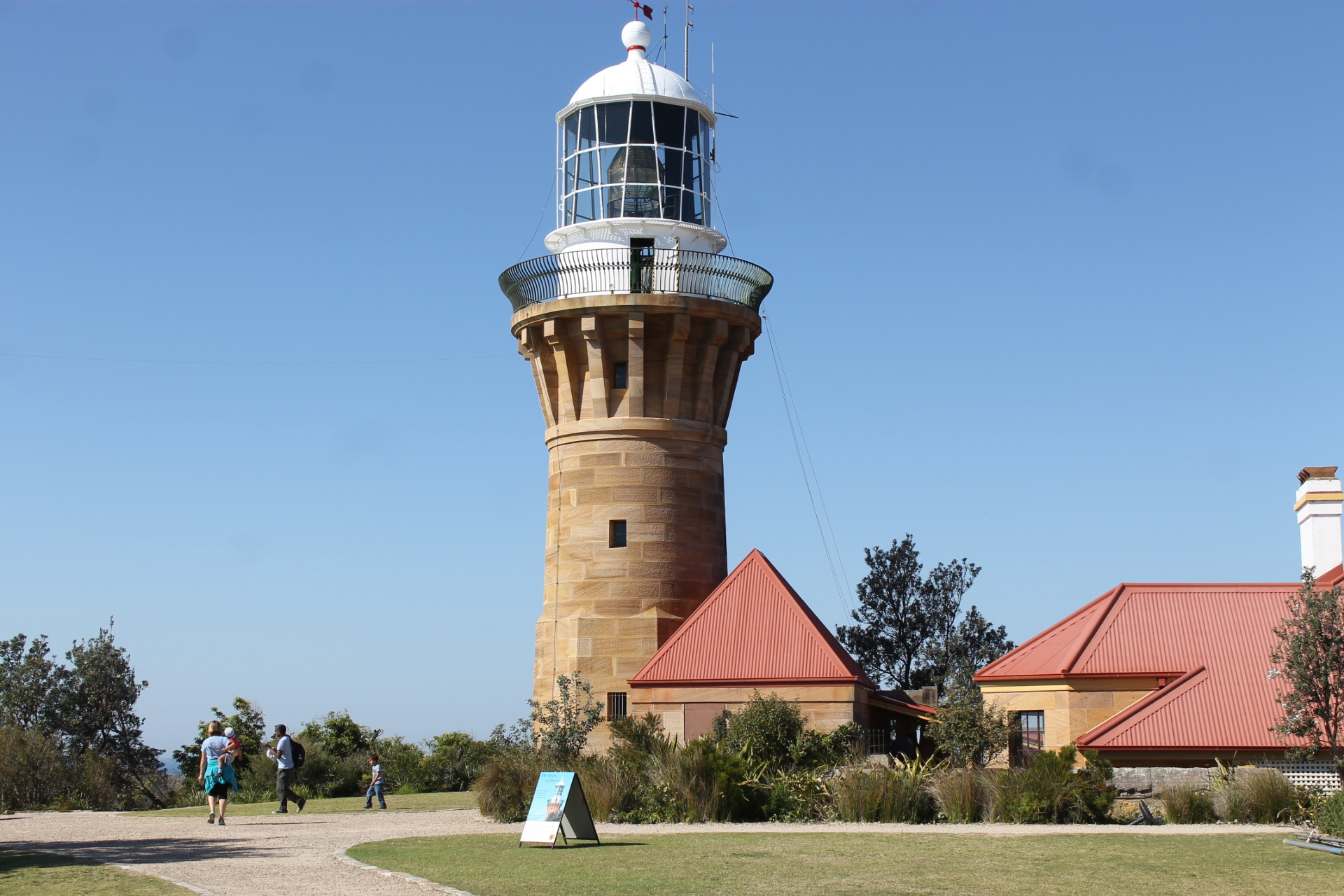
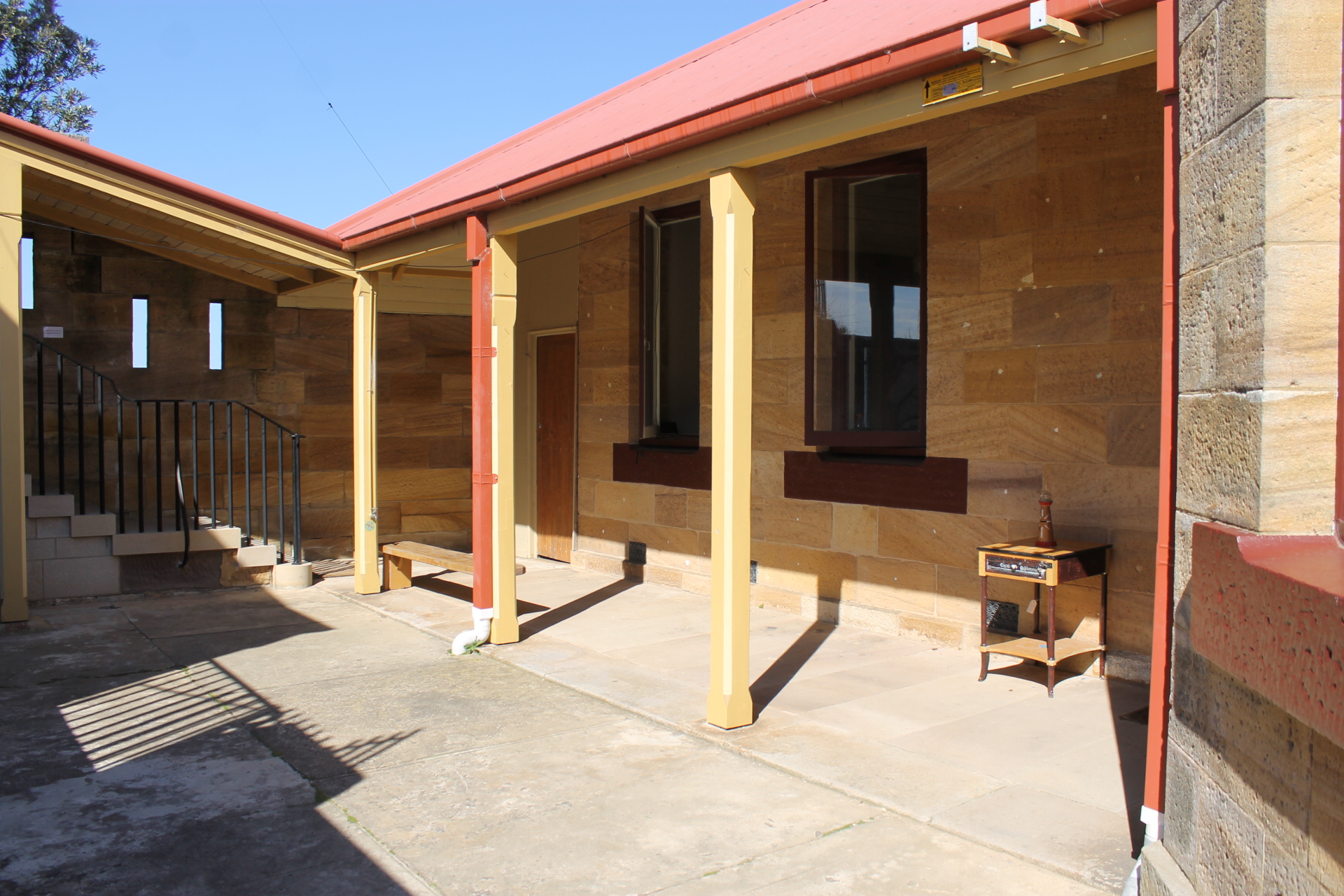
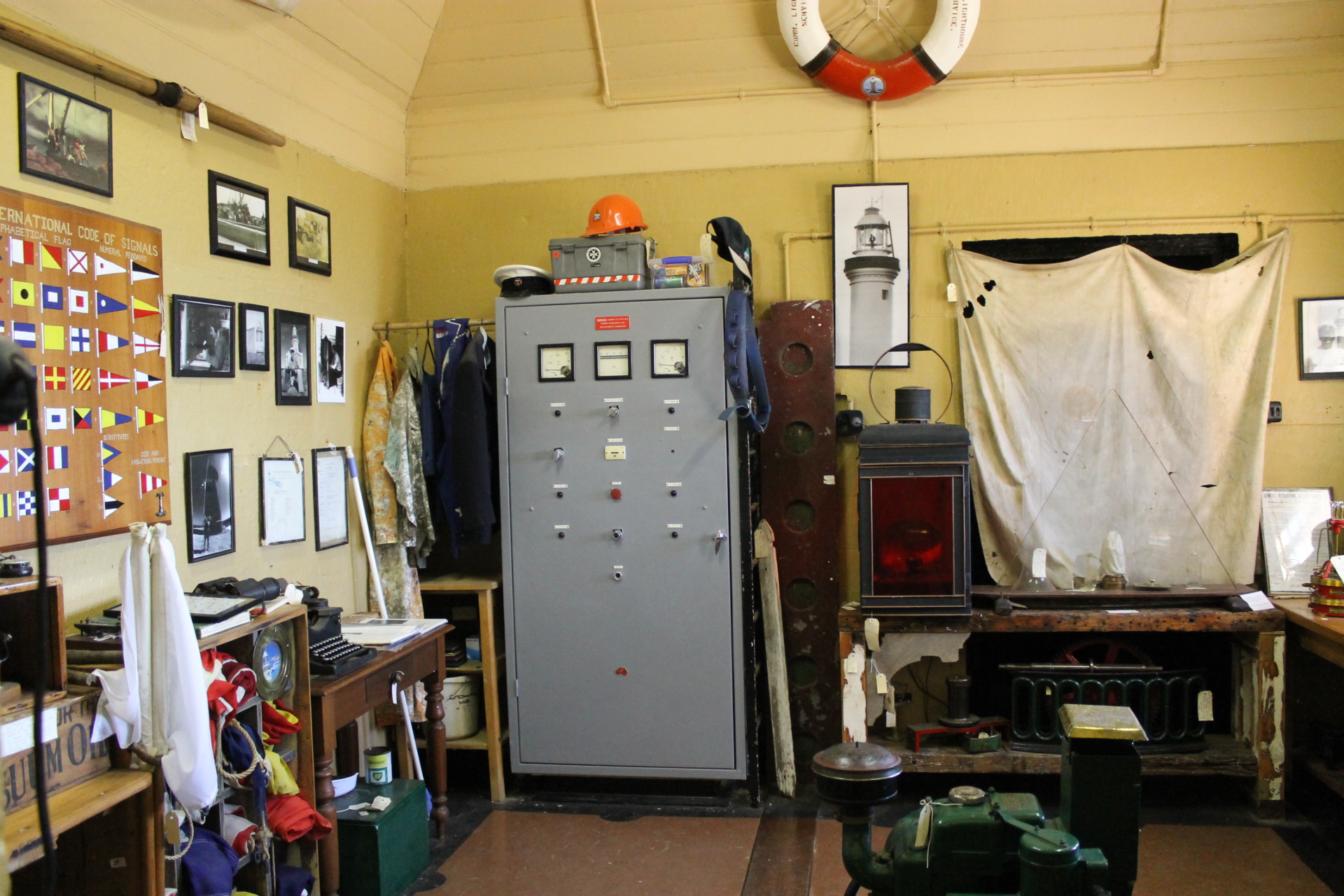
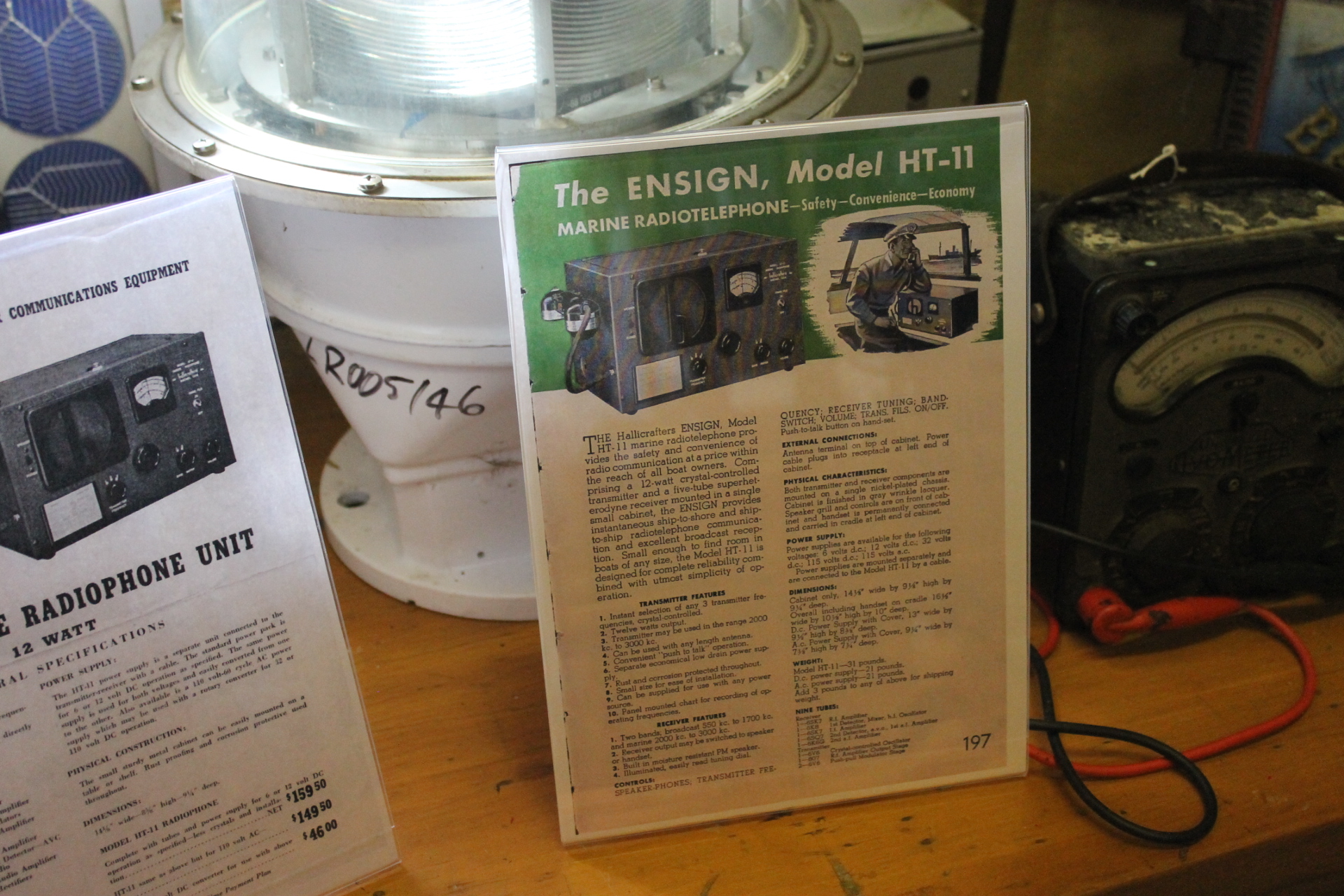
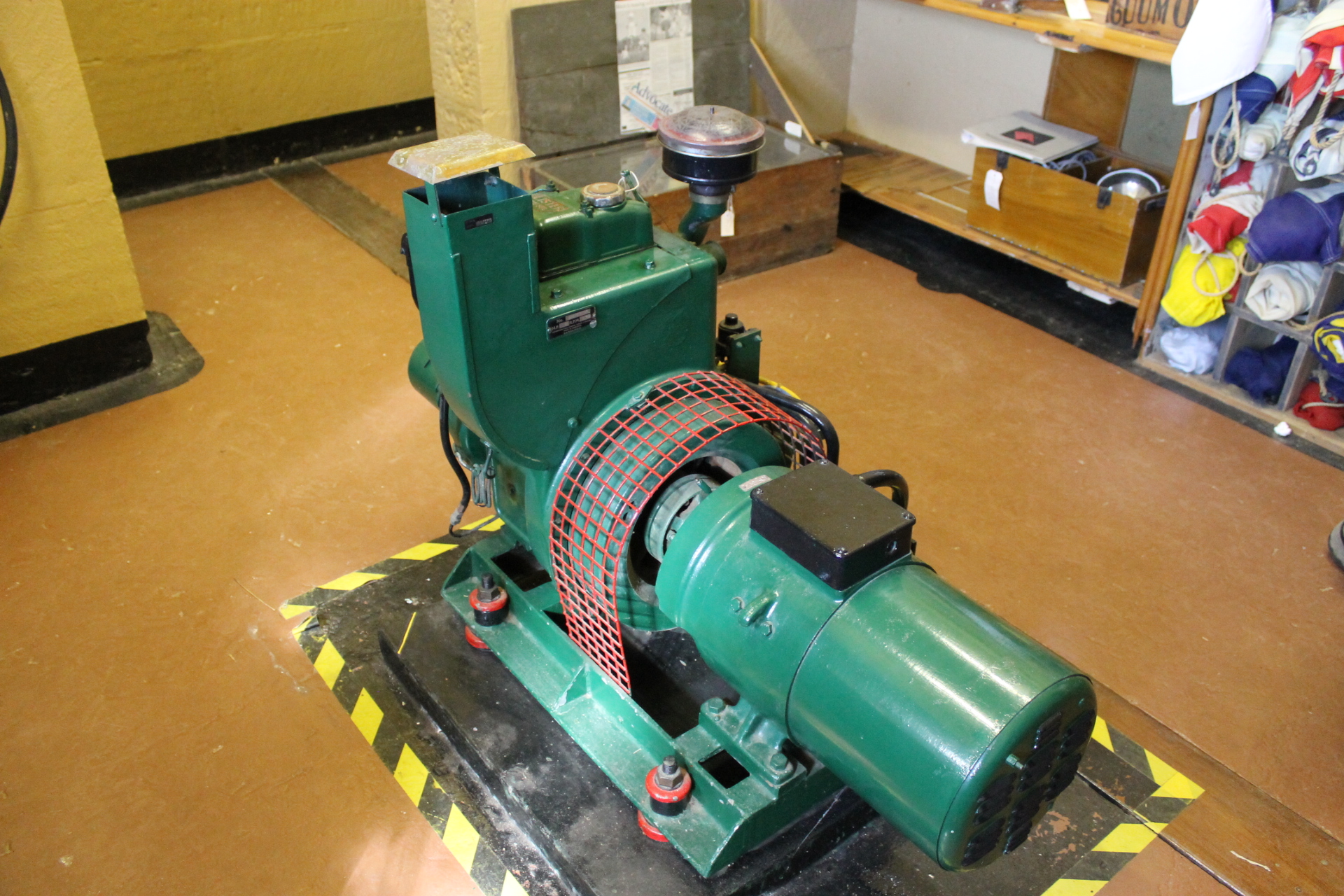

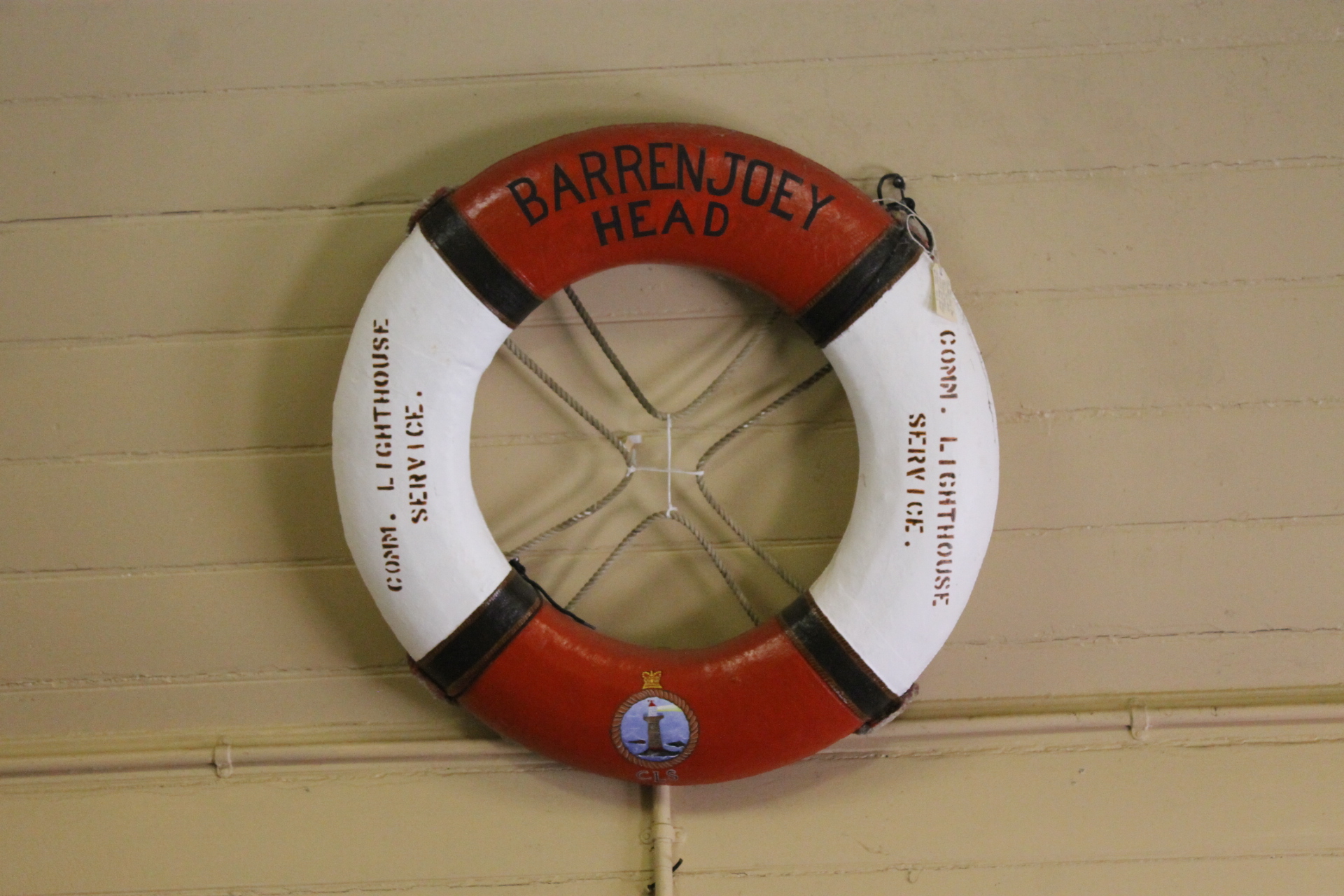

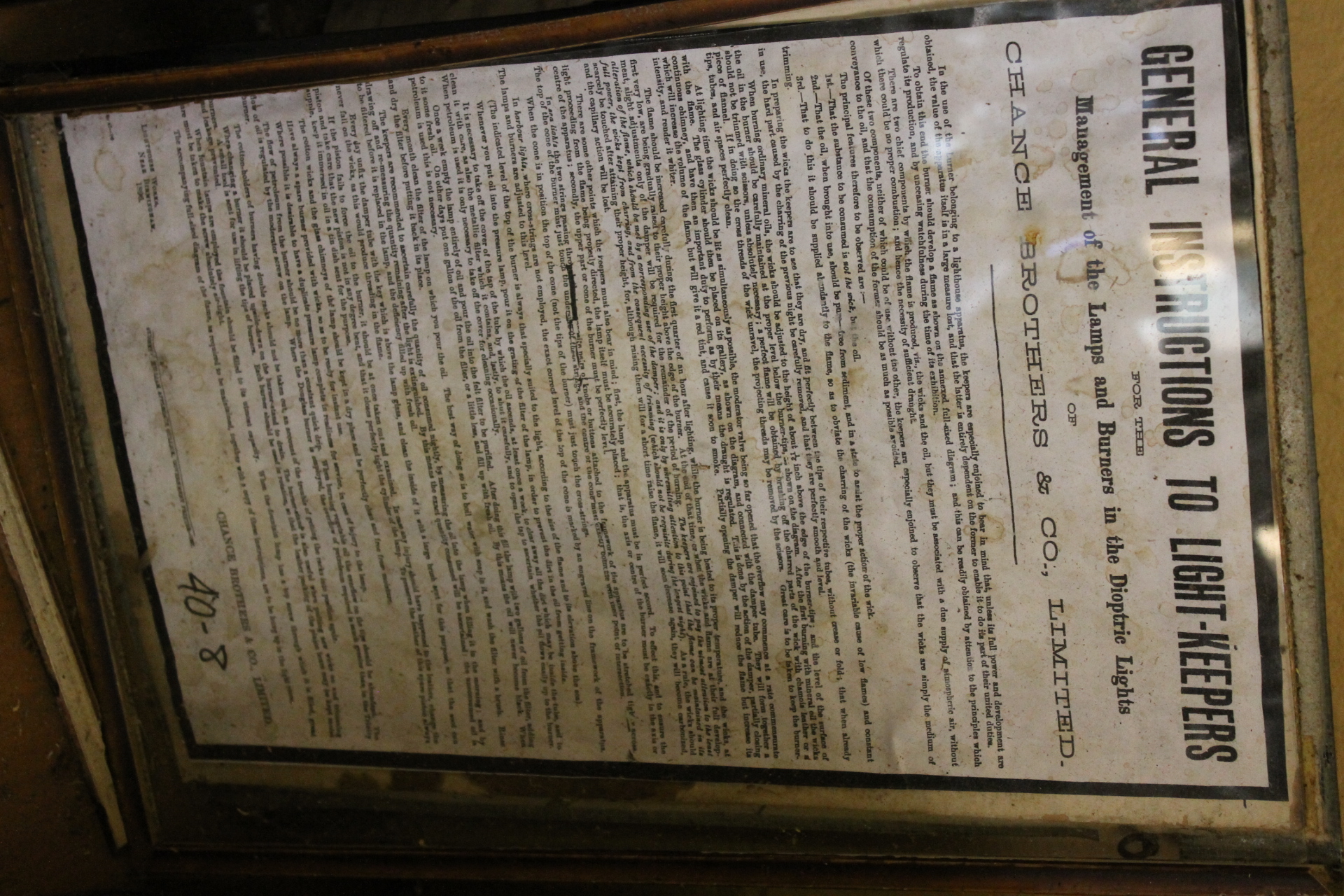
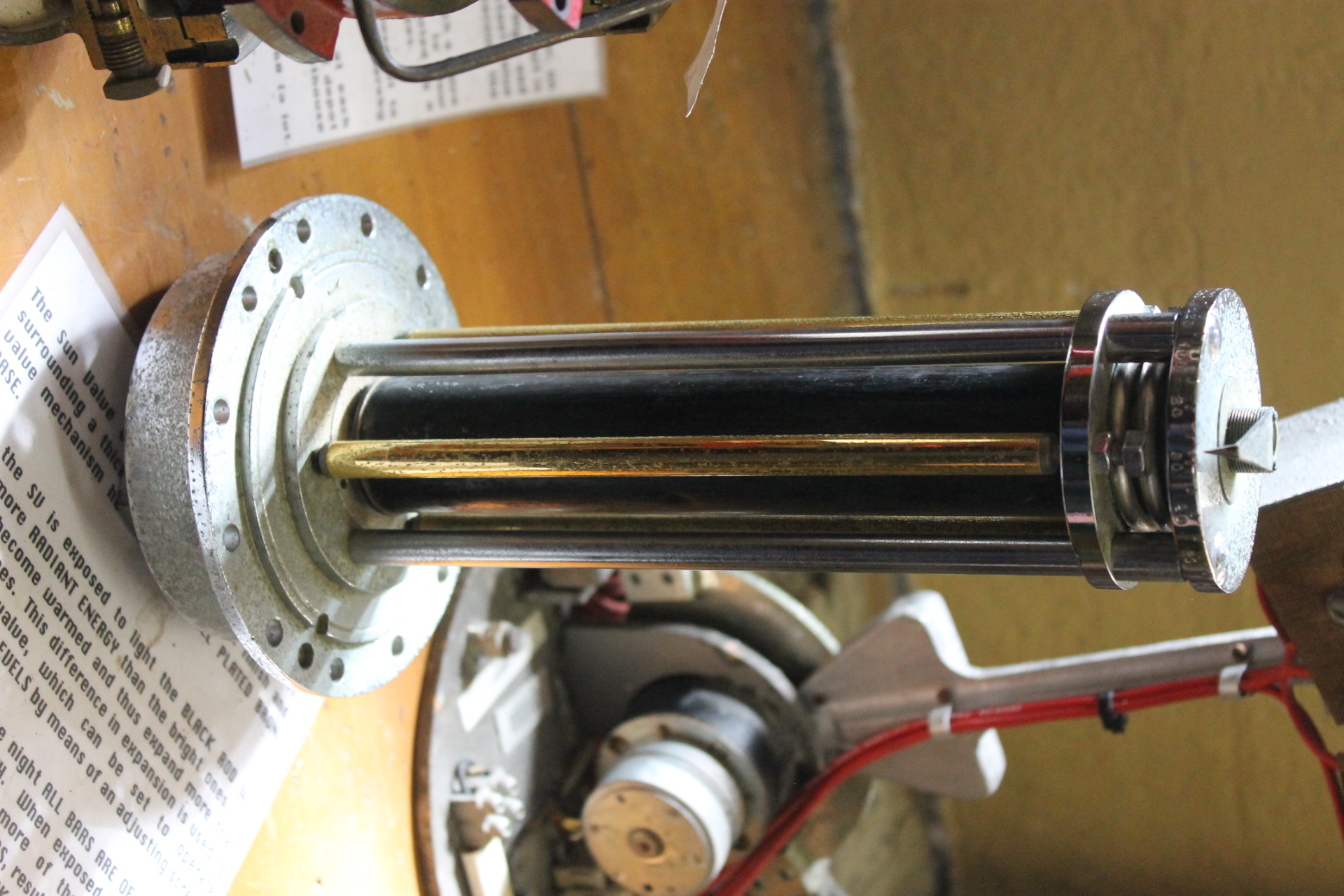
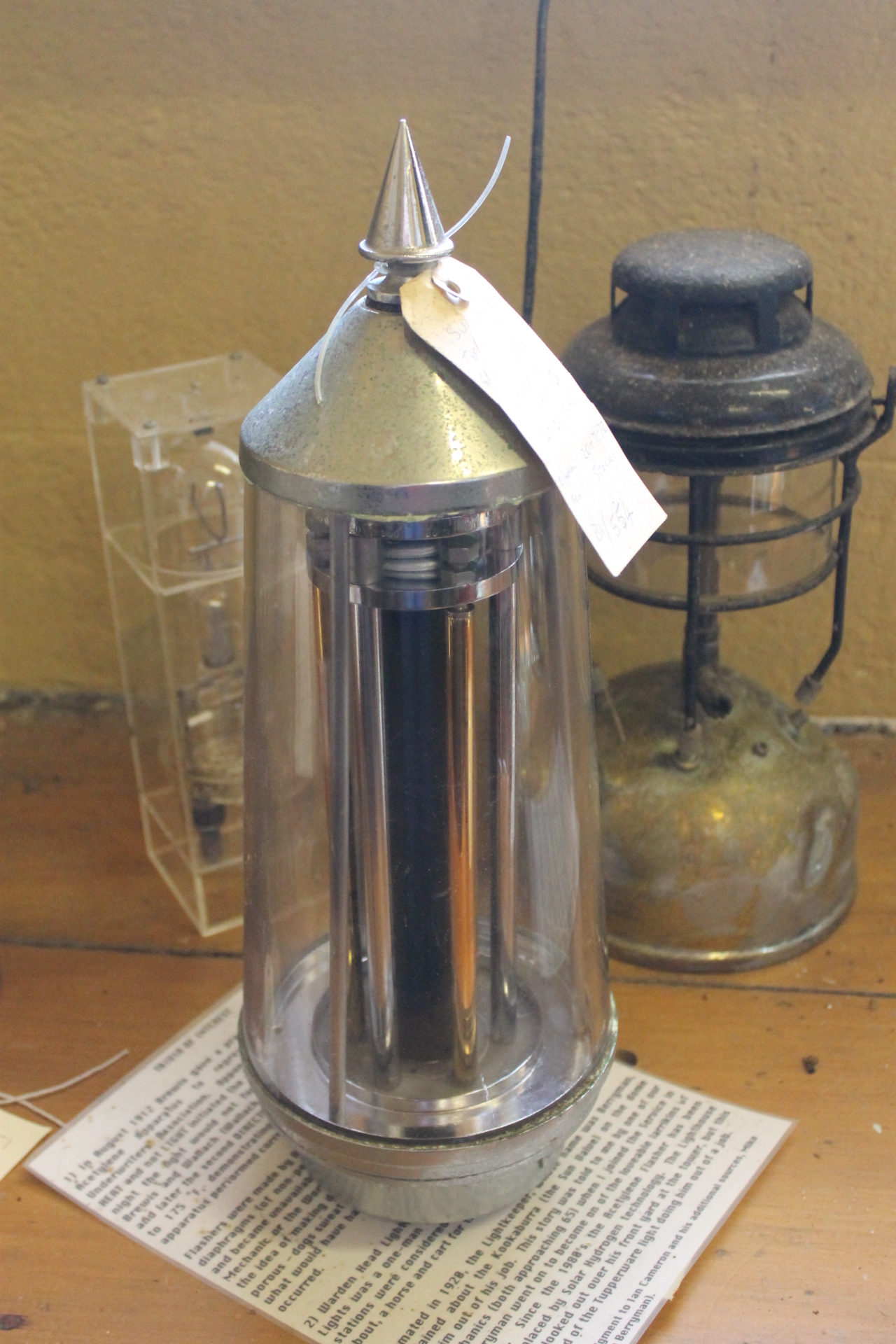
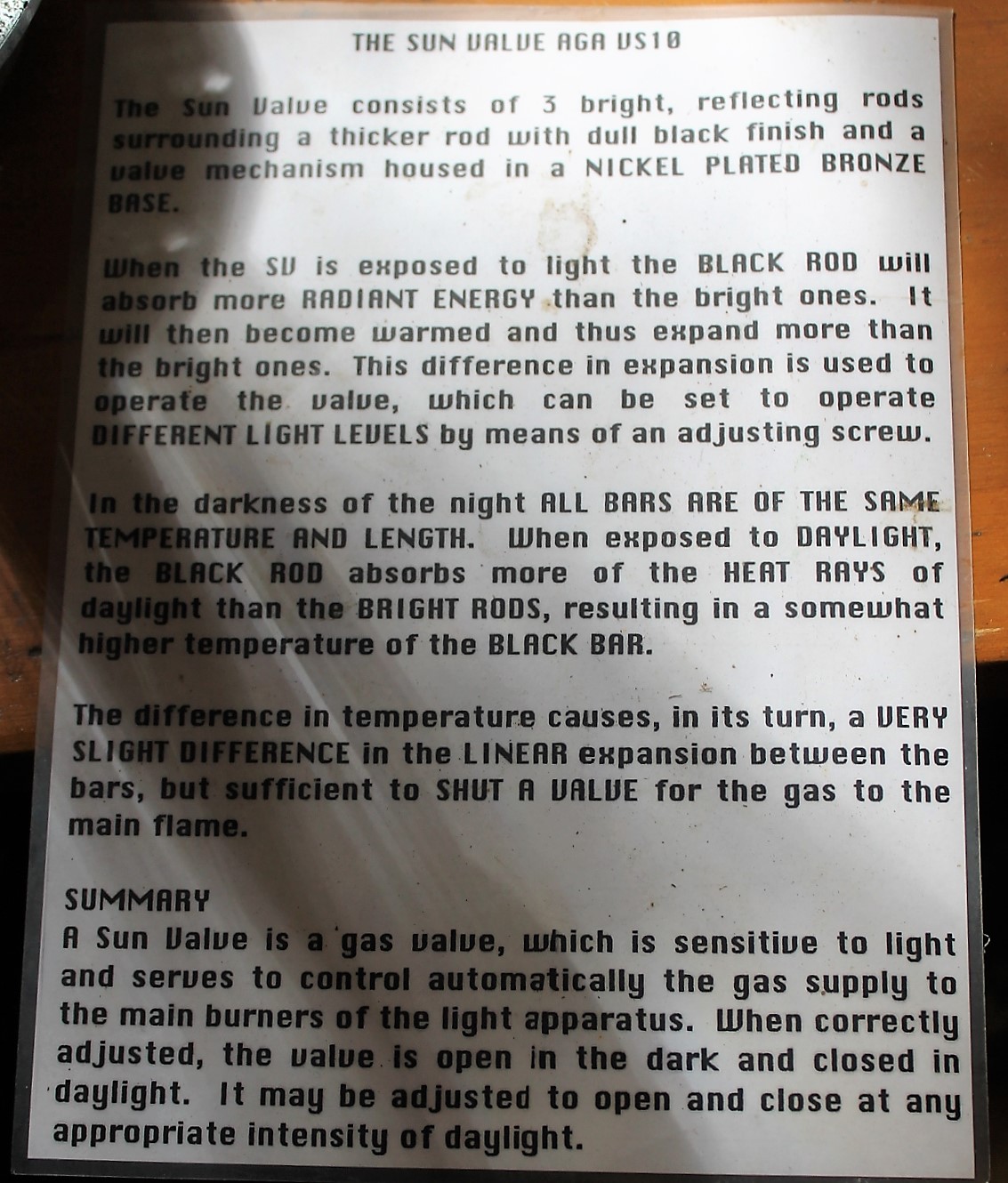
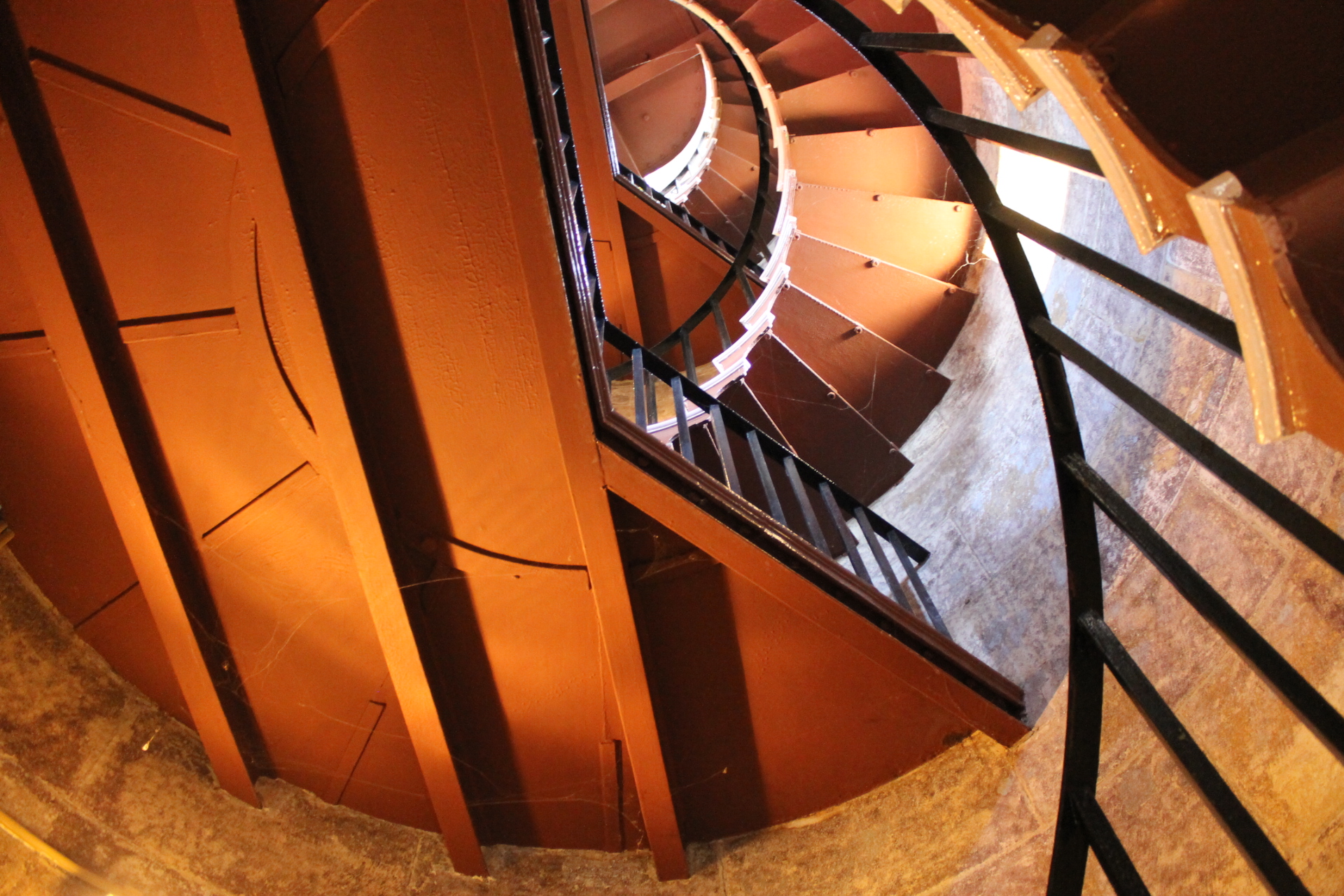
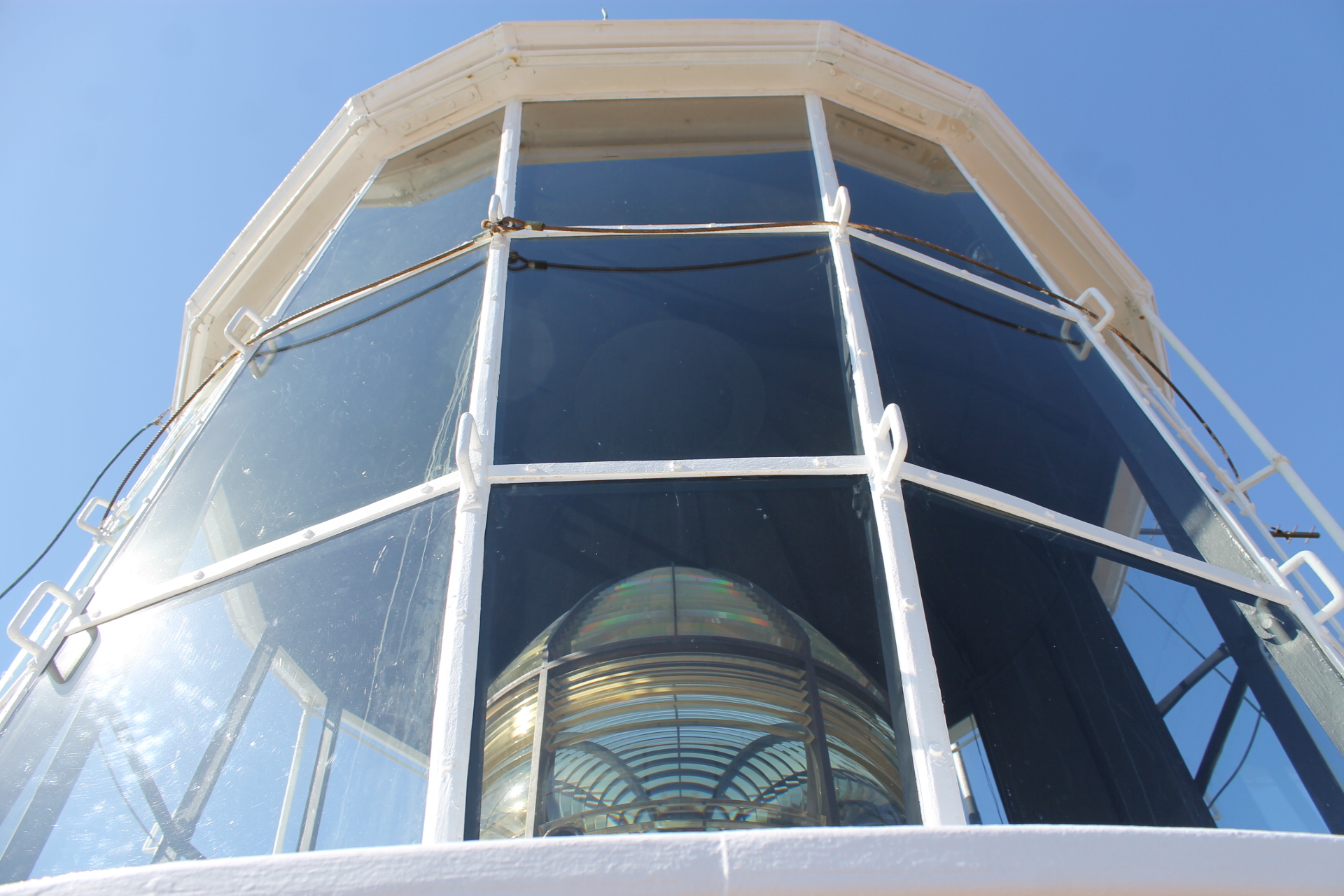
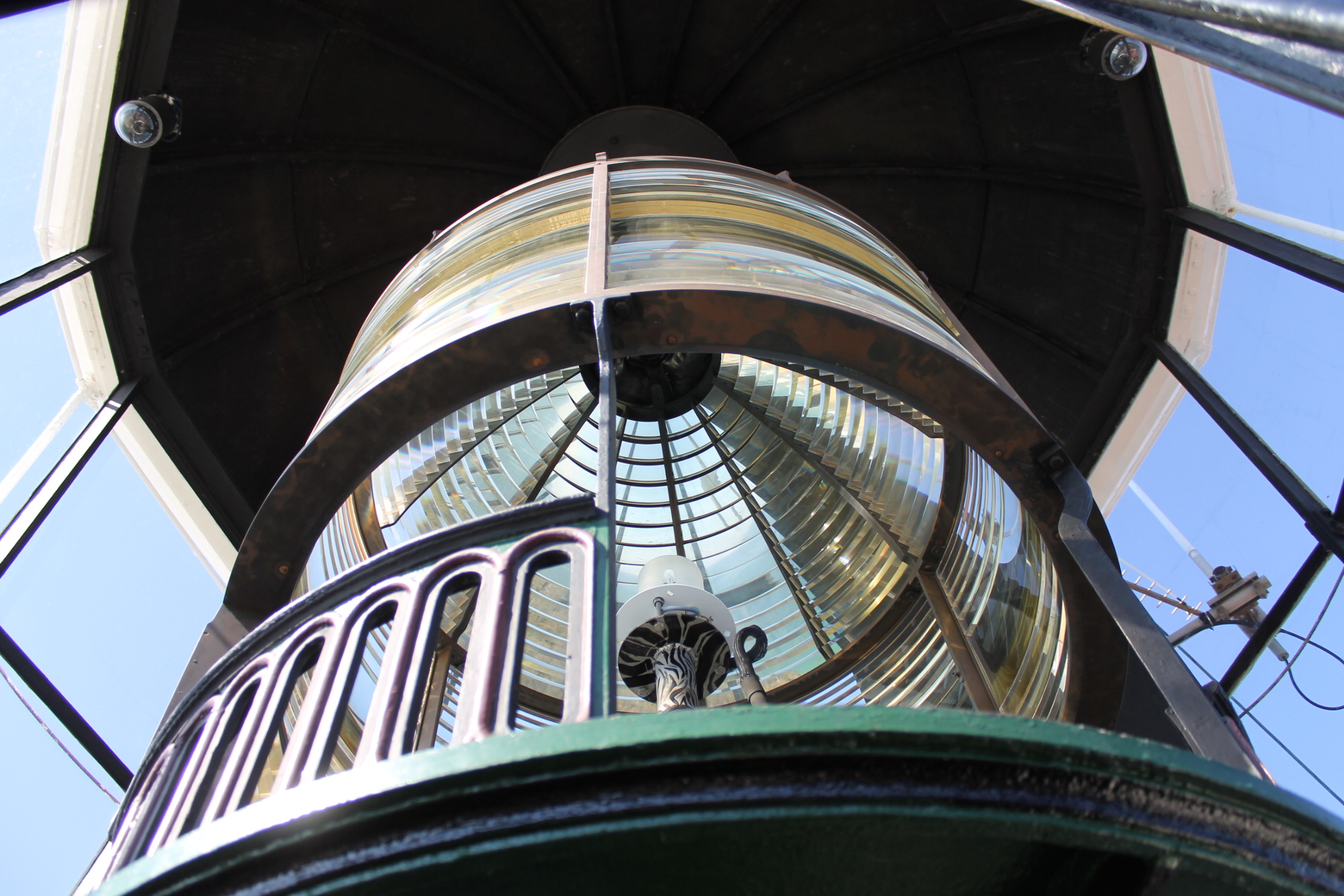
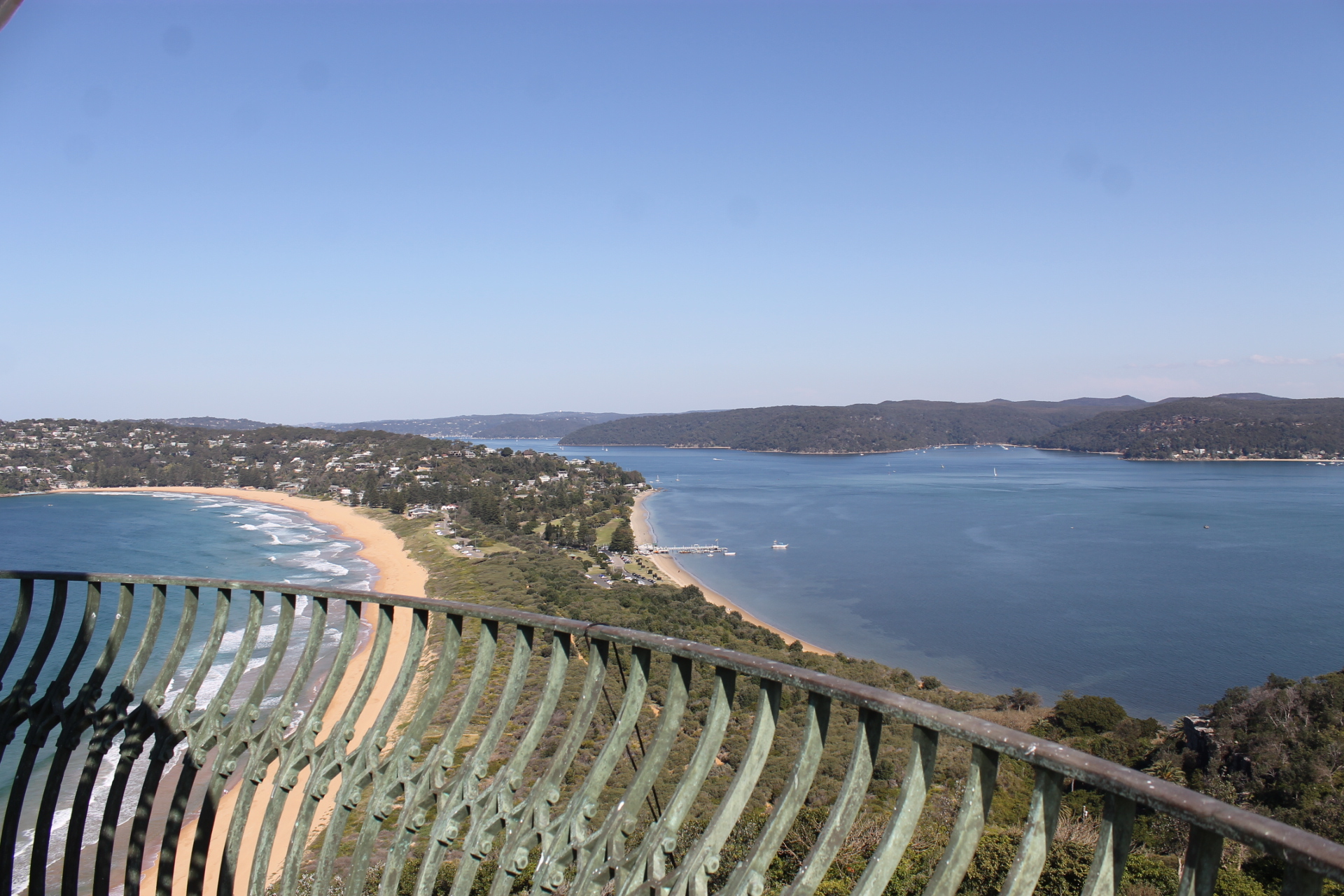
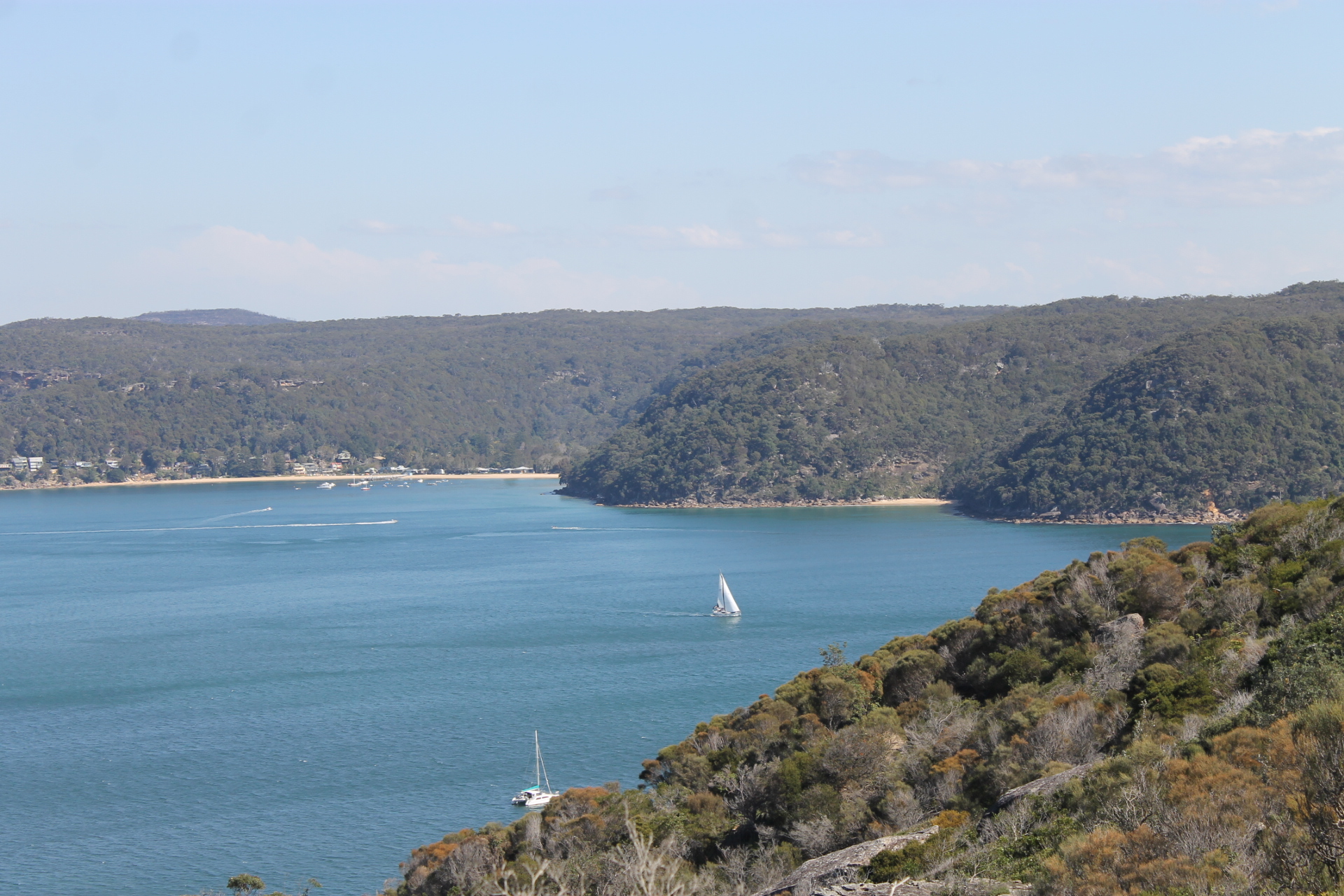
Photos; AJG/PON - International Lighthouse and Lightship weekend 2013
International Lighthouse Heritage Weekend
August appears to have become Lighthouse month around the world – here in the southern hemisphere in Spring while in Autumn in the Northern Hemisphere. Both seasons are wonderful for visiting a lighthouse and its surrounds. As part of the Lighthouses of Australia's Charter to Promote, Protect and Preserve Australia’s lighthouse heritage, the organisation are proud to promote the weekend celebrations of Lighthouse Heritage.
International Lighthouse and Lightship Weekend (ILLW) is an annual 48 hour amateur radio event held on the third full weekend in August where Radio groups operate from Lighthouses around the world with the aim to communicate with as many other Lighthouse based radio operator groups over the duration of one weekend. It is very much through the role of Kevin Mulcahy’s work (with Mike Dalrymple [dec]) in promoting this world wide popular radio event, that other groups associated with Lighthouses are adopting August as Lighthouse Month. See also the ILLW Facebook page.
Many of our own Australian Lighthouses now also use that weekend to run special events at sites where towers are already open to the public as well as the few extra towers that gain permission to open a tower for just that weekend. Some, but not all of these Lighthouse Heritage celebrations are accompanied by radio operators.
Universities Of Australia
Published July 2023 by NFSA
From the Film Australia Collection. Made by the National Film Board 1951. Directed by Malcolm Otton. This survey of Australian Universities is another of the films produced by the Australian National Film Board to celebrate the Jubilee of Federation. It shows that the young Universities which have grown up over the last hundred years have absorbed the traditions of intellectual freedom and exploration which are those of the great and very much older Universities or Great Britain and America. The film tells something of their story but most of the action is devoted to explaining why graduates are so important to the general community. We see them being trained for the professions, in the arts and crafts which together make up the cultural fabric of a people. We learn that the social and industrial progress of the nation is partly in the hands of the young people who emerge from the cloistered halls of the Universities. The film breaks down the old illusion that the Universities are sequestered, that they are apart from the community. The film, in fact, stresses that these institutions are main cogs in the machine of society. At the same time it emphasises that the Universities of Australia are suffering a financial famine which must be eased if they are to accomplish all of their aspirations.
Parli-Flicks Short Film Award 2023
Lights, camera, action!
NSW high school students, it’s time to shoot your shot for the 2023 Parli-Flicks Short Film Award.
The brief? Create a one-minute short film that takes a stand on whether the voting age should be lowered or kept at 18 in NSW.
Animation, music, comedy, drama, what’s your angle? This is your chance to be creative!
The winner will take home a $250 cash prize, with the finalists invited to an exclusive awards night at the Parliament of NSW.
Entries are open to Year 7 – 12 NSW high school students and close Friday August 11th 2023.
Want your school to participate? Visit our Education website for entry details and more information to share with your school administration.

Your First Speech To The Australian Parliament
Your first speech is a great way to speak about issues you are passionate about. You could enter as an individual or get your whole school involved!
Australian students enrolled in years 10 to 12 are invited to enter the 'My First Speech' competition.
You can enter as a school or as an individual.
Imagine yourself as a newly elected Member of the House of Representatives. Your task is to write a 90 second speech about issues you are passionate about then record yourself presenting the speech on video.
The video should be in MPG, MPEG, M4V, MPEG 4, AVI, WMV or MOV format with a resolution of 640 x 480 pixels or above and no longer than 90 seconds in length. Opening titles or end credits are not required.
A winner from each year, 10, 11 and 12, will be invited to Canberra to deliver their speeches live and undertake a program of meetings at Parliament House.
To enter the competition, submit your video via email, along with a written transcript of your speech and completed competition forms. The scanned forms can be pdf or jpg format.
If your video is too large to be emailed (over 30mb) send it via Dropbox, Google Drive or even a USB along with a transcript of your speech and completed competition forms.
For mailed entries send to:
My First Speech competition
House of Representatives
PO Box 6021
Parliament House
Canberra ACT 2601
Entries must be received by Friday, 11 August 2023
Competition forms and more here: https://www.aph.gov.au/myfirstspeech/enter
Cartoon
%20(1).jpg?timestamp=1689876609022)

A Brief History Of Animation
School Leavers Support
- Download or explore the SLIK here to help guide Your Career.
- School Leavers Information Kit (PDF 5.2MB).
- School Leavers Information Kit (DOCX 0.9MB).
- The SLIK has also been translated into additional languages.
- Download our information booklets if you are rural, regional and remote, Aboriginal or Torres Strait Islander, or living with disability.
- Support for Regional, Rural and Remote School Leavers (PDF 2MB).
- Support for Regional, Rural and Remote School Leavers (DOCX 0.9MB).
- Support for Aboriginal and/or Torres Strait Islander School Leavers (PDF 2MB).
- Support for Aboriginal and/or Torres Strait Islander School Leavers (DOCX 1.1MB).
- Support for School Leavers with Disability (PDF 2MB).
- Support for School Leavers with Disability (DOCX 0.9MB).
- Download the Parents and Guardian’s Guide for School Leavers, which summarises the resources and information available to help you explore all the education, training, and work options available to your young person.
School Leavers Information Service
- navigate the School Leavers Information Kit (SLIK),
- access and use the Your Career website and tools; and
- find relevant support services if needed.
Word Of The Week: Apricity
Noun
(obsolete) The warmth of the Sun in winter.
From the Latin aprīcitās, noun of quality from aprīcus (“warmed by the sun”).
Noun
aprication - (rare) The act of apricating, or basking in the sun.
Verb - apricate; 1. (intransitive, rare) To bask in the sun. 2. (transitive, also figuratively, rare) To disinfect and freshen by exposing to the sun; to sun.
Apricity appears to have entered our language in 1623, when Henry Cockeram recorded (or possibly invented) it for his dictionary The English Dictionary; or, An Interpreter of Hard English Words. Despite the fact that it is a delightful word for a delightful thing it never quite caught on, and will not be found in any modern dictionary aside from the Oxford English Dictionary.
Compare Hiemal - adjective (rare) - of, characteristic of, or occurring in winter. "pertaining to winter,"
From 1550s, from Latin hiemalis "of winter, wintry," from hiems "winter," from PIE root gheim- "winter."
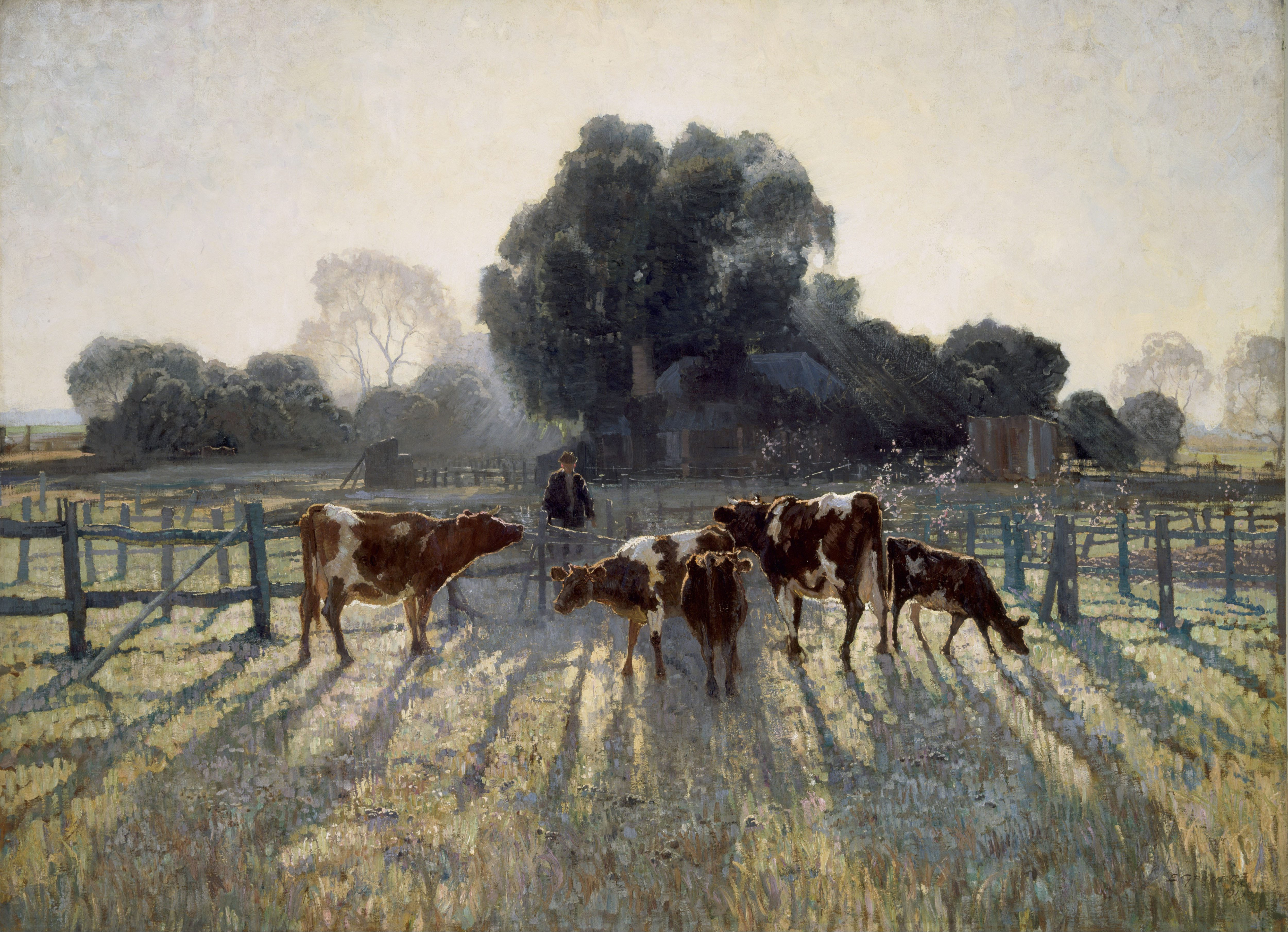
Spring Frost is a 1919 painting by the Australian artist Elioth Gruner. The painting depicts a small herd of dairy cows in the early morning. Gruner's most well-known painting, Spring Frost was awarded the Wynne Prize in 1919. Dimensions 131.0 cm × 178.7 cm (51.6 in × 70.4 in)
Spring Frost was largely painted en plein air at Emu Plains—now an outer western suburb of Sydney but then a rural area—on the farm built by Isaac Innes and inherited by his son Jim Innes. It is Jim Innes in this painting with his cattle. Elioth Gruner's 1916 painting Morning Light also shows this farm. To compose the painting Gruner built a small structure on site to protect the canvas and, to avoid frostbite, he wrapped his legs with chaff bags. Elioth Lauritz Leganyer Gruner (16 December 1882 – 17 October 1939) was an Australian artist. Gruner won the Wynne Prize for landscape painting seven times, the most of any Australian artist besides Hans Heysen.
The work is on permanent display in the Art Gallery of NSW - South Building, ground level, Grand Courts - and is considered the most favourite Australian landscape in the gallery. This work was acquired by the Gallery in 1939, a Gift of F G White.
How a surfing sea otter revealed the dark side of human nature

Surfers often talk about how the sport helps them reconnect with nature, but a recent episode involving an otter with a love for surfboards shows just how brittle our love for wildlife really is.
The authorities are trying to capture and remove said otter from her native environment for climbing onto a man’s surfboard in Santa Cruz, California. In a video of the incident published on Twitter, the otter is seen clambering onto the surfer’s board where she appears to play with it. Wildlife officials described the otter’s behaviour as aggressive.
People have joked that the otter has joined the orca uprising, referring to the killer whale attacks on boats off the coast of Spain. A researcher said the orcas are attacking sailboats for an “adrenaline shot”.
If you watch the video, you will notice that the otter remains at the opposite end of the board to the surfer. But the language used by the media, and the authorities they quote, is far more telling than the otter’s behaviour.
War On Nature
We often use the language of combat to describe unusual events and to make sense of what seems like an imbalance in the world. Words like “conflict” and “clash” fit into an oppositional narrative, which is a simpler way to tell stories than, say, “unusual interaction”. Often, as storytellers in all fields, we humans describe the world, our local environment and to whom they “belong”, as a kind of fight – for example: “force of nature” and “triumph of civilisation”.
Any number of things could explain the Santa Cruz otter’s behaviour, including fear, anxiety, protective territorialism, curiosity and perhaps even aggression. People blame the otter, without stopping to think what our use of this space – their home – may mean to otters. This particular otter may go through the trauma of being trapped, torn from her home and relocated. Yet it is the otter that is considered the aggressor.
The physicist and ecological philosopher Karen Barad urges us to rethink our interactions with the ecological world not as one of ownership or dominion, but entanglement. She wrote that existence is not an individual affair and that people don’t exist separately from their interactions with other beings. Individuals of any species live as part of an entangled existence with other living creatures.
Our Connection To The Natural World
Both otters and humans live in this watery coastal space in ways that are unique but intertwined. When our entanglement with nature becomes conflict, there will be casualties, which tend overwhelmingly to be the animals.
We impose human character traits, such as anger, onto animals without applying sensitivity to their motives. We reduce their complex experiences, feelings and cognition to a single action if they don’t behave how we think they should (otters must be cute).
Think of cliches, such as “stubborn as a mule”. Who wouldn’t be stubborn under threat of whipping or while carrying a huge load? We also borrow from nature for insults such as bitch, dozy cow and pig. We’ll use these words to describe human qualities. But we don’t stop to question the motivation behind animals’ behaviour.
If we reverse the language in the news stories about the sea otter we could say the sea otter had her home invaded by a large, aggressive animal. And that animal’s kin now wants to kidnap and incarcerate her.
The language of combat works for neither party. It doesn’t work for the humans who impose it, because when you flip the language you ignore the fact humans are scared too, and confused because this animal they think of as cute and cuddly is turning against them.
People love otters, but western representation of otters has disconnected us from the random and varied complexities of their behaviour in nature.
We need to learn to share the Earth. And for that we need to change both our language and behaviour. Combat metaphors must be replaced with language about sharing and opening space for the animal.
This story reminds me of the childhood trauma of an entire generation who watched the beautiful film Ring of Bright Water (1969), where an otter is the star. This film is an interesting portrayal of the individuality of animals and how that conflicts with the way we reduce them to pests or nuisances.
Films and stories often use a distinctive animal or human character to remind us that each of Earth’s occupants are individuals. Categorising animals as a species or other mass groupings is what makes us feel as though we can destroy them as “vermin” or “pests”.
Are humans not pests to many animals just trying to thrive? The Evening Standard article ends with this quote from a marine expert: “They’re actually pretty aggressive animals. They’re not as cute and cuddly as people tend to think.”
He could easily have been talking about humans.![]()
Patricia MacCormack, Professor of Continental Philosophy, Anglia Ruskin University
This article is republished from The Conversation under a Creative Commons license. Read the original article.
Nothing is not nothing: how a scientist set out to sing the story of our origins

At the close of the 18th century, the Austrian composer Joseph Haydn wrote one of his masterpieces: an oratorio – a large concert piece for orchestra, choir and solo singers – entitled The Creation, with a libretto based on the biblical story of the creation of the world.
More than 200 years later, our understanding of how our world began has changed spectacularly. As both a scientist and a chorister, I have waited for decades for someone to write a new oratorio that tells of the origin of the Universe, of life, of species, and of humanity, based on science.
But nobody ever did, although composer Alan Williams, librettist Philip Goulding and astrophysicist Tim O'Brien wrote an oratorio called Wonder for the International Year of Astronomy in 2009 that reflected scientific understanding of the birth of the Universe.
So – with the help of a poet colleague, a composer and the choir I sing in – I set out to tell this story of origins with music and beautiful words and images from cosmology, molecular biology, evolutionary genetics, ecology and anthropology.
Science Is Beautiful
Rereading my old books by the masters of these fields brought back to me the awe and wonder inspired by the discoveries of the past century.
What could be more awesome than the creation of a universe from nothing? Or the creation of the molecules of life in a warm pond or hydrothermal vent?
What could be more beautiful than the origin of species of increasing complexity, including our own? What could be more important than conserving our planet and understanding ourselves and our place in the Universe?
So why isn’t the general public in love with science? When I lived in a commune 50 years ago, the very smart sociologists, psychologists and teachers I lived with would deride my passion. Science is hard and boring. Science is downright dangerous. Science is only good for inventing gadgets.
In 1959, the English novelist and chemist C.P. Snow wrung his hands at the existence of “two cultures” that don’t talk to each other. Despite the explosion of scientific advances, I’m not sure we have advanced much in the integration of science into our culture.
My early experiences began a lifelong search for ways to express the beauty and simplicity of science. What could touch us more profoundly than music?
We Are What We Sing
Humans of all ages and cultures have sung their deepest desires, hopes and fears. There’s even a theory that song evolved before language.
Religion uses music to foster community and bring comfort and certainty to our uncertain lives. For centuries, beliefs have been fostered and reinforced by constant repetition of a credo in one form or another.
As a chorister, I have sung dozens of masses, requiems and oratorios, by Bach, Brahms, Mozart, Berlioz, Faure, Britten and more. I think these classics are the most gorgeous music in the world, and I love singing them.
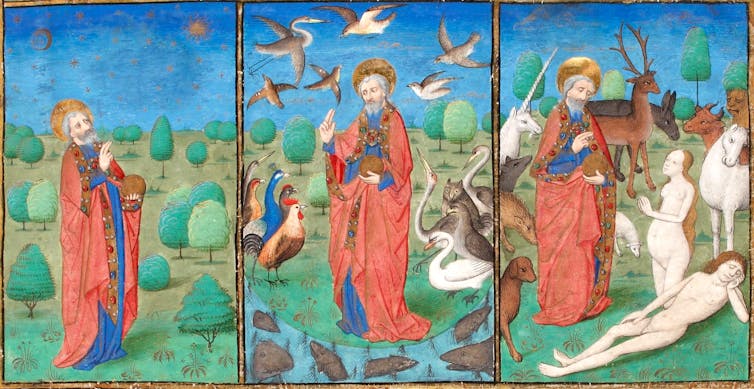
But the ideas in the librettos were developed centuries ago.
When I first thought of writing an update, the idea seemed preposterous. How could an evolutionary geneticist with little formal musical training ever conceive, let alone write, the libretto for a major new work?
Up until then I had written 462 scientific articles, but only one poem – and that was 65 years earlier.
Nothing Is Not Nothing
I teamed up with my fellow chorister, poet Leigh Hay, with support from Peter Bandy, the conductor of our choir (the Heidelberg Choral Society). Peter persuaded the Australian-born composer Nicholas Buc to write the music.
I had the first line in my head for years: “Nothing is not nothing.” I also had an idea for the finale “Man is the astronomer”, in which soloists ask despairing questions about humanity’s future, answered by the chorus’ reassurance that we humans, uniquely, can understand the universe and our place in it.

To my surprise, the story unfolded in my head, in (rather unkempt) verse, and fell naturally into four sections: the universe, life, species, and humanity.
First the Big Bang and the cacophony of early Earth, and our planet forming into the “pale blue dot no bigger than Neil Armstrong’s thumb”.
Then the coalescence of molecules into self-replicating machines. Dramatising the discovery of the structure of DNA was fun to write: we interrupted excited half-sentences from Watson and Crick with a plaintive aria from Rosalind Franklin.
The steely beauty of DNA, the elegance of coding. The stuttering of mutation was obviously a fugue. For early life, I looked to famous Australian fossils.
Enter Darwin, singing calmly about his “one great law” against a chorus of hysterical hecklers. I had Bach’s St Matthew Passion in mind.
Then the desperation and frivolity of evolution; black and white moths, dancing lyrebirds, mechanically altruistic ants, speciating rock wallabies. Here I used my knowledge of famous Australian examples, including, alas, extinctions. A funeral march with tolling bell introduces the sixth extinction that is all our own.
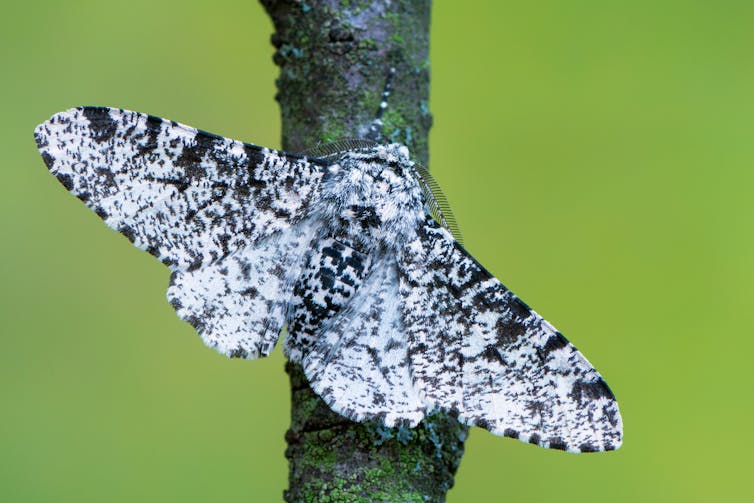
When I got to the rise of the third chimpanzee, the “dominant mammal” making a mess of our planet, I started feeling gloomy and had to rescue myself by writing a strong message of hope into the finale.
Approaching The Performance
With the words done, Nick Buc’s music written, and a visual backdrop created by animator Drew Berry, we are now well into rehearsals with the 100 voices of the Heidelberg Choral Society, a 60-piece orchestra and four soloists, conducted by Peter Bandy.
The premier of Origins is set for July 18 at the Melbourne Recital Centre. Some 225 years after Haydn’s Creation first dazzled audiences with its religious vision, an oratorio on our origins based in science will have arrived.
Clarification: this article has been amended to mention the 2009 oratorio Wonder, by Alan Williams, Philip Goulding and Tim O'Brien.![]()
Jenny Graves, Distinguished Professor of Genetics and Vice Chancellor's Fellow, La Trobe University
This article is republished from The Conversation under a Creative Commons license. Read the original article.
‘Now I am become Death, the destroyer of worlds’: who was atom bomb pioneer Robert Oppenheimer?

Robert Oppenheimer is often placed next to Albert Einstein as the 20th century’s most famous physicist.
He will forever be the “father of the atomic bomb” after the first nuclear weapon was successfully tested on July 16, 1945 in the New Mexican desert. The event brought to his mind words from a Hindu scripture: “Now I am become Death, the destroyer of worlds”.
Who Was Robert Oppenheimer?
Born in 1904 in an affluent New York family, Oppenheimer graduated from Harvard majoring in chemistry in 1925.
Two years later, he completed his PhD in physics at one of the world’s leading institutions for theoretical physics, the University of Göttingen, Germany. He was 23 and enthusiastic to the point of alienating others.
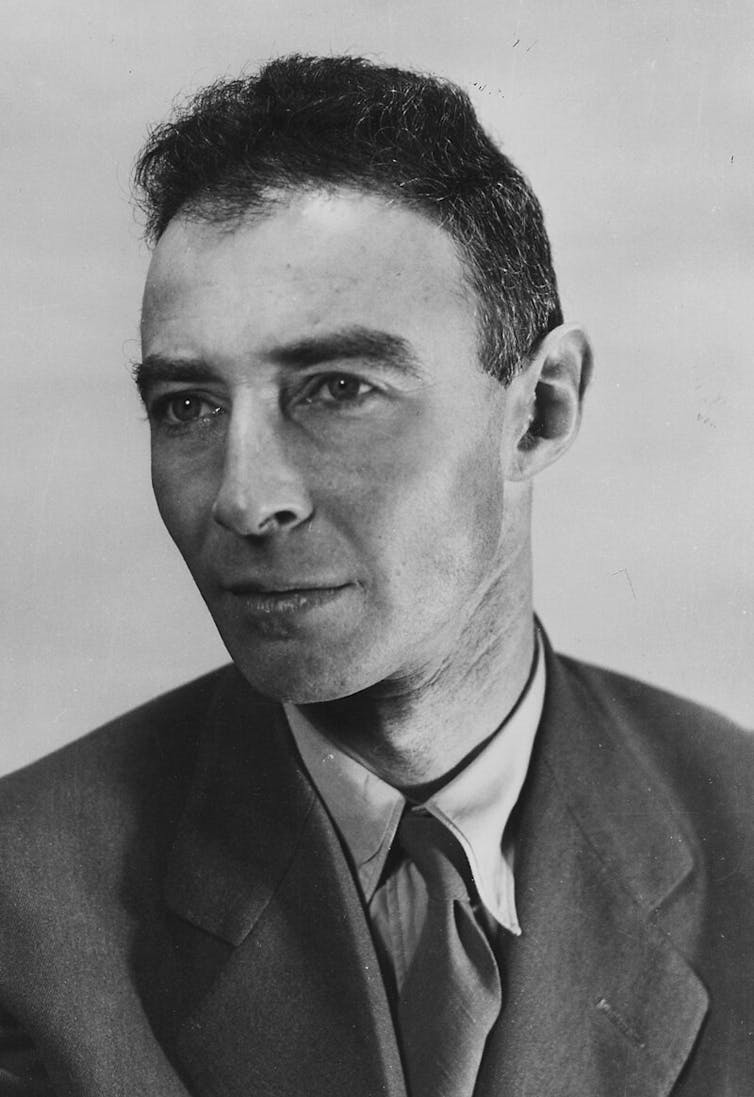
Throughout his life, Oppenheimer would be judged either as an aloof prodigy or an anxious narcissist. Whatever his contradictions as an individual, his eccentricities did not limit his scientific achievements.
Before the outbreak of the second world war, Oppenheimer worked at the University of California, Berkeley, and the California Institute of Technology. His research concentrated on theoretical astronomy, nuclear physics and quantum field theory.
Although he confessed to being uninterested in politics, Oppenheimer openly supported socially progressive ideas. He was concerned with the emergence of antisemitism and fascism. His partner, Kitty Puening, was a left-leaning radical and their social circle included Communist Party members and activists. Later, these associations will mark him as a communist sympathiser.
As a researcher, Oppenheimer published and supervised a new generation of doctoral students. One of these was Willis Lamb, who in 1955 was awarded the Nobel Prize in physics. The Nobel Prize eluded Oppenheimer three times.

The Second World War
Two years after Germany and Soviet Russia attacked Poland, the United States entered WWII. Oppenheimer was recruited to work on the infamous Manhattan Project. His ideas about chain reaction in an atomic bomb gained recognition among the US defence community. He started his work by assembling a team of experts. Some of them were his students.
In 1943, despite his left-wing political views, lack of high-profile career and no experience in managing complex projects, Oppenheimer was appointed director of the Los Alamos National Laboratory in New Mexico. He was enthusiastic. He seemed to have “reserves of uncommitted strength” recalled physicist Isidor Isaac Rabi. His task was to develop atomic weapons.
Los Alamos Laboratory expanded rapidly as the project grew in complexity, with the personnel exceeding 6,000. His ability to master the large-scale workforce and channel their energy towards the needs of the project earned him respect.
He proved to be more than just an administrator by being involved in the interdisciplinary team across theoretical and experimental stages of the weapons development.
The Nuclear Test
On July 16, 1945 the nuclear test, code named Trinity, took place.
The first atomic bomb was successfully detonated at 5:29 am in the Jornada del Muerto desert. As his chief assistant, Thomas Farrell, recounted:
There came this tremendous burst of light followed shortly thereafter by the deep growling roar of the explosion.
Oppenheimer later recalled that “a few people laughed, a few people cried, most people were silent”. What he knew for sure was that the world would not be the same.
It was too late for the atomic bombs to be used against Germany in the war – the Nazis had capitulated on May 8. Instead, US President Harry Truman decided to use the bomb against Germany’s ally, Japan.
Shortly after the atomic bombs were dropped on the Japanese cities of Hiroshima and Nagasaki in August 1945, Oppenheimer confronted the US secretary of war, Henry Stimson, demanding that nuclear weapons were banned.
Similarly, when speaking with Truman, Oppenheimer talked about his feeling of having blood on his hands. Truman rejected Oppenheimer’s emotional outburst. The responsibility for the use of the atomic bombs, after all, rested with the commander in chief (himself).
Truman’s rebuttal did not prevent Oppenheimer from advocating for the establishment of controls on the nuclear arms race.

Arms Control
In the postwar years, Oppenheimer settled in Princeton, New Jersey, at the Institute for Advanced Study. He read widely. He collected art and furniture. He learned languages. His well-paid position enabled his pursuit of a deeper understanding of humanity though the examination of ancient scriptures. He argued for the unity of purpose between the sciences and humanities.
Oppenheimer’s patronage supported and encouraged other scientists in their research. But his chief concern was the unavoidable arms race. He advocated for the establishment of an international body that would control the development of nuclear energy and its usage.
In 1947, a civilian agency called the Atomic Energy Commission began its work. Oppenheimer urged strongly for international arms control.
The Soviet Union’s first atomic bomb test in August 1949 took the US by surprise and pushed American researchers to develop a hydrogen bomb. The US government hardened its position. In 1952, Truman refused to reappoint Oppenheimer as the adviser to the Atomic Energy Commission.
After 1952, Oppenheimer’s advocacy against the first test of the hydrogen bomb resulted in the suspension of his security clearance. The investigation that followed in 1954 exposed Oppenheimer’s past communist ties and culminated in his security clearance being revoked.
McCarthyism And Academic Freedom
In the era of Joseph McCarthy’s witch-hunts, his fellow scientists considered Oppenheimer as a martyr of the cause of academic freedom. “In England”, commented Wernher von Braun, a former Nazi turned American pioneer of rocket technology, “Oppenheimer would have been knighted”.
After 1954, Oppenheimer did not cease to advocate for freedom in the pursuit of knowledge. He toured internationally with talks about the role of academic freedom unrestrained by political considerations. He argued that the sciences and the humanities are not separate human endeavours but interlocked and inseparable.
Oppenheimer died at the age of 62 on February 18, 1967.![]()
Darius von Guttner Sporzynski, Historian, Australian Catholic University
This article is republished from The Conversation under a Creative Commons license. Read the original article.
What do astronomers say about Moon landing deniers? Batting down the conspiracy theory with an assist from the 1969 Miracle Mets
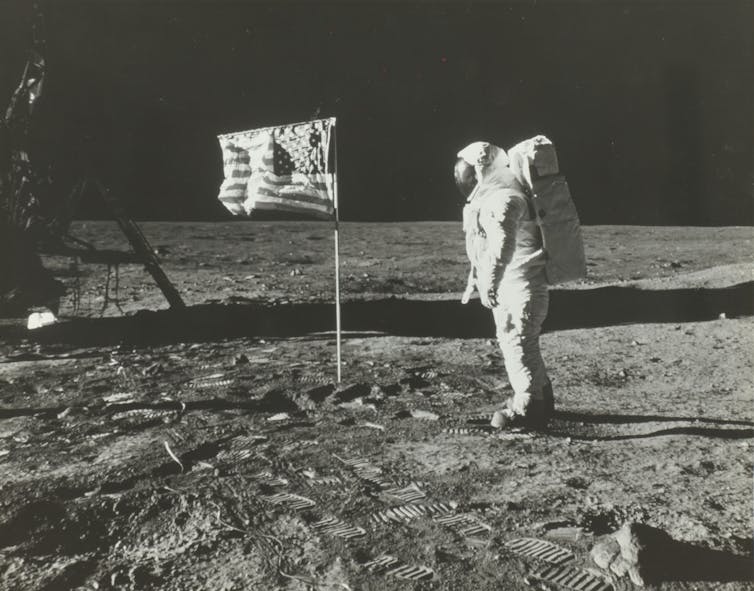

Curious Kids is a series for children of all ages. If you have a question you’d like an expert to answer, send it to curiouskidsus@theconversation.com.
What do astronomers have to say about the Moon landing conspiracy theories? – Prisha M., age 14, Mumbai, India
Back in 1969 – more than a half-century ago – Apollo 11 astronauts Neil Armstrong and Buzz Aldrin landed on the Moon.
At least that’s what most people think.
But a few still insist that humans did not land on the Moon.
Should you believe them? How can you know that astronauts really did go to the Moon?
Let’s address this question by putting it side by side with another stunning event of the same year: the New York Mets’ shocking win in baseball’s World Series. They beat the Baltimore Orioles, four games to one.

Another Miracle
But how do you know that? How can you be sure? After all, up until 1969, the Mets were a terrible team. They won the fewest games in the major leagues in 1967, and the third-fewest in 1968. It seems very unlikely they could have won the championship the very next year.
What if someone said that it didn’t happen? That the Mets instead lost the series to the Orioles? That the claim the Mets won is just a hoax, a canard, a fake story?
Is it possible to prove they’re wrong?
Seen On TV
First: Millions of Americans watched the World Series on television – approximately 11 million to 17 million viewers per game, according to Nielsen ratings. Many of those people are still alive today and remember seeing the Mets win.
Why would all of them lie? That doesn’t make sense.
Now consider this: More than 600 million people around the world watched the Moon landing on TV.
Seen At Stadiums
But a skeptic might say “so what” – maybe the entire World Series was somehow faked, re-created in a TV studio.
Yet ticket records document more than 250,000 people saw the games in person. Along with them were hundreds of TV, radio and newspaper reporters and support personnel who also witnessed the action directly. Many of them are still alive today, and every one of them agrees that the Mets won.
Why would all of them lie? That doesn’t make sense.
Now consider this: More than 400,000 people worked on the Apollo program – scientists, engineers, researchers and support staff along with the astronauts.
Even The Opposition Agreed
So a skeptic might claim the New York media, or some other corporate entity, set up fake broadcasts and fake fans for some nefarious purpose. And the reason no one talks – well, maybe everyone was paid off.
Although the New York newspapers and TV stations may have wanted the Mets to win, the Baltimore reporters and broadcasters, and especially the players and fans, did not.
Yet all of them – even the players – admitted their team had lost. If the Series was a sham, why didn’t a single one of them who opposed the Mets expose the fraud?
Why would all of them lie? That doesn’t make sense.
Now consider this: The Soviet Union was the United States’ rival in the Space Race – it wanted to be the first on the Moon. But the Soviet government told its citizens on radio and television and in newspaper articles in July 1969 that U.S. astronauts had landed on the Moon. Soviet President Nikolai Podgorny even sent a telegram to U.S. President Richard Nixon offering his congratulations.
Score Cards And Moon Rocks
At this point, a skeptic might change tactics and say all of this evidence is just hearsay, and you can’t trust people.
But consider the hard physical objects preserved from the Series. At the Baseball Hall of Fame in Cooperstown, New York, you can find score cards and programs from the games, as well as the glove worn by center fielder Tommie Agee. All the objects can be dated to the year 1969.
Certainly, this is slightly weaker evidence; after all, it’s possible to produce fake printed items. And even if scientists found traces of Tommie Agee’s DNA in the glove, it would prove only that he wore it at some point that year, not necessarily that the Mets had won the Series.
But the physical evidence for the Moon landings cannot be faked so easily. First, the Moon rocks brought back by the Apollo astronauts are unlike rocks on Earth. And they are similar to lunar samples returned by Soviet and Chinese spacecraft. Scientists from many countries have examined these rocks and continue to study them today.
Second, the Apollo 11 astronauts placed mirrors on the Moon that have been detected for decades by telescopes in the U.S., France, Germany, South Africa and Australia. Anyone with a few million dollars can build a telescope big enough to see them.
There’s even more evidence we haven’t mentioned: the dozens of unmanned probes sent to the Moon by both the U.S. and the USSR before Apollo 11, which built up the technology needed for the landings; the large budget devoted to the project – NASA spent about US$49 billion on lunar missions between 1960 and 1973; and the universal agreement by scientific and academic institutions around the world for the past half-century that astronauts really did land on the Moon.
So why do some people continue to insist that humans never reached the Moon? Maybe they like to imagine they have “secret knowledge.” It makes them feel they’re just a bit smarter than everyone else. After all, a few still incorrectly claim the Earth is flat.
Now – what do you think? Did the Baltimore Orioles actually win the World Series in 1969? Has a worldwide conspiracy prevented millions of witnesses from coming forward to expose the hoax? Have citizens of the United States suffered from an episode of mass delusion?
Or did the Miracle Mets actually win the World Series in 1969?
The evidence – and your logic and common sense – will answer the question for you.
Hello, curious kids! Do you have a question you’d like an expert to answer? Ask an adult to send your question to CuriousKidsUS@theconversation.com. Please tell us your name, age and the city where you live.
And since curiosity has no age limit – adults, let us know what you’re wondering, too. We won’t be able to answer every question, but we will do our best.![]()
Michael Richmond, Professor of Astronomy and Physics, Rochester Institute of Technology
This article is republished from The Conversation under a Creative Commons license. Read the original article.
First Moon Landing 1969: 54 Years Ago
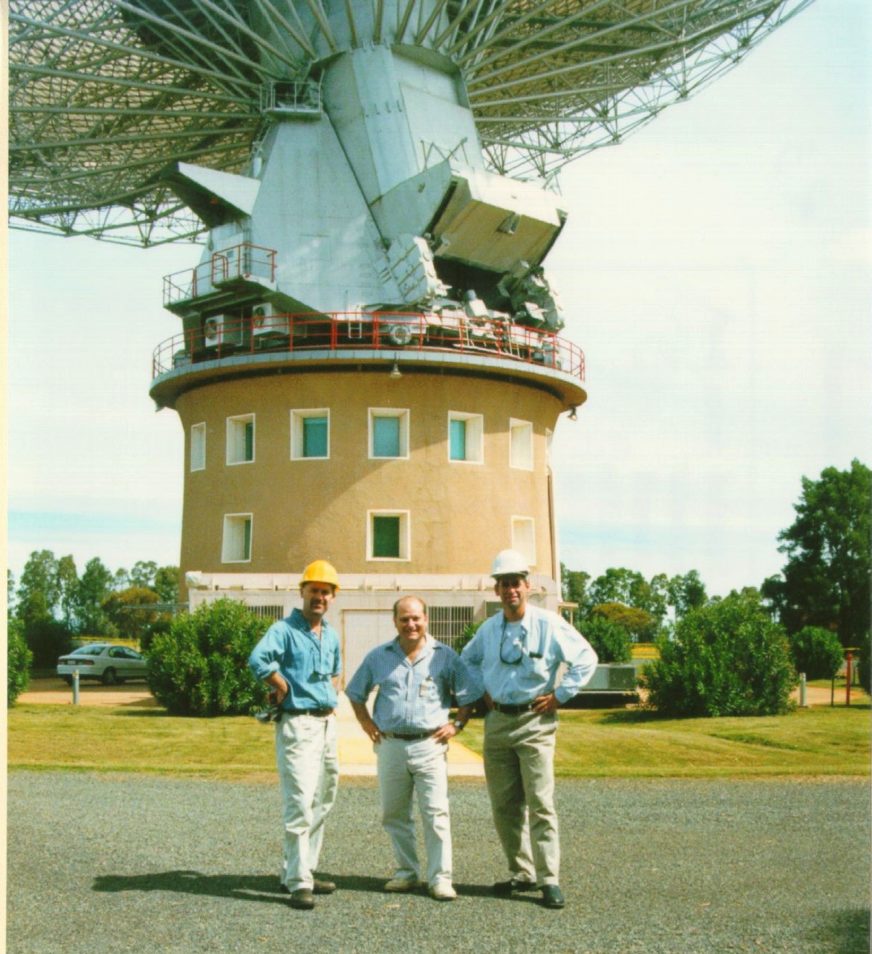
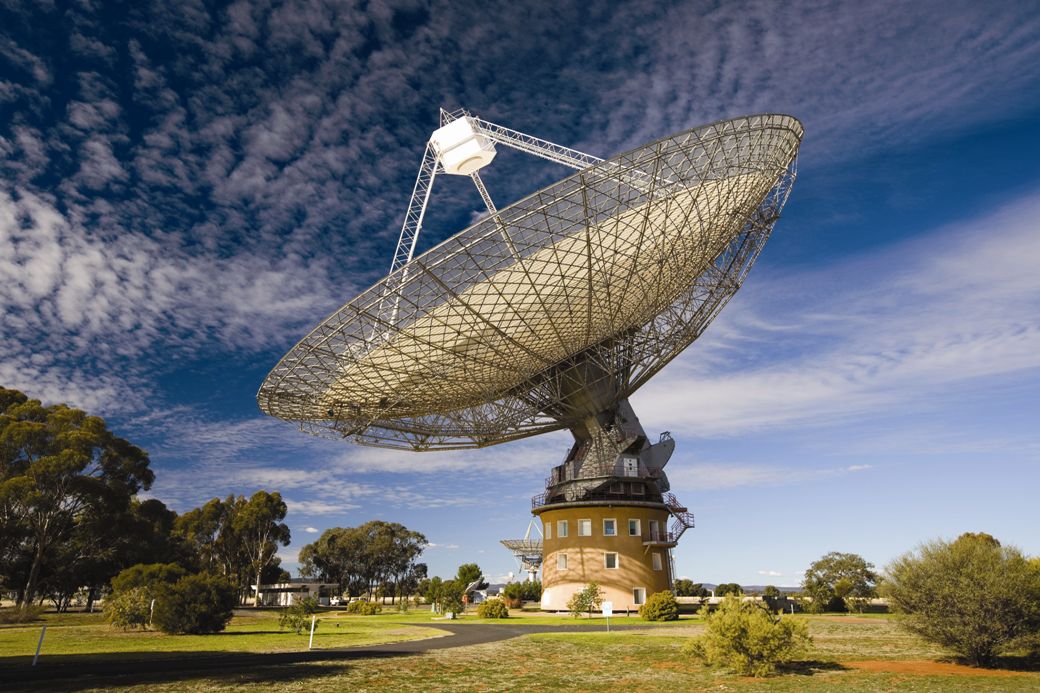
- The selection of the Parkes telescope site took several years and had to fulfil key technical requirements, such as a stable geology and low radio-frequency interference.
- It took three years to design and two years to build the telescope; it was officially opened on 31 October 1961.
- The moving part of the telescope, above the concrete tower, weighs 1000 tonnes – more than two Boeing 747 aircraft. This moving part is not fixed to the top of the tower but just sits on it.
- The telescope only receives signals from space, but never sends them.
- Because the large surface of the dish catches the wind like a sail, the telescope must be 'stowed' (pointed directly up) when the wind speed exceeds 35 kilometres an hour.
- It can detect radio waves from seven millimetres to four metres long, and be pointed with an accuracy of better than 11 arcseconds – about the width of a finger seen 150 metres away.
- The telescope operates twenty four hours per day, through rain and cloud.
- About 85 per cent of all time each year is scheduled for observing. Less than five per cent of that time is lost because of high winds or equipment problems. Most of the rest of the time each year is used for maintenance and testing.
- In 2020 local Wiradjuri elders gave the 64-metre telescope the name Murriyang, which represents the 'Skyworld' where a prominent creator spirit of the Wiradjuri Dreaming, Biyaami (Baiame), lives. Two smaller telescopes at CSIRO's Parkes Observatory also received Wiradjuri names.
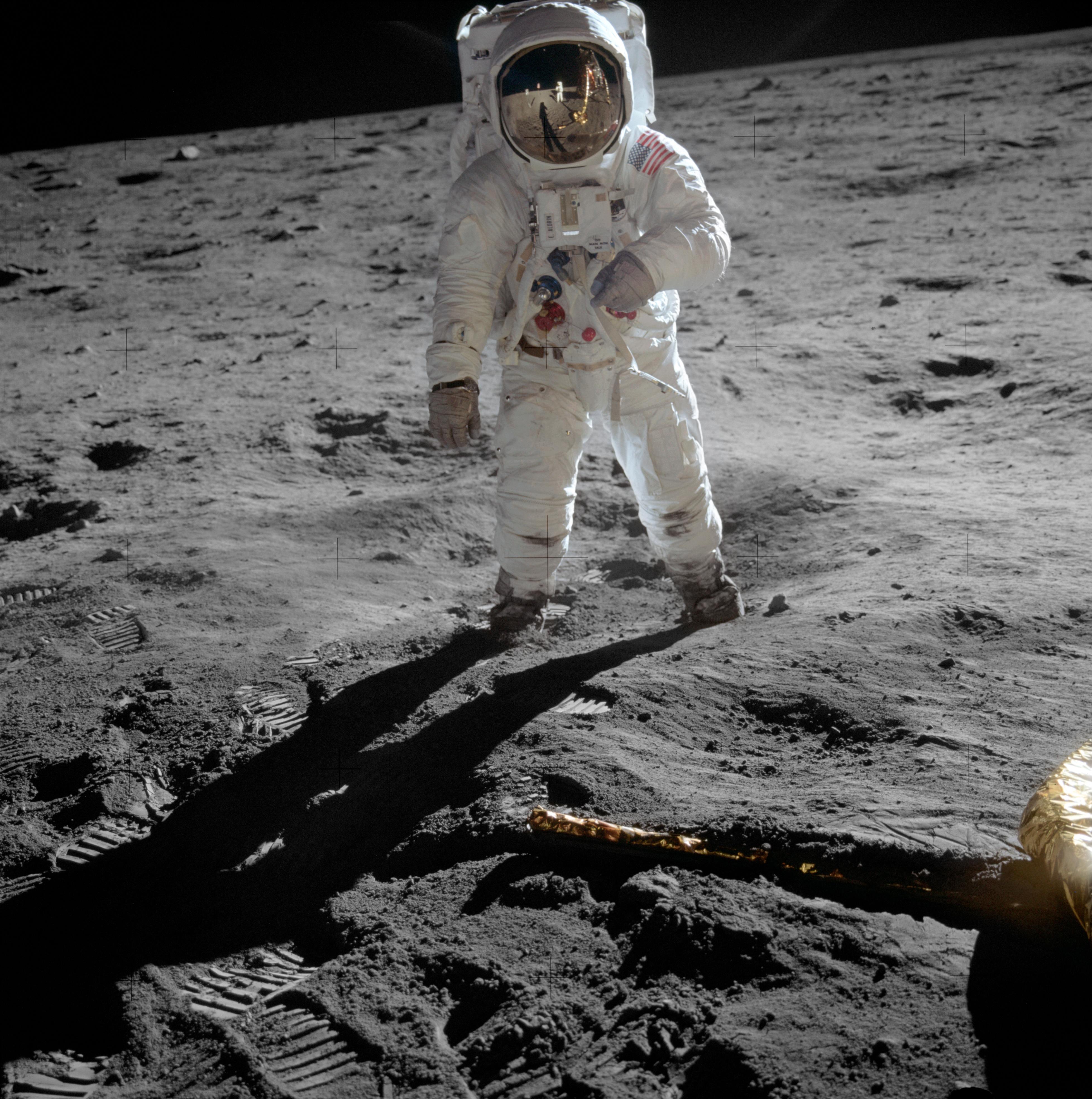
Is the Barbie movie a bold step to reinvent and fix past wrongs or a clever ploy to tap a new market?

After a months-long marketing blitz, the much-hyped Barbie movie is released this week.
From a Malibu Barbie dreamhouse listed on AirBnB, an AI tool that transforms selfies into Barbie movie posters and multiple Barbie-themed brand collaborations ranging from nail polish to roller skates, Barbie is everywhere.
She has even gone viral as a fashion trend known as Barbiecore, exploding across social media with people embracing vibrant pink hues and hyper feminine aesthetics. A Barbie world is upon us.
Although some have criticised this saturation strategy, it is a very deliberate marketing ploy to revitalise and redefine a brand with a contested position and history.
As well as attracting adults who grew up with Barbie and are curious to see what’s changed, the reinvention is drawing in those younger fans swept up by the tsunami of marketing and merchandise.
Despite being one of the most trusted brands with a value of approximately $US700 million, Barbie has long attracted feminist criticism for fuelling outdated and problematic “plastic fantastic” sexist stereotypes and expectations.
The Barbie Backlash
Only a few years back, Barbie was a brand in crisis. Sales plummeted across 2011 to 2015 against the cultural backdrop of a rise in body positivity and backlash against a doll that represented narrow ideals and an impossible beauty standard.
After all, at life-size Barbie represents a body shape held by less than 1 in 100,000 real people. In fact, she is so anatomically impossible that, if she were real, she would be unable to lift her head, store a full liver or intestines, or menstruate.
The backlash has also been in response to growing concerns about how she influences child development, particularly how and what children learn about gender. Barbie has been identified as a risk factor for thin-ideal internalisation and body dissatisfaction for young girls, encouraging motivation for a thinner shape that damages body image and self esteem.
And despite the multiple careers Barbie has held over the decades, research highlights that girls who play with Barbie believe they have fewer career options than boys. This speaks to the power of toys to reinforce gender stereotypes, roles and expectations, and how Barbie has imported narrow ideals of femininity, girlhood and womanhood into young girls’ lives.
Reinventing A Long-Established Icon
In response to this backlash, Mattel launched a new range of Barbies in 2016 that were promoted as diverse, representing different body shapes, sizes, hair types and skin tones. This was not without criticism, with “curvy” Barbie still considered thin and dolls named in ways that drew attention foremost to their bodies.

From a white, well-dressed, middle-class, girl-next-door with friends of a similar ilk, Barbie has since been marketed as a symbol of diversity and inclusion. To signify the extent of the transformation, Mattel’s executives gave this project the code name “Project Dawn”.
Mattel - like many other brands joining the “inclusivity revolution” - knew that diversity sells, and they needed to make their brand relevant for contemporary consumers.
Diversity initiatives included a line of female role model dolls, promoted as “introducing girls to remarkable women’s stories to show them you can be anything”.
Barbie was also given a voice in the form of Barbie Vlogs, where she expressed her views on issues including depression and the sorry reflex. A gender neutral collection called “creatable world” was added in 2019 to open up gender expression possibilities when playing with Barbies.
Such efforts were crucial to undoing missteps of the past, such as a “Teen Talk Barbie” that was programmed to say “Math class is tough!”, or the compulsory heterosexuality that Barbie has long advanced.
The Latest Step In Barbie’s Transformation
Barbie the film is simply the next step in an evolution to make brand Barbie inclusive. And with a rumoured film budget of $100 million, the supporting marketing machine provides a critical opportunity to reset the Barbie narrative.

With Greta Gerwig, acclaimed director of female-led stories such as Little Women and Lady Bird at the helm, and a diverse cast of Barbies of different races, body types, gender identities and sexual preferences, the film and its creators have sought to assure audiences of the film’s feminist leanings.
Addressing the complicated history of Barbie is crucial for audiences who grew up and played with the doll and are grappling with introducing her to the next generation of doll consumers.
Yet, Robbie Brenner, executive producer of Mattel Films, has explicitly stated that Gerwig’s Barbie is “not a feminist movie”. Indeed, the main character still represents a narrow beauty standard - tall, thin, blonde, white - with diverse characters in place to support her narrative.
Which begs the question: are these inclusion initiatives simply emblematic of diversity washing, where the language and symbolism of social justice are hijacked for corporate profit? Or do they represent a genuine effort to redress the chequered history of a brand that promotes poor body image, unrealistic ideals and rampant materialism?
What is clear is that in today’s climate where brands are increasingly rewarded for taking a stand on sociopolitical issues, brand Barbie’s attempts to reposition as inclusive have paid off: sales are now booming.
Seemingly, Barbie’s famous tagline that “anything is possible” has shown itself to be true.![]()
Lauren Gurrieri, Associate Professor in Marketing, RMIT University
This article is republished from The Conversation under a Creative Commons license. Read the original article.
Nel Law stowed away on her husband’s ship to Antarctica. She was the first Australian woman to see its ‘crystalline strangeness’

I know many people born in 1961 – they are my contemporaries and friends. It doesn’t seem so long ago. Their lives and experiences seem modern to me. They don’t seem old: certainly, none of them have problems working their iPhones. And yet, 60 years is aeons ago when it comes to feminism and gender relations.
In 1961, a woman might be barred from a university position post-marriage if unable to show medical evidence of a hysterectomy. A gay man was coyly, whisperingly, described as a “friend of Dorothy” (and might lose his job if word got out). And a stunned albatross on a ship’s deck was far less of an ill omen than the insulting presence of a woman on board an expedition to Antarctica.
Rachael Mead’s novel, The Art of Breaking Ice, imagines several months across 1960–1961, when pioneering Melbourne artist Nel Law stowed away on her explorer husband’s 13th voyage to Antarctica (albeit with his permission). She became not only the first artist in residence on an expedition, but the first Australian woman to step foot on Antarctica.
Review: The Art of Breaking Ice – Rachael Mead (Affirm Press)
Nel’s life as a 1960s Camberwell housewife and a talented, though not professional, artist is one in which the activities and ardours and endeavours of a woman are never worthy of the word “work”. (That word is quarantined for the use of men.)
We meet Nel deep in preparation for one of her husband’s “Antarctic-themed” pre-expedition dinner parties: slaving in the kitchen to produce a gustatorily repellent menu of penguins on horseback and seal liver pastries.

Nel is, foremost, her husband’s wife – agreeably giving up the chance of children because it doesn’t suit her husband’s schedule, disproportionately grieving over the loss of a compensatory cat. And going through “the change” in an era when such things as hot flushes are assiduously disguised, and sanitary products must be washed, wrung out and dried without ever being glimpsed by a member of the male sex. Nel, an “abstract” landscapist, is secretly turning from “oil to watercolour” inside.
The wife of a visiting dinner guest, however, is also a professional art critic. And when she spies Nel’s work on the living room walls, she gives her the courage to imagine what she might be capable of painting. Not from secondary artefacts – her husband’s photographs of Antarctica – but from being in Antarctica herself, painting en plein (if crystal-cold) air.
And so: the stowaway occurs, with a tacit nod from a few institutional VIPs.
An Artist’s Tools
Mead demonstrates a formidable knowledge of the Antarctic circle (she has travelled there twice), the machinations of an Antarctic expedition and the realities and rituals of a brutally masculine 1960s ship voyage. Not to mention the tools of an artist: the advantages, nuances and limitations of oil, watercolour, charcoal, pencil.
But it is the human drama of a lone female trapped for several months in a hostile world “meant for men” that makes this novel tick and hum and, dare I say it, throb.

“Why should this place be only for them?” Nel asks the four necessarily “unattached” female fieldworkers who accompany her for part of the voyage. Yet it clearly is.
Nel proceeds on the voyage as invisibly, as benignly, as she can: amid misogynist mutterings, sexual rumours, condescending takedowns and blatant intimidations. To her deep pain, it is not only the crew and male researchers who are her antagonists, but increasingly, her husband himself.
He reveals himself to be both petulantly, ferociously ambitious, and hard on his comrades – he is known among the crew as “Antarctic Stalin”.
Between navigating the men on board, deploying her artistic skills to men’s research purposes, and managing the myriad menopausal symptoms that imperil her composure, Nel must also sustain the placatory reflex of being wife to a difficult man. “It was a habit, this vigilance – a continual scanning of his emotional temperature, assessing what he needed, calibrating her response.”
Certainly, in 2023, I know this reflex in my own relationships with men – it is not confined to women of the 1960s.
Marriage’s Choppy Waters
Mead has published four poetry collections, and her poetic talents serve her well in describing the indescribable. The spectacle of Antarctica, which appears on a map “like a huge albino tadpole”, but is something vividly other in the flesh – with its mysterious ice and landscapes, the crystalline strangeness of a floating berg, the reek of penguin guano.
And the subtly coloured flesh of the Adelies penguins she illustrates for her ornithologist friend, Harris – perhaps the only man on board who sees her as a person and artist in her own right, not the private property of her husband, or an interloper.
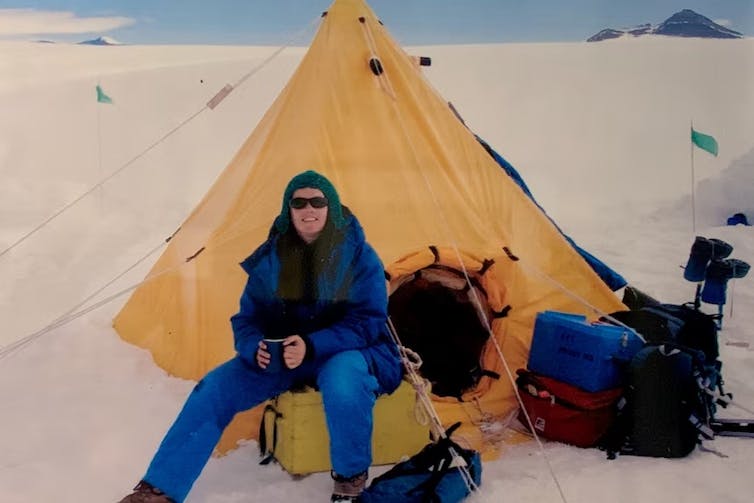
The Art of Breaking Ice is the dramatisation of a true story – Mead makes this clear in her author’s note – but it is also the reimagining of stories that remain untold.
The novel is book-ended by contemporary fragments, like a commemorative service for Phil and Nel Law, in which pioneering explorer Phil Law, “Man of Antarctica”, is lionised, and his wife is, well, mentioned.
Nel’s voyage to Antarctica and back, through the choppy and frequently icy waters of a longstanding marriage, is the story of a woman’s right to be, to change, to grow and to love. Mead beautifully tracks Nel’s transition from being an interesting appurtenance to a man’s life, to an interesting woman in her own right.![]()
Edwina Preston, PhD Candidate, The University of Melbourne
This article is republished from The Conversation under a Creative Commons license. Read the original article.
How a secret plan 50 years ago changed Australia’s economy forever, in just one night

At a time when governments are timid, keener to announce reviews than decisions, it’s refreshing to remember what happened 50 years ago today – on July 18 1973.
Inflation had surged to 14%. Australia’s biggest customer, the United Kingdom, had joined the European Economic Community, agreeing to buy products from it rather than Australia. And the newly formed Organisation of Arab Petroleum Exporting Countries had doubled the price of oil.
The tariffs imposed on imported goods to protect Australian manufacturers from competition were extraordinarily high. For clothing, they reached 55%; for motor vehicles, 45%.
Then, with absolutely no public indication he had been considering anything as drastic, at 7pm on Wednesday July 18, the recently elected prime minister Gough Whitlam made an announcement.
Every Tariff Cut By One Quarter Overnight
From midnight, all tariffs would be cut by 25%. As Whitlam put it: “each tariff will be reduced by one quarter of what it is now”.
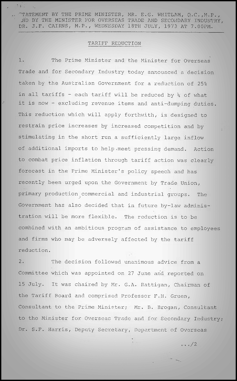
If Australian businesses (and the Australian public) were caught by surprise, it was because Whitlam had planned the whole thing in secret.
He had given a six-person committee just three weeks to work out the details.
Although the committee was chaired by the head of the Tariff Board, Alf Rattigan, and included an official from Whitlam’s own department, the department of industry and the department of trade, it met in an obscure location in Canberra’s civic centre rather than in public service offices, where the project might be discovered.
Not included in the committee was a representative of the treasury, which its then deputy head John Stone said “knew nothing” about what was unfolding.
But driving the work of the committee were two academic outsiders – Fred Gruen, an economics professor at the Australian National University and adviser to Whitlam, and Brian Brogan, an economics lecturer at Monash University who was advising the trade minister, Jim Cairns.
Outsiders, Not Treasury Insiders
As economists rather than bureaucrats, Gruen and Brogan were able to see benefits where others saw entrenched interests. Going to the tariff board and asking for extra tariffs, whenever it looked as if your prices might be undercut by imports, had become a reflex action for Australian businesses.
In the words of Gary Banks – later to become head of the successor to the tariff board, the Productivity Commission: “it was not a shameful thing for a conga line of industrialists to be seen wending its way to Canberra”.
Tariffs were good for business owners, although bad for their customers, who had to pay much higher prices and often got worse goods. They were also good for government – bringing in tax revenue.
Whitlam was more interested in bringing down inflation. His announcement said increased competition would
have a salutary effect upon those who have taken advantage of shortages by unjustified price increases which have exploited the public.
Any firm seriously hurt by the extra imports could apply to a newly established tribunal for assistance, but the tribunal
should not provide relief as a matter of course – that is, simply because the question of relief had been referred to it.
So Whitlam offered “rationalisation assistance” to encourage firms to refocus their operations, and “compensation for closure” where that couldn’t be done and production had to cease.
For displaced workers, the 7pm announcement offered anyone who lost their job retraining, as well as
a weekly amount equal to his [sic] average wage in the previous six months until he obtains or is found suitable alternative employment.
Over the next seven years, manufacturing employment fell by 80,000, but few of those job losses were immediate. Fifteen months after the 25% tariff cut, fewer than 6,000 people had claimed the wage replacement offered on the night of the announcement.
When Whitlam went to the polls a year after the cut in the double dissolution election of May 1974, 122 university economists signed an open letter of support.
The letter said the general thrust of the government’s policy responses had been in the best interests of the nation as a whole, and added,
more importantly, we seriously doubt that the previous government would have had the wisdom or the courage to undertake it. It had certainly given no indication of moving in that direction while it was in power, even though the need for such policies had become obvious.
In its later days in office, the Whitlam government was roundly criticised for its irresponsible public spending. Ironically, in its approach to tariffs in the 1970s, it had taken the first steps in a neoliberal direction that characterised western governments of the 1980s.
By acting boldly after decades of inaction, Whitlam showed what a government could do. It was a lesson his Labor successor Bob Hawke took to heart a decade later, when he floated the dollar, revamped Australia’s tax system and put in place a series of further cuts that reduced tariffs to near zero.
It’s something we see less of today.![]()
Alex Millmow, Senior Fellow, Federation University Australia
This article is republished from The Conversation under a Creative Commons license. Read the original article.
The Wide West
Reducing The Stigma Of Elder Abuse To Improve Older People’s Health

- training for health care providers on elder abuse and how to screen for it
- a screening tool
- a site champion for more help and support.
- greater awareness of elder abuse across the health system
- more confidence and knowledge in health care providers about engaging in this issue
- willingness of health and social care providers to use the screening tool.
Cell Protein Discovery Points To Healthier Aging
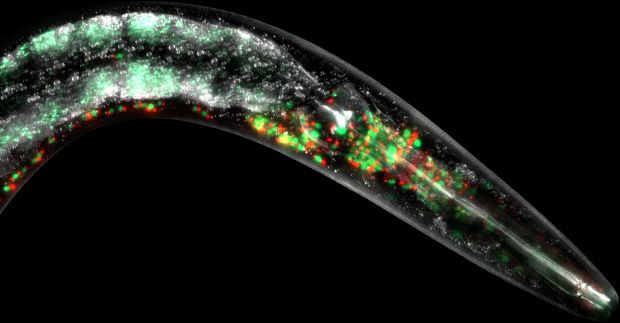
Alzheimer’s drug donanemab has been hailed as a ‘turning point’ for treatment. But what does it mean for people with the disease?

Trial results of a new drug to treat Alzheimer’s disease, donanemab, shows it can slow cognitive decline by 35%. The drug has been hailed as a “turning point” in Alzheimer’s treatment.
But as usual, there’s more to the story. The study only included people with early or mild disease, not more advanced symptoms. Donanemab is not a cure for Alzheimer’s. Nor is it 100% safe.
So what did the trial actually find? And how might this drug affect the lives of people with Alzheimer’s disease?
What Is Alzheimer’s Disease?
There are more than 100 types of dementia, but Alzheimer’s disease is the most common, accounting for around 70% of cases.
The disease is caused by the accumulation of two proteins: amyloid and tau. Amyloid can accumulate for at least 20 years prior to the onset of symptoms, forming clumps in the brain.
Once symptoms have started and are progressing, tau, a marker of cell damage, also begins to accumulate.
Clinical symptoms progress, on average, over seven to ten years after diagnosis. But in Australia, there is a lag of up to three years from the point at which people first develop symptoms before a diagnosis is typically made.
What Have Drug Treatments Aimed To Do?
The “amyloid hypothesis”, which suggests amyloid is the key cause of the disease, has driven Alzheimer’s research for more than 25 years.
Multiple drugs targeting amyloid have, however, failed in clinical trials over most of that period, casting doubt on the validity of amyloid as a target – until recently.
Our bodies produce antibodies in response to the presence of a foreign invader such as a bacteria or virus. Mimicking the approach taken by our immune systems, scientists have developed antibodies in the lab that recognise amyloid as such an invader.
Specifically targeting amyloid, these drugs are known as monoclonal antibodies. Donanemab is one of three monoclonal antibodies targeting amyloid that have shown various degrees of success in clinical trials in slowing decline in people with early stage disease.
OK So What Did The Donanemab Trial Find?
The manufacturer’s clinical trial included 1,736 patients with very mild memory loss due to Alzheimer’s disease, and with early clinical Alzheimer’s disease.
Half received donanemab by intravenous infusion over an 18-month study, the remainder were treated with a placebo (a “dummy” version).
The results were analysed by dividing the study population into two further groups: those with low to intermediate levels of tau; and those with high tau levels (high tau correlates with the presence of more advanced brain cell damage).
Those with low and intermediate tau declined by 35% less than those treated with placebo. About half of the treatment group cleared amyloid from their brains below the threshold used to diagnose the disease, over 12 months of treatment.
The high tau group did far less well.

Participants aged under 75 and those showing only mild cognitive impairment (rather than the full clinical picture of Alzheimer’s disease) had their progression slowed by around 50% over the same period.
Patients were assessed using both cognitive measures and measures of daily function, such as the ability to do personal and household tasks. The results translated into the treatment group showing levels of decline at 18 months that were experienced by the placebo group at 10.5 to 13.6 months, depending on the participant subgroup studied.
Important examples may be that they continue to be able to drive, pay bills, or attend activities outside of the home independently.
But both the treatment and the placebo groups declined overall. In other words, it doesn’t stop the decline, it slows it, in people with mild or early disease.
What Are The Downsides?
At least two patients in the trial died from complications of brain swelling caused by donanemab. Around one-quarter of the treatment group showed some degree of swelling, most of which didn’t cause symptoms.

The cost of donanemab will be significant, at US$26,500 or around A$39,000 per year.
Donanemab has already been approved by the US Food and Drug Administration. Eli Lilly, the drug’s manufacturer, has applied to the Therapeutic Goods Administration (TGA) for approval for use in Australia.
But TGA approval is only the first step to making the drug available here. A further assessment will determine whether the Pharmaceutical Benefits Scheme subsidises the drug to make it affordable.
It’s likely any PBS listing would restrict the drug’s use to people whose disease state mirrors that of those included in the clinical trial population – people with early symptoms, who have had PET scans showing the presence of amyloid (and low and intermediate tau).
This is not a drug for everyone with Alzheimer’s disease.
Preparing For Early Detection And Treatment
People have tended to delay seeking assessment of their memory symptoms because “nothing can be done anyway”. GPs may have been reluctant to refer to other specialists for assessment for the same reason.
The potential for early treatment means this needs to change. We also need to develop our diagnostic and treatment infrastructure (building the necessary PET scanners and infusion centres) that will be necessary to facilitate timely diagnosis and treatment when the drug does become available locally.![]()
Steve Macfarlane, Head of Clinical Services, Dementia Support Australia, & Associate Professor of Psychiatry, Monash University
This article is republished from The Conversation under a Creative Commons license. Read the original article.
Ancient DNA reveals the earliest evidence of the last massive human migration to Western Europe
Adam "Ben" Rohrlach, University of Adelaide and Sandra Penske, Max Planck Institute for Evolutionary AnthropologyNomadic animal-herders from the Eurasian steppe mingled with Copper Age farmers in southeastern Europe centuries earlier than previously thought.
In a new study published in Nature, we used ancient DNA to gain new insights into the spread of culture, technologies and ancestry at a crucial juncture in European history.
How Ancient DNA Can Help Us Understand Change
Humanity’s archaeological record reveals massive changes in cultural practices and technologies.
However, it is not always clear how these changes moved between different groups of people. It can happen either by a spread of ideas (such as through trade), or through the migration of people.
In Europe, there have been two major migrations in the past 10,000 years.
First, there was an expansion of early farming groups from Anatolia around 9,000 years ago. This was associated with the introduction of farming practices and animal husbandry, a more sedentary lifestyle (permanent housing) and the wide use of pottery and new types of polished stone tools.
Second was the expansion of steppe herders from the Eurasian Pontic Steppes around 5,000 years ago. This is associated with the spread of pastoralism and dairying technologies, a different type of ancestry and possibly some of the Indo-European languages.
In our new research, we studied the interaction between farming and pastoralist groups from the steppe from a new angle by analysing the genomes of 135 individuals from southeastern Europe and the northwestern Black Sea region, who lived between 4,000 and 7,000 years ago.
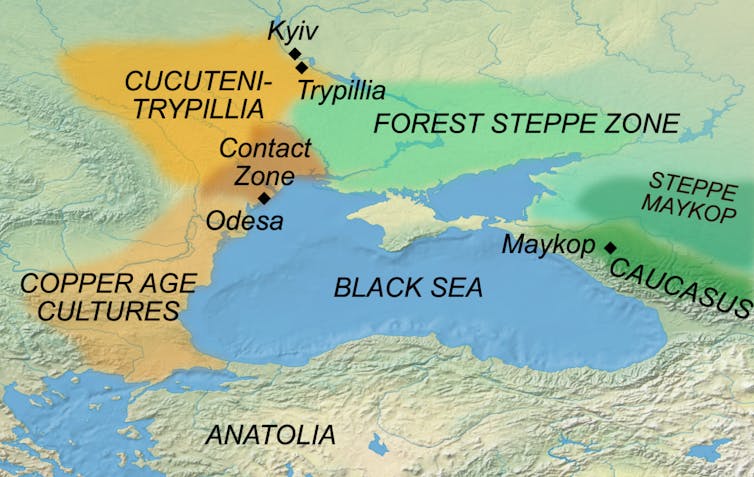
We uncovered previously unknown and significant genetic changes in the people living in these regions. We also found the presence of steppe ancestry in the contact zone in the northwestern Black Sea region around 5,500 years ago, some 500 years earlier than previously assumed.
The Copper Age In Southeastern Europe
Southeastern Europe played an important role in the spread of farming across Europe after early farmers from Anatolia arrived around 9,000-8,000 years ago. Approximately 1,000 years later, easy access to copper, gold and salt led to the development of many flourishing settlements in parts of today’s Bulgaria and Romania.
Settlements on the Black Sea and major rivers such as the Danube thrived through contact and trade with surrounding areas. Similarity in material culture visible in the archaeological record across a wider region indicates a period of social and political stability of approximately 500 years, between around 6,200 and 6,700 years ago.
Ninety-five of the ancient genomes we analysed were from this period and region, and this cultural similarity and stability is reflected in the absence of major genetic differences.
A New Era And A Melting Pot Of Human Interaction
Following this period of stability, many Copper Age settlements were abruptly abandoned around 6,000 years ago. For almost the next 1,000 years so few people lived in southeastern Europe that the period is often referred to as “the dark millennium”. The reason for this is not fully understood, but it is likely due to the depletion of resources due to unfavourable climatic conditions.
Instead, large settlements of several thousand houses emerged further north in parts of what are now Moldova and Ukraine. Located on the western end of the forest steppe zone, these mega-sites were associated with the Cucuteni-Trypillia culture.
Here, during a period called the Eneolithic spanning from 5,200 to 6,500 years ago, the region around today’s Odesa became a “melting pot” of human interaction. Numerous cultural influences appear in the archaeological record, including the waning Copper Age cultures and the Cucuteni-Trypillia culture.
Interestingly, the resulting style of pottery and other artefacts at the mega-sites showed influences from two additional groups. First, from nearby groups that could be traced to the steppe region east of Odesa. Second, from the distant Maykop culture of the North Caucasus, a mountain range east of the Black Sea.
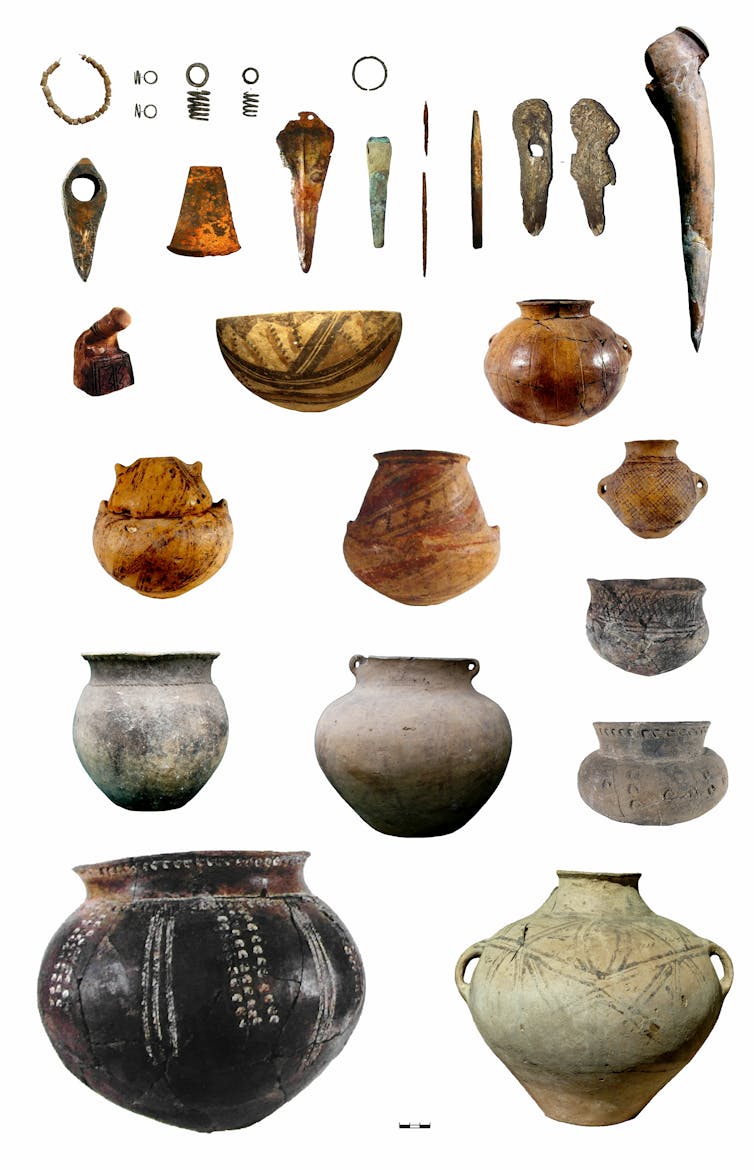
The steppe groups practised a different way of life, called nomadic pastoralism. Where farmers lived on and worked the same piece of land, nomadic pastoralists kept moving to find fresh pastures for their large herds of animals.
On top of this very different lifestyle, they also carried a distinct genetic profile called “steppe ancestry”.
A Surprising Discovery
By analysing the genomes of 18 ancient individuals from the Odesa region from this period, we could see genetic evidence of the many cultural influences observed by archaeologists.
In addition to the previously observed Copper Age ancestry, we detected new genetic contributions from individuals from the forest steppe regions, and the North Caucasus. This new ancestry and its appearance in western Europe had been uniquely associated with the spread of a later cultural group known as the Yamnaya.
This was a huge surprise. We didn’t expect to see signs of this ancestry until at least 500 years later, when the Yamnaya arrived.
These findings show there was not only a cultural exchange between the different groups. There must have also been biological interactions of many genetically distinct people coming together in this contact zone as early as 5,400 to 6,500 years ago.
Due to this “melting pot” the Eneolithic was characterised by a number of innovations. Technologies such as wheels, wagon transportation and improved metal-working spread quickly into western Europe and Central Asia.
A Mosaic Of Ancestries
We also analysed 21 individuals from the Early Bronze Age, approximately 4,000–5,300 years ago. In eight of these individuals we observed the expected westward expansion of steppe pastoralists, this time associated with the Yamnaya culture.
This final migration brought with it the last part of the modern Western European gene pool, likely emerging from the preceding period of contact and exchange that we identified. However, the remaining 13 individuals retained the genetic signature from the preceding Copper Age. These findings indicated a coexistence of these genetically distinct peoples.
Our study of genetic data over time reveals a highly dynamic picture of human prehistory in southeastern Europe. As more ancient DNA data becomes available, so too will more chapters of this story.![]()
Adam "Ben" Rohrlach, Mathematics Lecturer and Ancient DNA Researcher, University of Adelaide and Sandra Penske, PhD Student, Max Planck Institute for Evolutionary Anthropology
This article is republished from The Conversation under a Creative Commons license. Read the original article.
Release Of The Independent Capability Review Of The Aged Care Quality And Safety Commission
Changing Perspectives: Testing An Ageism Intervention (2023)
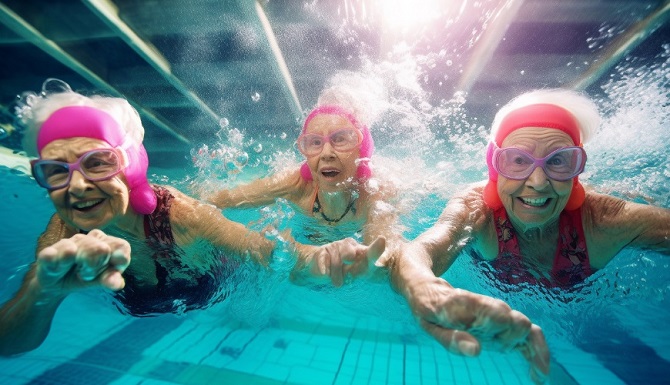
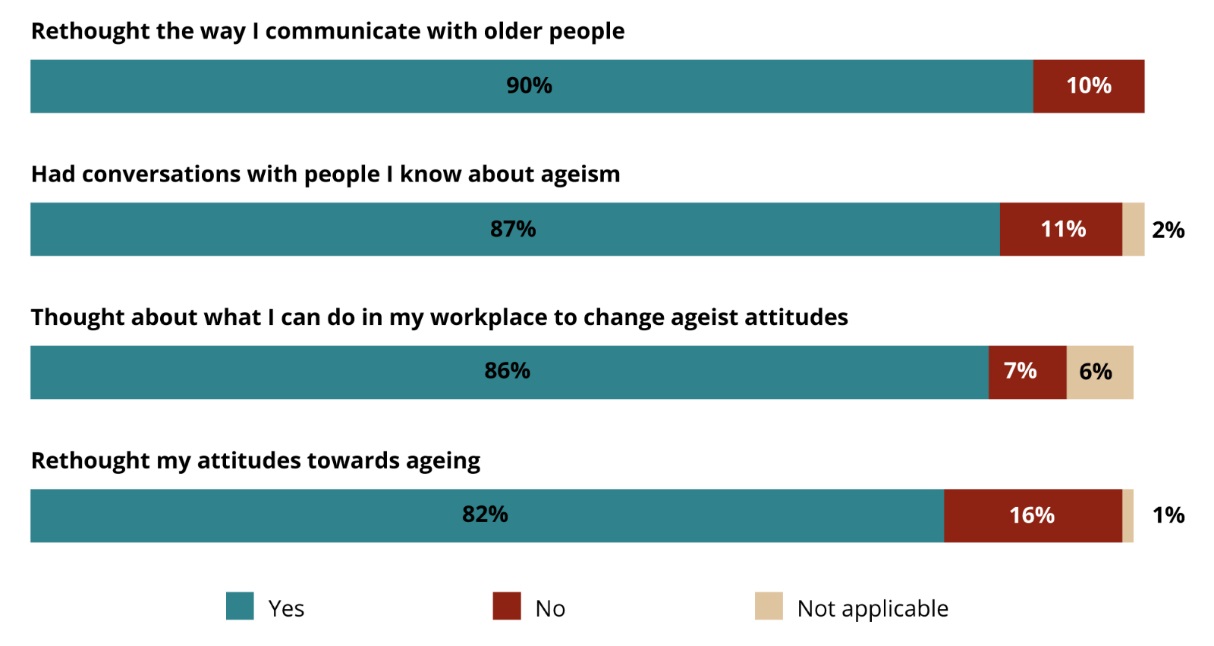
- Avoiding making assumptions about people based on age.
- Changing the language they use – e.g., not using elderspeak, not making unnecessary references to someone’s age.
- Being more collaborative in their interactions with older clients.
- Respecting clients’ autonomy and independence.
- Seeing and treating each older person as an individual, focusing on people’s capabilities, rather than their limitations.
Virginia Woolf’s copy of her first novel was found in a University of Sydney library. What do her newly digitised notes reveal?
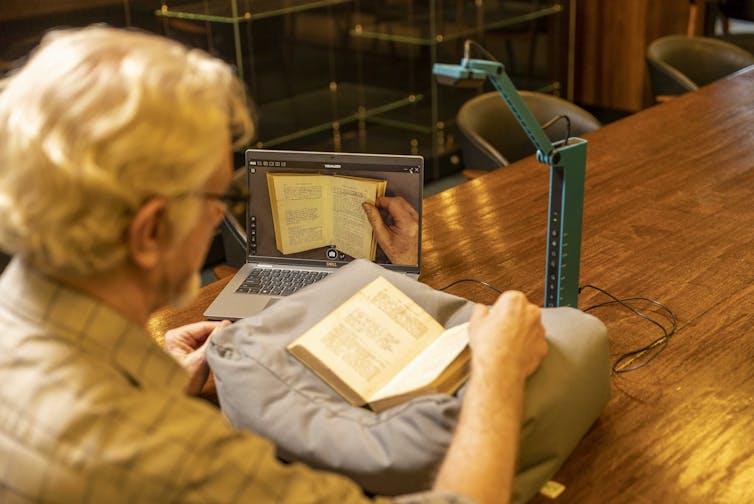
One of just two copies of Virginia Woolf’s first novel, The Voyage Out (1915), annotated with her handwriting and preparations to revise it for a US edition, was recently rediscovered in the Fisher Library Rare Books Collection at the University of Sydney.
Purchased in the late 1970s, it had been misfiled with the science books in the Rare Books collection. Simon Cooper, a metadata services officer, found it in 2021 and immediately understood the value of his discovery.
The Sydney copy, which is the only one available for the public to view, has now been digitised. It’s available online – allowing scholars and readers to study and consider Woolf’s editorial interventions.
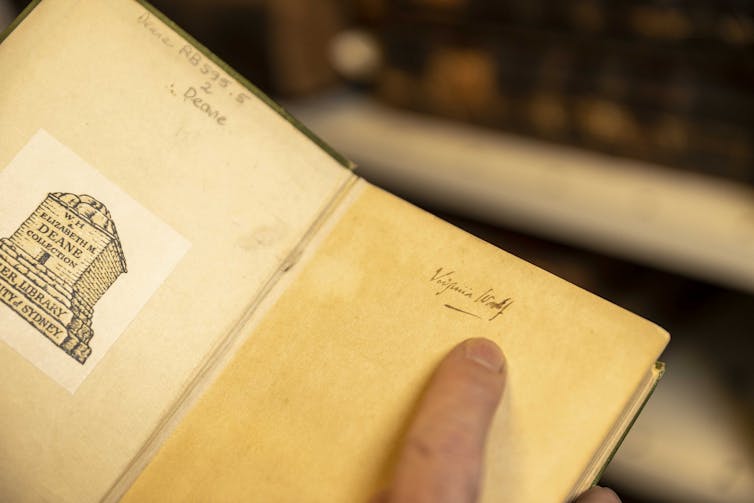
The Voyage Out follows Rachel Vinrace and a mismatched collection of characters embarking on her father’s ship to South America. Woolf’s story grapples with self-discovery and satirises Edwardian life.
It almost finished her writing career. She struggled through years of drafts, eventually abandoning the first version in 1912: it was titled Melymbrosia, named after the food of the Greek gods. Woolf’s ideas on colonialism, women’s suffrage and gender relations were considered too dangerous for a first-time novelist.
Over the next three years, she composed the (retitled) novel we have today, published by her half-brother Gerald Duckworth in London in 1915. At this pivotal moment, she began her diary and suffered a significant mental breakdown, losing the rest of the year to illness.
In preparation for the novel’s first US edition, published by George H. Doran in New York in 1920, Woolf carried out a series of revisions to her text. Two copies of the first UK edition of the novel contain the evidence of this process, with Woolf’s handwritten annotations and typed page fragments pasted into each book.
Why Revise?
What motivated Woolf to revise her text? She made revisions in the aftermath of her breakdown, and after her literary career was revived with her second novel, Night and Day, published in 1919.

Scholars have suggested she wished to place some distance between her own psychological stresses and the anguish of her primary character, Rachel Vinrace. Both Woolf and her chief protagonist had domineering father figures, had lost their mothers at a relatively young age, and were denied a formal education – instead being schooled at home. Laying out her character’s mental life so starkly caused Woolf some discomfort. A new edition may have provided an opportunity to reconsider.
This is a plausible theory. But does the evidence in Woolf’s corrections bear it out? There are two main places in the text where the majority of changes are indicated: both are pivotal moments in the narrative.
The first set of changes occurs in Chapter XVI, where the conversation between Vinrace and Terence Hewet – the pair occupying the romantic plotline of the novel – is altered to reduce access to Rachel’s inner thoughts. Entire paragraphs are replaced by typed text pasted directly onto the page, where the narrator studies Rachel without the guarantee of understanding her.
This has the effect of diluting some uncomfortable autobiographical elements in the text, but also marks a significant shift in the way narration accesses the minds of characters.
The narrator is bounded by the limits of character itself: the depths of Rachel’s subjectivity are unknown even to her. This bears the mark of modern psychology and Freud’s theory of the unconscious, in the years before and during the composition of the novel.
A Modernist Revolution
This innovation signals a profound shift in modernist fiction, which began in the late 19th and early 20th centuries and is characterised by a self-conscious break with traditional ways of writing.
The unknowability of Woolf’s characters begins with the dark regions of the mind. No longer in the realm of realism, where thoughts and actions are knowable (and often transmitted by an omniscient narrator), instead the narrator provides a portrait of the complex modern person, who responds to the world in ways not fully accountable by reason.
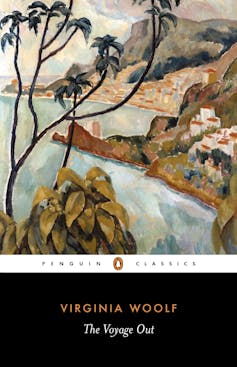
The other significant set of revisions in the Sydney text arise in Chapter XXV, in which Rachel and Terence attempt to navigate the future of their nascent relationship – which also marks Rachel’s descent into fever and her decline, ending in death.
Long passages are marked for deletion (although none were actually deleted in the first US edition). They are largely concerned with Rachel’s fevered consciousness and Terence’s attitudes towards romantic love and its effects on an artistic life.
Woolf again may have wished to put distance between the narrator and the intimate thoughts of her characters, invoking instead a space of ambiguity, where words and gestures are to be interpreted by readers rather than analysed in full light by a knowing narrative consciousness.
Woolf’s first novel straddles the conventions of realism inherited from the 19th century and the new, experimental fiction of the 20th. The Sydney text tells an important part of this story.
It shines a light on Woolf’s developing technique and its evolution into the free indirect style for which she became famous in later novels such as Mrs Dalloway, To the Lighthouse and The Waves.
Woolf was at the centre of the revolution in the novel form during the time of modernism. The evidence is there in her annotated copy of The Voyage Out.![]()
Mark Byron, Professor, University of Sydney
This article is republished from The Conversation under a Creative Commons license. Read the original article.
Ramses & The Gold Of The Pharaohs
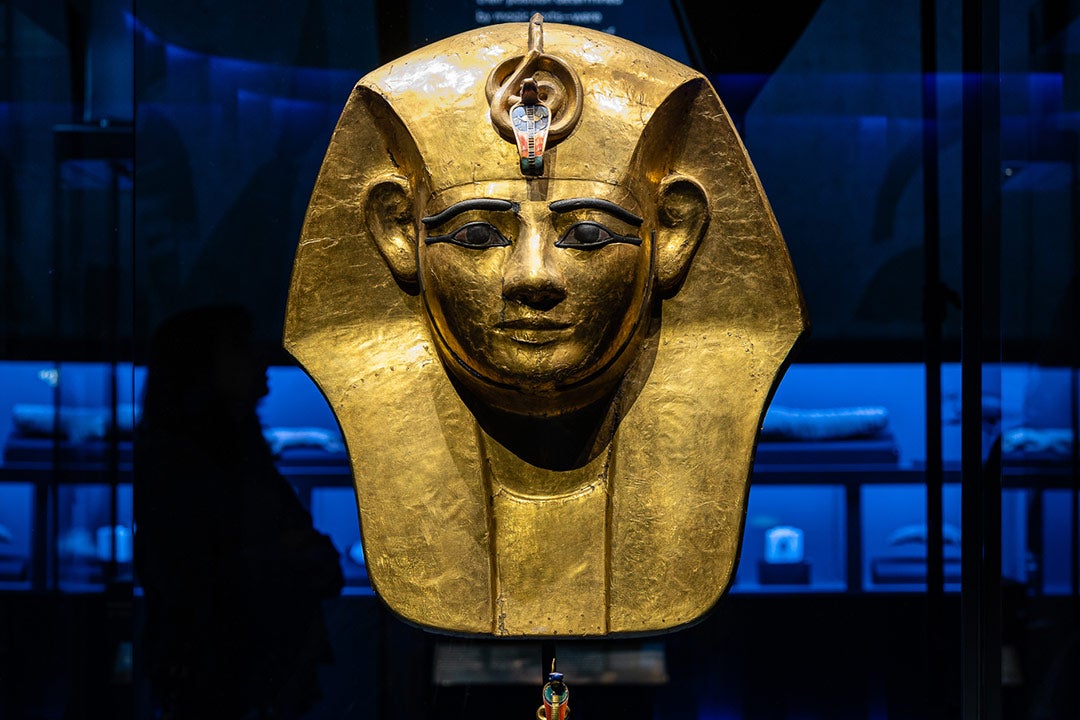

AvPals Term 3 At Newport

Australian Of The Year – Have Your Say
A mysterious interstellar radio signal has been blinking on and off every 22 minutes for over 30 years
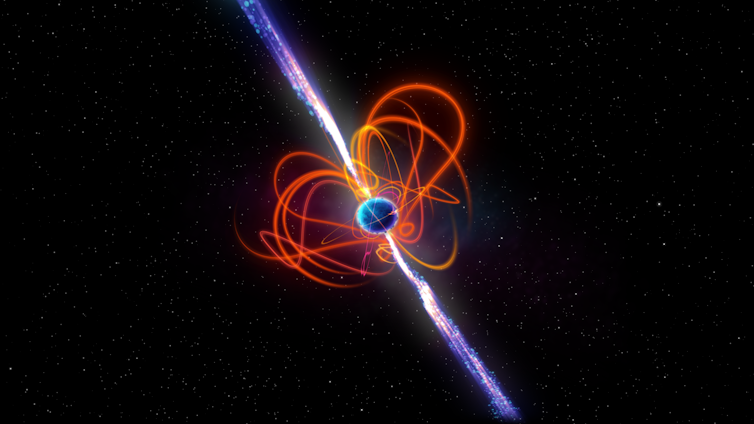
Last year, we made an intriguing discovery – a radio signal in space that switched on and off every 18 minutes.
Astronomers expect to see some repeating radio signals in space, but they usually blink on and off much more quickly. The most common repeating signals come from pulsars, rotating neutron stars that emit energetic beams like lighthouses, causing them to blink on and off as they rotate towards and away from the Earth.
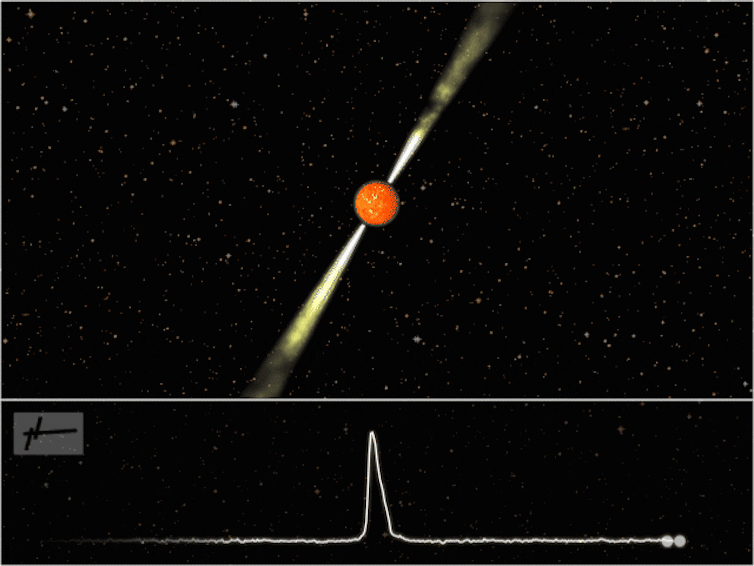
Pulsars slow down as they get older, and their pulses become fainter, until eventually they stop producing radio waves altogether. Our unusually slow pulsar could best be explained as a magnetar – a pulsar with exceedingly complex and powerful magnetic fields that could generate radio waves for several months before stopping.
Unfortunately, we detected the source using data gathered in 2018. By the time we analysed the data and discovered what we thought might be a magnetar it was 2020, and it was no longer producing radio waves. Without additional data, we were unable to test our magnetar theory.
Nothing New Under The Sun
Our Universe is vast, and so far every new phenomenon we’ve discovered has not been unique. We knew that if we looked again, with well-designed observations, we had a good chance of finding another long-period radio source.
So, we used the Murchison Widefield Array radio telescope in Western Australia to scan our Milky Way galaxy every three nights for several months.
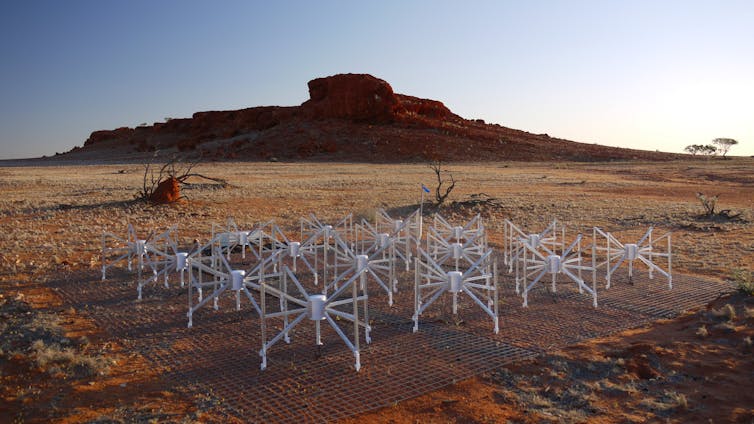
We didn’t need to wait long. Almost as soon as we started looking, we found a new source, in a different part of the sky, this time repeating every 22 minutes.
At last, the moment we had been waiting for. We used every telescope we could find, across radio, X-ray, and optical light, making as many observations as possible, assuming it would not be active for long. The pulses lasted five minutes each, with gaps of 17 minutes between. Our object looked a lot like a pulsar, but spinning 1,000 times slower.
Hiding In Plain Sight
The real surprise came when we searched the oldest radio observations of this part of the sky. The Very Large Array in New Mexico, United States, has the longest-running archive of data. We found pulses from the source in data from every year we looked – the oldest one in an observation made in 1988.
Observing over three decades meant we could precisely time the pulses. The source is producing them like clockwork, every 1,318.1957 seconds, give or take a tenth of a millisecond.
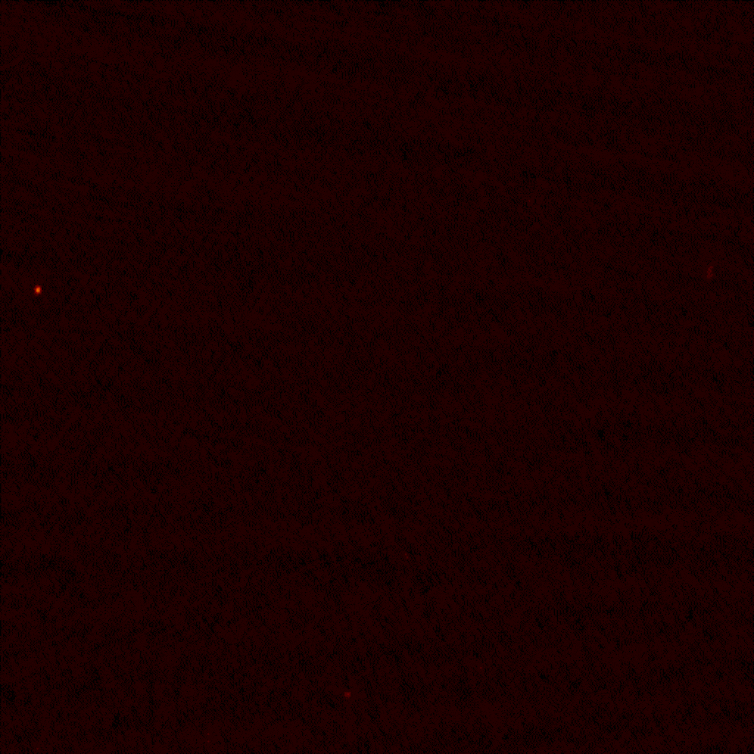
According to our current theories, for the source to be producing radio waves, it should be slowing down. But according to the observations, it is not.
In our article in Nature, we show that the source lies “below the death line”, which is the theoretical limit of how neutron stars generate radio waves; this holds even for quite complex magnetic field models. Not only that, but if the source is a magnetar, the radio emission should only be visible for a few months to years – not 33 years and counting.
So when we tried to solve one problem, we accidentally created another. What are these mysterious repeating radio sources?
What About ET?
Of course, it’s very tempting at this point to reach to extraterrestrial intelligence as an option. The same thing happened when pulsars were discovered: astrophysicist Jocelyn Bell Burnell and her colleagues, who found the first pulsar, nicknamed it “LGM 1”, for “Little Green Men 1”.
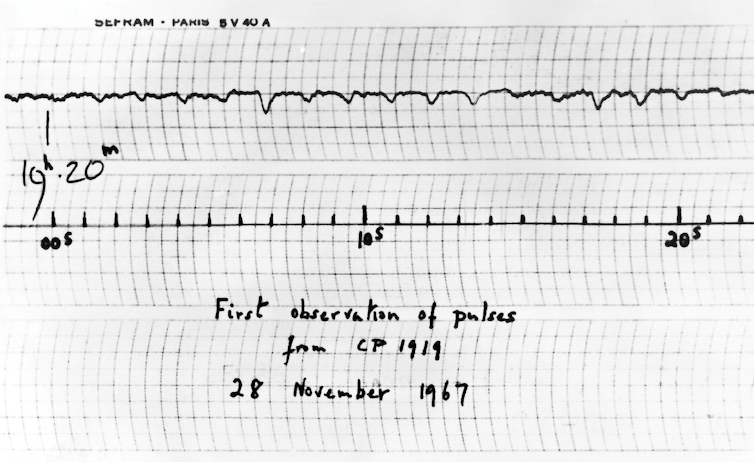
But as soon as Bell and her colleagues made further detections, they knew it could not be aliens. It would be incredibly unlikely for so many similar signals to be coming from so many different parts of the sky.
The pulses, similar to those of our source, contained no information, just “noise” across all frequencies, just like natural radio sources. Also, the energy requirements to emit a signal at all frequencies are staggering: you need to use, well, a neutron star.
While it’s tempting to try to explain a new phenomenon this way, it’s a bit of a cop out. It doesn’t encourage us to keep thinking, observing and testing new ideas. I call it the “aliens of the gaps” approach.
Fortunately, this source is still active, so anyone in the world can observe it. Perhaps with creative follow-up observations, and more analysis, we’ll be able to solve this new cosmic mystery.![]()
Natasha Hurley-Walker, Radio Astronomer, Curtin University
This article is republished from The Conversation under a Creative Commons license. Read the original article.
Clinical Trial To Help Millions With Penicillin Allergies
Discovery Could Lead To More Treatments To Prevent Cancer And Infectious Diseases
Ketamine Effective For Treatment-Resistant Depression Study Suggests
- UNSW / Black Dog Institute
- Royal Prince Alfred Hospital / University of Sydney
- NeuroCentrix Research Institute
- Royal Adelaide Hospital / University of Adelaide
- Monash Alfred Psychiatry Research Centre / Monash University
- University of Otago
- Gold Coast University Hospital
- Deakin University
- University of Newcastle
- The George Institute for Global Health
- University of Western Australia
- Lifeline: 13 11 14 lifeline.org.au
- Suicide Call Back Service: 1300 659 467 suicidecallbackservice.org.au
- Beyond Blue: 1300 224 636 beyondblue.org.au/forums
- MensLine Australia: 1300 789 978 mensline.org.au
Music To Our Ears! New Study Reveals Musical Rhythms Can Improve Language Processing Of Children With Developmental Language Disorder
 A new study led by a Western Sydney University researcher has found that musical rhythms can help children with speech and language processing difficulties in finding their voice by improving their capacity to repeat sentences they just heard.
A new study led by a Western Sydney University researcher has found that musical rhythms can help children with speech and language processing difficulties in finding their voice by improving their capacity to repeat sentences they just heard.The following opinion piece co-authored by Associate Professor Awais Piracha and Adjunct Associate Professor George Greiss, both from the School of Social Sciences of Western Sydney University , and was first published with full links on The Conversation
NIMBYism in Sydney is leading to racist outcomes
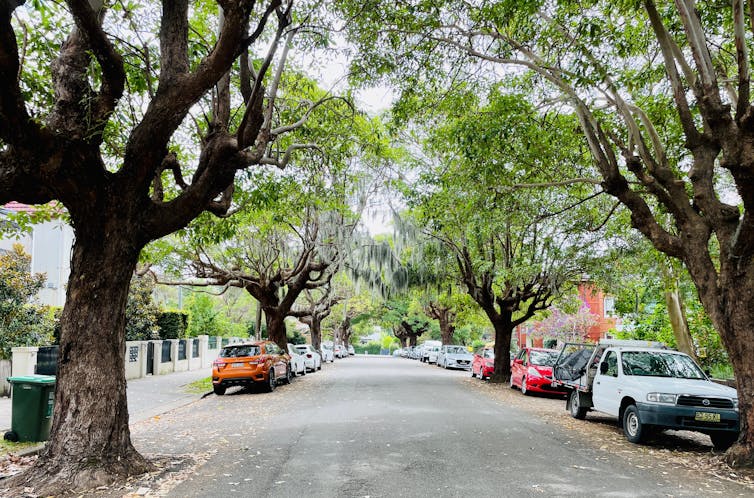
Residents of the affluent east and north of Greater Sydney have strongly resisted housing development in their suburbs. This NIMBY (Not In My Back Yard) resistance has led to urban sprawl in areas of Western Sydney with a well-documented lack of services, infrastructure and jobs.
Recent research showed affluent Sydney communities closer to the city centre are highly influential and organised in resisting development in their neighbourhoods. The result has been a socioeconomically divided city.
Ethnic segregation is a less-talked-about aspect of this divide. Most population growth in Sydney is from non-white new migrants. Dumping them all in the city’s west, when many are suited for and employed in professional jobs, is not only economically unproductive, it also leads to an ethnically segregated city.
The Ethnic Divide Is Growing
A recent NSW Productivity Commission report shows less than 20% of new dwellings were built within 10 kilometres of the CBD between 2016 and 2021. Unmet demand is greatest in the inner city. As the chart below shows, most residential development has been in the outer suburbs, 30-40km from the city centre.

NSW Department of Planning and Environment population projections for 2021-2041 suggest the vast majority of population growth is going to be in these outer areas. The projections are based on analysis of historical trends, announced policies and local intelligence.
The map below shows inner local council areas will grow much more slowly than the outer ones. These outer areas also have much higher base populations, so their additional people and residential development are going to be large in absolute numbers.
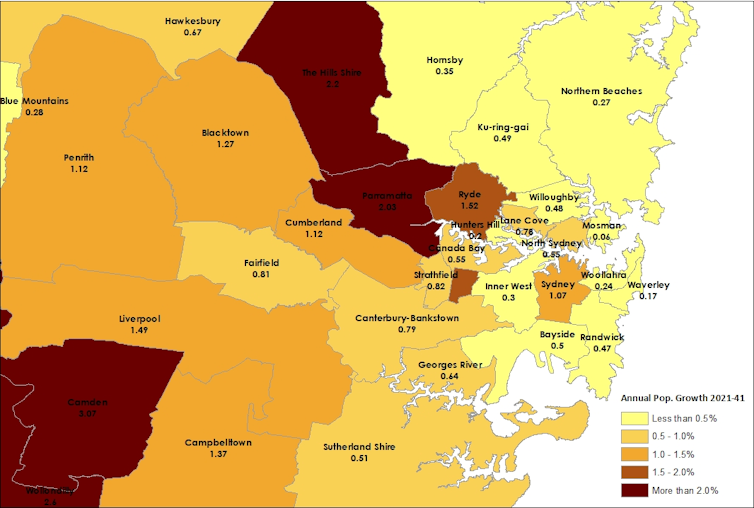
Inner-city councils areas, such as Mosman (0.06%), Inner West (0.3%), Woollahra (0.24%) and Waverly (0.17%), are forecast to grow by much less than 1% a year. Most outer council areas are forecast to grow by at least 1-2%.
Inner-city areas also have a much higher percentage of white residents. The map below, constructed using 2021 census data for place of birth, shows this disparity.
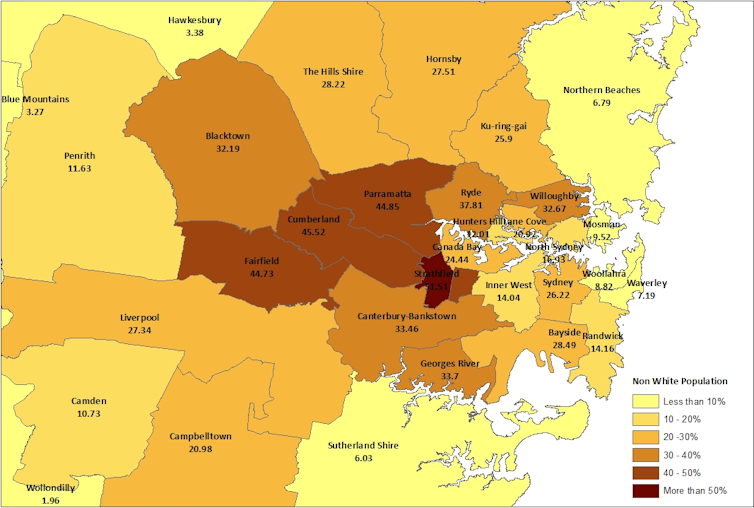
While place of birth is not a perfect indicator of ethnicity, it is commonly used for and serves the purposes of this sort of analysis. The map clearly shows the outer areas of Sydney have a higher proportion of non-white residents. The wealthier inner areas have a much higher concentration of white residents.
These inner areas also tend to have a higher level of NIMBYism and lower population growth projections.
As the map below shows, the concentration of the non-white population in outer areas is also increasing at a much faster rate.
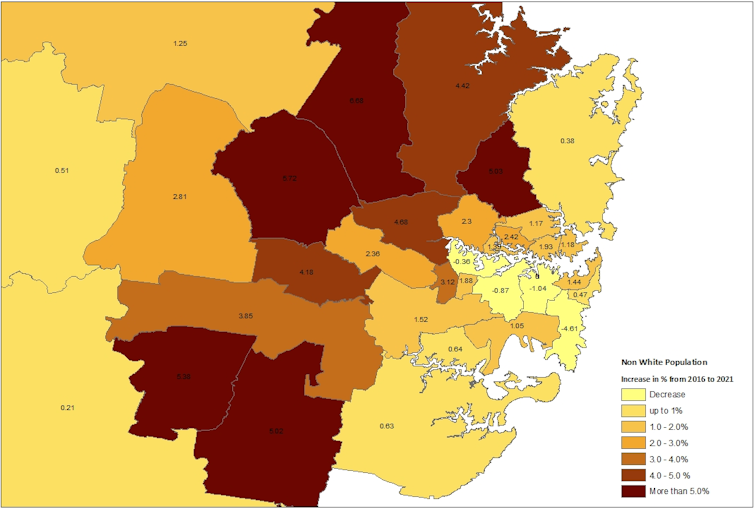
And The Trend Is Set To Continue
The national 2022 Population Statement shows Australia’s net overseas migration is estimated to be 235,000 per year until 2032-33. That’s about two-thirds of the nation’s total population growth. The report forecasts about 27% (64,000 a year) of the international migrants will settle in Greater Sydney.
Natural population increase (births minus deaths) for Greater Sydney is estimated to be around 36,000 a year. The net effect of internal migration adds up to around 33,000 people leaving Sydney. So most of the city’s population growth is going to be from international migration.
The Commonwealth’s 2021-22 Migration Program Report shows more than 80% of international migration is from non-white countries (when we consider the top ten countries of origin). Migration data from recent years also indicate this trend is likely to continue or even grow.
Based on the housing growth and immigration projections, we can conclude population growth will continue to be concentrated in outer Western Sydney, and non-white international migrants will account for most of this growth. This will intensify the concentration of the non-white population in these areas, increasing the ethnic divide between the city’s east and west.
It can be argued, then, that limiting housing options for new immigrants to the outer areas of Sydney could be considered systemic racism. System racism occurs “when racially unequal opportunities and outcomes are inbuilt or intrinsic to the operation of a society’s structures”, as one study explained. And it “can emerge with or without intention to harm and with or without awareness of its existence”.
By Reducing The Ethnic Divide, Sydney Will Be Better Off
The NSW Productivity Commission’s recent report, “Building more homes where people want to live”, argues that the focus on growth areas in Western Sydney is coming at a high cost to both social wellbeing and government budgets. He recommends the government shift its focus to higher-density housing in the CBD and inner suburbs.
Soon after NSW elected a new Labor government in March, Premier Chris Minns stressed the need to counter NIMBYism and build such housing closer to amenities and jobs.
Areas closer to the city centre are where people most want to live. Developing more housing in these areas will make housing there more affordable. It will also reduce the environmental impacts of urban growth.
Continued urban sprawl on former farmlands and natural woodlands in outer Western Sydney is leading to poorer economic, sustainability and climate outcomes. New developments are occurring in areas that are extremely hot in summer and prone to bushfires and floods.
At the same time, the population in many affluent areas of Sydney has been decreasing and these areas are reported to have lost vitality. They also lack housing for their essential workers.
There is a need for further research on the relationship between ethnic segregation and our decisions on what to build and where. We need to better understand NIMBYs’ motivations for opposing all development in their areas and the systemic racism resulting from this resistance.![]()
Awais Piracha, Associate Professor of Urban Planning, Director Academic Programs, Geography Tourism and Urban Planning, Western Sydney University and George Greiss, Adjunct Associate Professor in Urban Planning, Western Sydney University
This article is republished from The Conversation under a Creative Commons license. Read the original article.
Why is it so hard for Local Aboriginal Land Councils to develop land when the public needs are huge?
Naama Blatman, Western Sydney UniversitySome of the largest landowners across New South Wales are Local Aboriginal Land Councils. Given the acute needs for housing and infrastructure, it’s time the state government enabled these land councils to play a greater role in development.
According to the Greater Cities Commission’s outgoing chief commissioner, Geoff Roberts, Local Aboriginal Land Councils (LALC) are the largest landowners in three of the region’s six cities from Newcastle in the north to Wollongong in the south.
Roberts told me the commission’s strategic plans simply cannot be carried out without embedding in them Aboriginal values and perspectives. “We cannot move forward, without going back.” And by back, he meant returning to where it all began with European invasion.
In April, the commission set up the First Nations Advisory Panel to “help identify strategic issues in the planning system that work against First Nations people’s aspirations and […] provide advice regarding system-level change to address these challenges”.
Government can learn a lot from the commission’s approach. Recognition is growing within the state government that good development – for housing and commercial purposes, in transport, or within cultural precincts – requires reckoning with the past by partnering with Indigenous communities to deliver the future city. This has led to policies such as the Connecting with Country Framework and the Aboriginal Land State Environmental Planning Policy.
Yet good intentions have been slow to deliver results.
I have been researching the work and policy environment of Local Aboriginal Land Councils since 2020 and found they face three kinds of planning and development roadblocks in Greater Sydney: legal and bureaucratic, political, and relational.
Legal And Bureaucratic Challenges
Aboriginal land councils are member-based organisations established under the Aboriginal Land Rights Act 1983 (NSW). Membership is open to all adult Aboriginal people in each council’s area.
These councils have the right to claim Crown land that is not lawfully used or occupied, or needed for an essential public purpose, among other things.
Land councils can sell, lease and/or develop the claimed land, and are bound by planning laws and regulations like any other landowner. However, land councils are different since they own land acquired through a compensatory framework to redress severe historical dispossession.
In practice, NSW’s 120 Local Aboriginal Land Councils face mounting difficulties, both in claiming land and in planning, developing and using their land to benefit their communities and the public.
A 2021 review found long delays in determining land claims across NSW. Over 38,000 claims awaited the minister’s determination – roughly 70% of the total made in the 40 years since the law took effect. Around 60% were five or more years old.
At the current rate, it will take 22 years to determine existing claims. And land under claim cannot be developed.
Land councils also find it incredibly difficult to activate successfully claimed land. Typically, it’s disused Crown land on the fringes of suburbs and towns.
At times, this land is downzoned as “conservation” after its transfer to the land council. Land councils must then prepare expensive planning proposals to rezone the land as residential, straining their limited resources.
Recognising these difficulties, in 2019 the NSW government introduced a policy permitting land councils to submit development delivery plans for approval by the planning minister. These measures are designed to approach Aboriginal land development strategically and holistically, rather than in a piecemeal way. Their long-term impact is yet to be seen.
Political Challenges
Some are unhappy with the “special treatment” of land councils and with their development agenda. Sometimes objections to development come from Traditional Owners and Custodians of the land.
This is partly due to the distinction observed by historian Heidi Norman that emerged between “Aboriginal owners” and “land council members” following the Commonwealth Native Title Act 1993. In my interviews, policymakers and bureaucrats have expressed confusion about adhering to cultural protocols while also dealing fairly and professionally with Aboriginal landowners.
But more often it’s non-Indigenous residents who oppose Aboriginal land development. One example, reported as an “Aboriginal land rights test case”, involves a proposed development in Belrose in Sydney’s Northern Beaches.
Local MPs, residents and councillors have opposed the plan to develop 71 hectares of bushland as a 450-lot subdivision. They cite environmental reasons, pressures on infrastructure and fire risks. First submitted to the Department of Planning in 2014, the plan became a state election issue this year.
A revised proposal gained a so-called “Gateway” preliminary approval last month. Opposition is bound to continue through the long approval process.
Relational Challenges
Many land councils are land-rich, but most are cash-poor. They are understandably reluctant to sell land. This means they have to find partners to realise their development plans.
The main model for land council developments is joint ventures with private or state-owned developers. Co-design and co-management of projects requires partnerships built on strong relationships. Despite a willingness to engage, both government and industry often lack understanding of the issues land councils face. As a senior planning department official told me:
That conversation and engagement to understand how you put that cultural overlay and the trauma and the healing into the [planning] strategy […] that is a long, ongoing conversation. And you can’t force it. It has to be organic, and it has to be [based] on trust and rapport. But no government workflow or business case [operates on that timeline].
Due to this misalignment of approaches and frequent public sector personnel changes, the conditions for meaningful collaboration are rarely met.
Land Councils Can Be Development Allies
NSW Premier Chris Minns recently announced incentives for large developers to build higher, denser housing in Sydney. “State significant developments” will be fast-tracked, bypassing local councils and planning panels.
Land councils own large areas of land in areas of immense need. Unlike profit-driven developers, they champion social and economic justice. Yet land councils still face major barriers to development.
What if the government considered land councils as allies in the struggle to meet housing and other needs? Development that properly considers where and how to build and for whose benefit would be better for both Indigenous communities and the rest of the public.![]()
Naama Blatman, Research Theme Fellow, Urban Living Futures & Society, Western Sydney University
This article is republished from The Conversation under a Creative Commons license. Read the original article.
Should you register with a GP? What is MyMedicare and how might it change the care you get?

MyMedicare is a new voluntary scheme that allows patients to register with their usual GP, in an attempt to improve continuity of care and health outcomes.
From October 1, the scheme will give registered patients access to longer telehealth consultations. Then, from next year, GP clinics with patients who are frequently admitted to hospital or are aged care residents will be able to access additional “blended” funding, which sits outside Medicare’s usual fee-for-service.
MyMedicare was announced in the May budget, with A$19.7 million of funding over four years, alongside a range of other health reforms, including funding for practice nurses to improve team-based care, as well as new incentives to increase bulk billing rates.
We’re still waiting on a lot of detail about how the scheme will function. But here’s what we know so far – and what it might mean for patients and GPs.
What Do We Know About MyMedicare?
The scheme is voluntary for GPs and patients. In addition to patients opting in, GPs will also need to sign up, and have been able to do so since the start of July. There will be a gradual roll out and it will take three years to cover all of Australia.
Though details are yet to be confirmed, from mid-2024 individual GPs will receive “capitation” payments for patients who have more than ten hospital admissions per year. These patients are likely to have complex needs and multiple conditions and, for various reasons, may not be able to access a GP as much as they should.
Though not yet confirmed, GPs are likely to receive $2,000 per patient per year, plus a $500 bonus for keeping patients out of hospital. The funding provides incentives for the GP to coordinate their care and provide the patient with access to nursing and allied health if required. It’s hoped this will stop patients going to hospital as often.
There will also be similar payments for providing regular visits to patients in residential aged care facilities.
Will MyMedicare Make A Difference To Patients?
Let’s consider four key areas patients are concerned about:
1) Continuity of care
Research shows greater continuity of care – developing a relationship with and seeing the same provider or team for your care – improves patient outcomes and reduces costs to the health system. People who use MyMedicare to get a regular GP may see some of these benefits.
But many patients already see the same GP or visit the same practice, especially those with chronic conditions. So registration with a practice may not make much difference for this group of patients. What are the other benefits of registration?
2) Reducing hospital admissions
Avoiding hospitals can be beneficial – in hospitals, there are no home comforts, they are inconvenient for you and relatives, there is little privacy, and they can be costly. Patients with ten or more hospital admissions in a year have been targeted as they have more complex chronic conditions and may be from vulnerable populations.
Better access to a GP could prevent patients visiting the emergency department or prevent overnight hospital admissions. Research shows financial incentives for GPs to better manage chronic disease can reduce hospital admissions.
However, hospital admissions could also increase if the scheme identifies significant levels of previous unmet need.
3) Reducing barriers to care
MyMedicare does not directly address many of the barriers to accessing GP services. If GPs are getting paid more and still getting fee for service payments, will MyMedicare patients be guaranteed to be bulk billed? This has not yet been mentioned, but could be an important part of the scheme to attract patients.
People with chronic disease have two to three times higher out-of-pocket costs than those who do not, and 30% of patients with chronic disease would find it difficult to pay for care if they became seriously ill.
Unfortunately MyMedicare will not directly reduce out-of-pocket costs, which may be the real reason why people use “free” emergency department care.
4) Making it clear and easy to sign up
It is also unclear how the process of registration will work for patients. Will patients be offered a choice of alternative GPs? If chosen, will GPs be obliged to take them?
At the moment, there are no public data about out-of-pocket costs and quality of care provided by different GPs, and so it will be impossible for patients to make an informed choice. Information to inform choice on a website would be useful, as is the case for specialists.
It’s also unclear if patients who chose to register will find it harder to move GPs or continue to see other GPs if they wish to. The advantages to patients of MyMedicare need to be made clear to encourage them to register and be supported to exercise informed choice if they wish.
Will It Make A Difference For GPs?
Patient registration can mean a more secure and predictable stream of future income for some patients and also less competition (in terms of “losing” patients to other GPs) and more continuity of care.
Moving away from fee for service towards a blended payment model is widely recognised to support higher value health care.
Yet GPs are wary of moving from fee for service to capitation payment. Capitation payments are fixed, so GPs take on more financial risk if they have more complex patients who are more costly to treat and manage in terms of time and effort. Whether the $2,000, plus $500 bonus, plus normal fee for service payments are sufficient to cover the costs of treating very complex patients is unclear.
Overall, GPs will get more money, and along with the other announcements in the budget, will receive a significant investment of resources invested in primary care.
Our previous research has shown a 5% increase in earnings for GPs is predicted to reduce the total number of GPs by up to 1% (equivalent to around 310 GPs in 2021) at a time of significant GP shortages. If they get paid more, they would prefer to work less.
But this could also be offset because the increase in funding will hopefully make general practice more attractive as a career and so there will be more postgraduate doctors choosing to be a GP.
Voluntary patient registration under MyMedicare has potential to strengthen the relationship between patients and their GP, and focuses on keeping patients out of hospital and properly cared for in residential aged care. But the devil is in the detail and we will need a proper evaluation to determine the impacts on health outcomes, costs and access to health care. ![]()
Anthony Scott, Professor of Health Economics, Monash University
This article is republished from The Conversation under a Creative Commons license. Read the original article.
Fungi Blaze A Trail To Fireproof Cladding
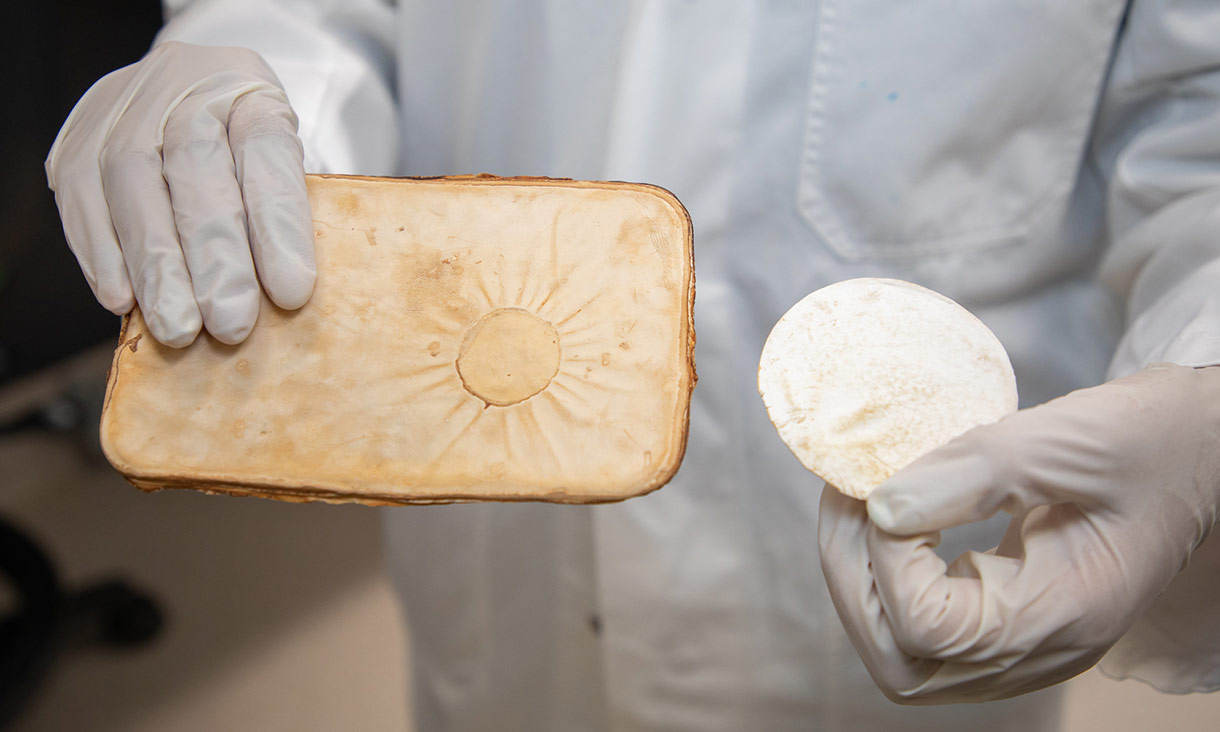

PFAS Reduce The Activity Of Immune Cells Study Suggests
- Ambra Maddalon, Arkadiusz Pierzchalski, Tobias Kretschmer, Mario Bauer, Ana C. Zenclussen, Marina Marinovich, Emanuela Corsini, Gunda Herberth. Mixtures of per- and poly-fluoroalkyl substances (PFAS) reduce the in vitro activation of human T cells and basophils. Chemosphere, 2023; 336: 139204 DOI: 10.1016/j.chemosphere.2023.139204
- Arkadiusz Pierzchalski, Ana C. Zenclussen, Gunda Herberth. OMIP‐94: Twenty‐four‐color (thirty‐marker) panel for deep immunophenotyping of immune cells in human peripheral blood. Cytometry Part A, 2023; DOI: 10.1002/cyto.a.24766
Detecting Nanoplastics In Fractions Of A Second
Into The Unknown: NASA Space Laser Provides Answers To A Rainforest Canopy Mystery
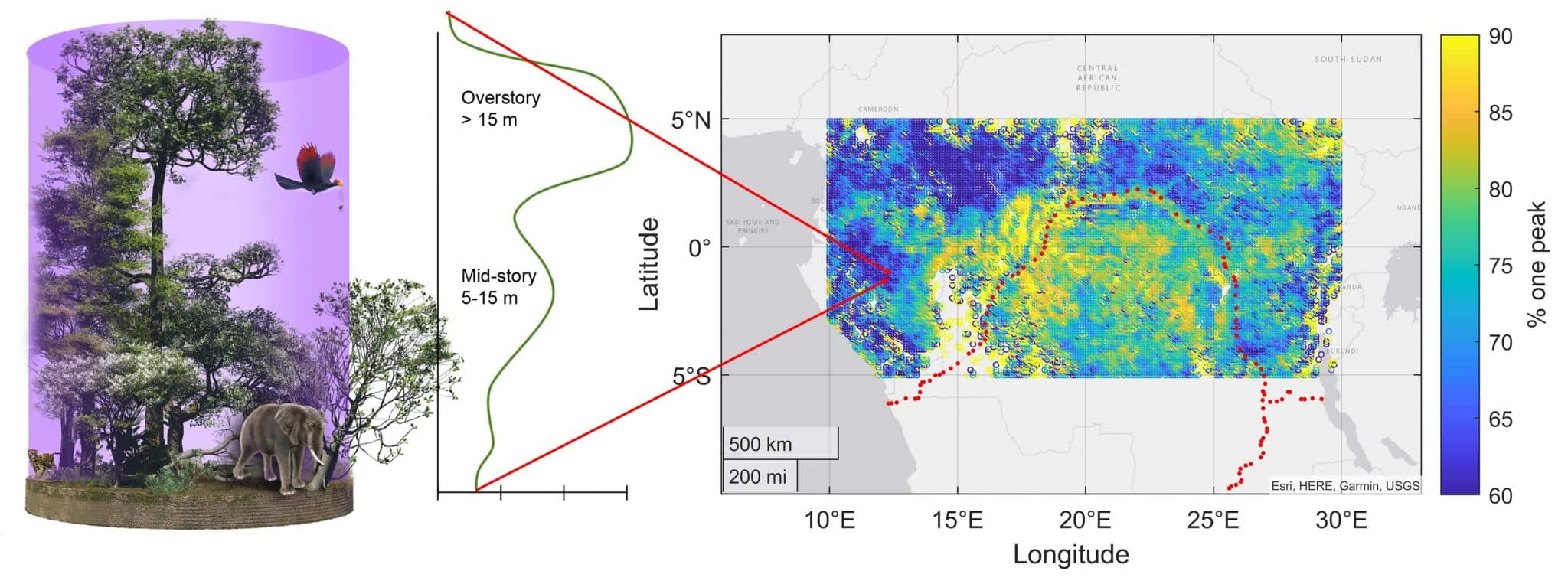
Disclaimer: These articles are not intended to provide medical advice, diagnosis or treatment. Views expressed here do not necessarily reflect those of Pittwater Online News or its staff.